So… we have been quite busy between TG13 and TG14. We have been working intensely on how we can make TG even better and future proof, both for us – the entire crew and last but not least and actually the most important: THE PARTICIPANTS! 🙂
We are happy to announce that the internet connection will be provided through the same partners that contributed last year. Blix Solutions AS will be the one providing the internet capacity at their data center in Oslo, same as last year 30Gig (with optional +10Gig), while Eidsiva bredbånd AS will take care of the L1 transport link between Oslo and Hamar. SmartOptics AS will provide us with the optical transceivers the link requires.
We had a very good experience working with Blix Solutions, Eidsiva bredbånd and SmartOptics and we look forward to work with them again! 🙂
Blix is also sponsoring the servers to TG, which makes it possible with for instance DNS, DHCP, MBD, Stream and much more.
The core network equipment will be delivered by one of our main sponsors, Cisco, and we are very happy and proud to be working with them yet again. Same as last year are we building the hierarchical model this year also. Core – Distribution – Access. We build with the same network equipment as last year with but a few minor upgrades.
The most interesting with this year would be that we will continue to focus on the Wireless network. Last year was the first time we provided a full scale Wireless experience, and we learned a lot! We hope to get the Wifi working even better for TG14. Our goal is to have a stable 5GHz service from day one. This is really a big challenge based on the hostile environment we are given, but this year Cisco have provided us with the stadium wireless (same as they have in Telenor Arena), and we are really going for it!
We will also provide a new internal service for the crew, which is VoIP (or IP Telephony). This will help all our staff to communicate much easier when they need to have a conversation that is not proper to have on a walkie-talkie. All in all, we are set on making the situation better for everyone, and a big thanks to Cisco for making it possible!
Atea is still one of our main sponsors and Tech’s main contributors. They provide transport, shipping handling, cars, equipment and people. Working under a non-profit organisation we don’t have all the money in the world and we are very much in the good grace of our very nice sponsors to achieve what we do and continue develop.
Lynet Internett will sponsor us with the webcams this year. This gives everyone a chance to get a glimpse of all the awesomeness going on. The web cameras will be available from approximately Saturday/Sunday and throughout the event.
Regarding the fiber installation we are working on these days, you can read the post about our first trip to Vikingskipet for installing the cables here: http://technet.gathering.org/2014/03/18/fiber-optics-improvements-in-vikingskipet-01/
And here:
http://technet.gathering.org/2014/03/31/fiber-optics-improvements-in-vikingskipet-2-and-3/
We wish to mention the main contributors that made the fiber installation possible:
Tessta & Ninjafiber – for lending us fiber rollers, thank you! 🙂
Atea – for lending us fiber welding and testing equipment, cars and resources. Thank you! 🙂
eMCOM – for lending us fiber welding equipment for a very nice price 🙂
HOA – especially Tor Arne and Knut for being very forthcoming and helping with everything. Thank you 🙂
And a big thank you to the contributors for the design, pricing, purchase, project management, installing and everything regarding the labor around the fiber upgrade:
Fredrik Haarstad
Designing, pricing, acquired equipment and installing.
Member of Tech:Net, works for Lynet Internett
Martin Karlsen
Project manager and installation.
Member of Tech:Net, works for Marcello Consulting
Jostein Grepperud
Expert fiber installer.
Worked previously in Relacom – works now for Marcello Consulting – Thank you! 🙂
Mathias Bøhn Grytemark
Expert fiber installer.
Member of Tech:Net – worked previously in Relacom – works now for Vestviken 110 (emergency services)
Espen K. Olsen
MacGyver, installing and fixing odds and ends.
Member of Tech:Net – works for Atea.
Erlend Røsok
Network Ninja, planning, installing and fixing odds and ends.
Member of Tech:Net – works for MET (Meteorologisk institutt).
We got a bunch of old workstations with Windows 98SE donated, and since we love challenges we will build this year’s network on Windows 98 routing. We have tested a little bit in lab and the results are quite good, so we are very optimistic about this.
Here are some pictures of the setup:
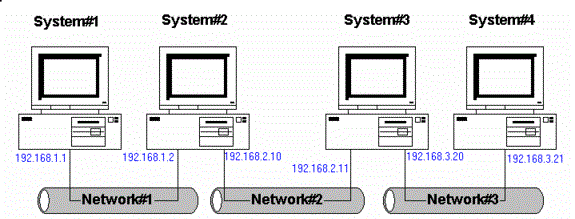
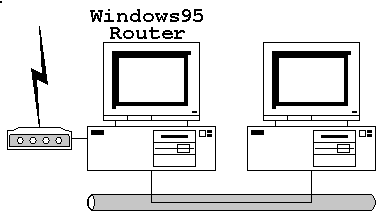

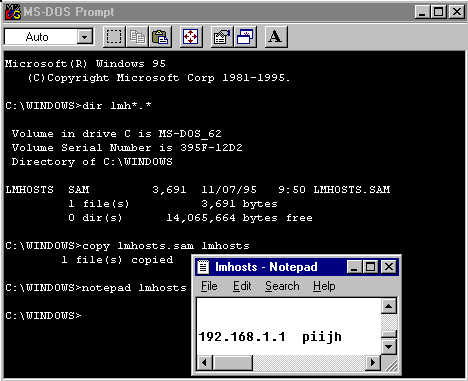
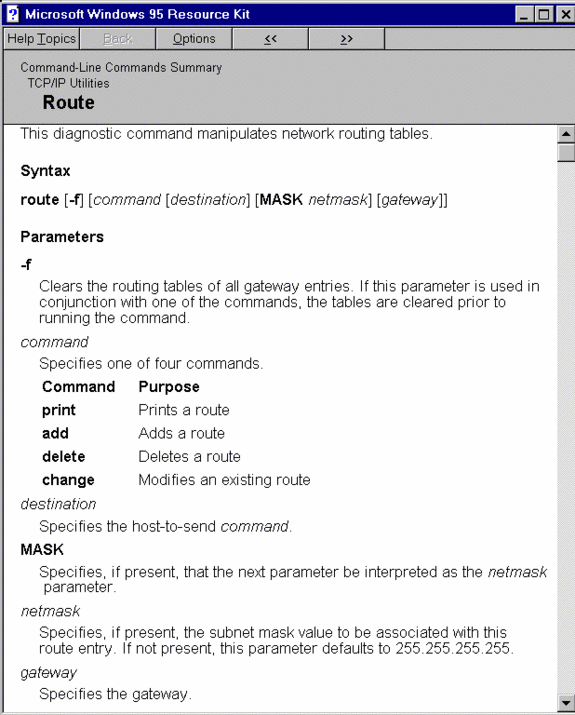
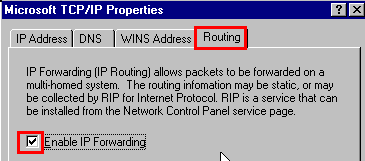
We thank Fnutt Consulting (http://fnutt.net/) for the contribution in workstations! 😀
We have had two more weekends in Vikingskipet since last time. We finished all the fiber welding, mounting the ODF’s and tested all the cables. Only a few cables have to be welded a second time of 444 fibers spread over 13 ODF’s stretched over 1km (1000m) cable.
Here are some juicy shots from the two past weekends:
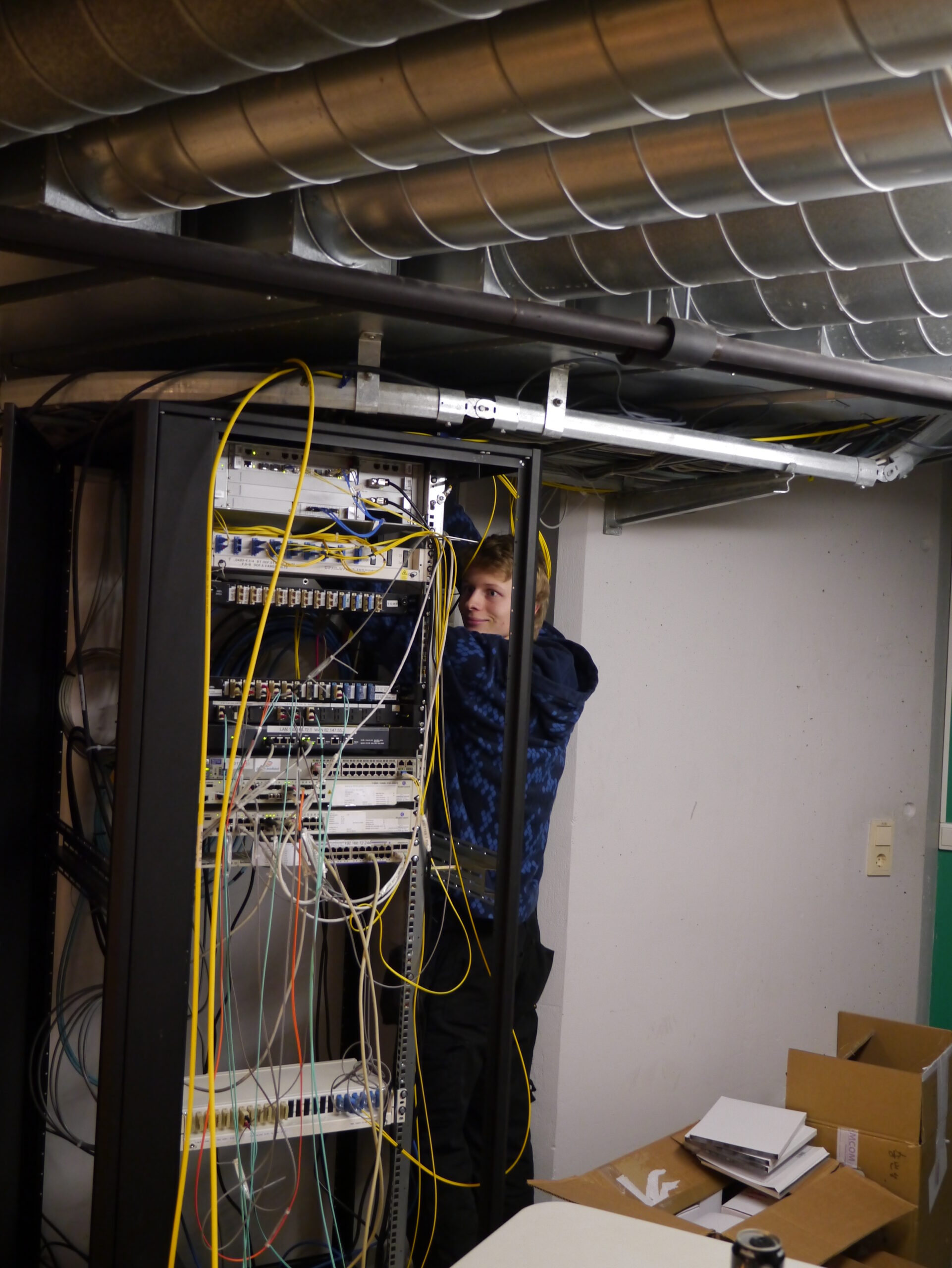
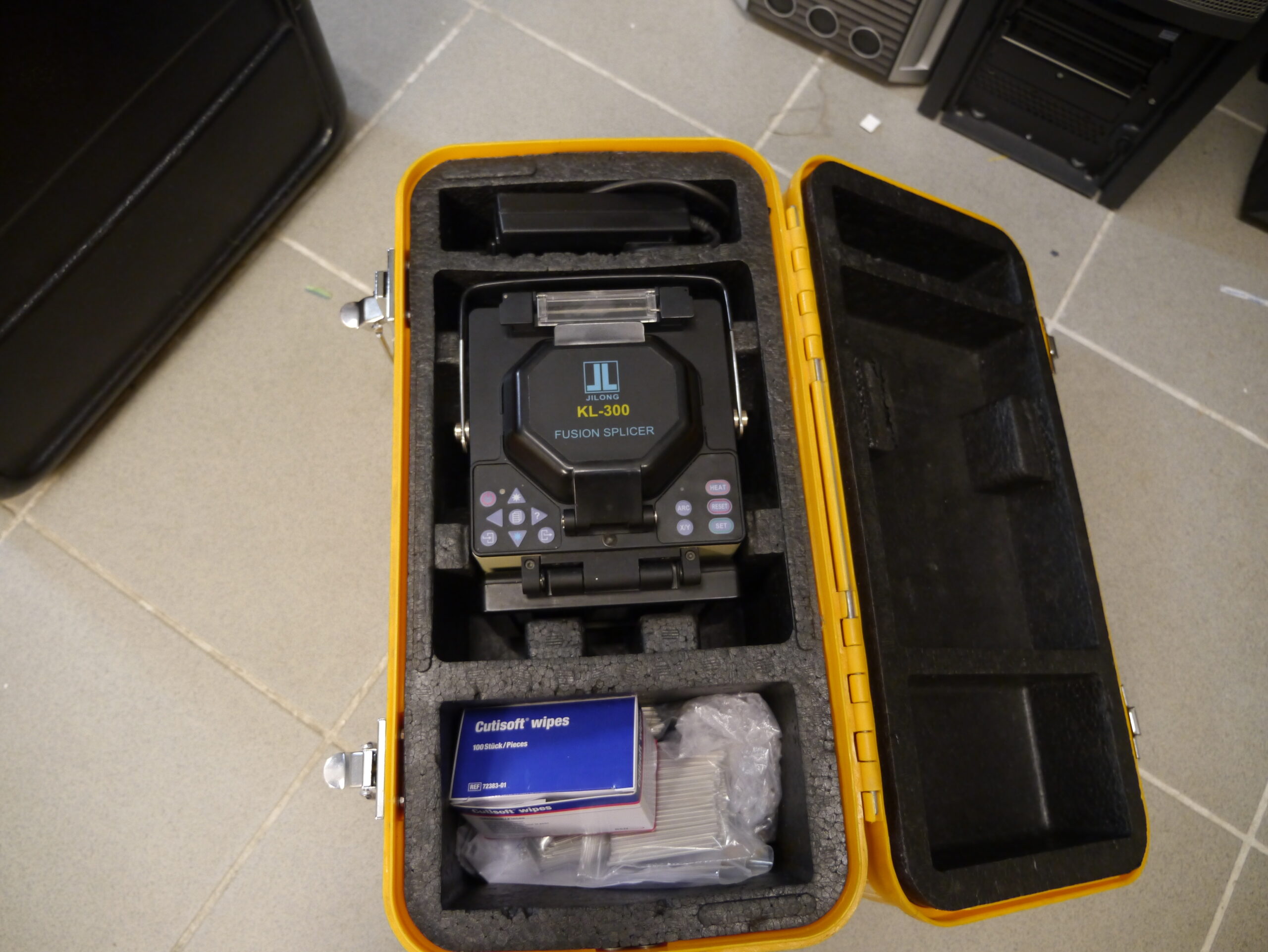
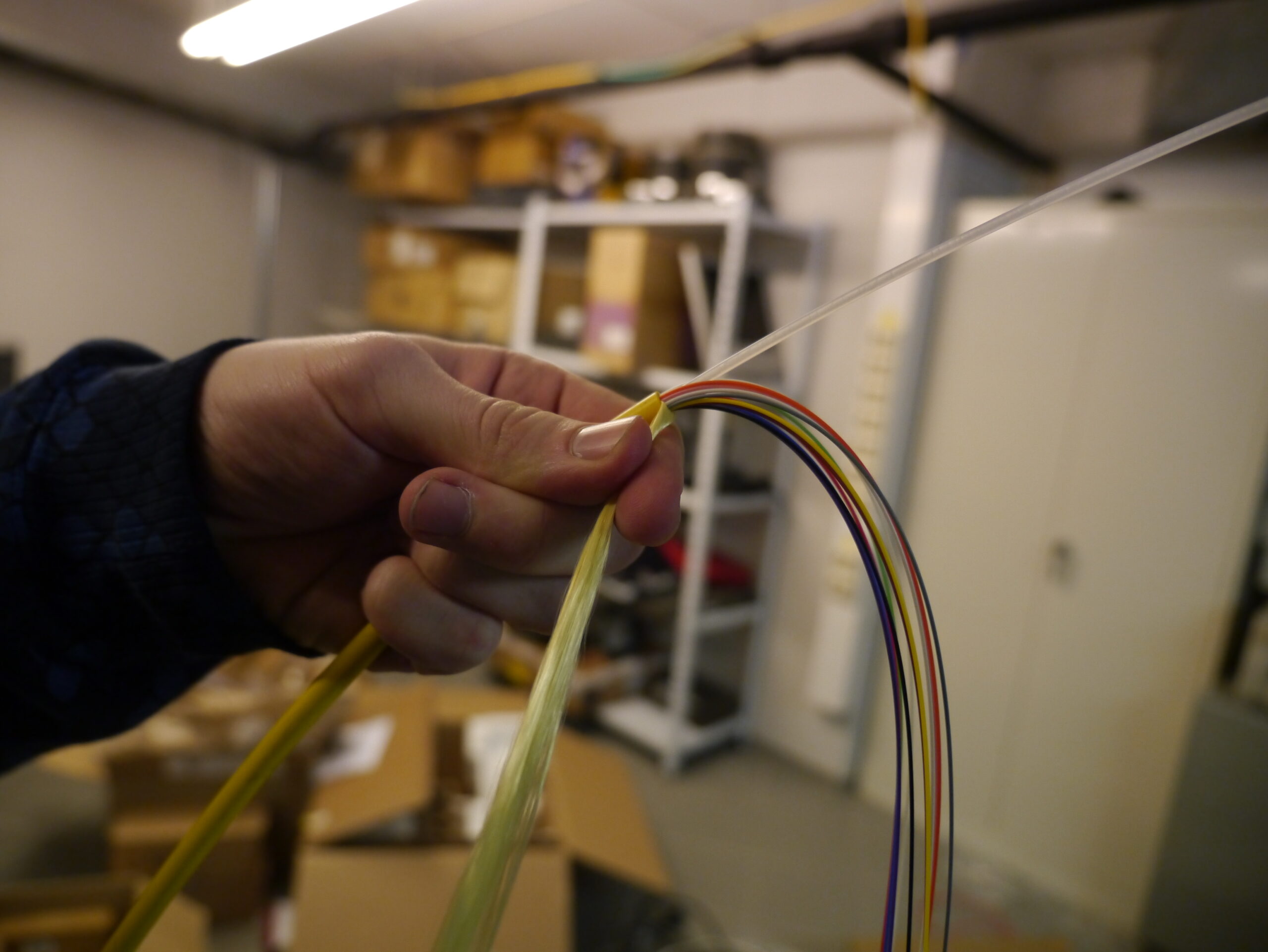
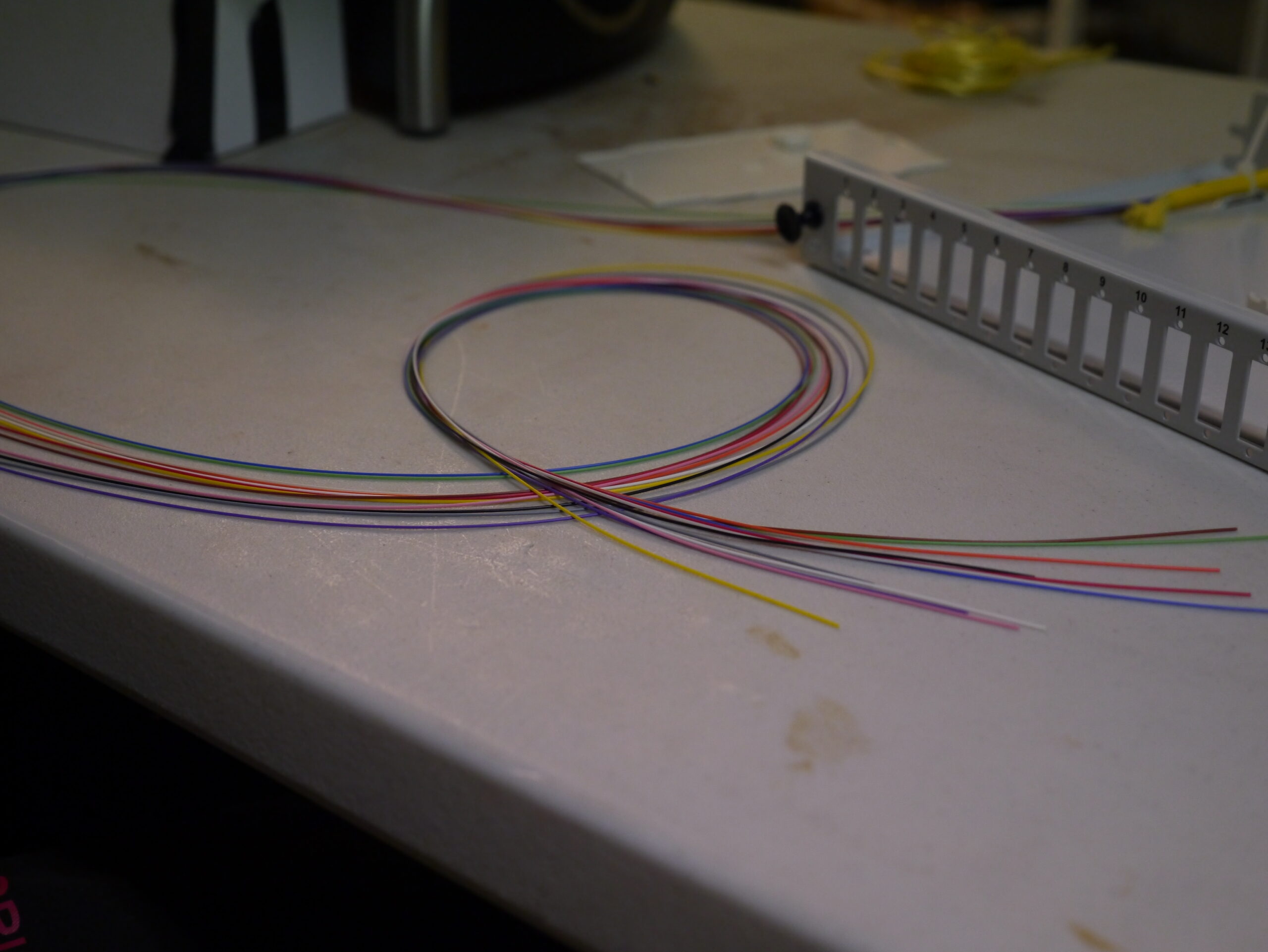
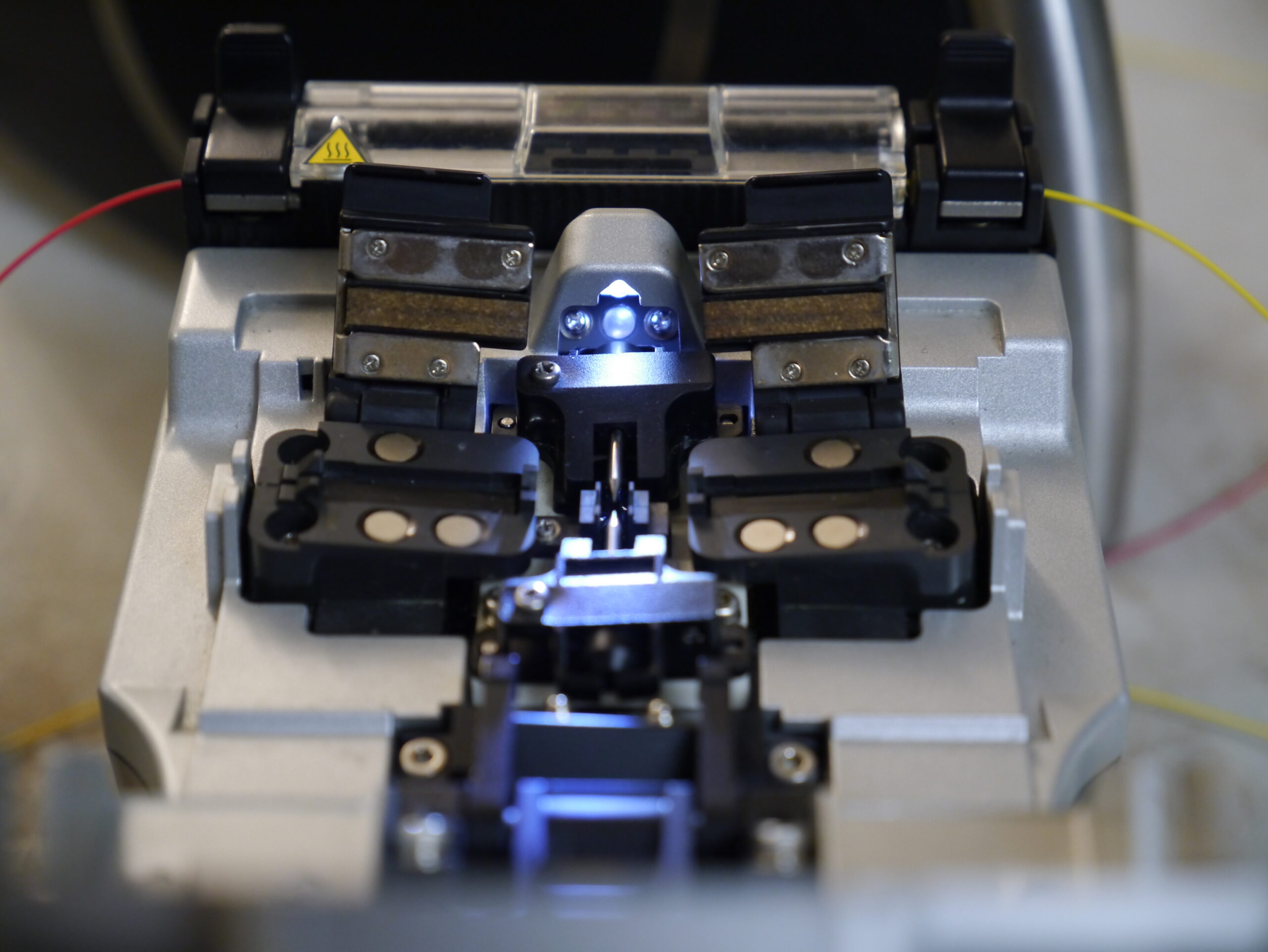
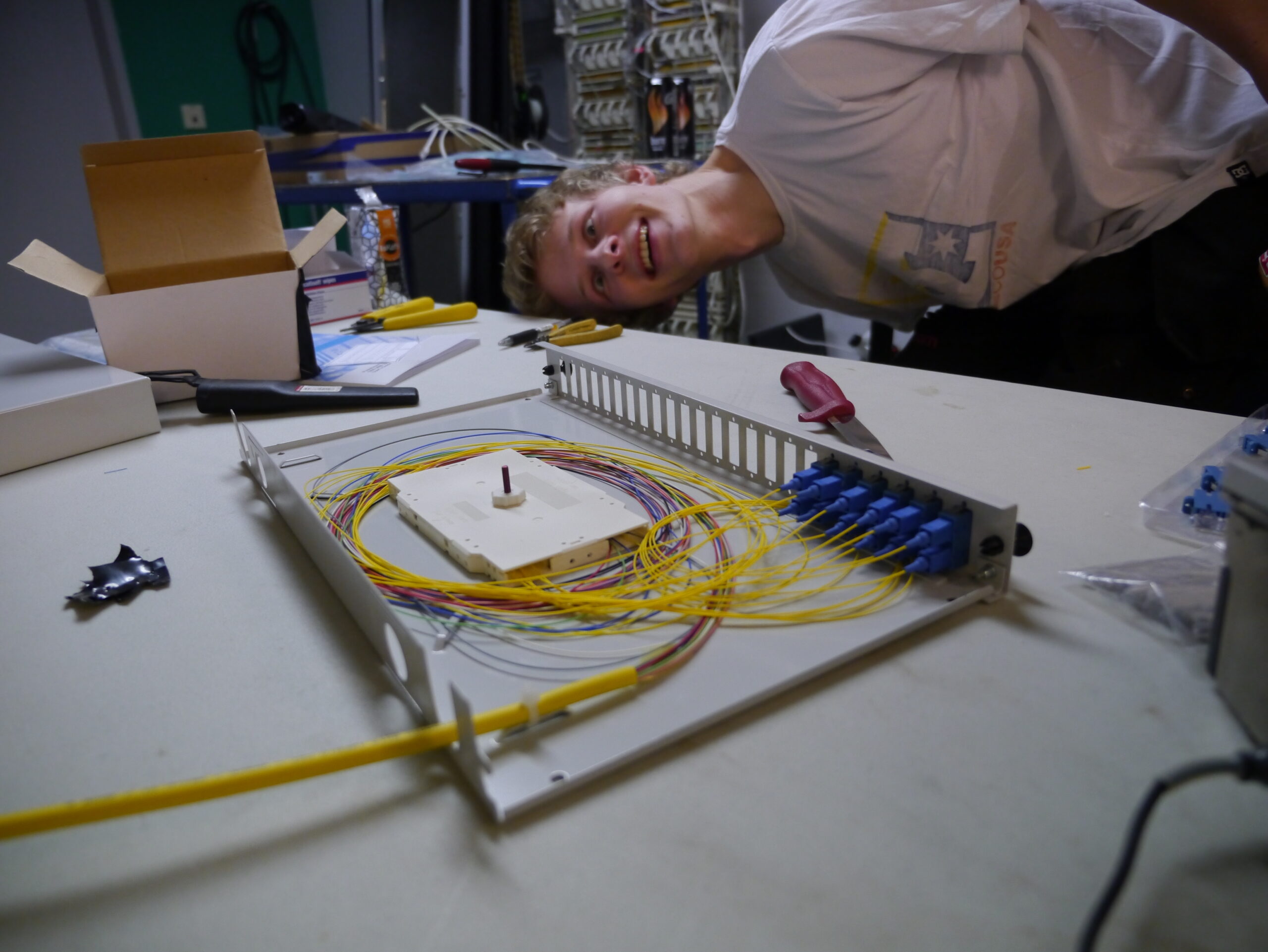
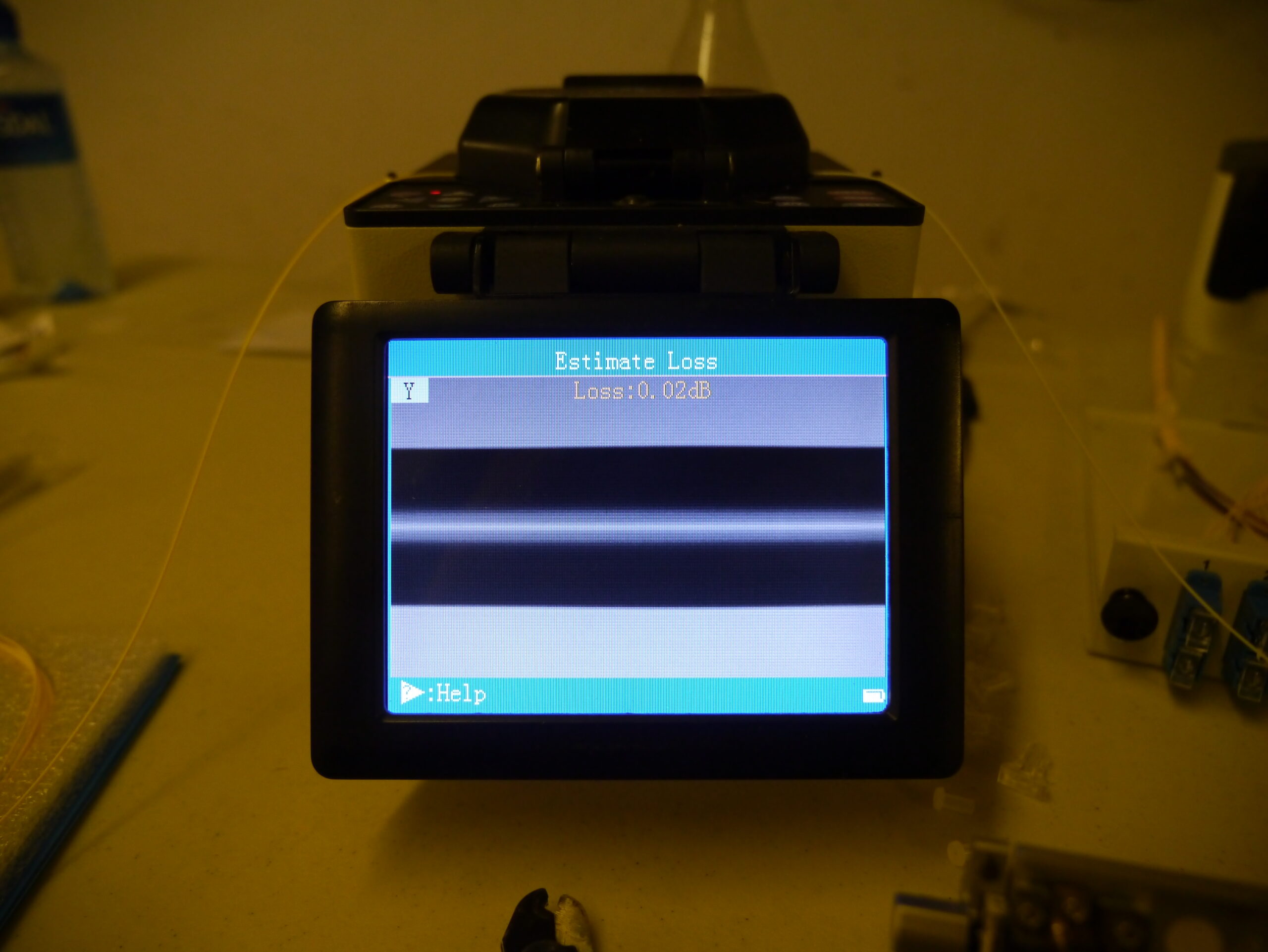
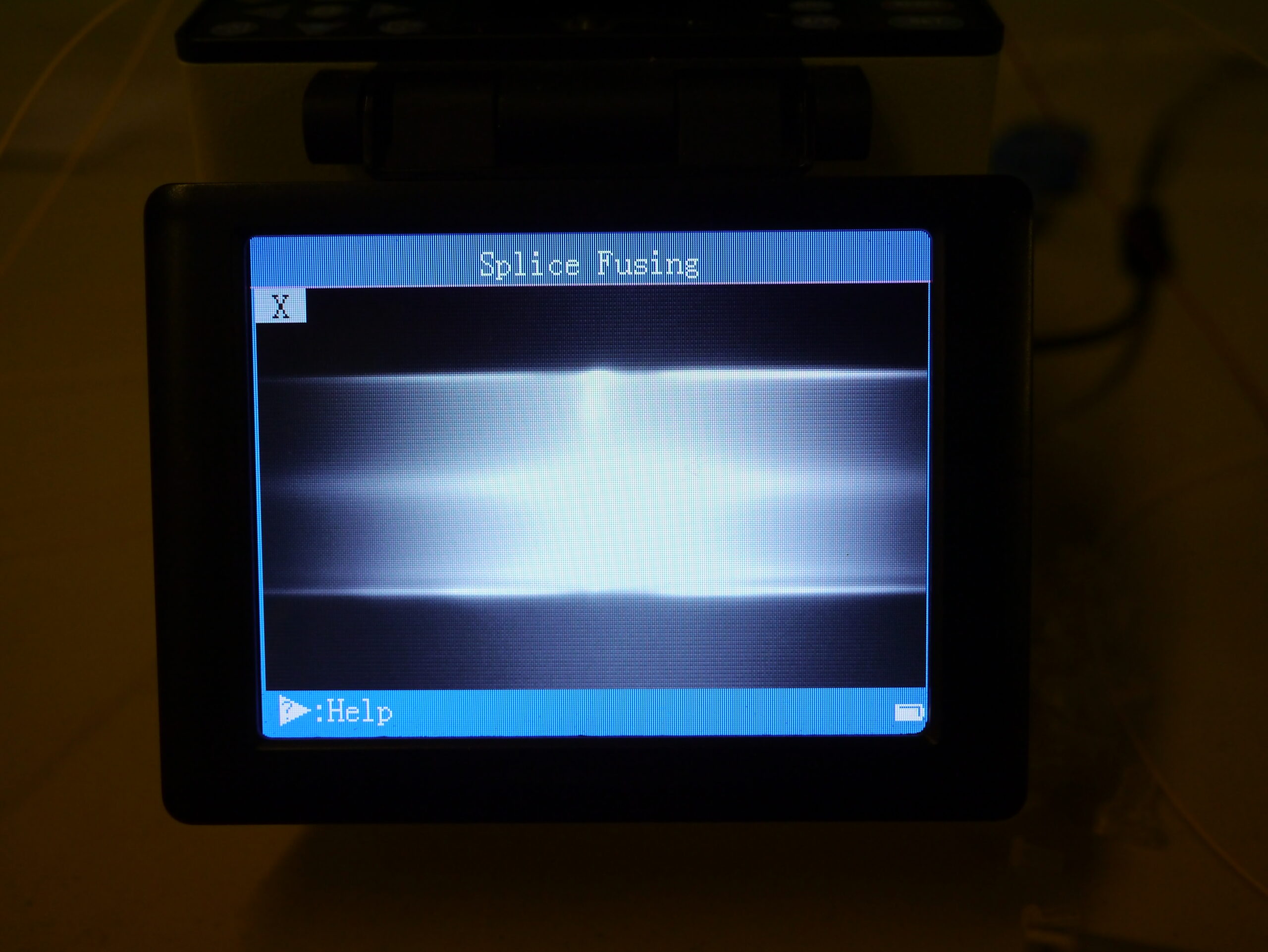
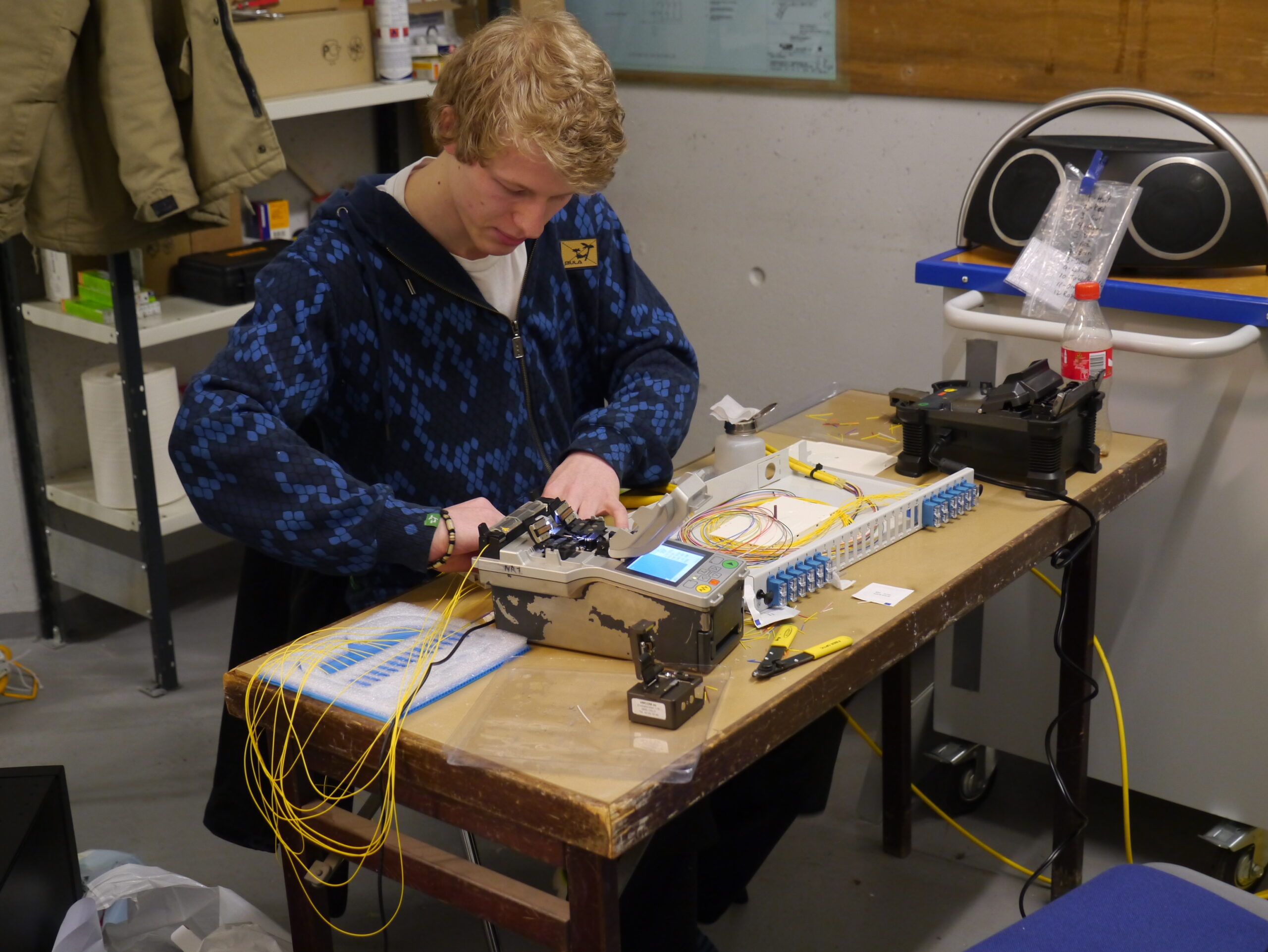
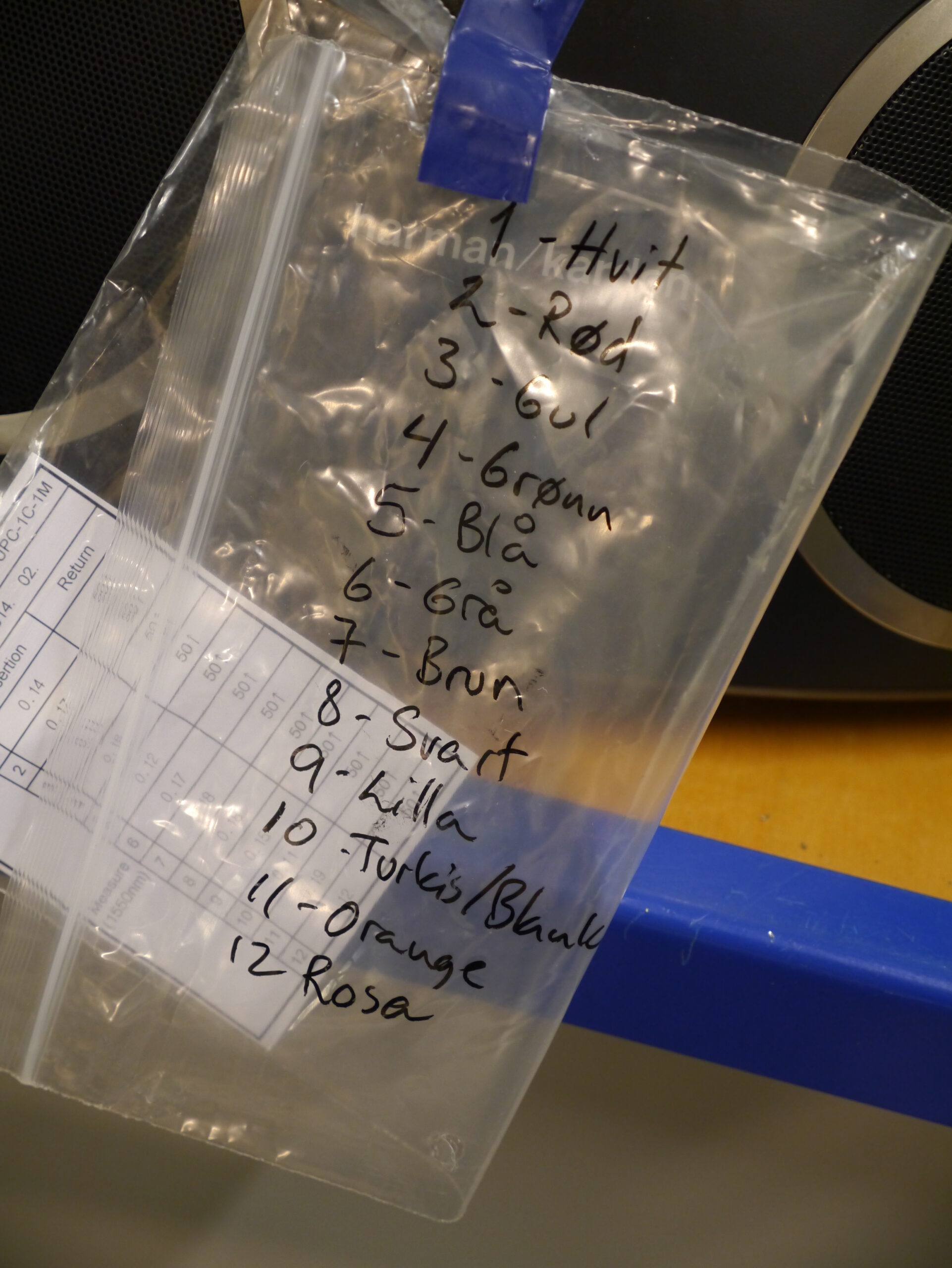
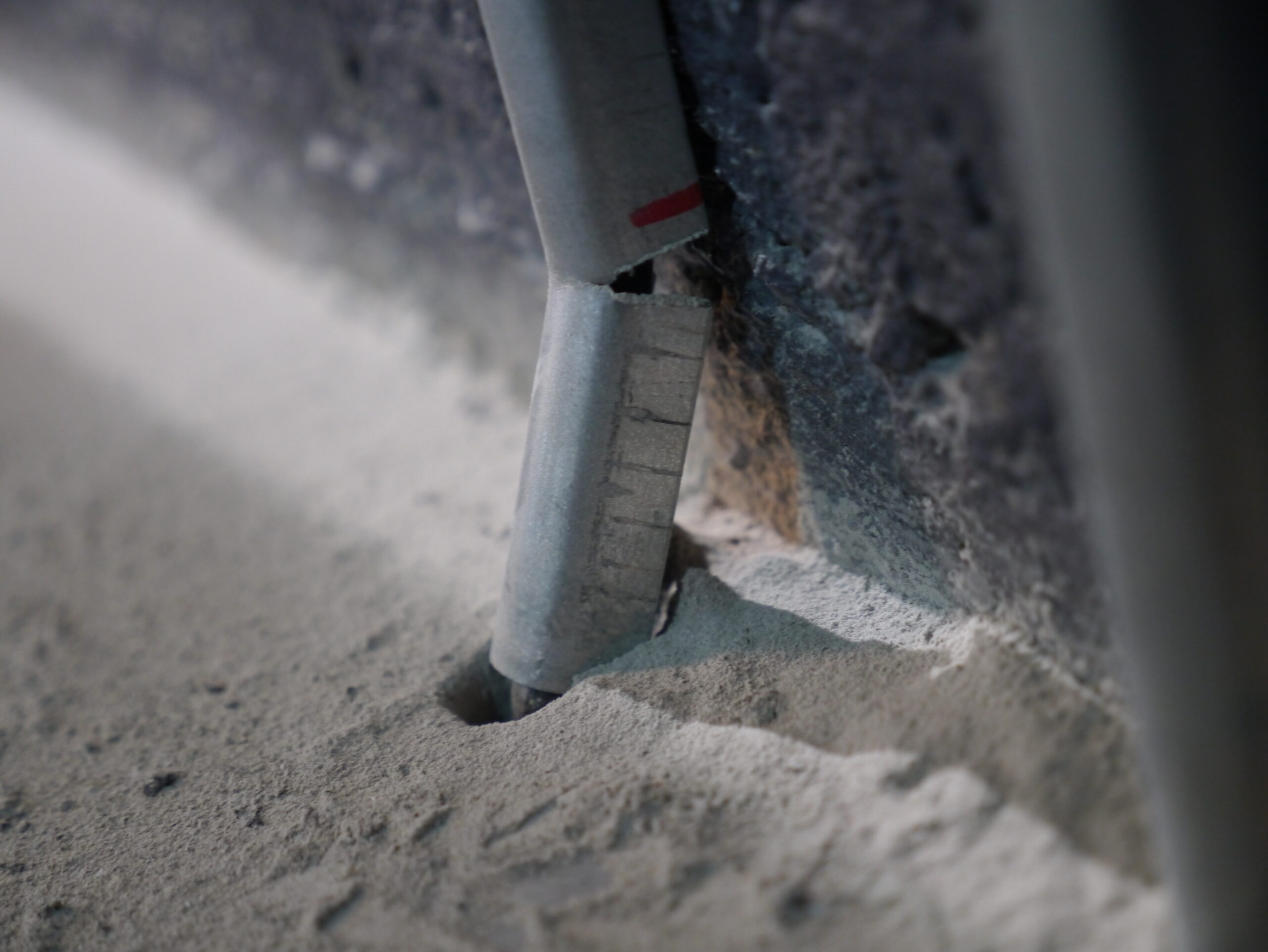
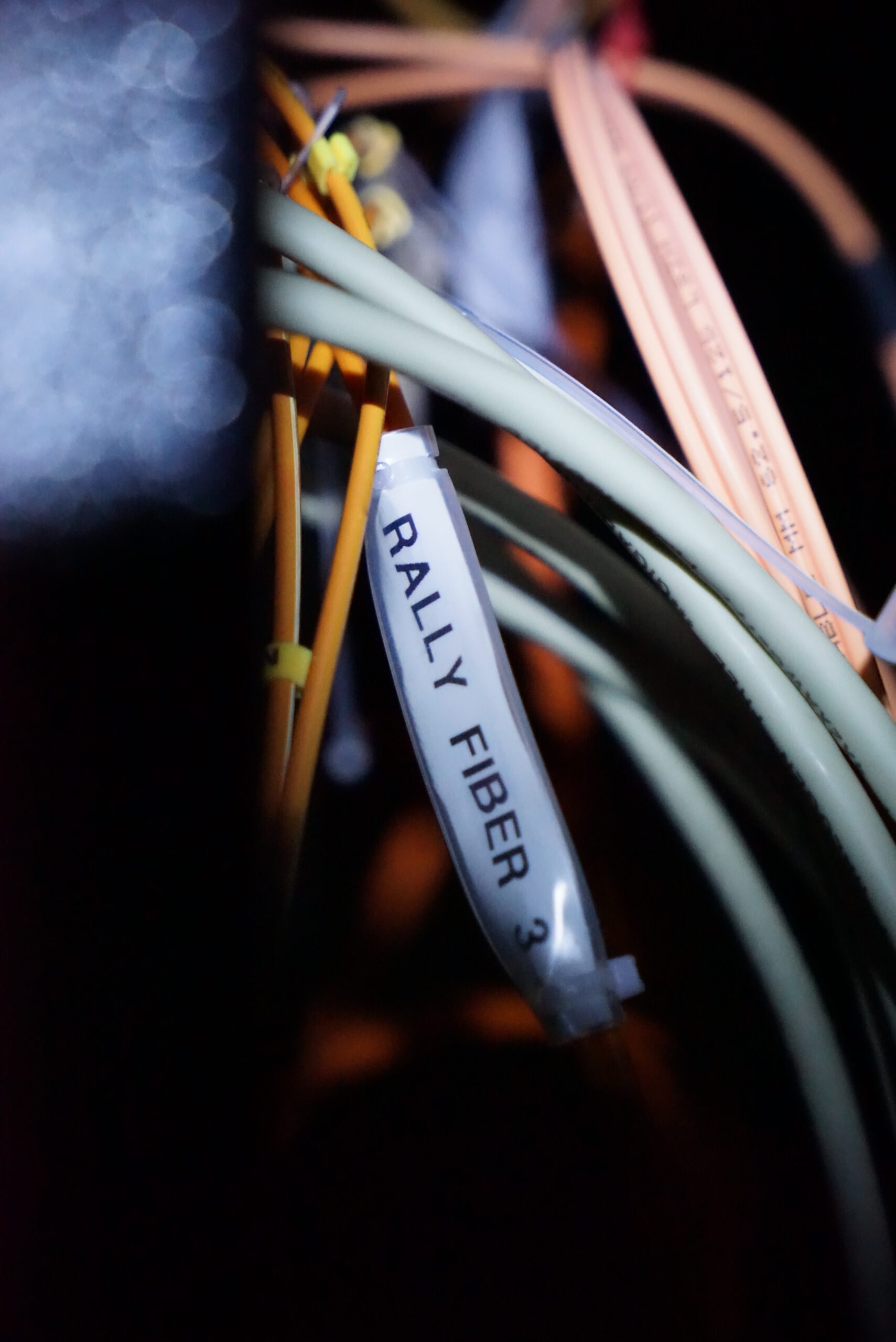
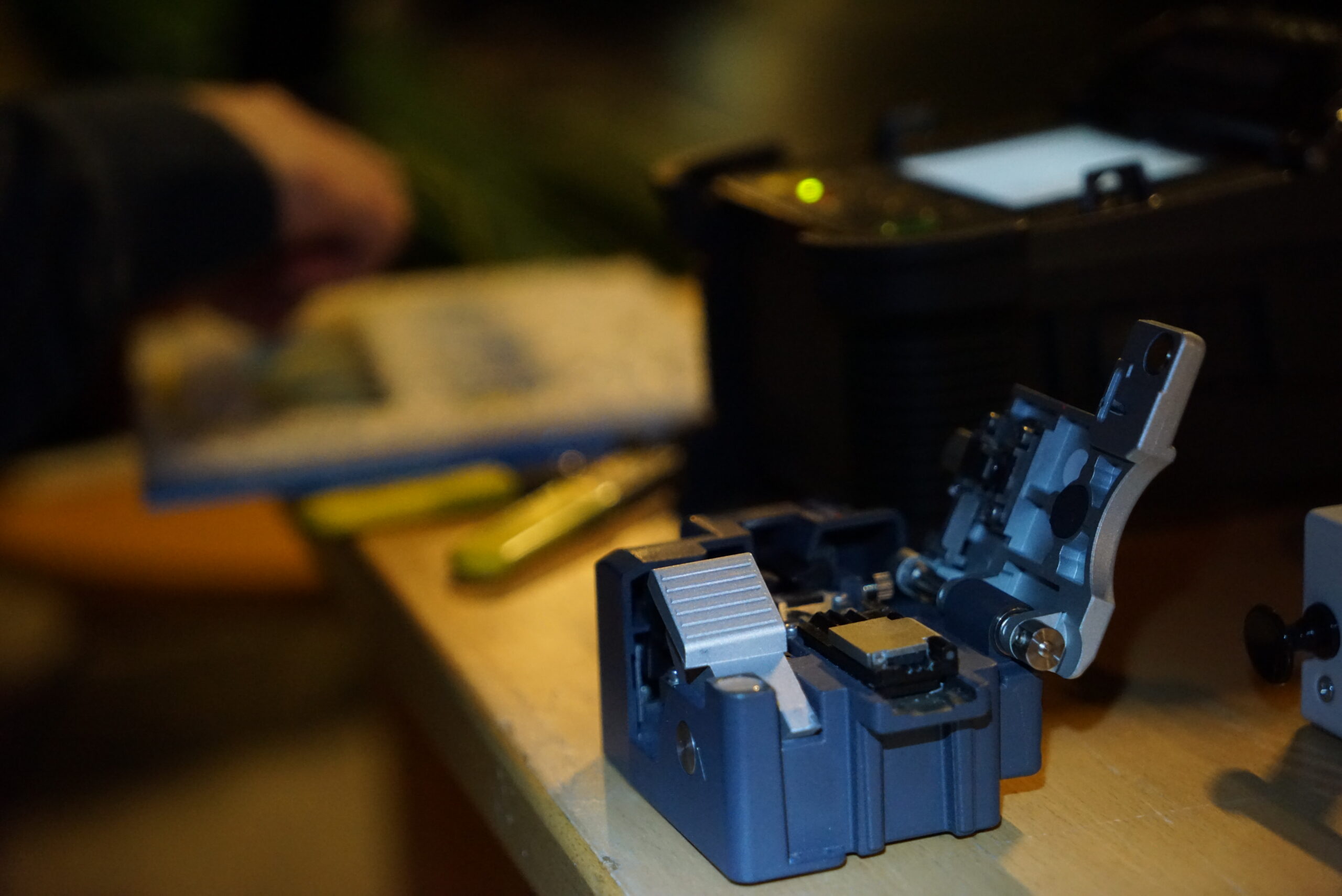
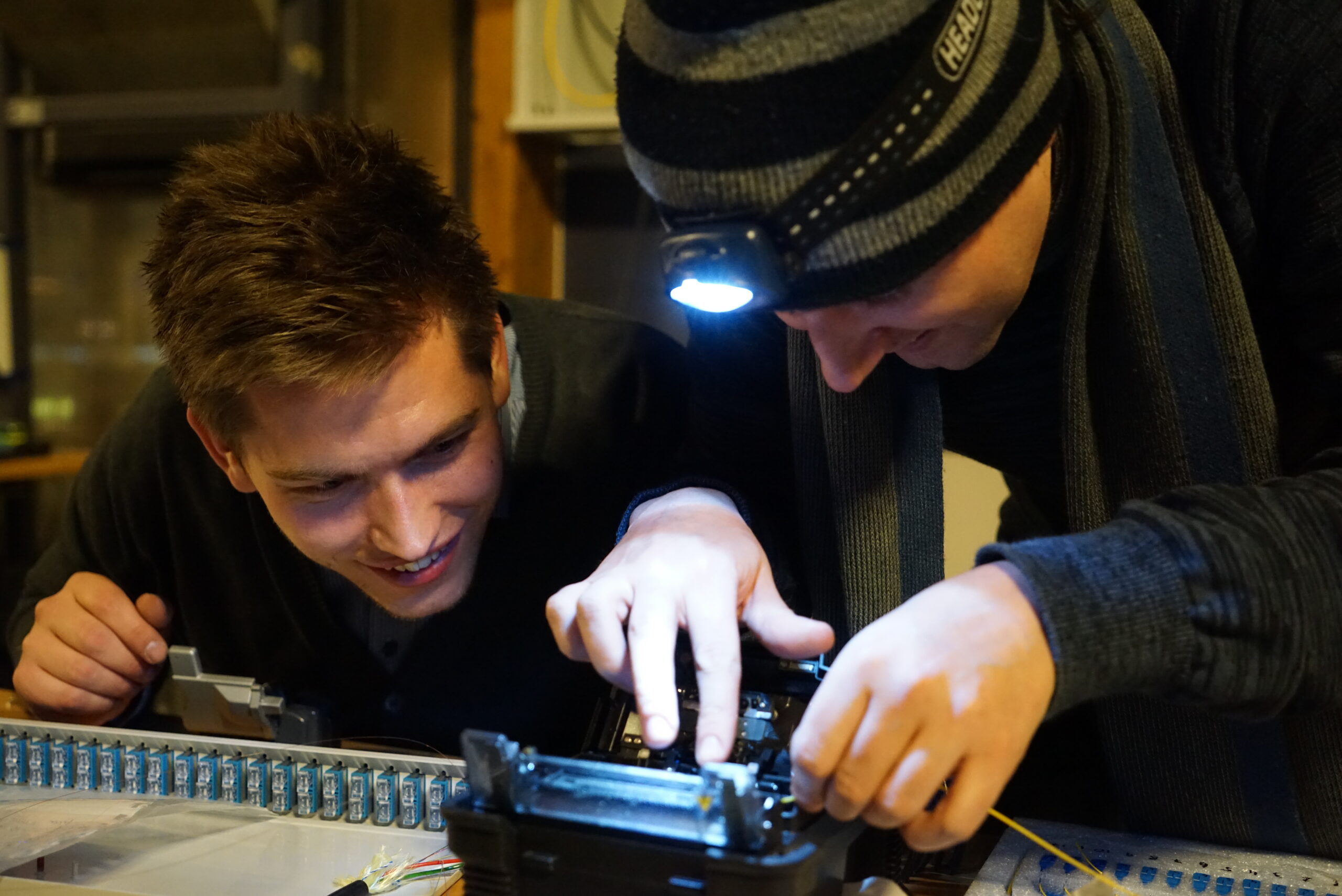
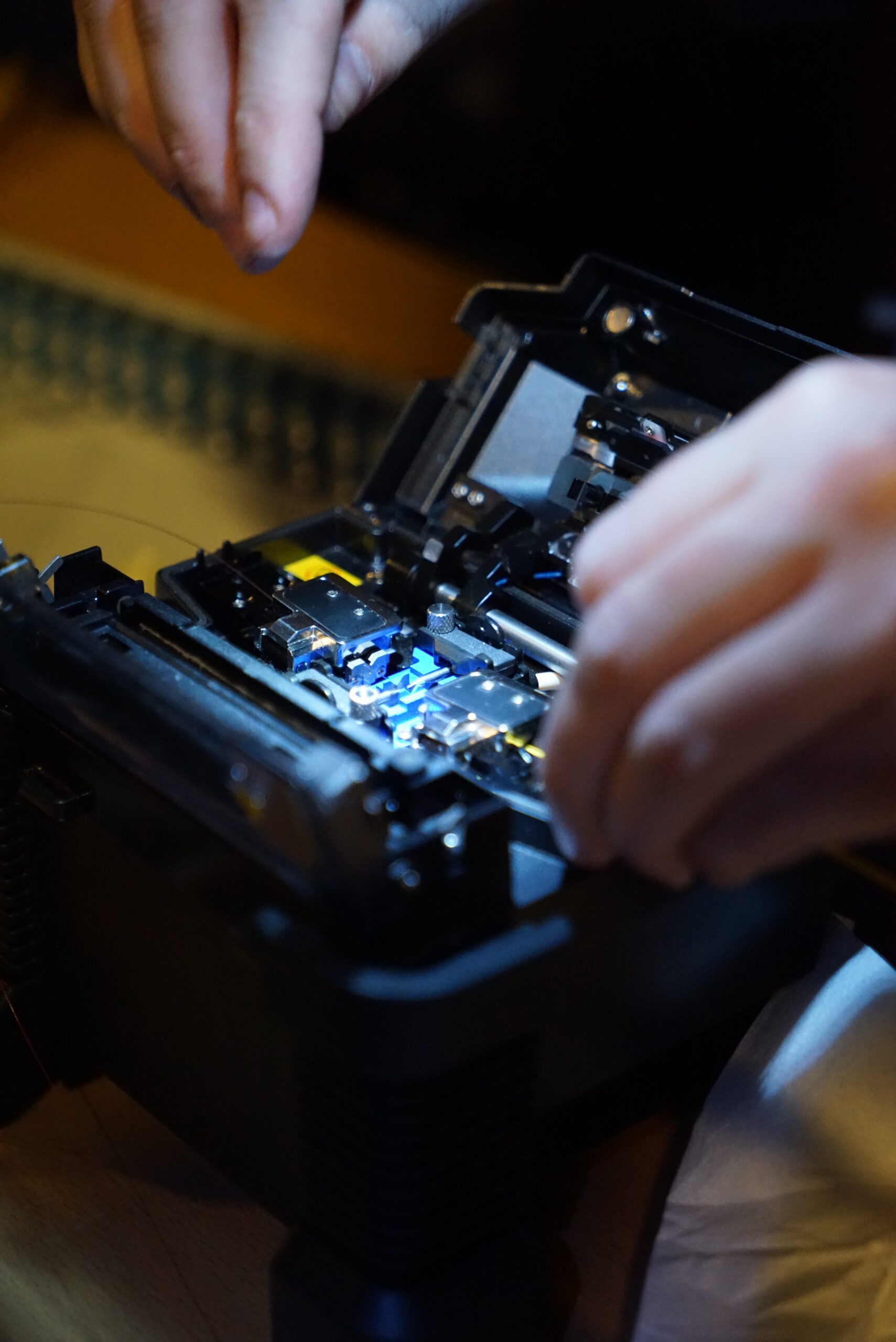
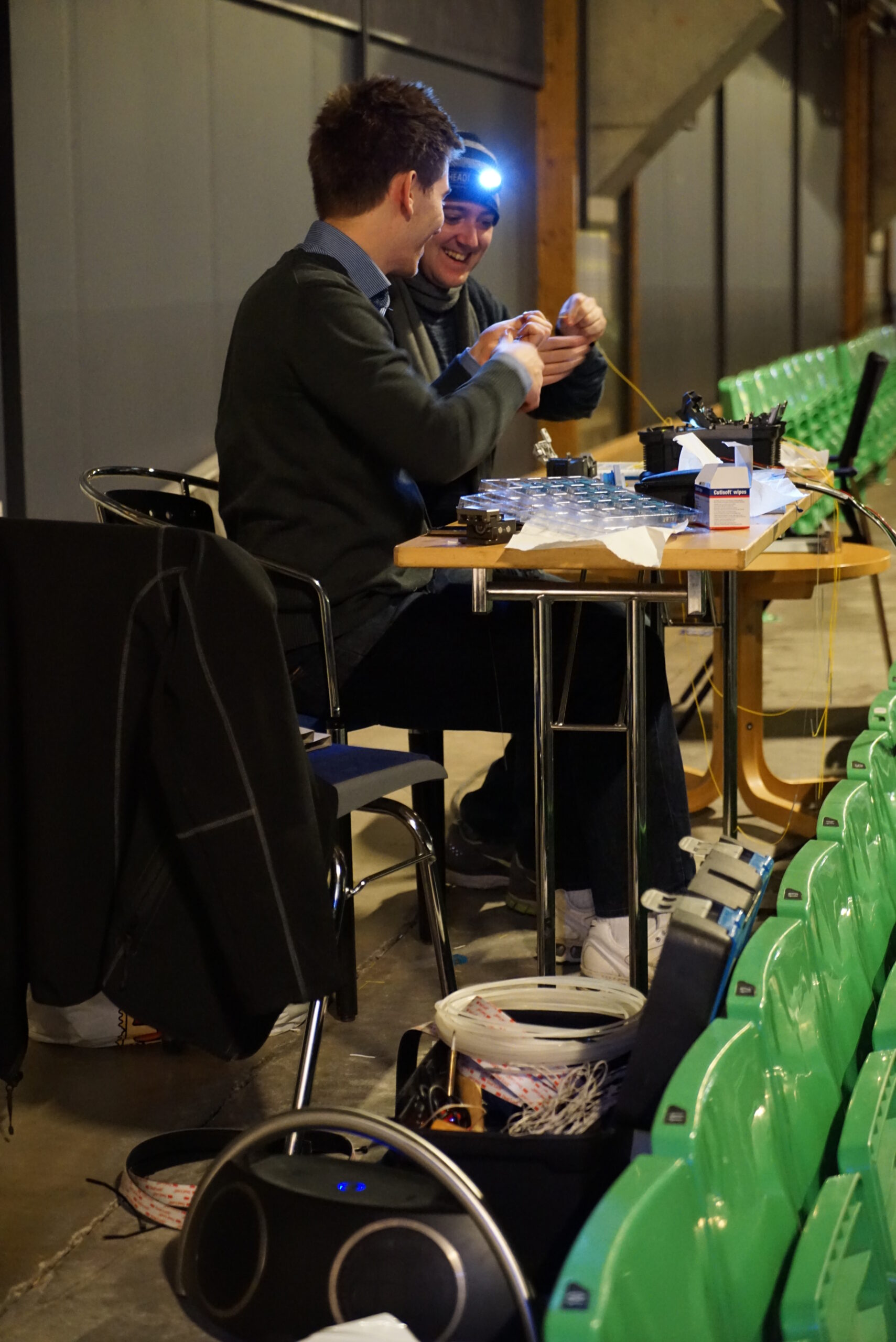
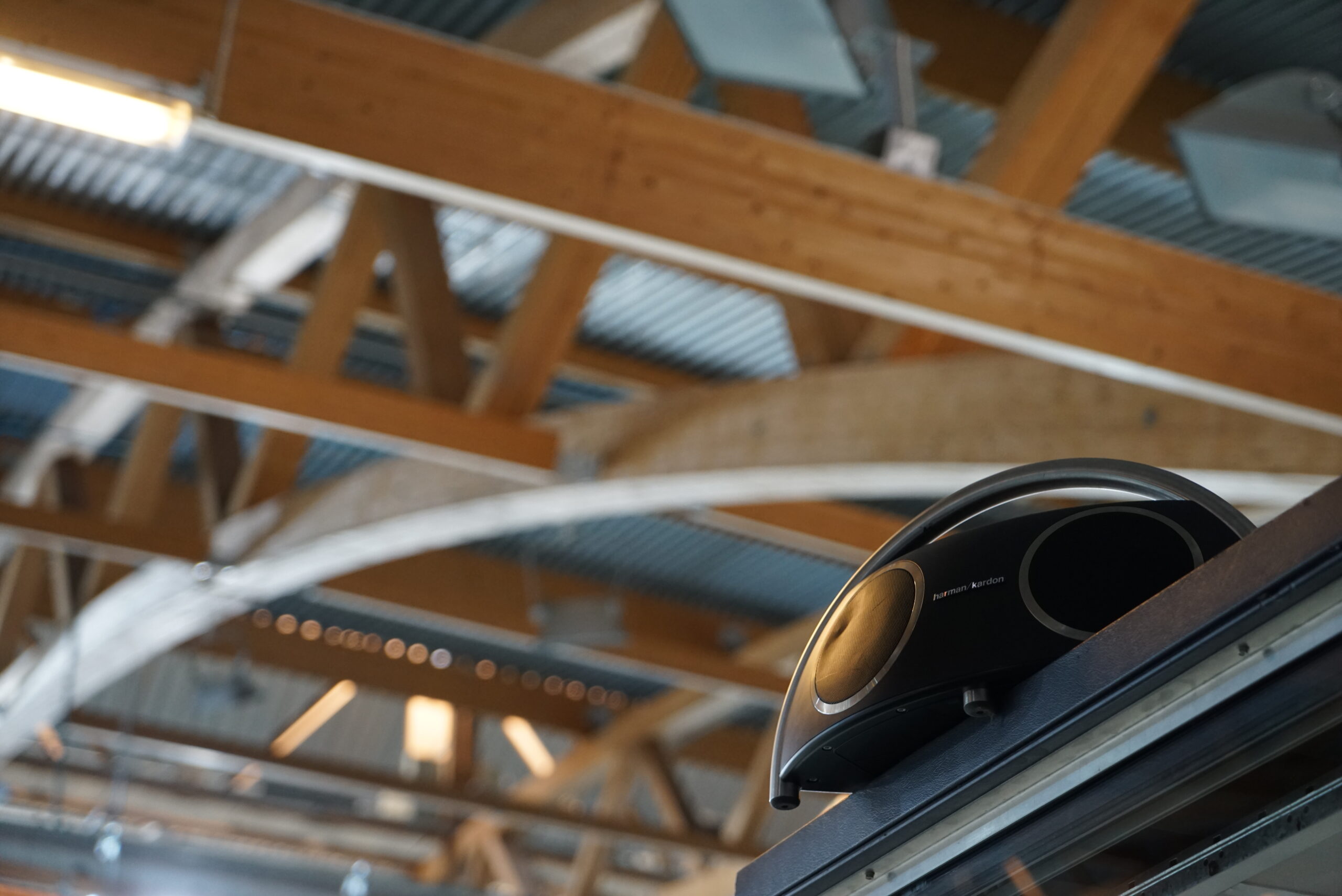
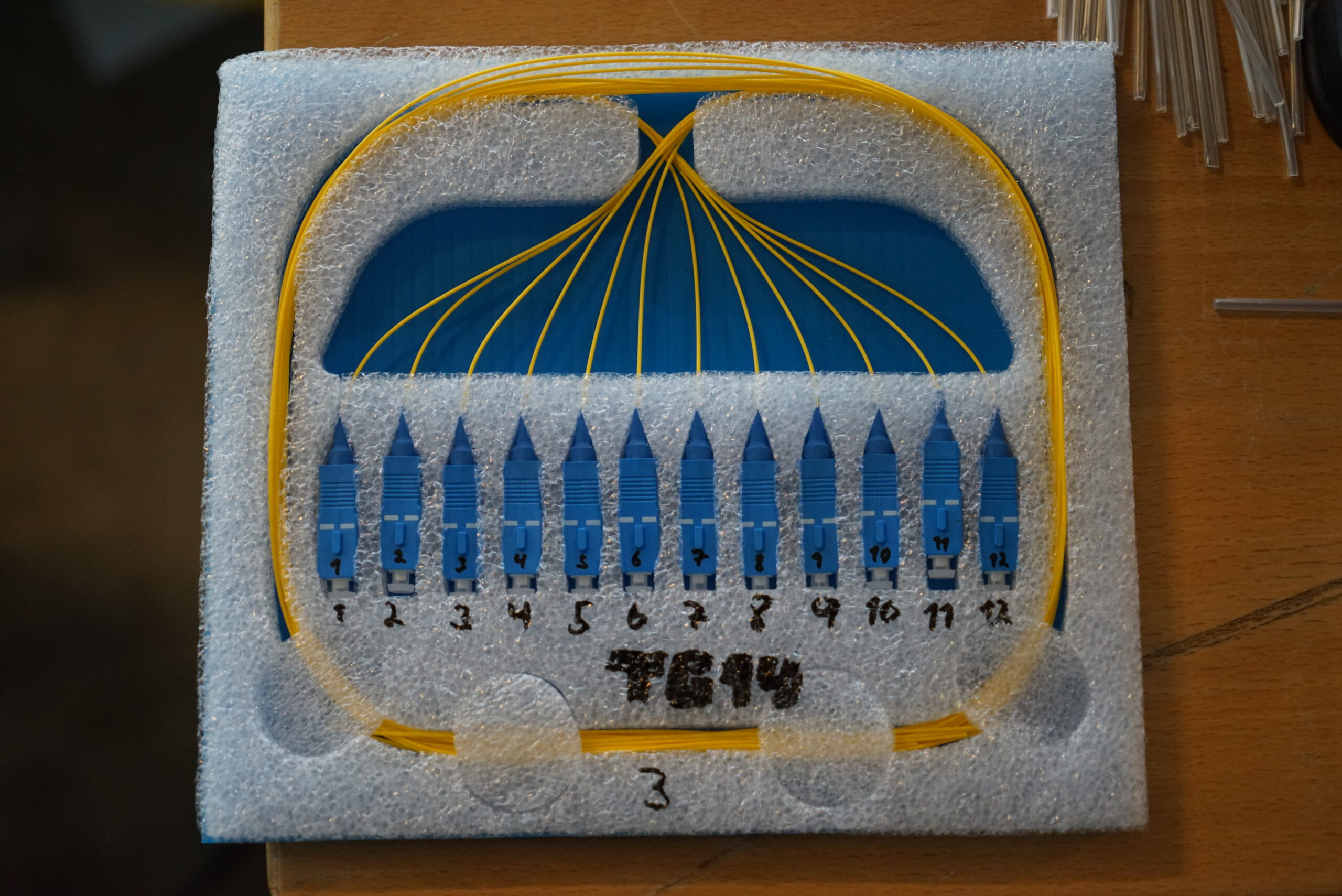
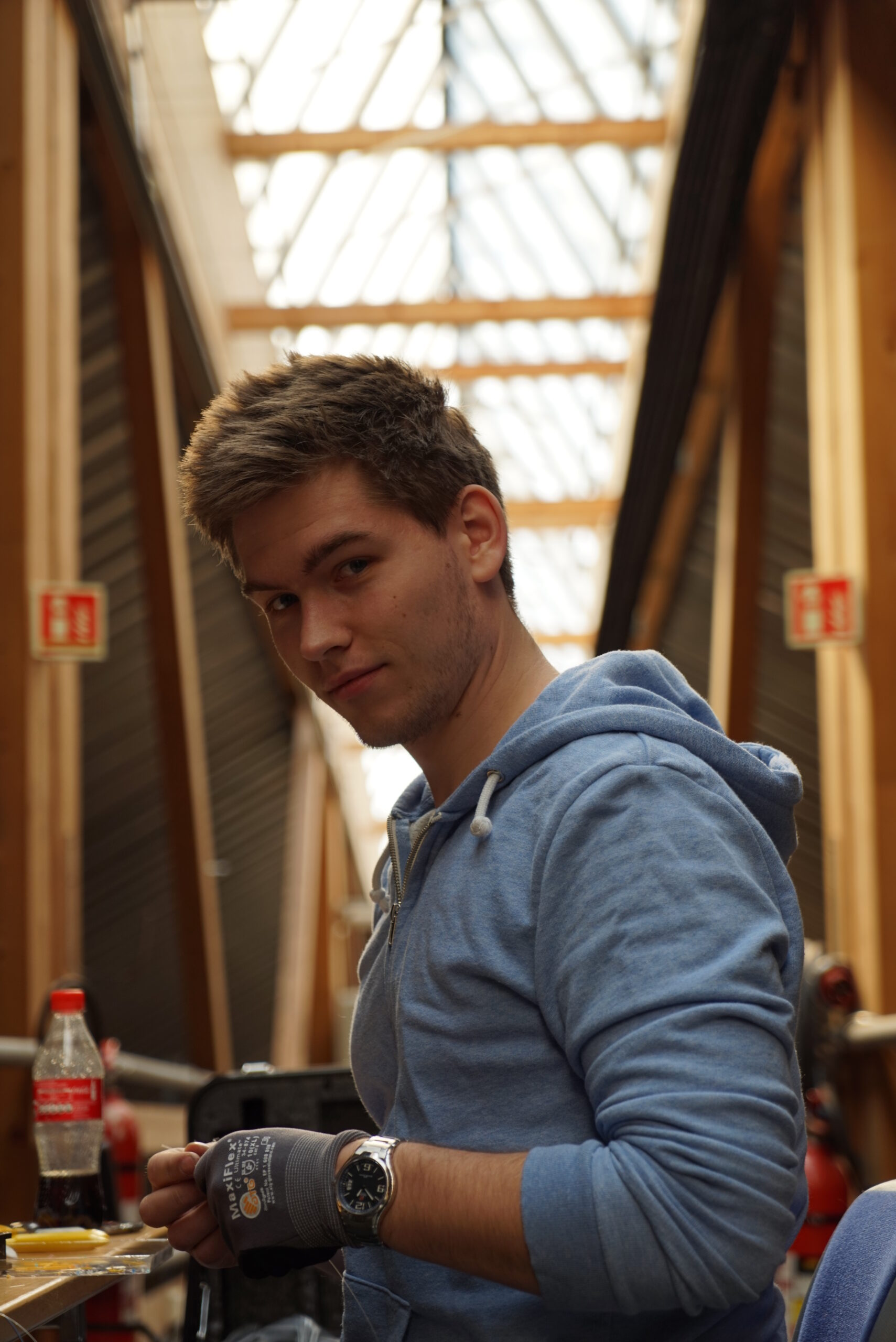
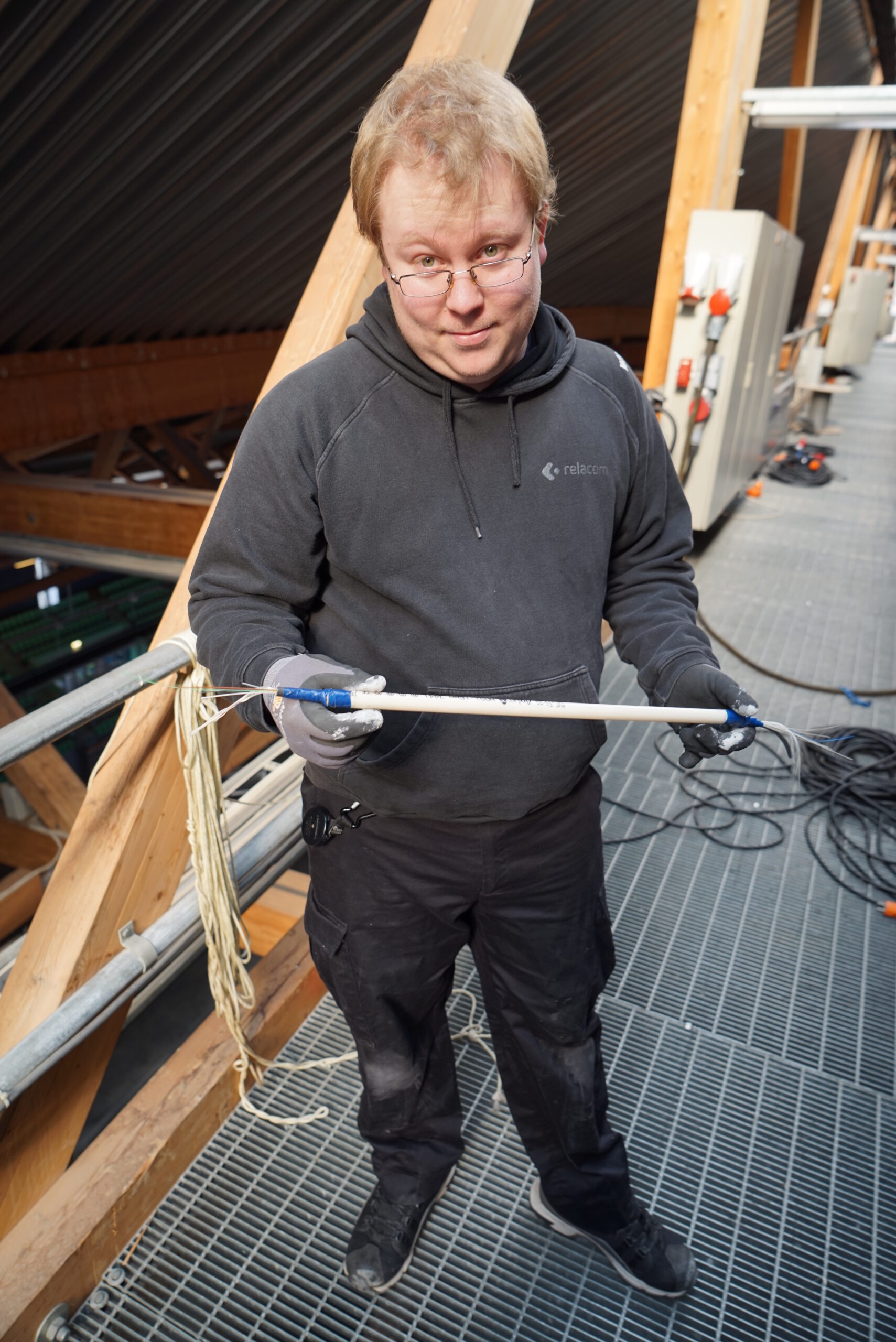
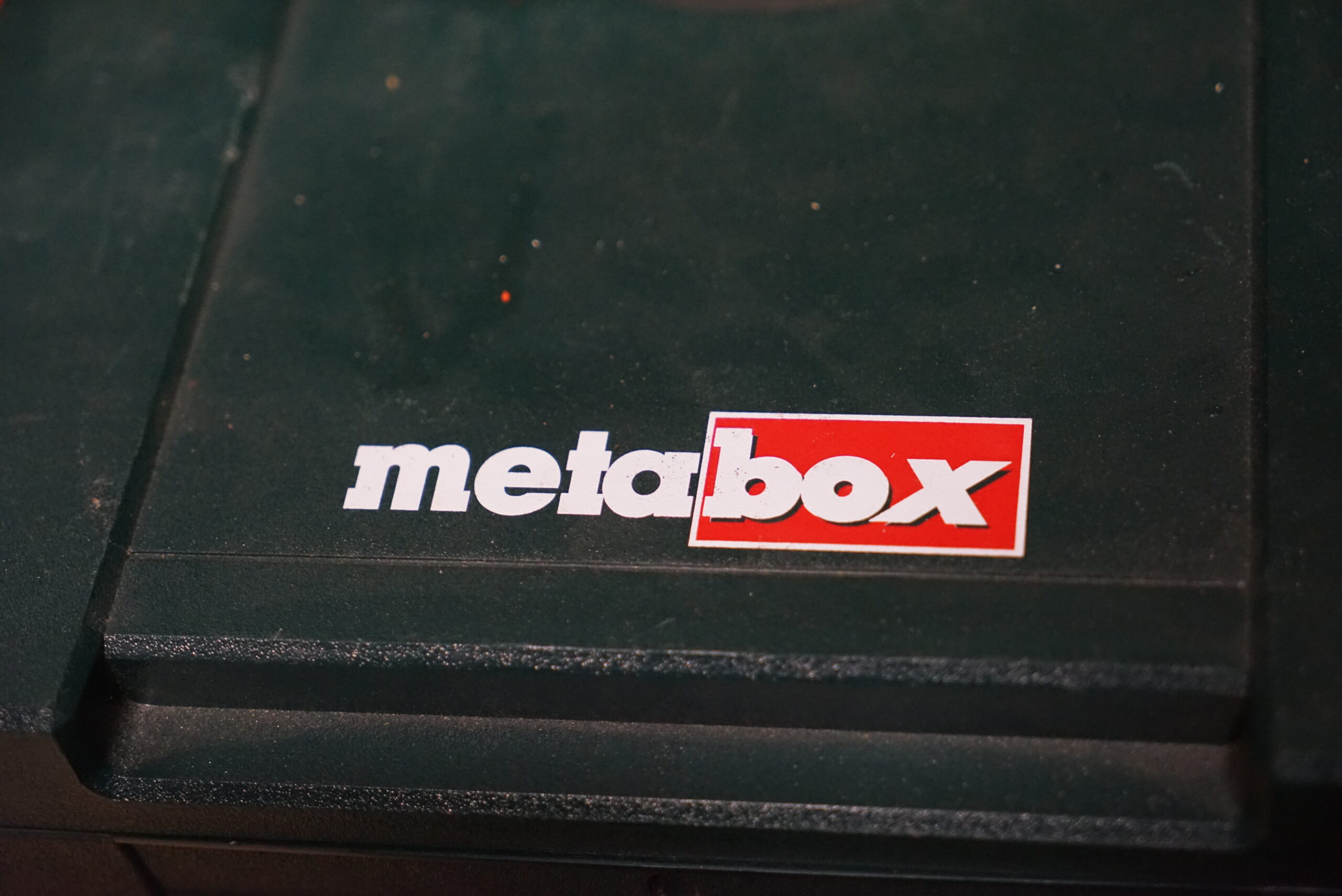
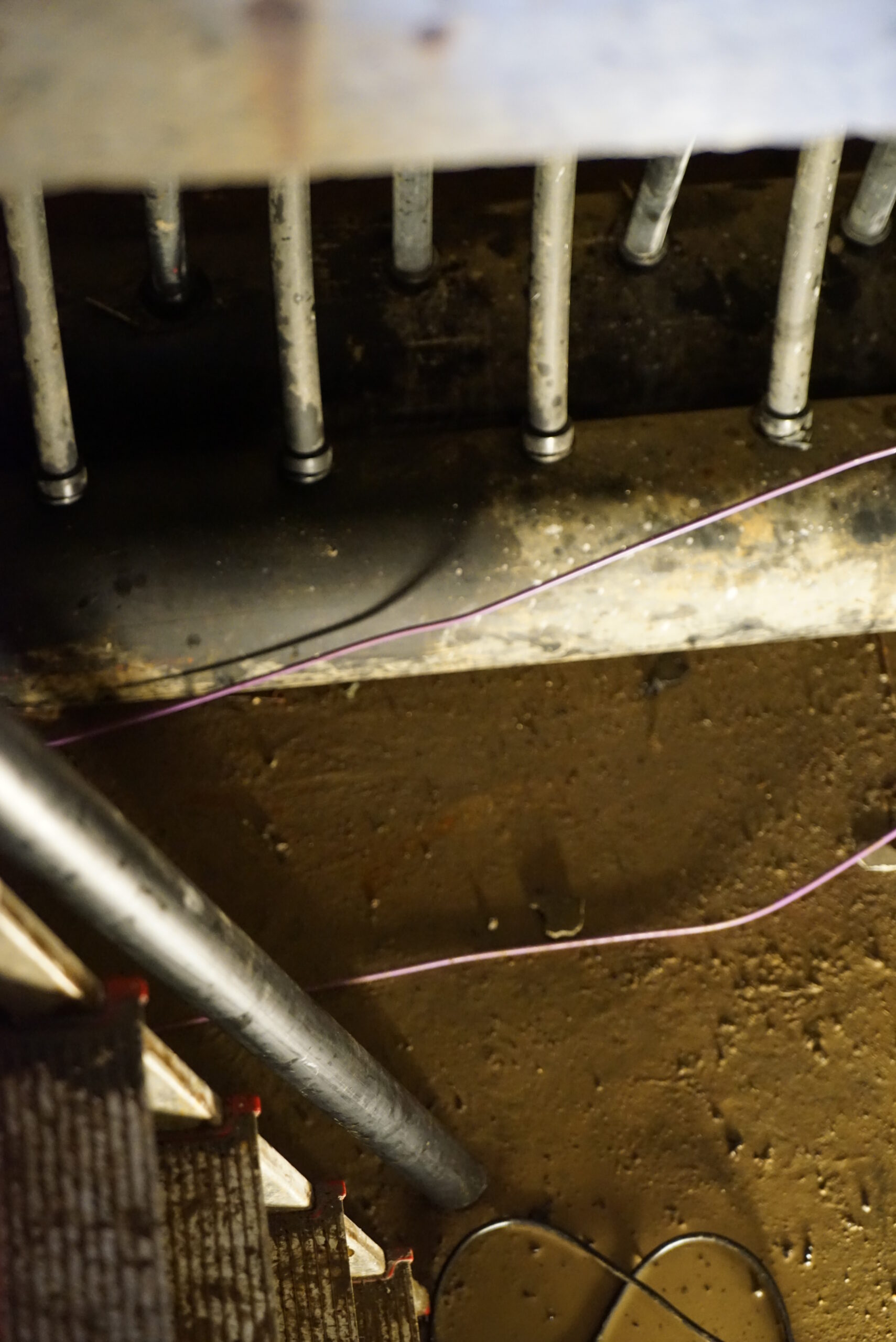
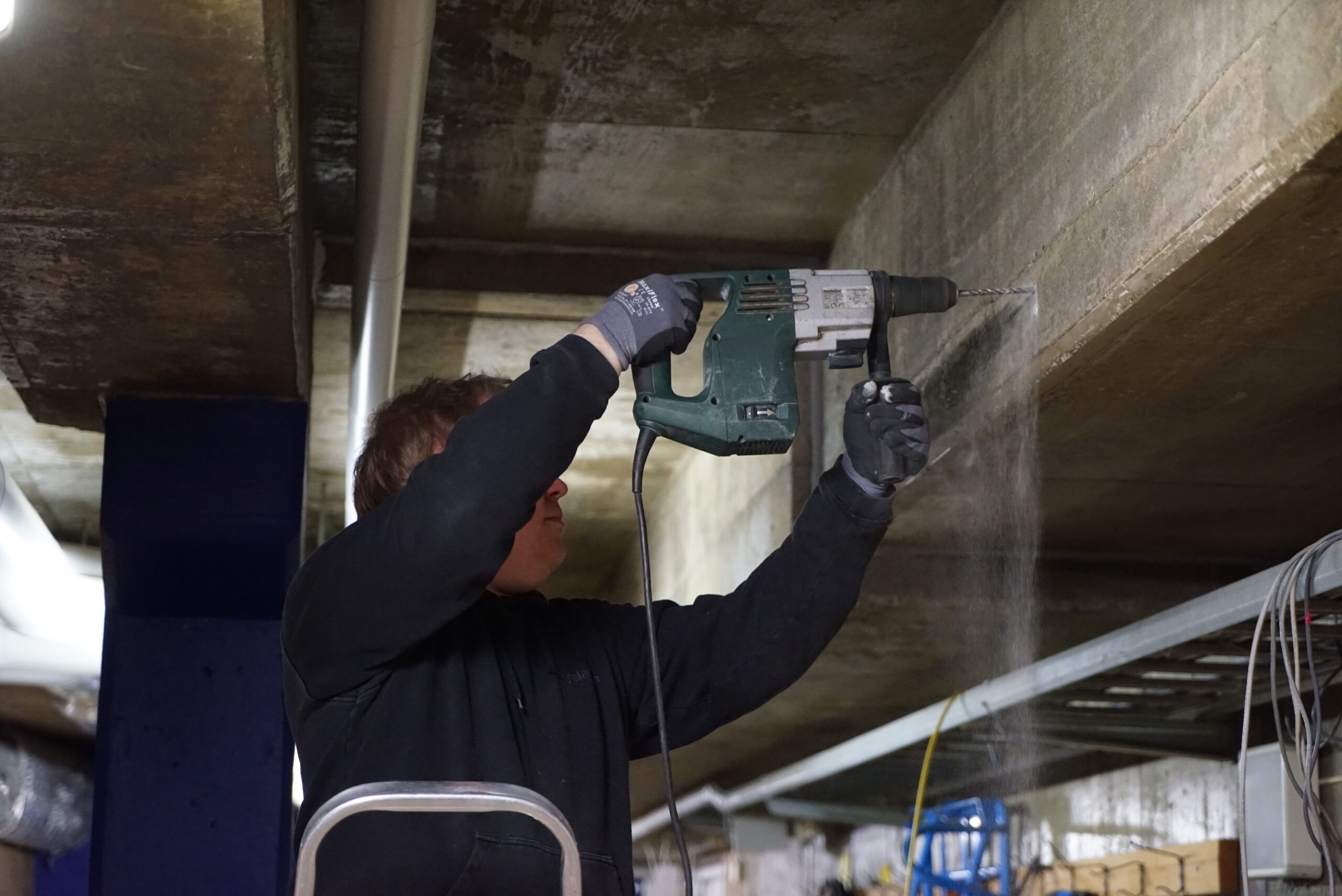
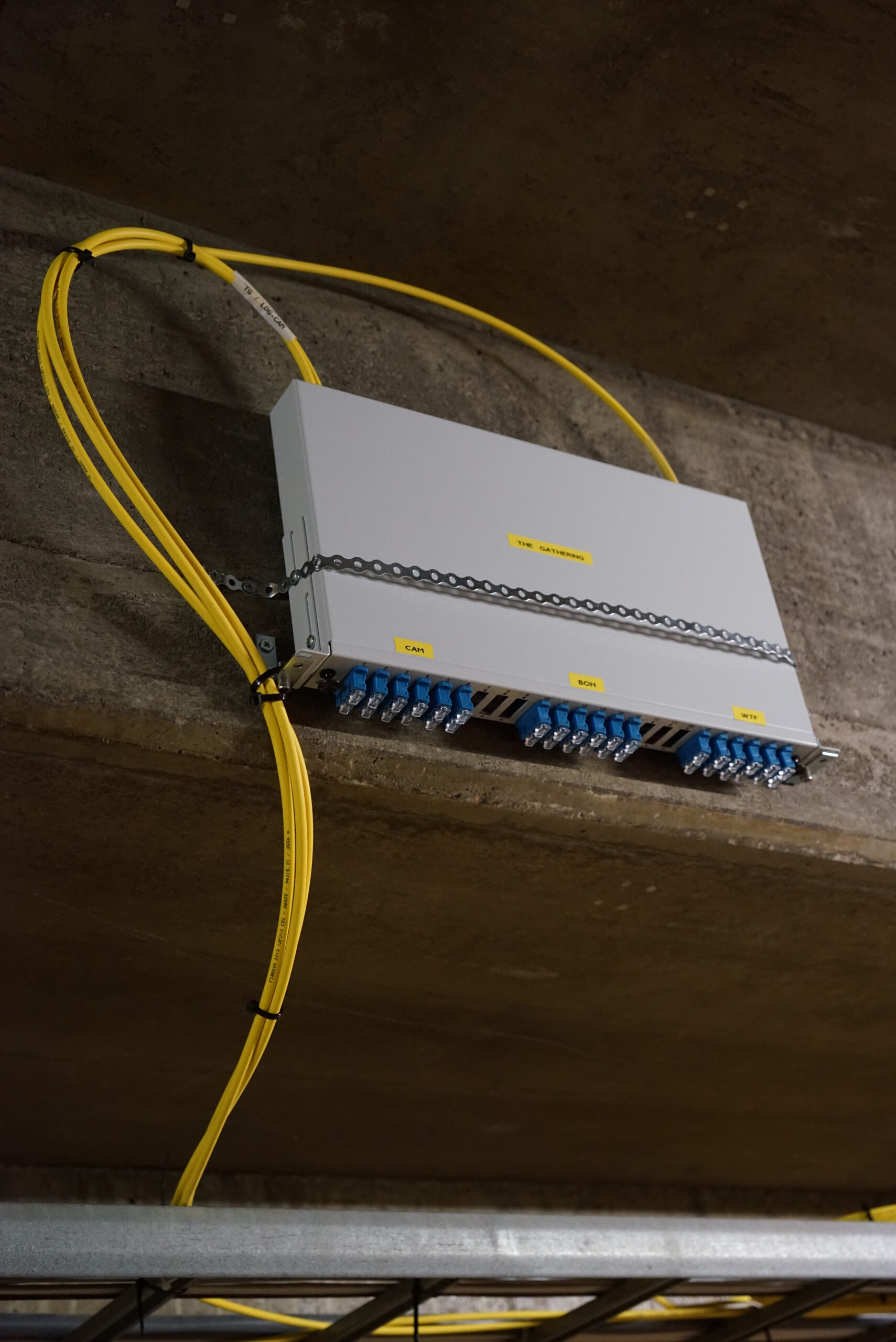
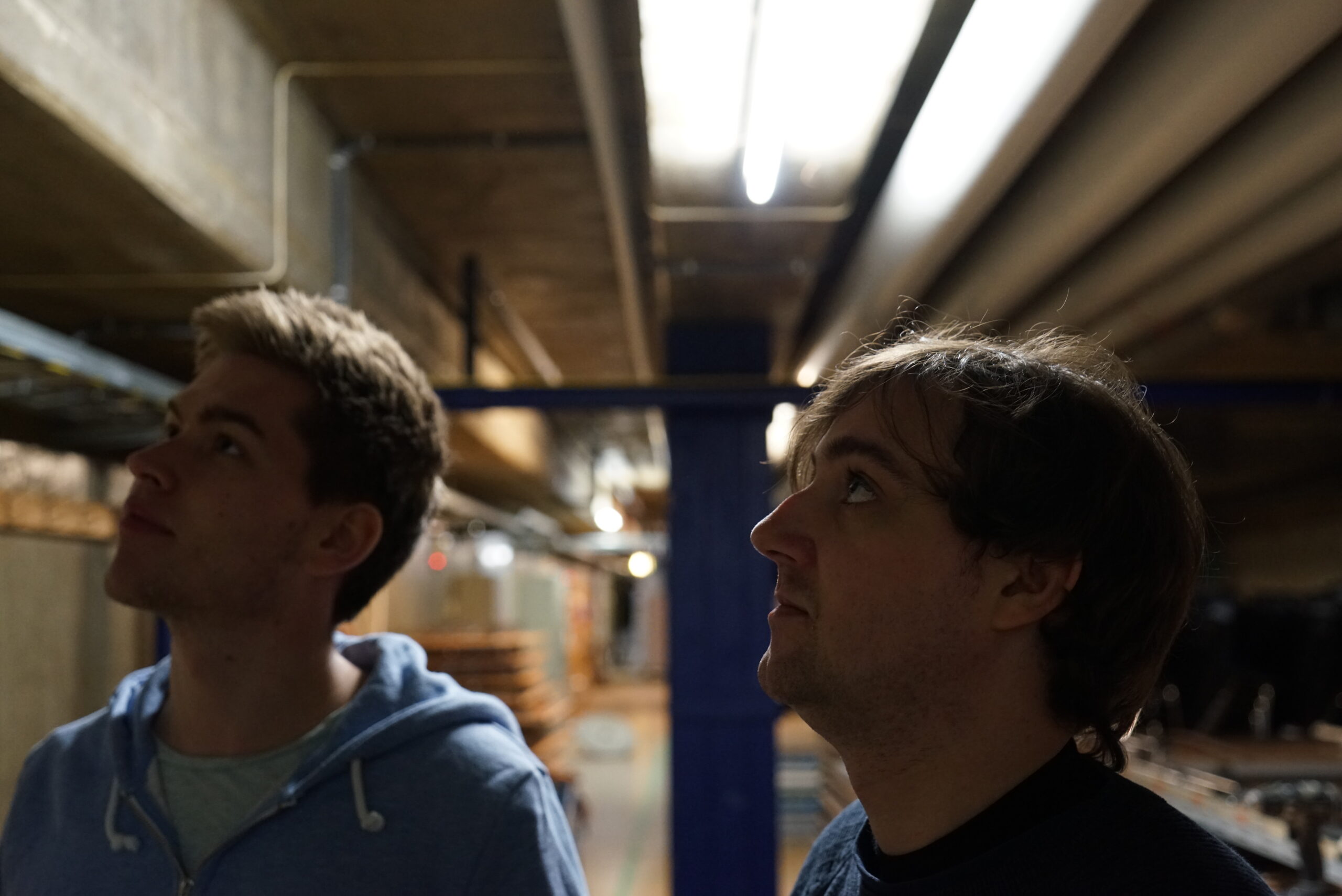
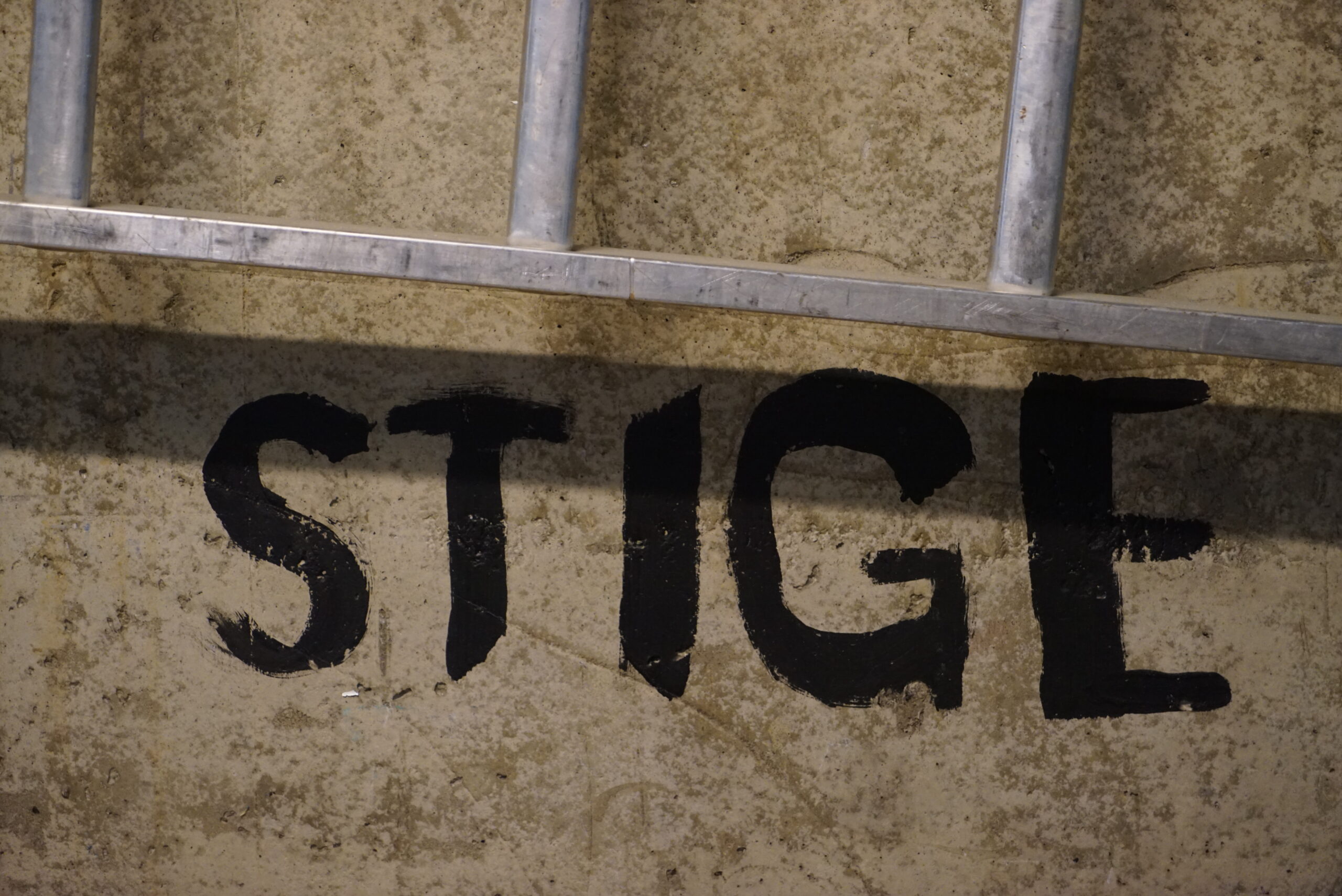
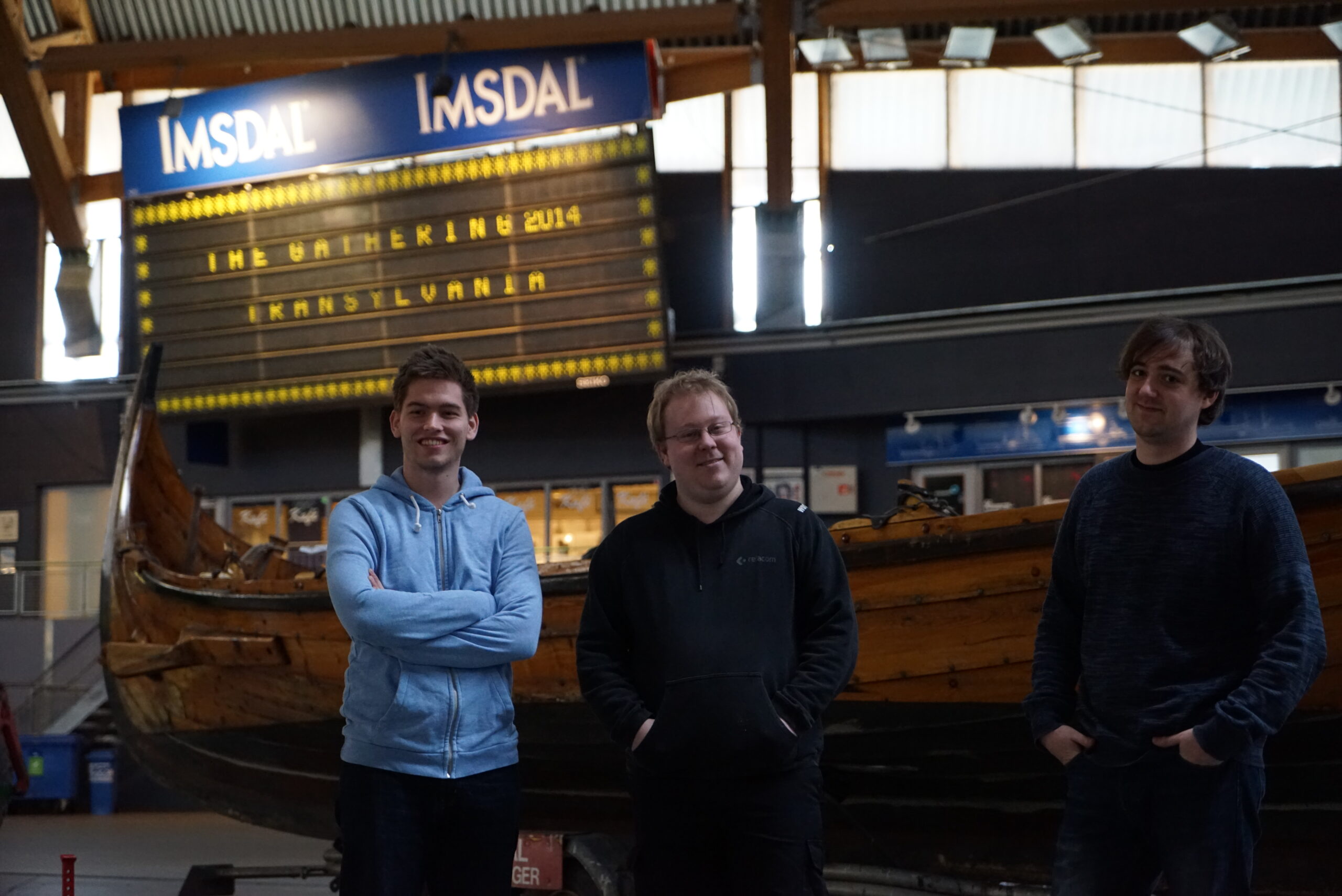
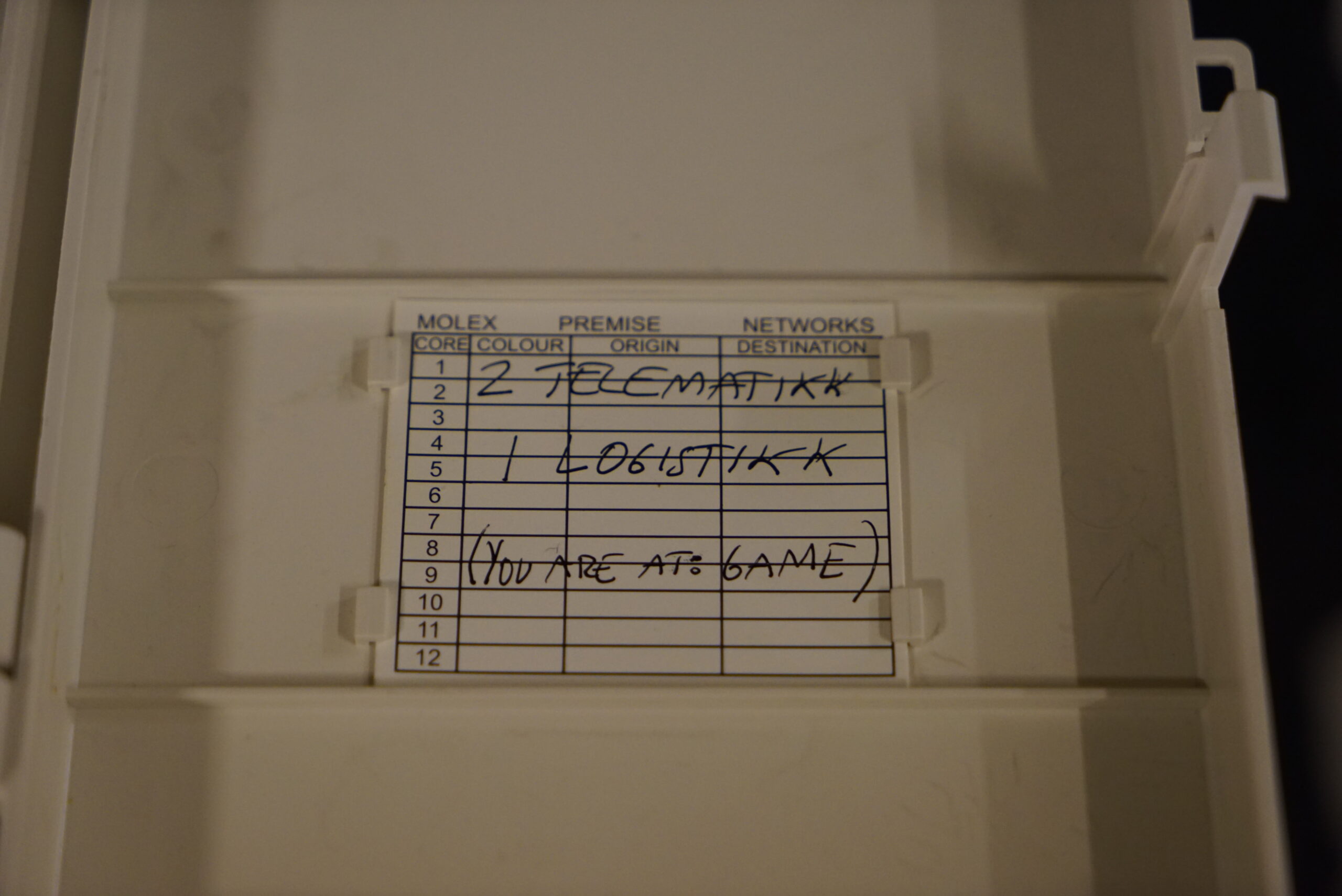
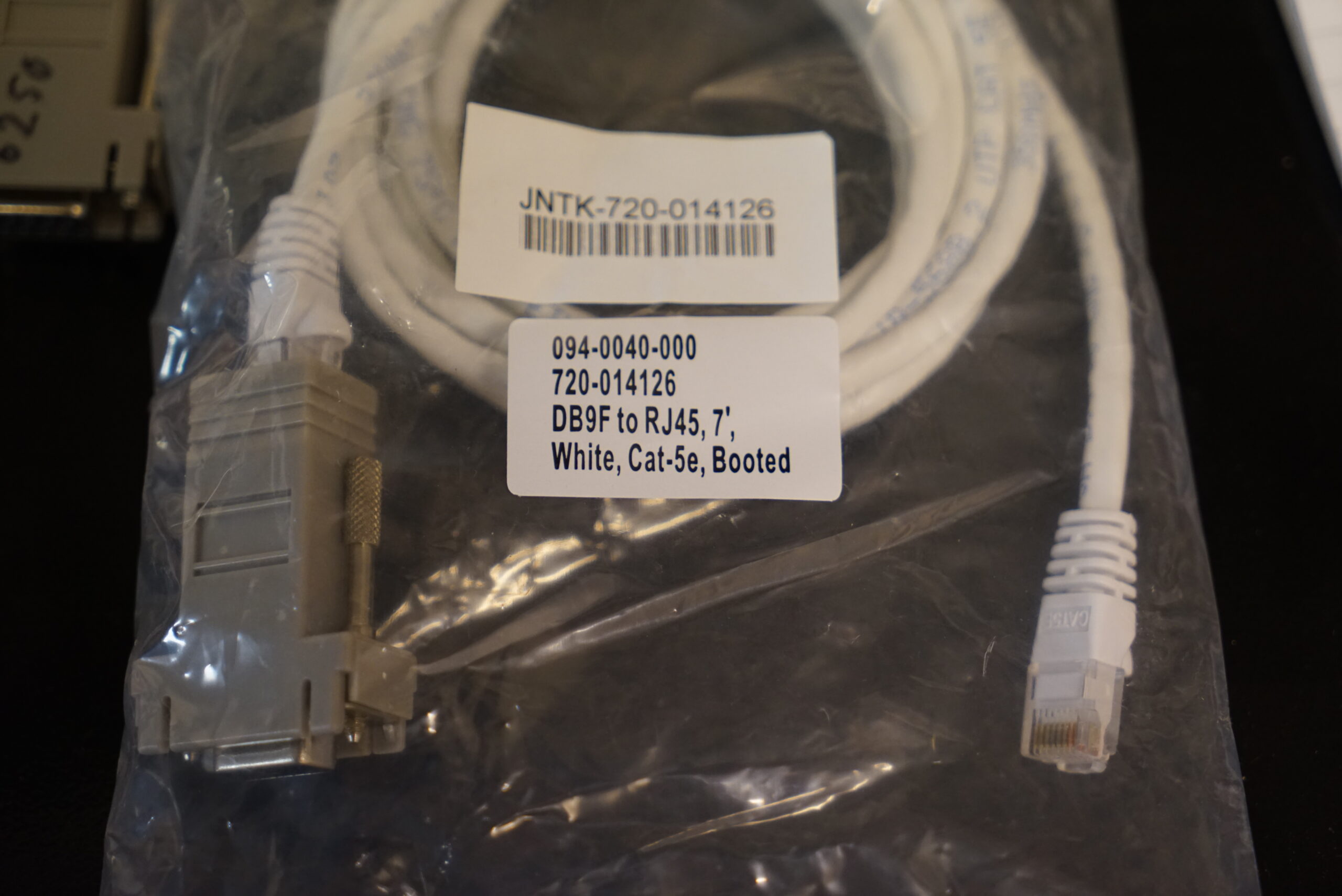
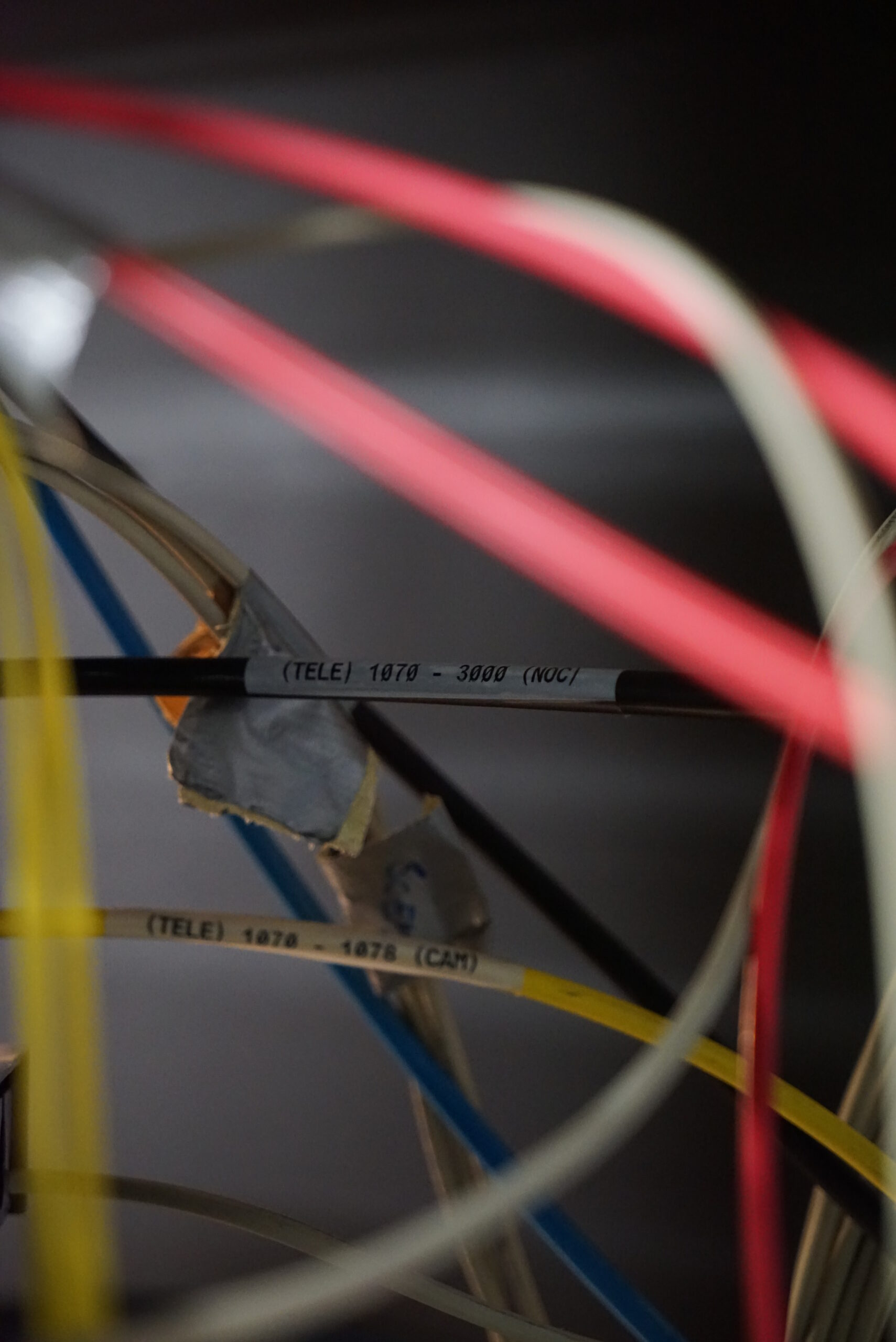
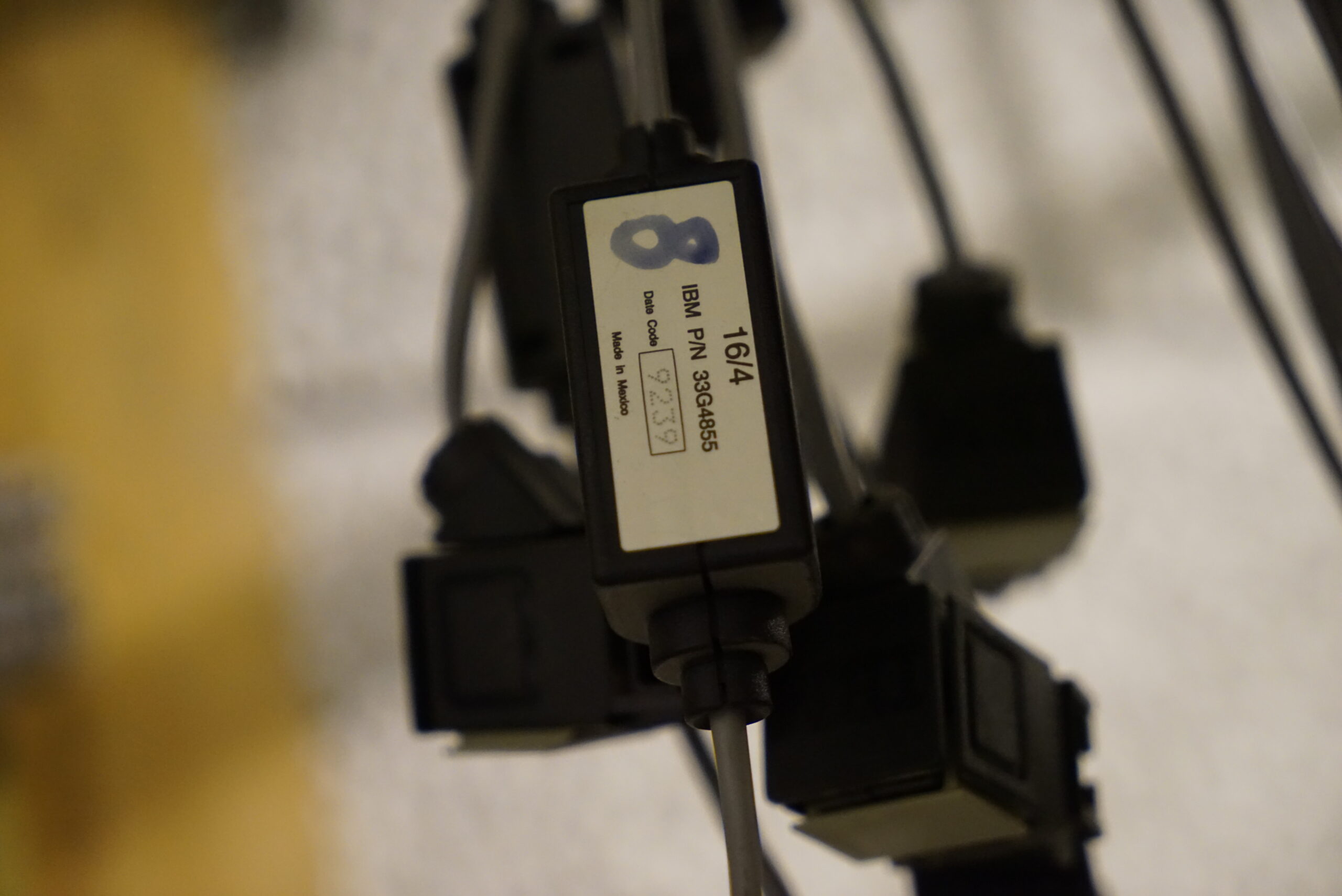
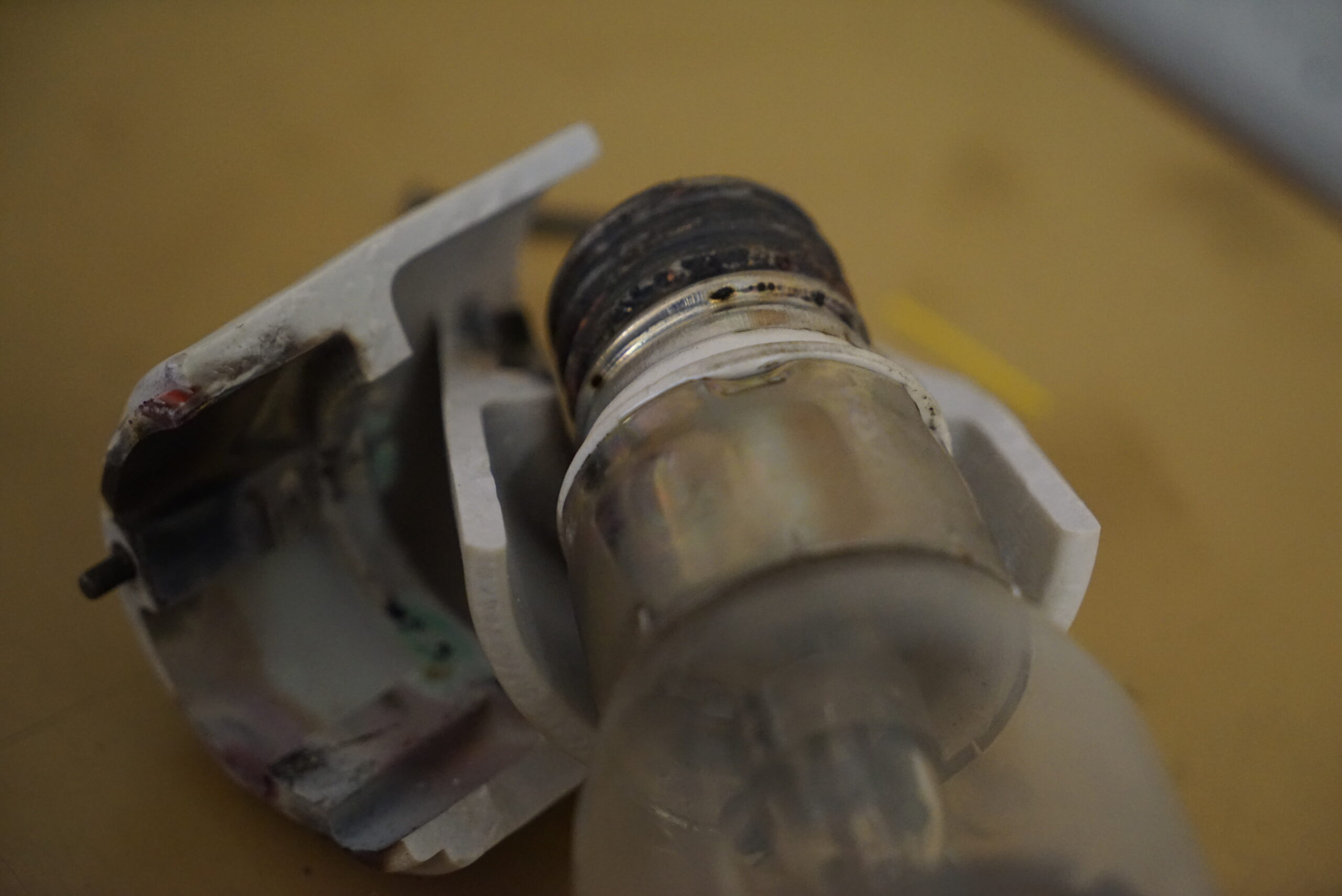
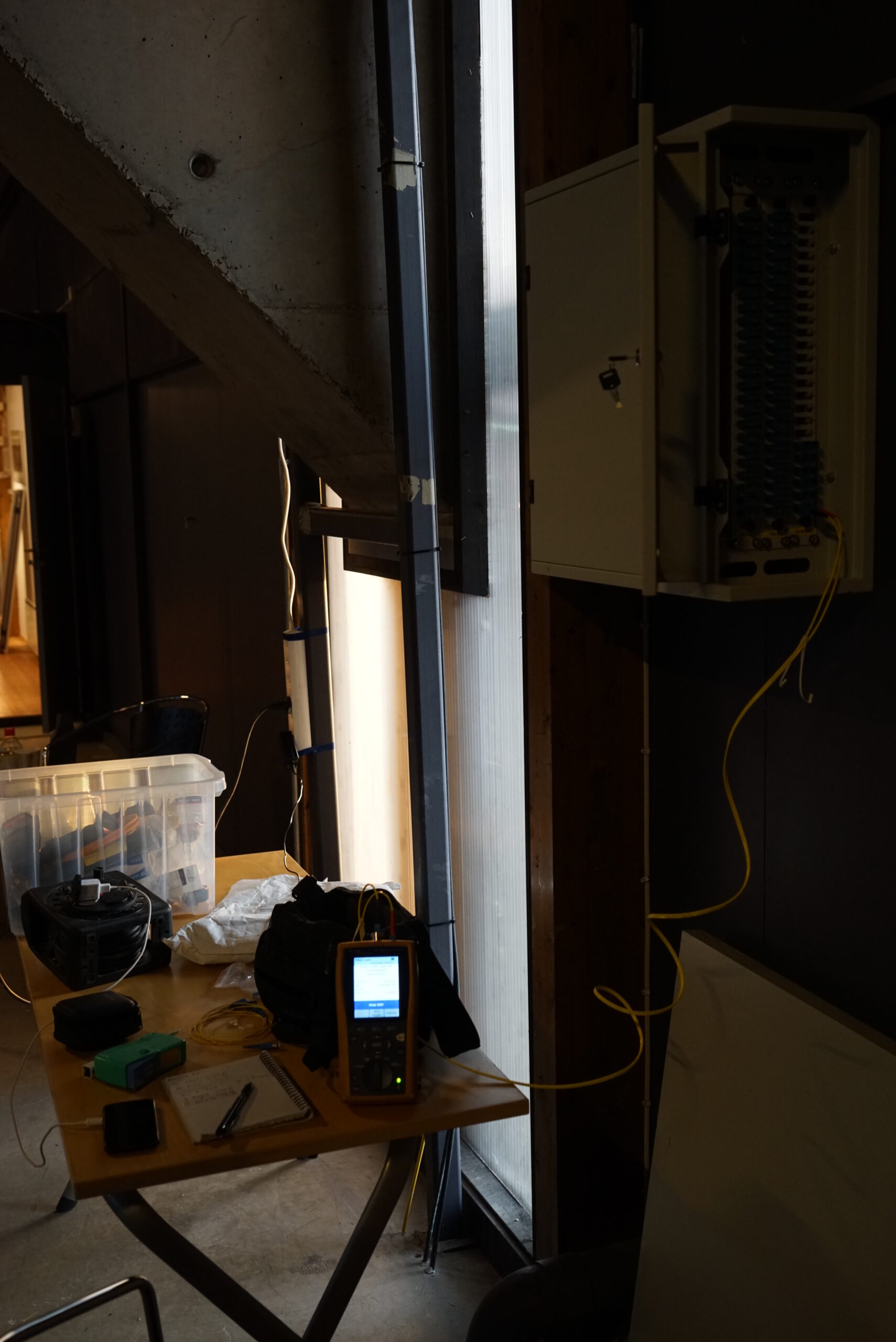
We in :Net are very lucky to have SmartOptics with us on our side.
We were in the same situation this year as last year, desperate in need for WDM optical transceivers, and a couple of phone calls later they confirmed availability on the wavelengths we needed and that they wanted to be a part of TG yet again.
And because they regard TG as very awesome, we already started talking about what we can do for TG15. How cool isn’t that? 😀
You didn’t read last years article? Who are SmartOptics you say? SmartOptics is a awesome company specializing in high quality optical transceivers and WDM systems. One of their newest products that we in :Net is totally in awe over is the new embedded WDM system T-series platform;
http://www.smartoptics.com/products/active-wdm/t-series/
This is a 1RU WDM system which supports 10Gig, 40Gig and coherent 100Gbps, that scales up to a 2000km reach (T-9910-C) and without the need for additional DWDM equipment. Aside from the obvious benefit from the pizza box design, the system is modular with hot-swappable redundant PSU’s and fan module.

For more detailed information about the T-series system and pictures;
http://www.smartoptics.com/wp-content/uploads/2013/06/SO-DS-T-9910_R4.1.pdf
Coherent 100G on one pair of fiber cable is possible through something called super-channel: http://en.wikipedia.org/wiki/Super-channel – defined in the standard OTU4, which can be very easily described by this picture:
 http://technet.gathering.org/2013/03/01/smartoptics/
http://technet.gathering.org/2013/03/01/smartoptics/
If you need optical transceivers or a WDM-system, contact SmartOptics for good advice, very good service and quality products: http://www.smartoptics.com/about-us/ 🙂
We have been working on improving the infrastructure inside of Vikingskipet.
We started with documenting a lot of cable runs at TG13, and we have between TG13 and TG14 been laying plans for how to make the situation better for not only TG14, but for years to come.
One part of the planning was to visit Vikingskipet and map the cable runs in January, to see how and where things are – and to better map the needs.
After that we had a design meeting which led to the design we landed on:
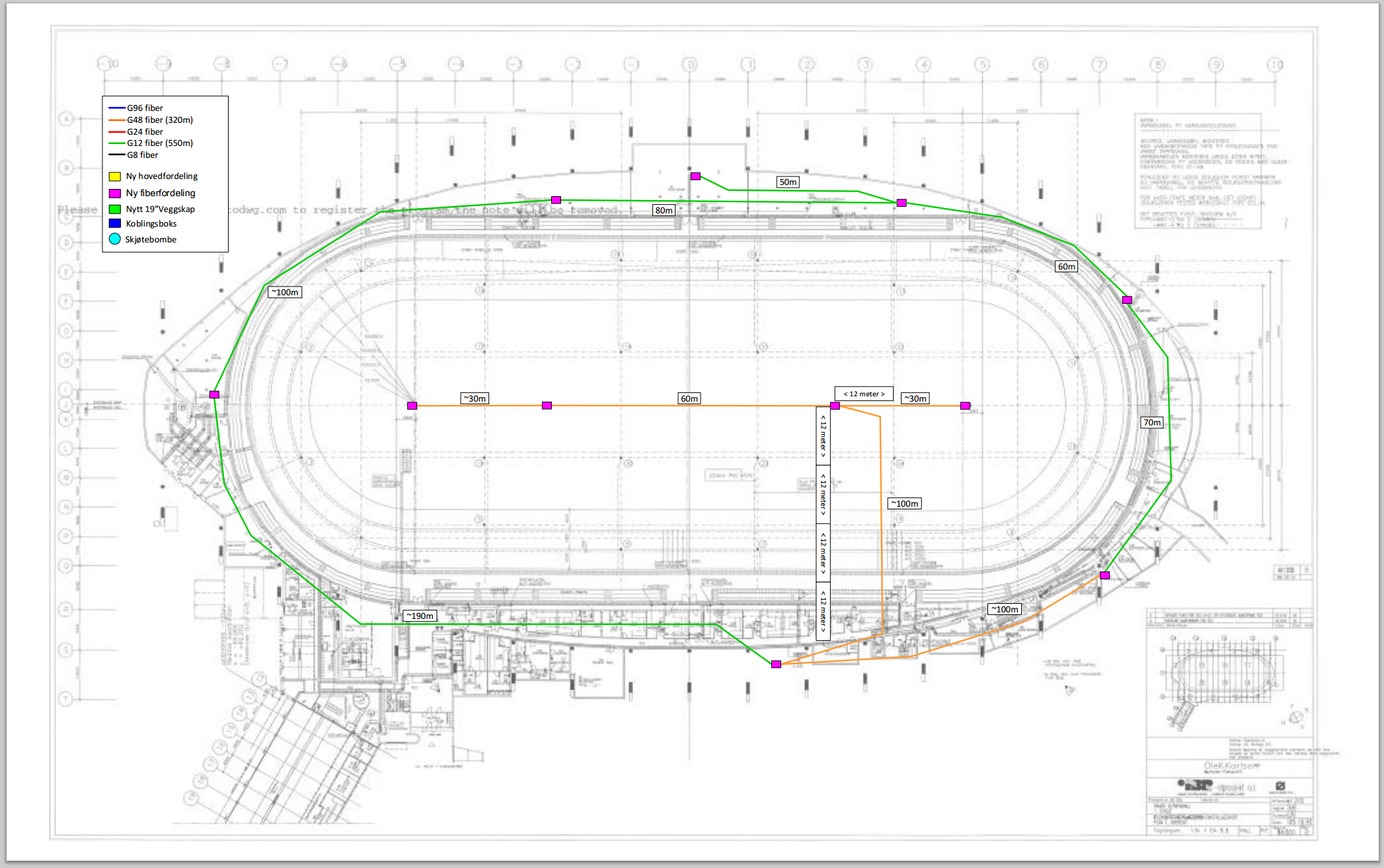
(This is not the final version.)
Based on the design we could calculate how much equipment we needed. And we started to call around to find the best prices. When we landed on a minimum cost of the installation, we got the cost approved in the budget and we could start ordering the equipment.
Quickly after the first and most important batch of equipment arrived (the two cable drums), and we could travel up to Hamar to start the installation.
We have completed the first of two weekends of installation. In the first weekend we completed all the cable runs, and everything is ready for the next weekend – when we will weld the fiber optics (with pigtails) and install them in duplexes into ODF’s.
The longest run around the hall is 633 meters of G12 fiber (6 pairs) and the most traffic intensive run are 353 meters of G48 (24 pairs) – 986 meters in total, only short of 14 meters on 1k meters. Everything is single mode.
I recommend you to read a bit here if you don’t know what fiber optic cables are:
http://en.wikipedia.org/wiki/Optical_fiber_cable
This is what a typical ODF looks like:

The blue “connectors” is called fiber adapters.
The small cables beneath is the actual fiber, and they are welded onto pigtails:
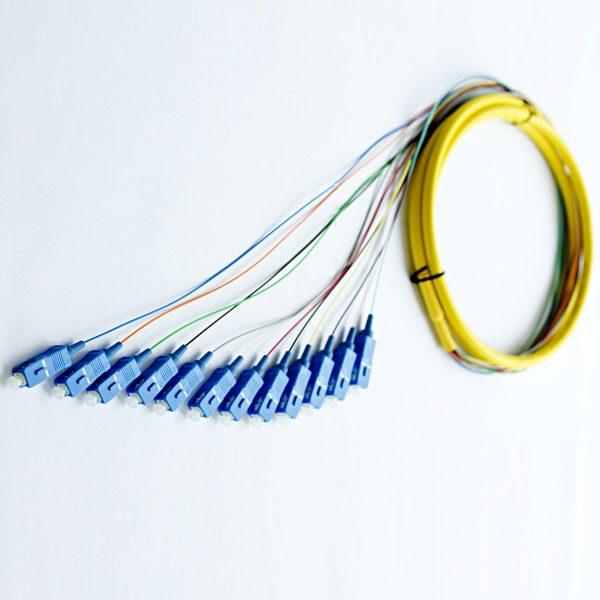
Which is connected into the fiber adapter, which also could be called a extender.
The reason why we say G12 (6 pairs) is because most fiber optic installations there’s one single fiber for Rx (receive) and one single fiber for Tx (transmit). There are possibilities to actually run Rx and Tx on one single fiber – the method uses different wavelength for Rx and Tx which requires special optical transceivers which can translate this.
There’s a lot of different form factors for optical transceivers, but the most common today is called SFP (+) – the form factor is SFP and the + indicates that it is 10Gig ready:
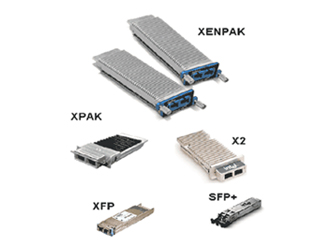
In our setup we have mostly SFP+ and we are running single mode 10G transceivers between all of our nodes.
Most of the permanent infrastructure we already have is either old multi mode, or too few single mode pairs.
With this improvement we are able to run a more redundant setup, we can run more 10Gig connections between more places and will give us much more flexibility.
Also worth mentioning is that we have purchased MPO cables, which is a G12 single mode cable with one single connector in both ends where you connect cassettes with connectors (they work as a mini-ODF):
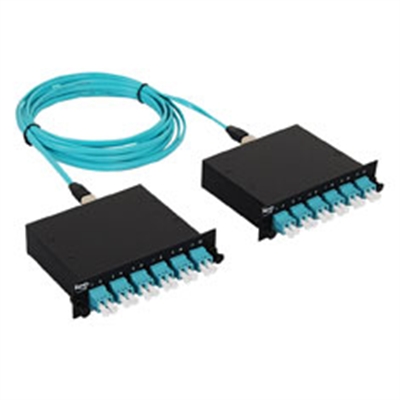
(The MPO cable with MPO connectors to the left and to the right the cassettes).
We will drop these cables from the bridge in the top (roof), this way can we do the cabling down to our distribution and core equipment in no time – at the same time as the cabling is not disturbing anyone.
Beneath are pictures from the first trip to Vikingskipet, where we pulled all the cables through Vikingskipet. Next time is welding time! 🙂
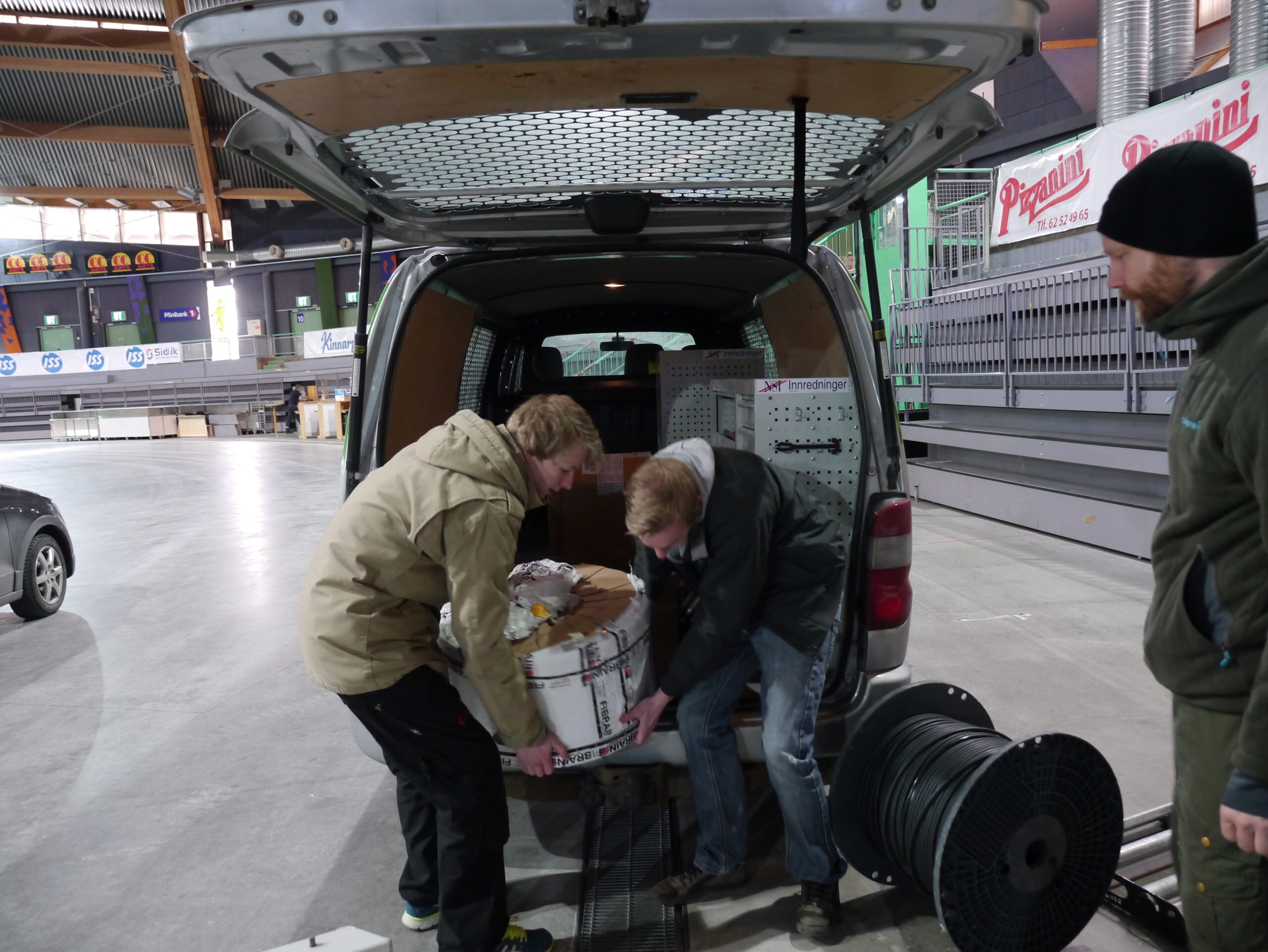
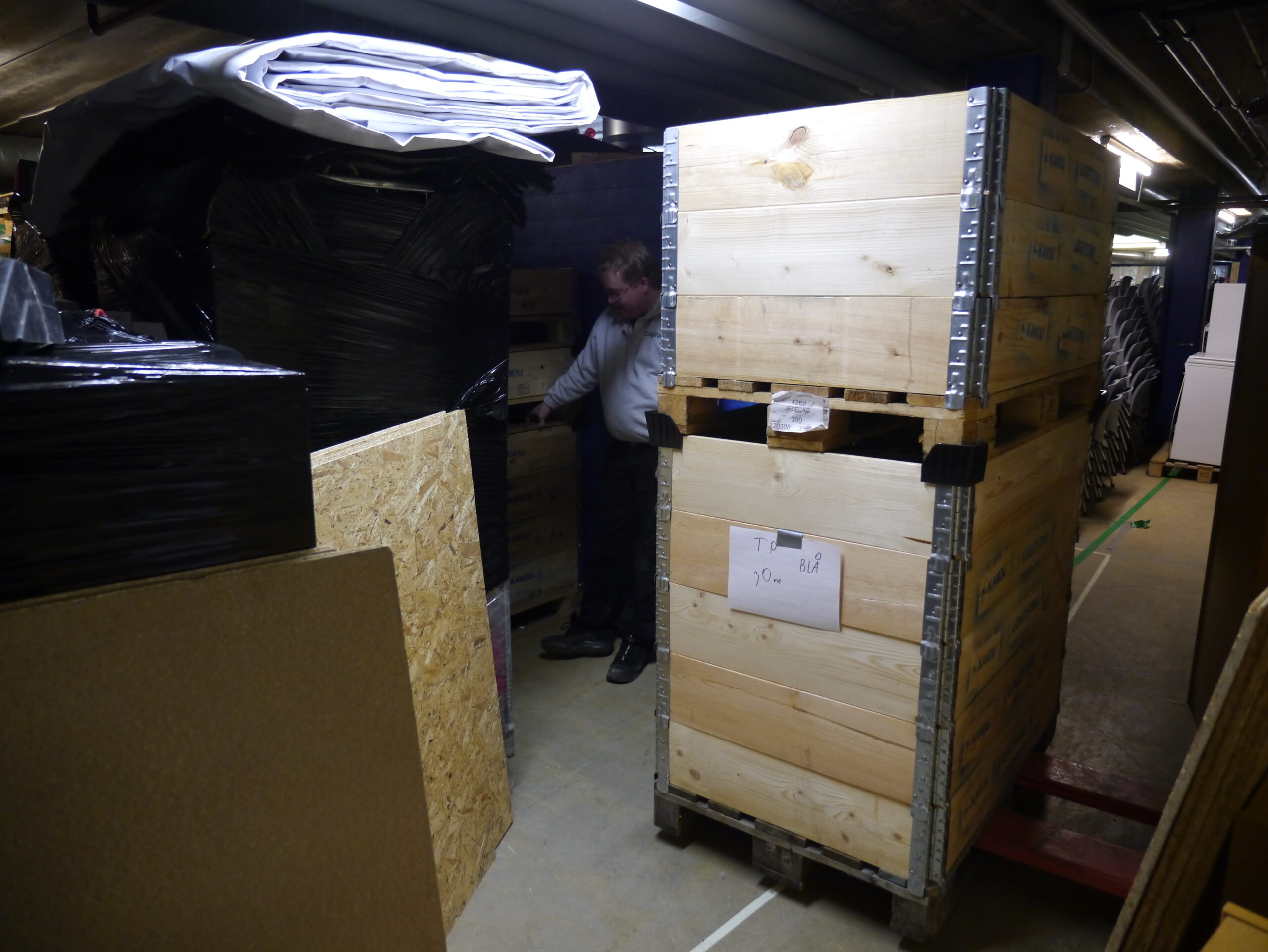
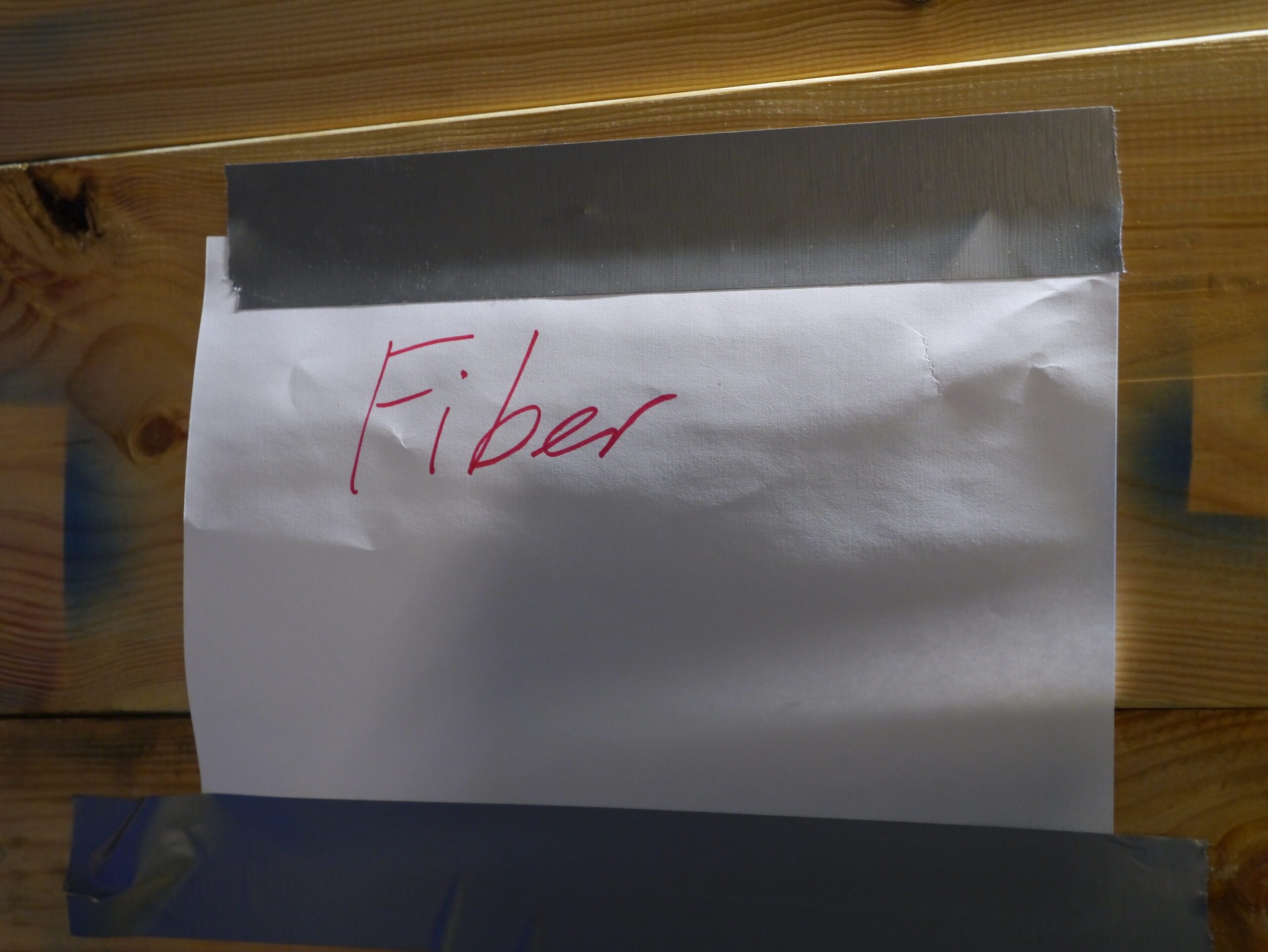
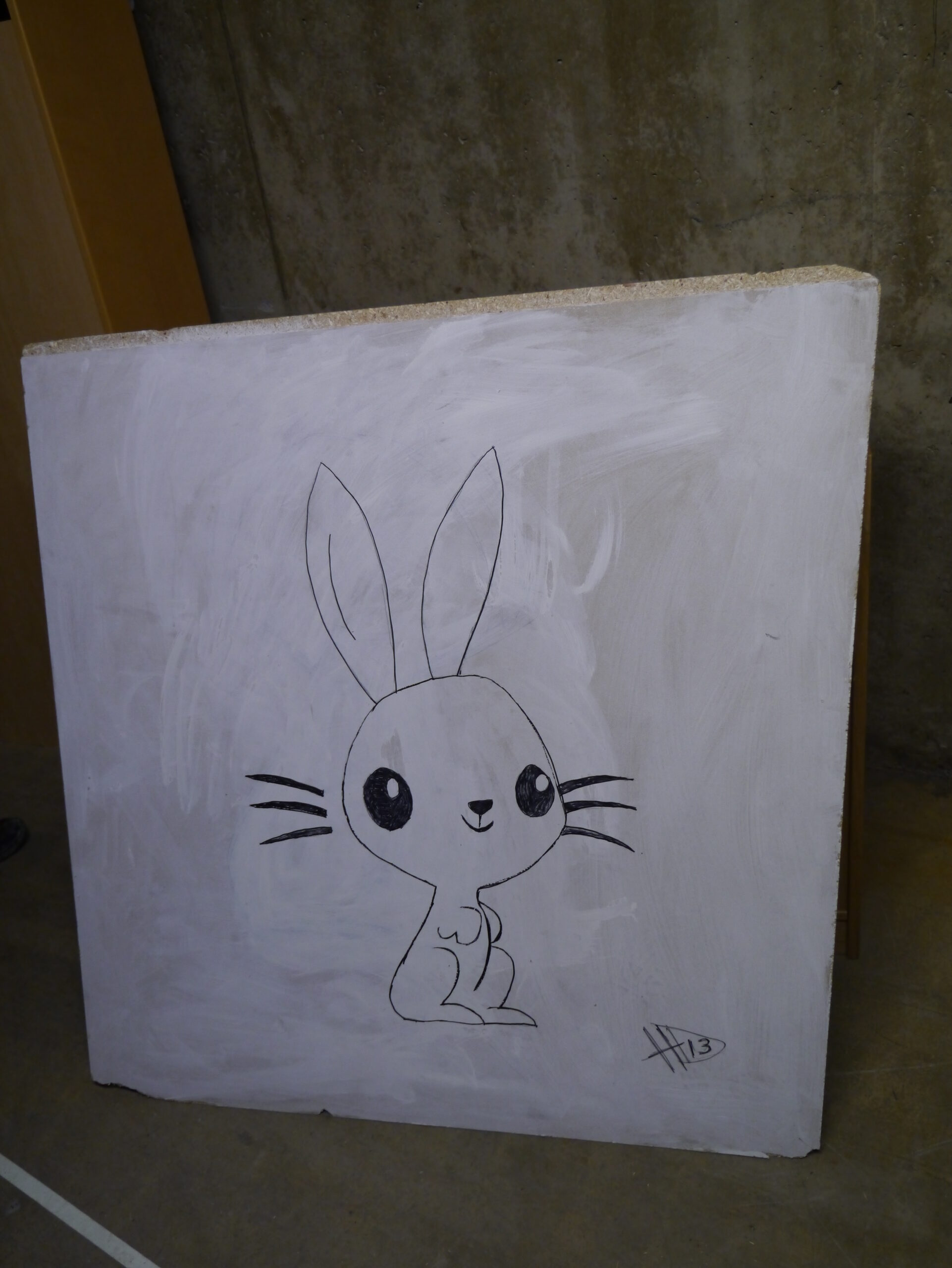
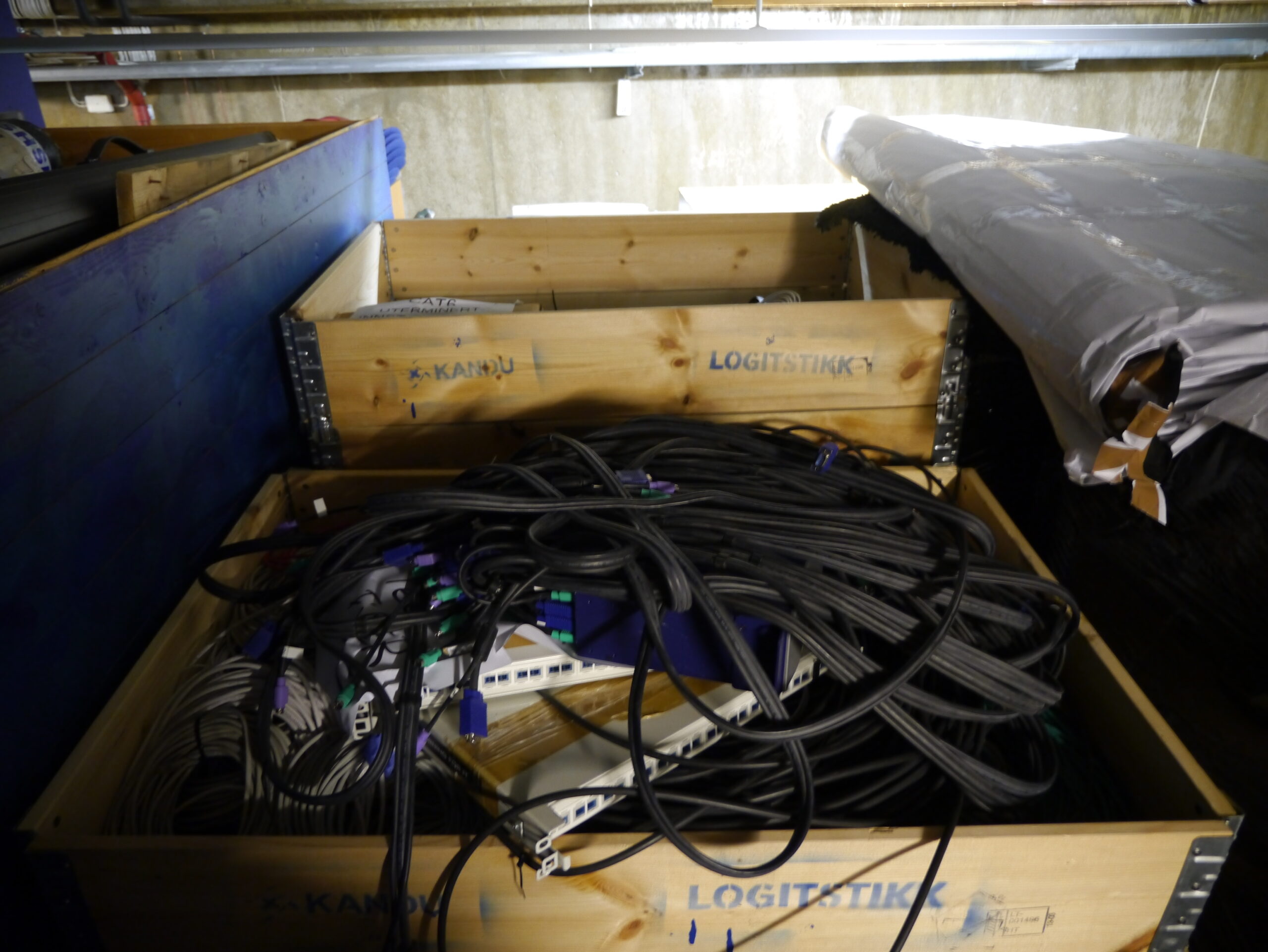
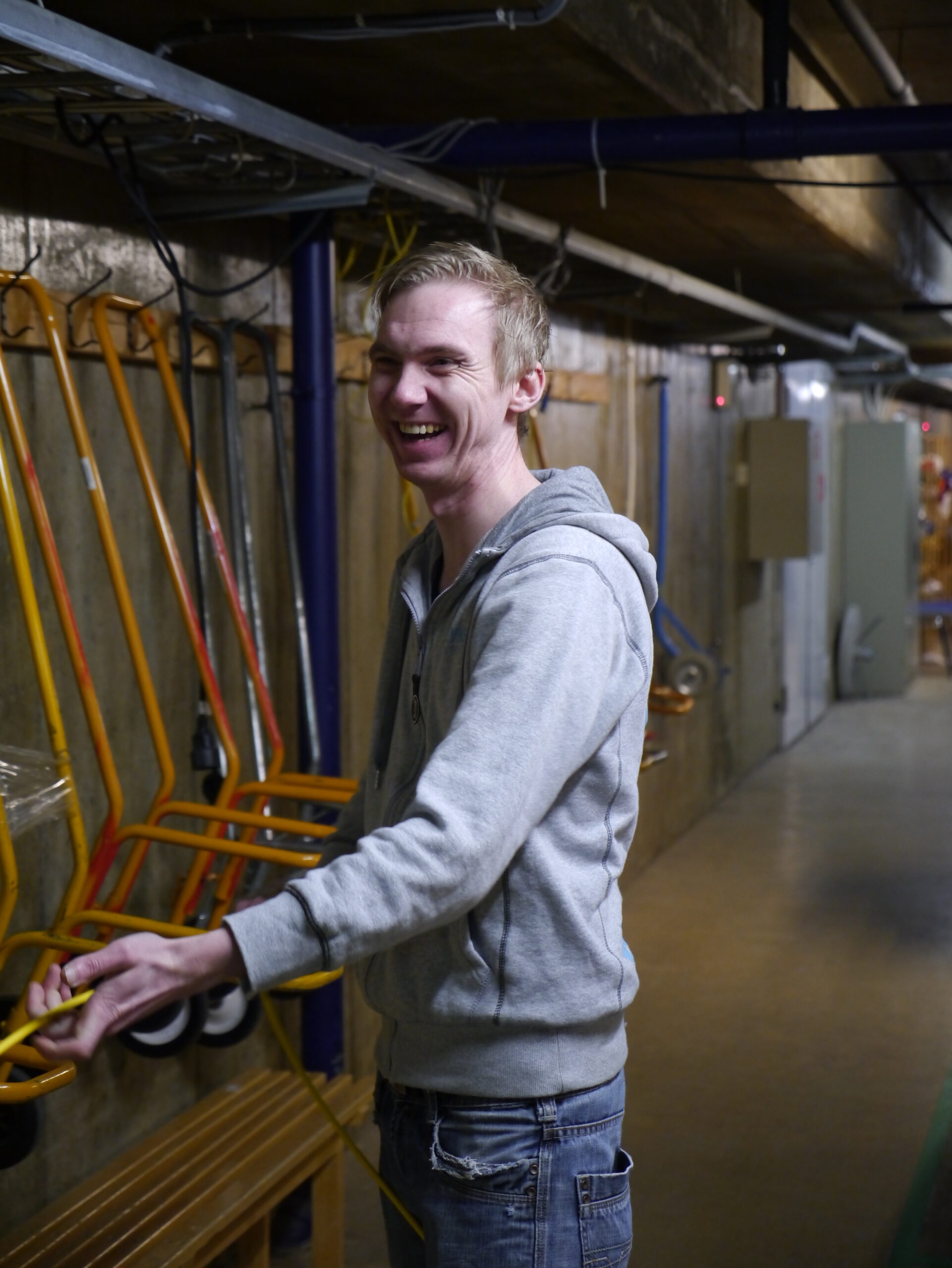
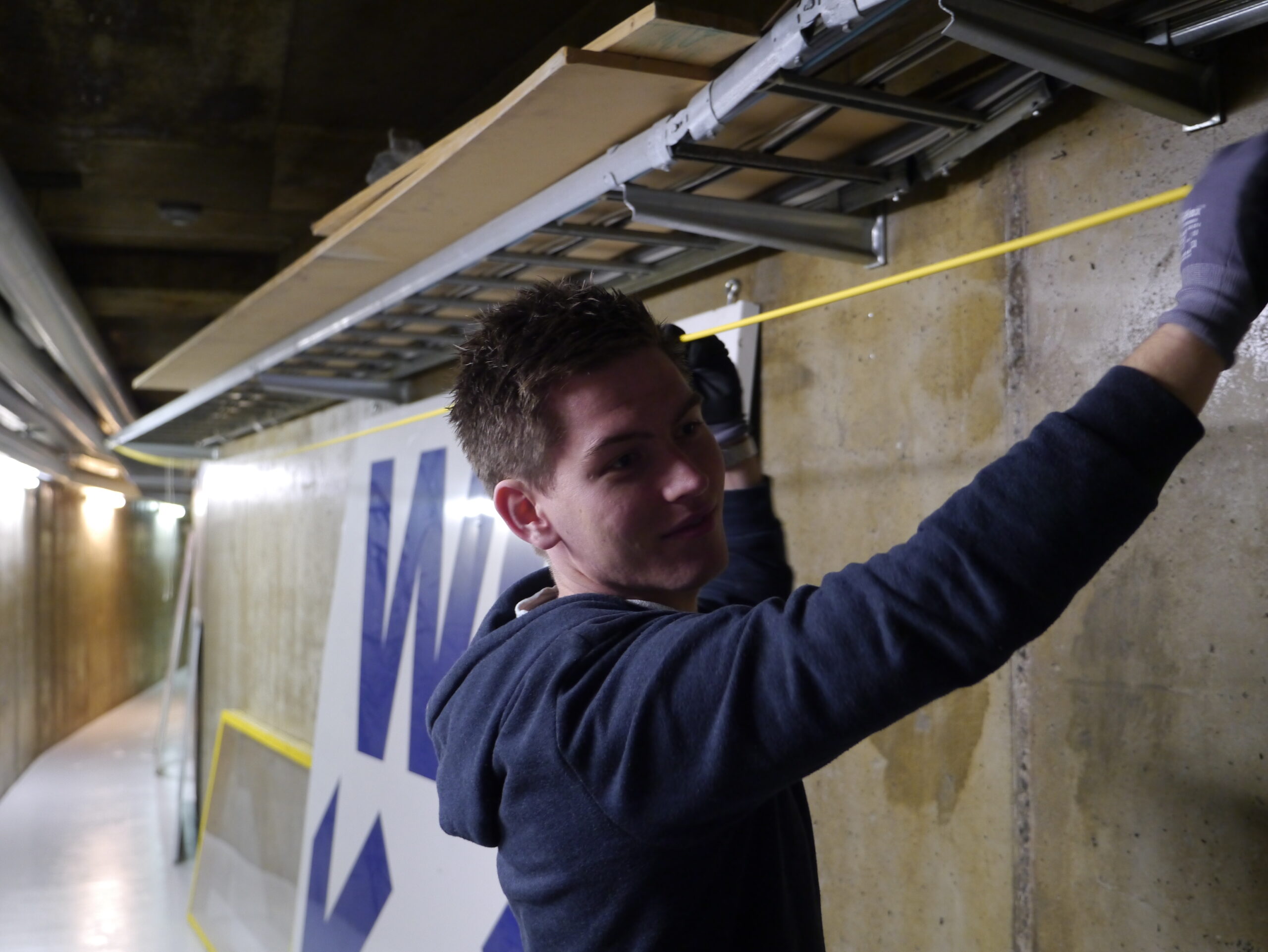
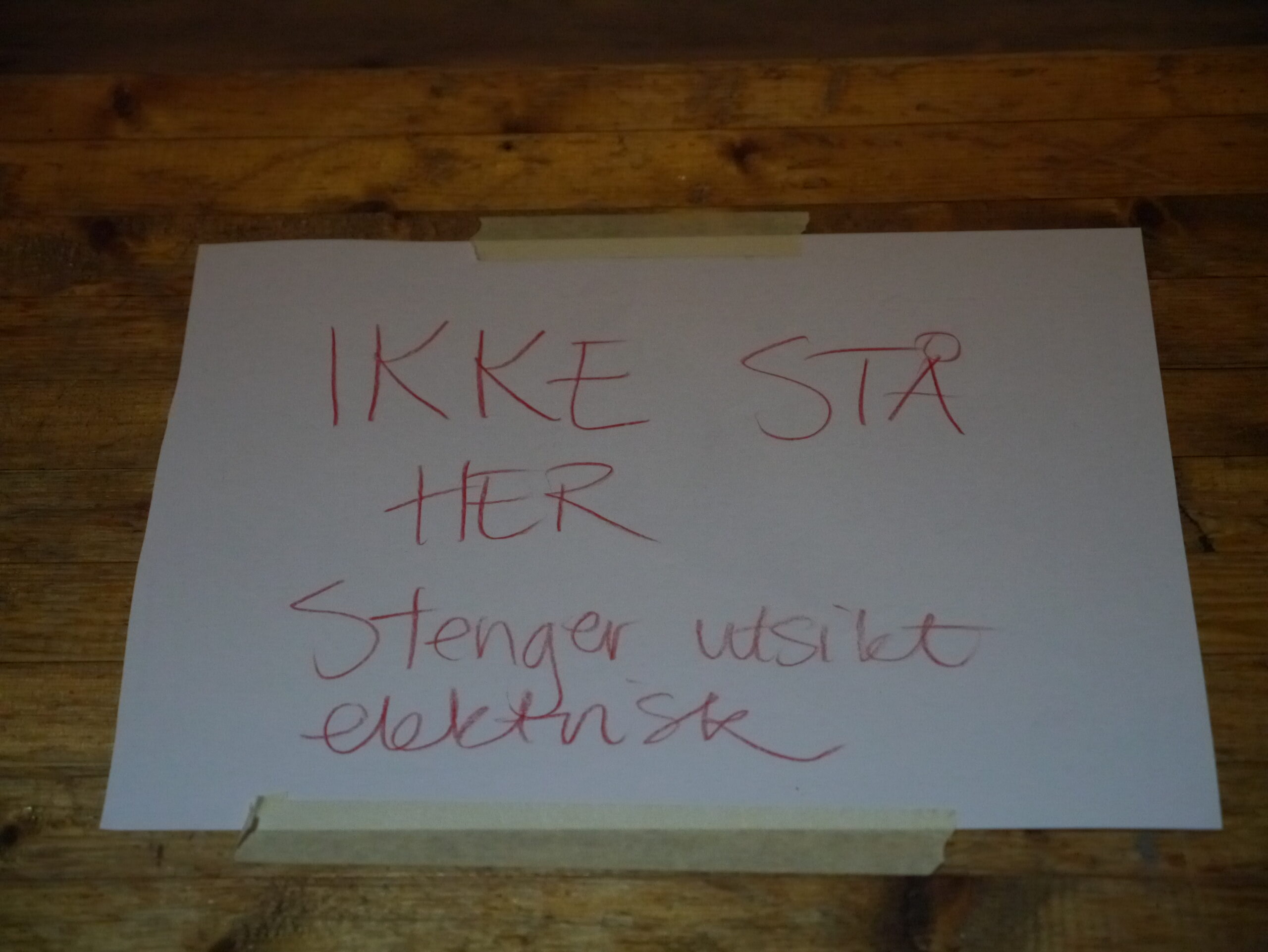
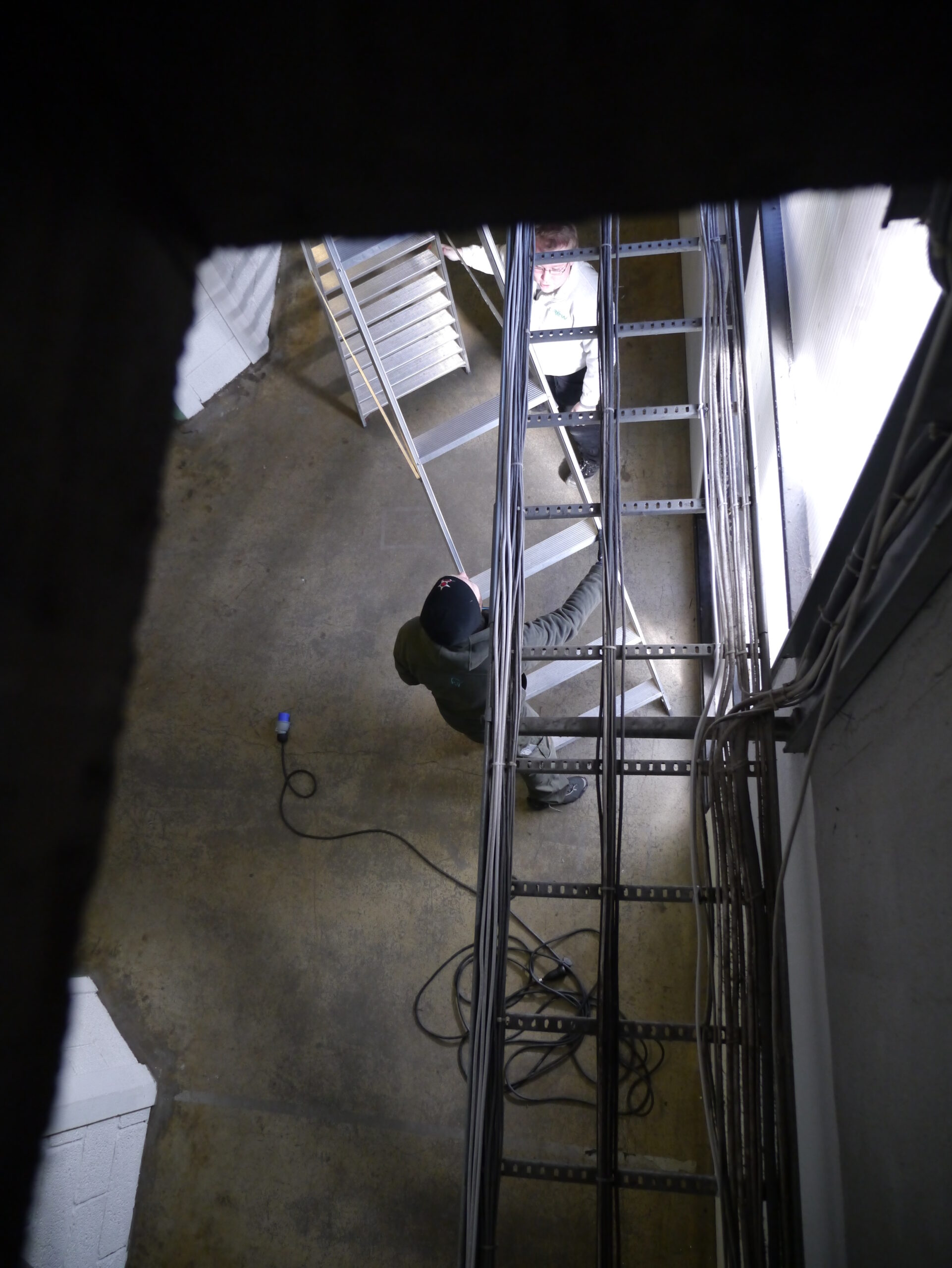
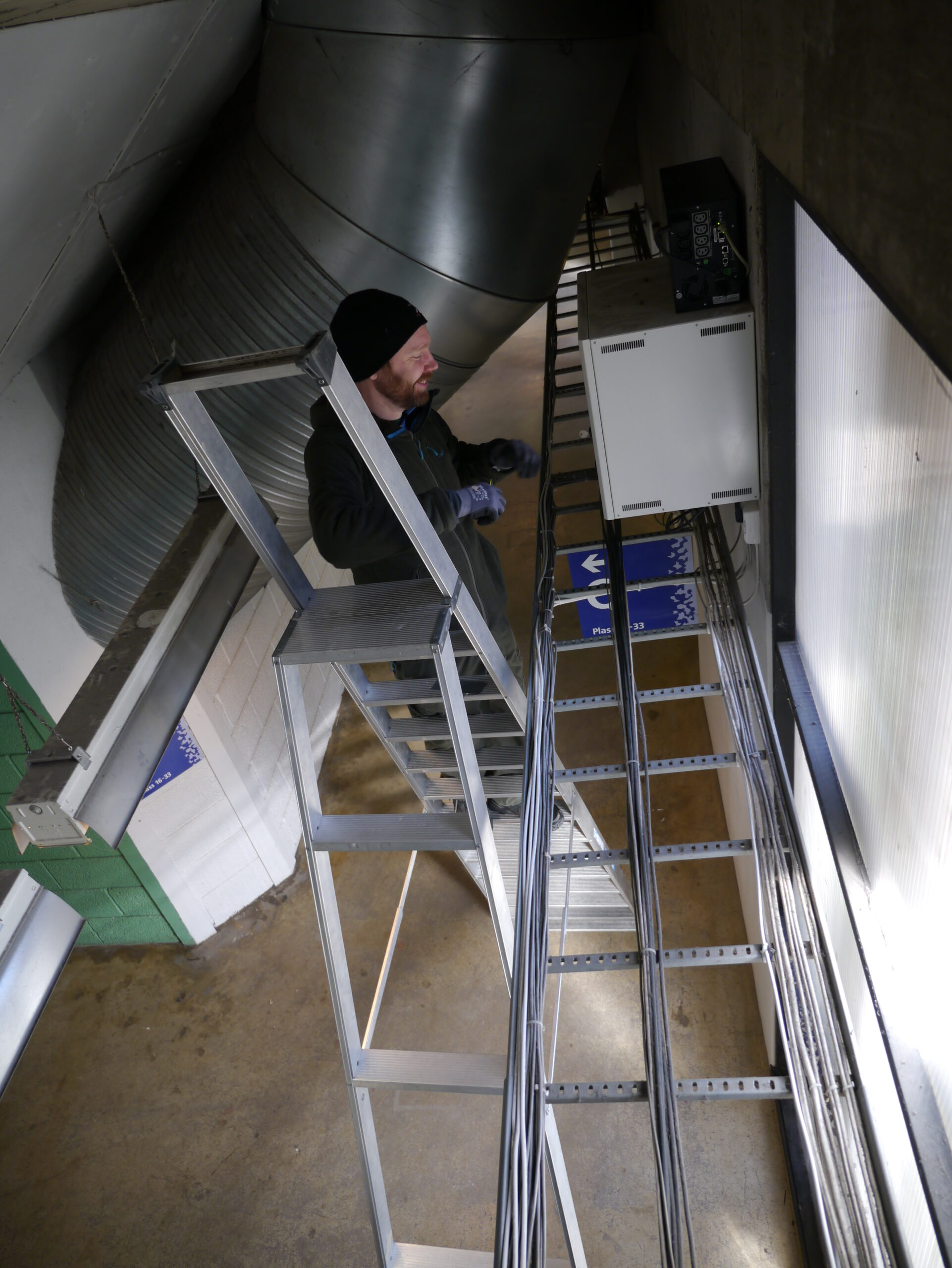
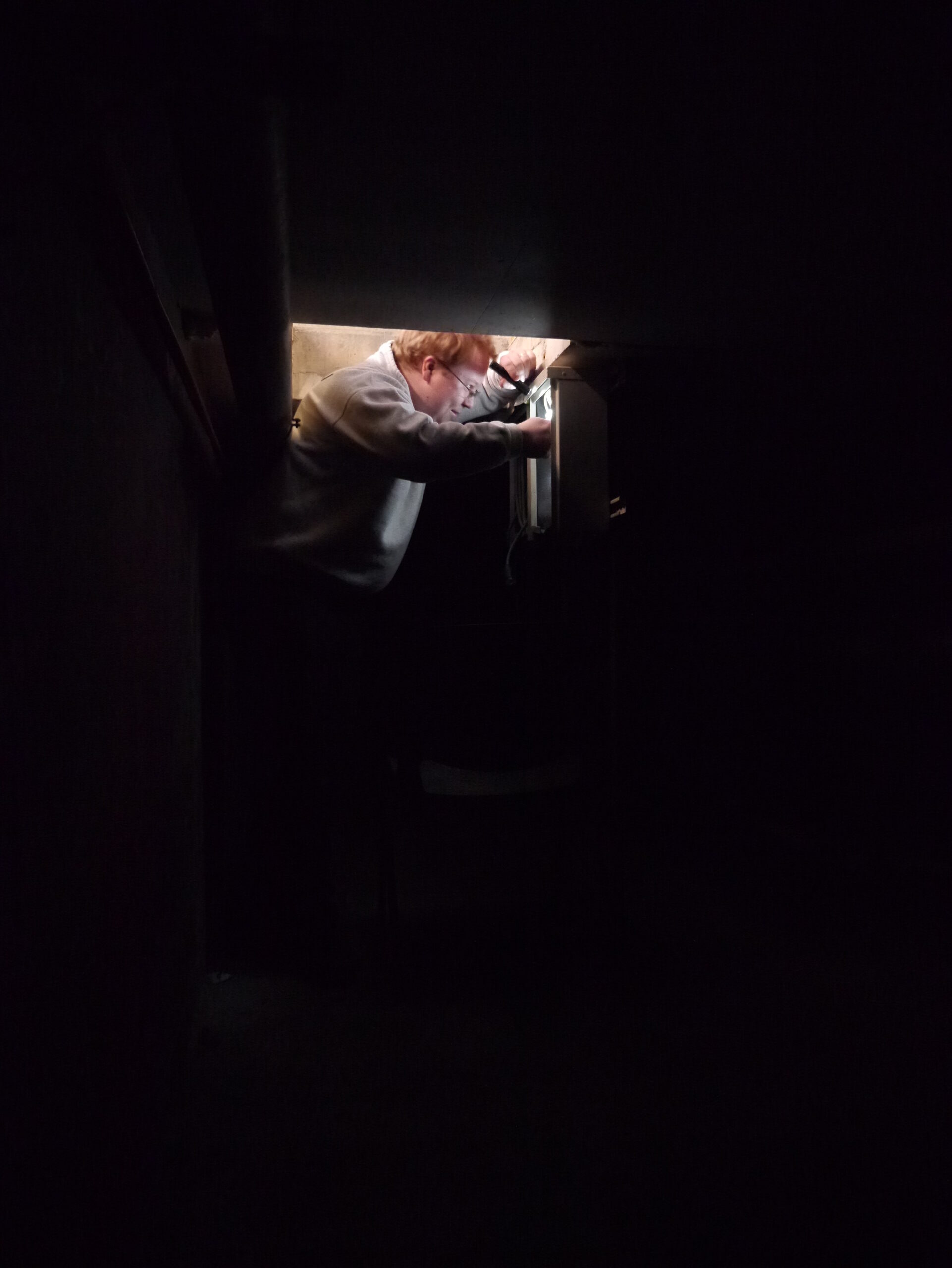
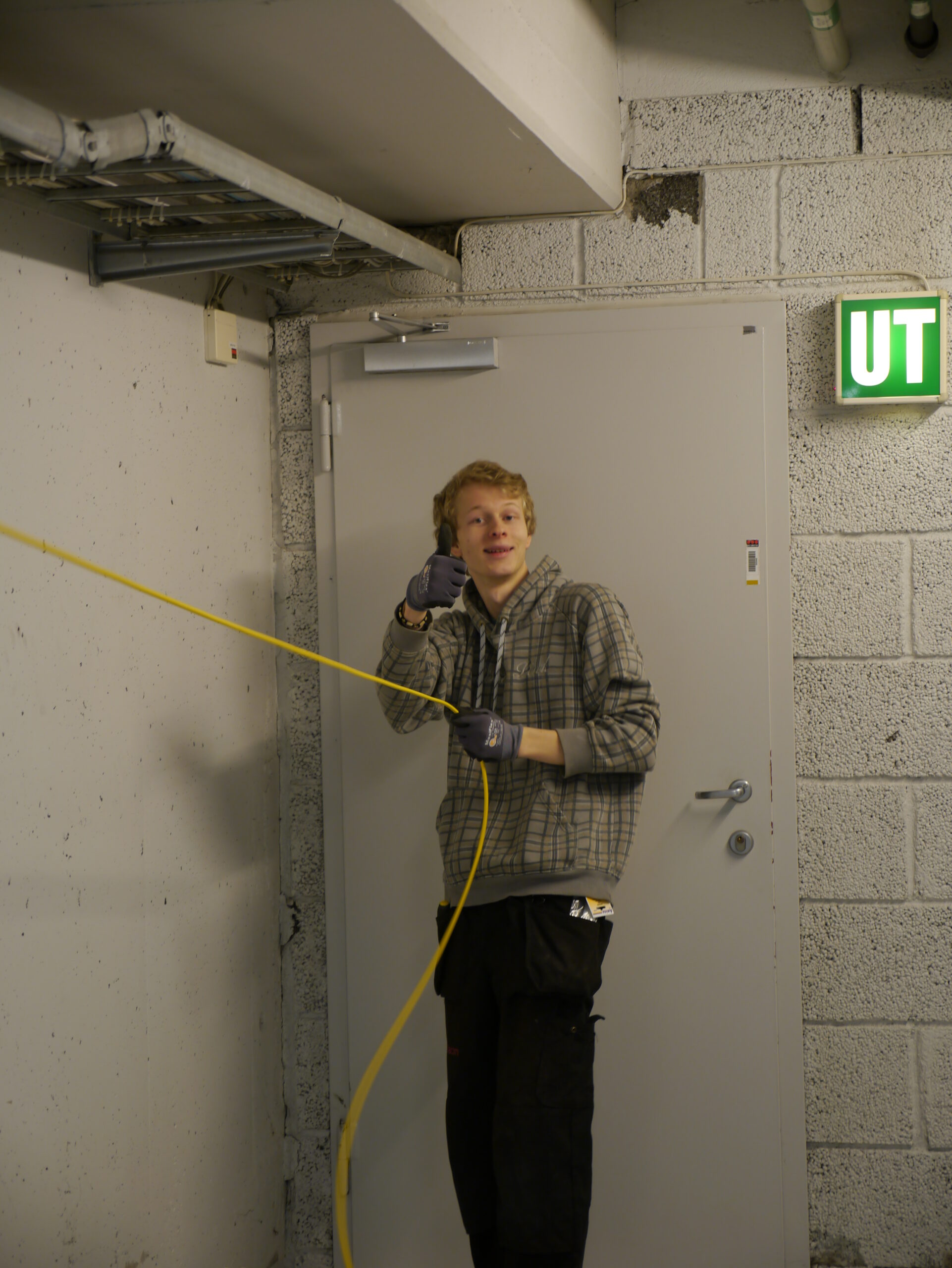
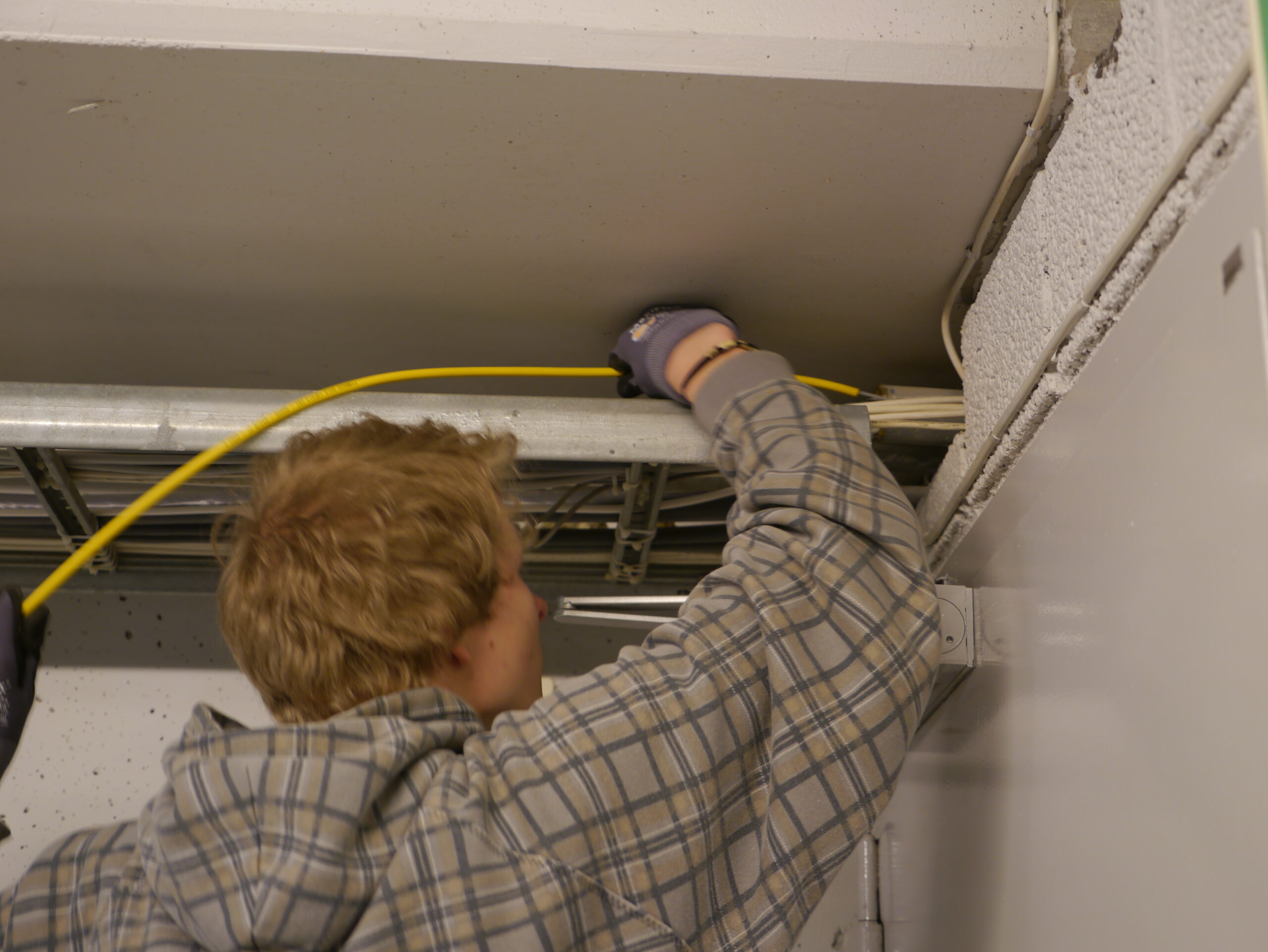
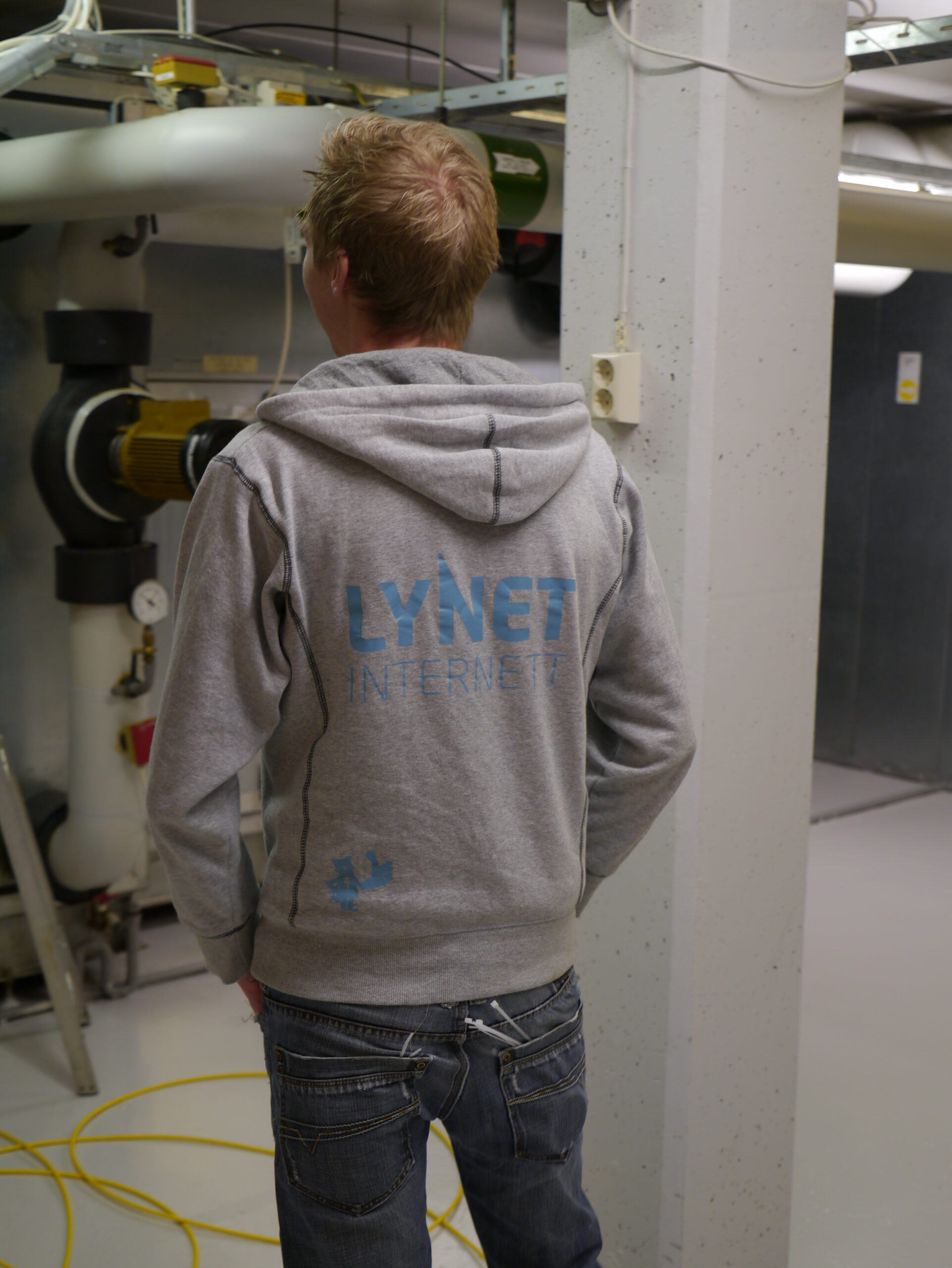
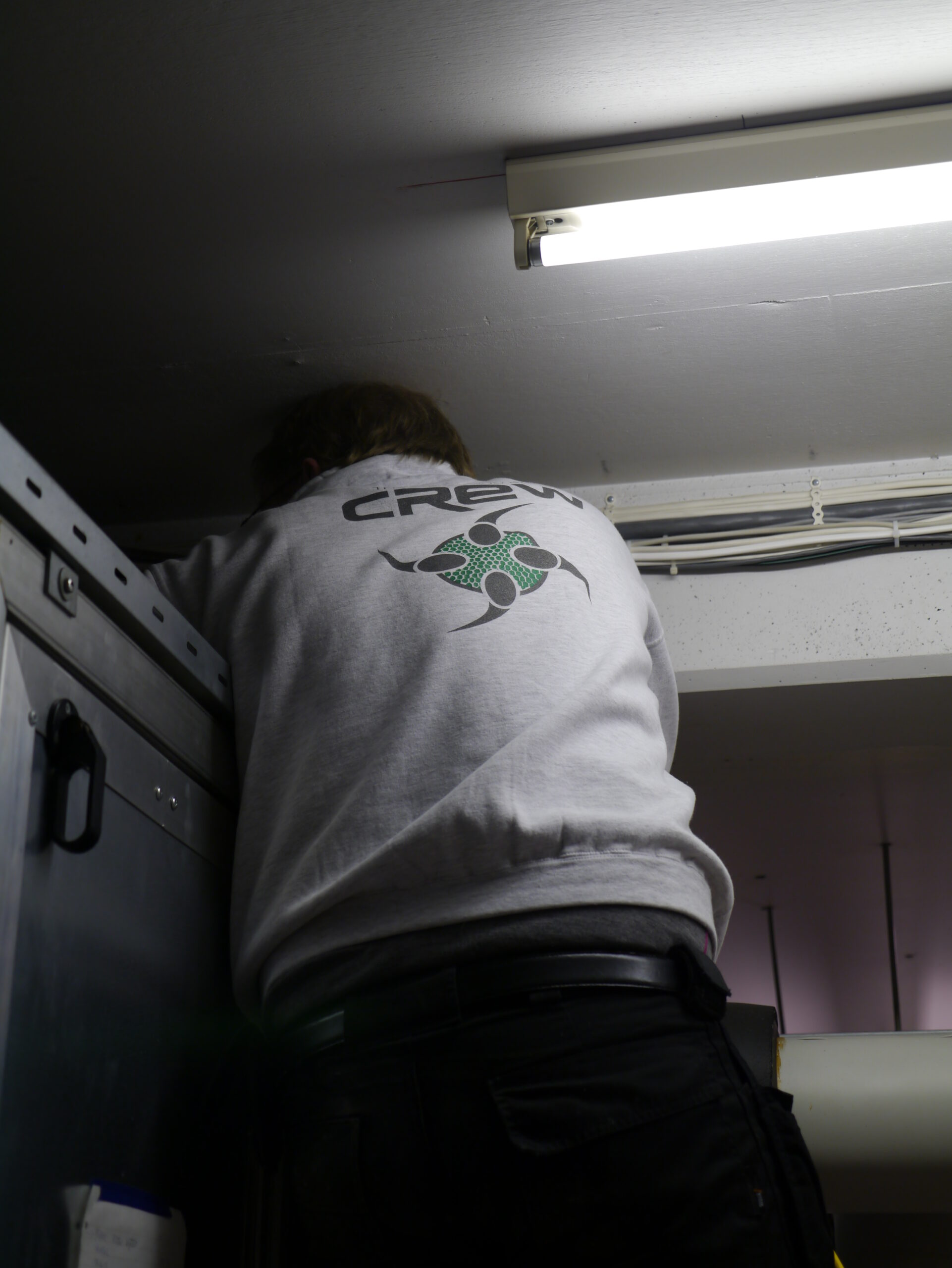
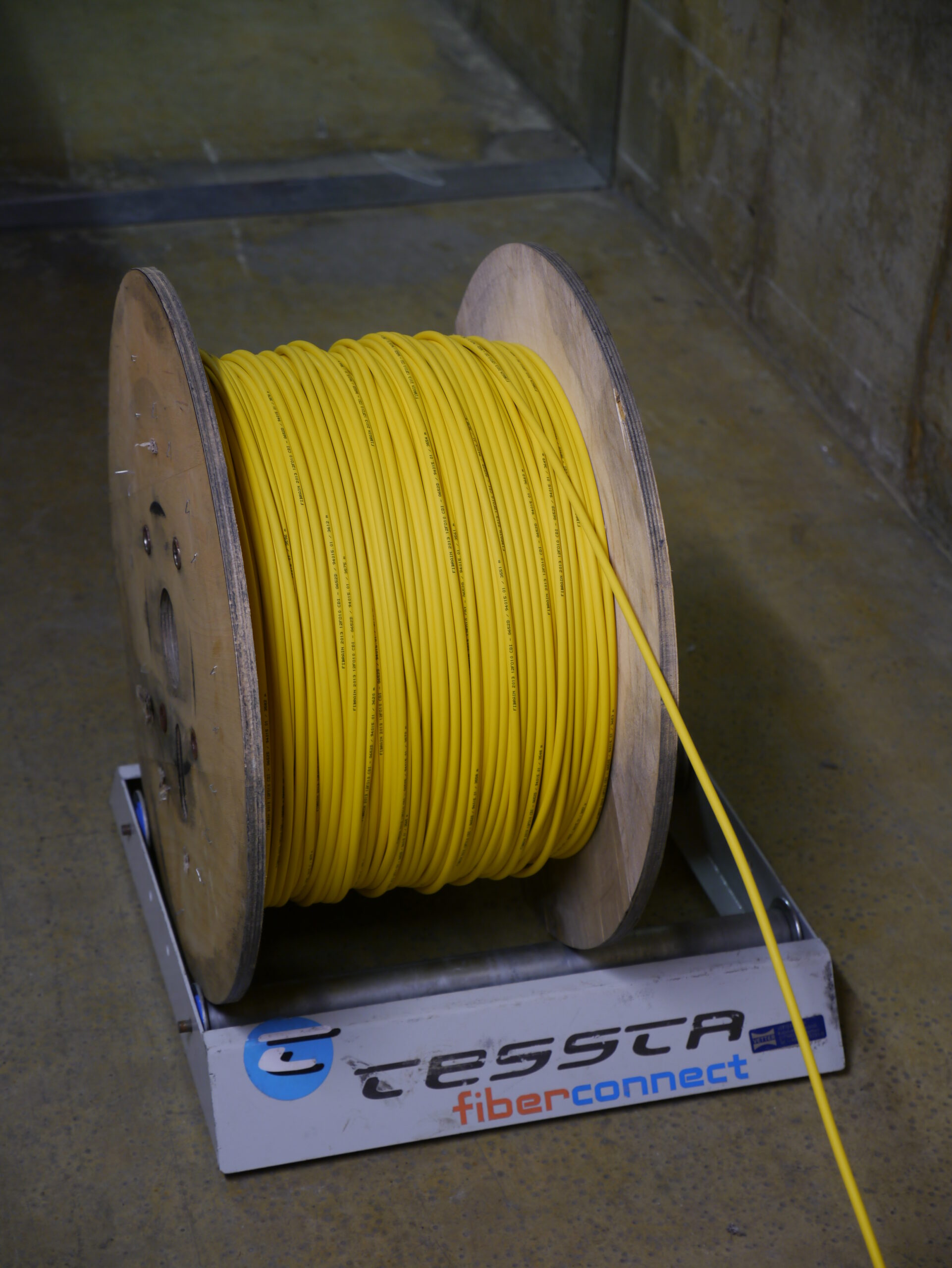
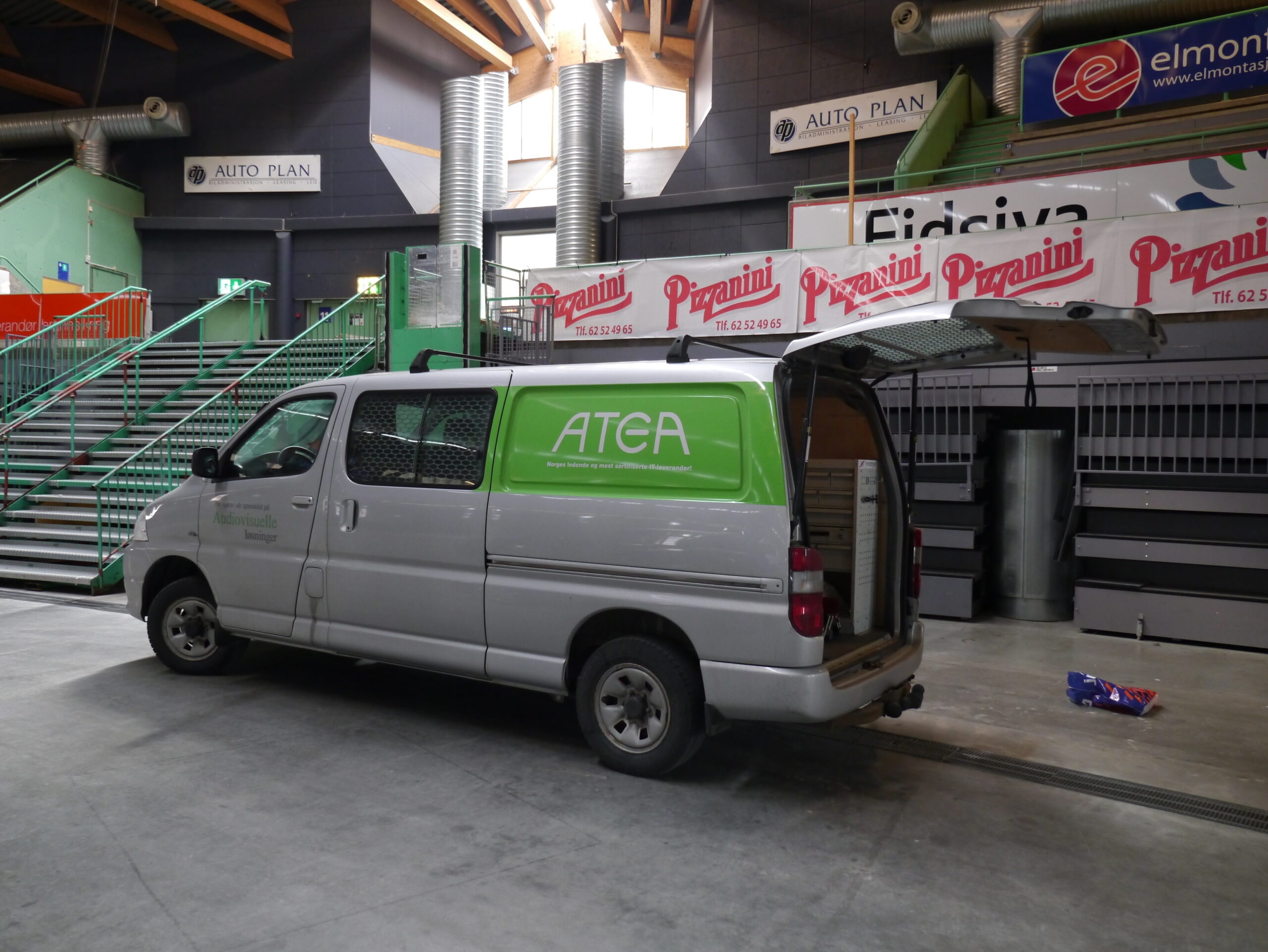
We have been working on improving the infrastructure inside of Vikingskipet.
We started with documenting a lot of cable runs at TG13, and we have between TG13 and TG14 been laying plans for how to make the situation better for not only TG14, but for years to come.
One part of the planning was to visit Vikingskipet and map the cable runs in January, to see how and where things are – and to better map the needs.
After that we had a design meeting which lead to the design we landed on:
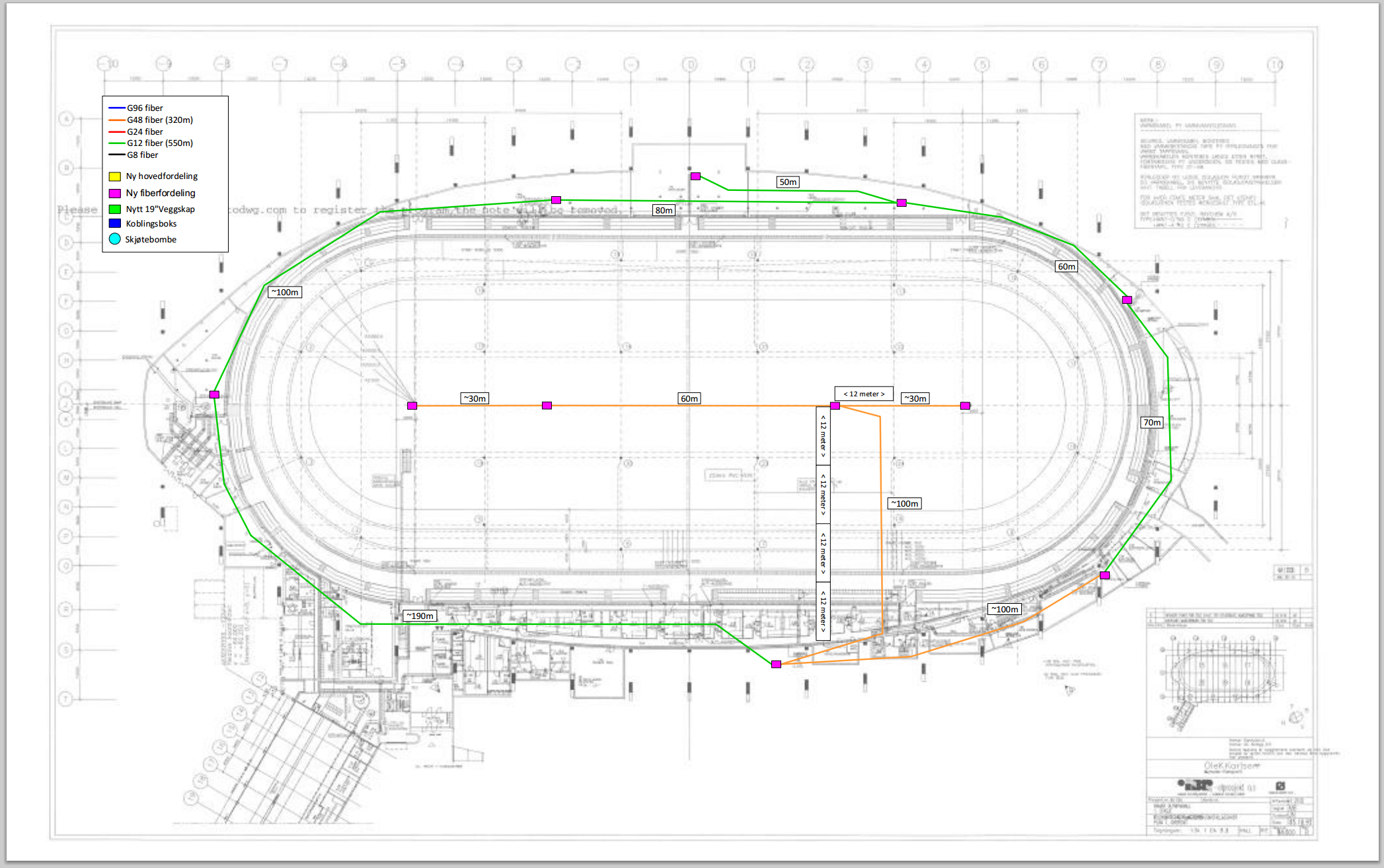 (This is not the final version.)
(This is not the final version.)
Based on the design we could calculate how much equipment we needed. And we started to call around to find the best prices. When we landed on a minimum cost of the installation we got the cost approved in the budget and we could start ordering the equipment.
Quickly after the first and most important batch of equipment arrived (the two cable drums), and we could travel up to Hamar to start the installation.
We have completed the first of two weekends of installation. In the first weekend we completed all the cable runs, and everything is ready for the next weekend – when we will weld the fiber optics (with pigtails) and install them in duplexes into ODF’s.
The longest run around the hall is 633 meters of G12 fiber (6 pairs) and the most traffic intensive run are 353 meters of G48 (24 pairs). Everything is single mode.
I recommend you to read a bit here if you don’t know what fiber optic cables are:
http://en.wikipedia.org/wiki/Optical_fiber_cable
This is what a typical ODF looks like:

The blue “connectors” is called fiber adapters.
The small cables beneath is the actual fiber, and they are welded onto pigtails:
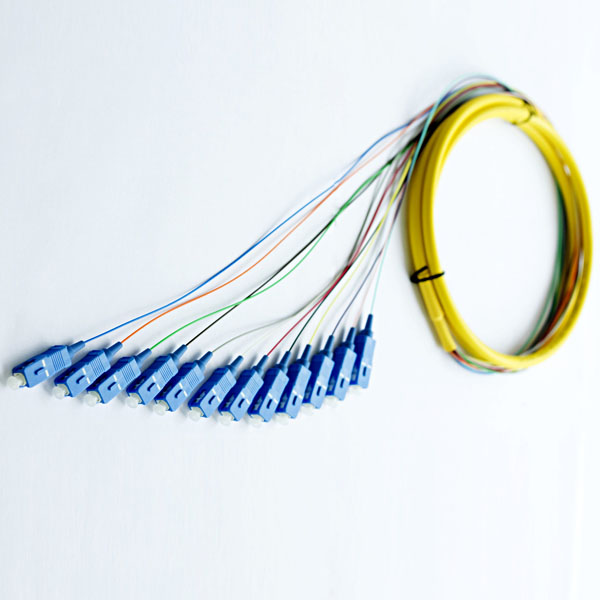 Which is connected into the fiber adapter, which also could be called a extender.
Which is connected into the fiber adapter, which also could be called a extender.
The reason why we say G12 (6 pairs) is because most fiber optic installations there’s one single fiber for Rx (receive) and one single fiber for Tx (transmit). There are possibilities to actually run Rx and Tx on one single fiber – the method uses different wavelength for Rx and Tx which requires special optical transceivers which can translate this.
There’s a lot of different form factors for optical transceivers, but the most common today is called SFP (+) – the form factor is SFP and the + indicates that it is 10Gig ready:
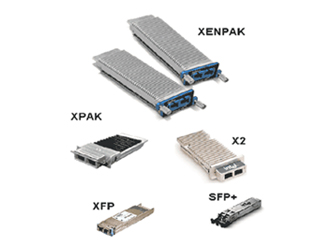
In our setup we have mostly SFP+ and we are running single mode 10G transceivers between all of our nodes.
Most of the permanent infrastructure we already have is either old multi mode, or too few single mode pairs.
With this improvement we are able to run a more redundant setup, we can run more 10Gig connections between many more places and will give us much more flexibility.
Also worth mentioning is that we have purchased MPO cables, which is a G12 single mode cable with one single connector in both ends where you connect cassettes with connectors (they work as a mini-ODF):
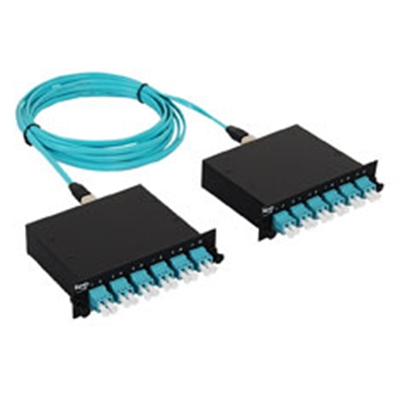
(The MPO cable with MPO connectors to the left and to the right the cassettes).
We will drop these cables from the bridge in the top (roof), this way can we do the cabling down to our distribution and core equipment in no time – at the same time as the cabling is not in the way for anyone.
Beneath are pictures from the first trip to Vikingskipet, where we pulled all the cables through Vikingskipet. Next time is welding time! 🙂
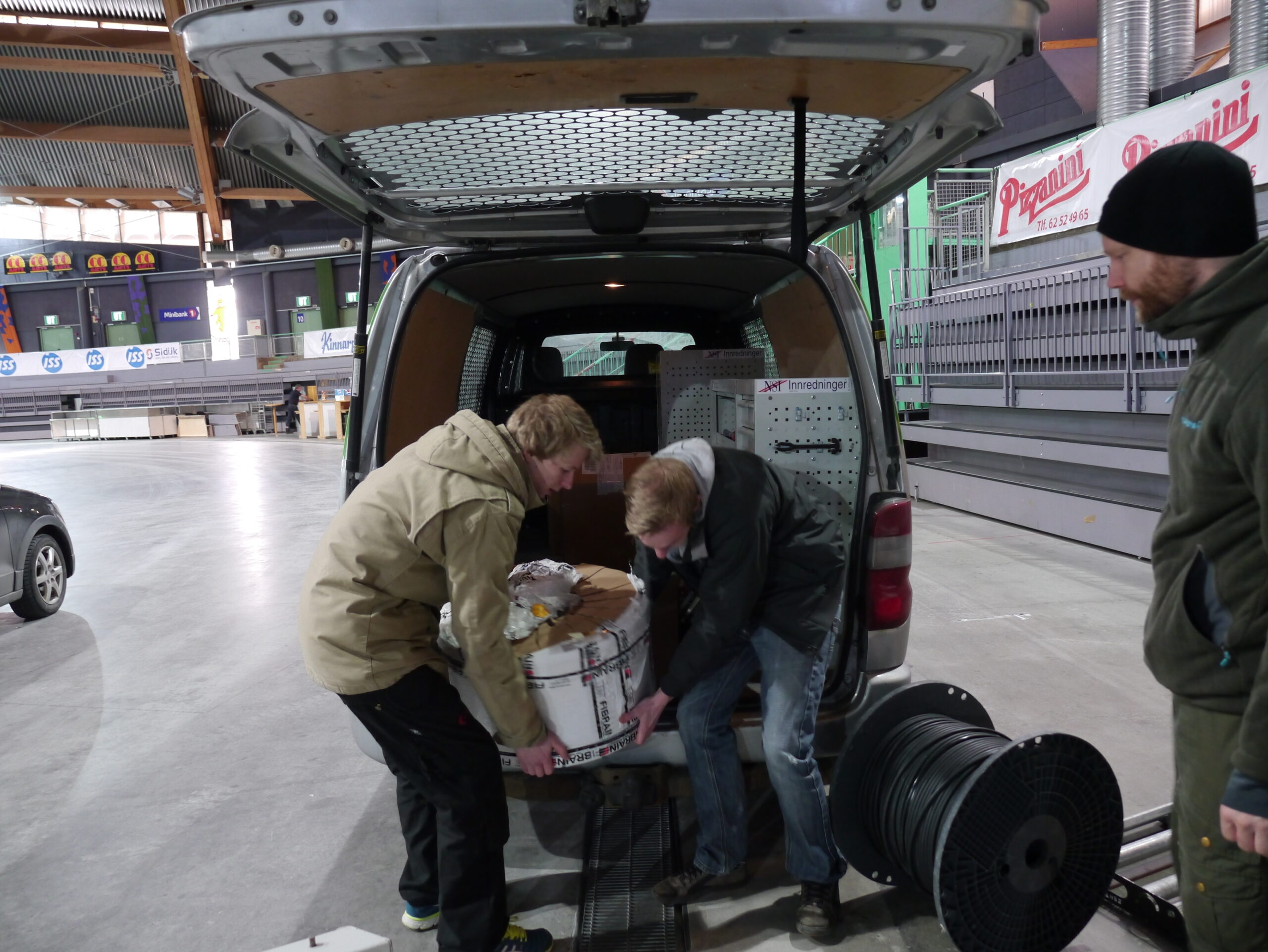
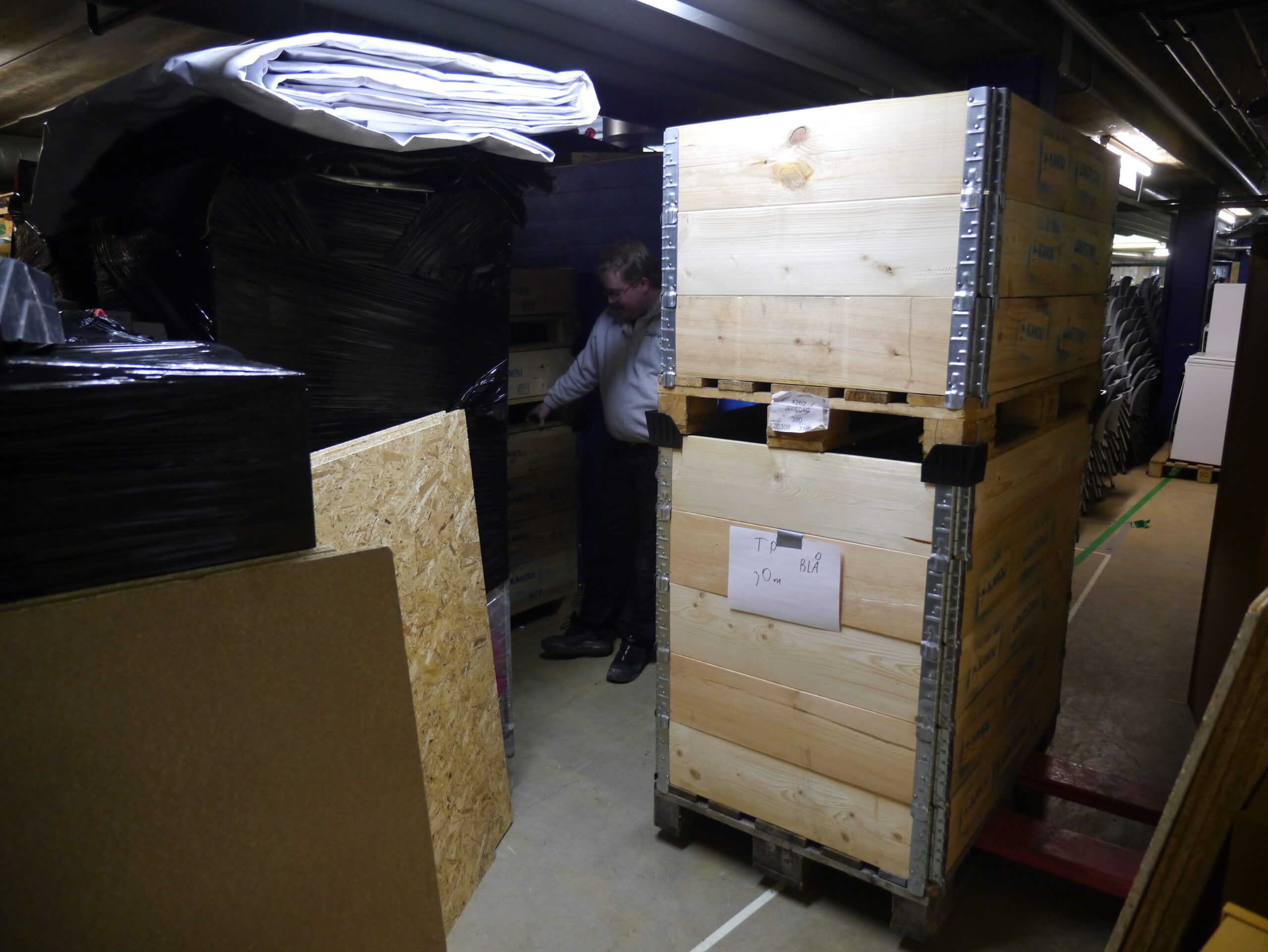
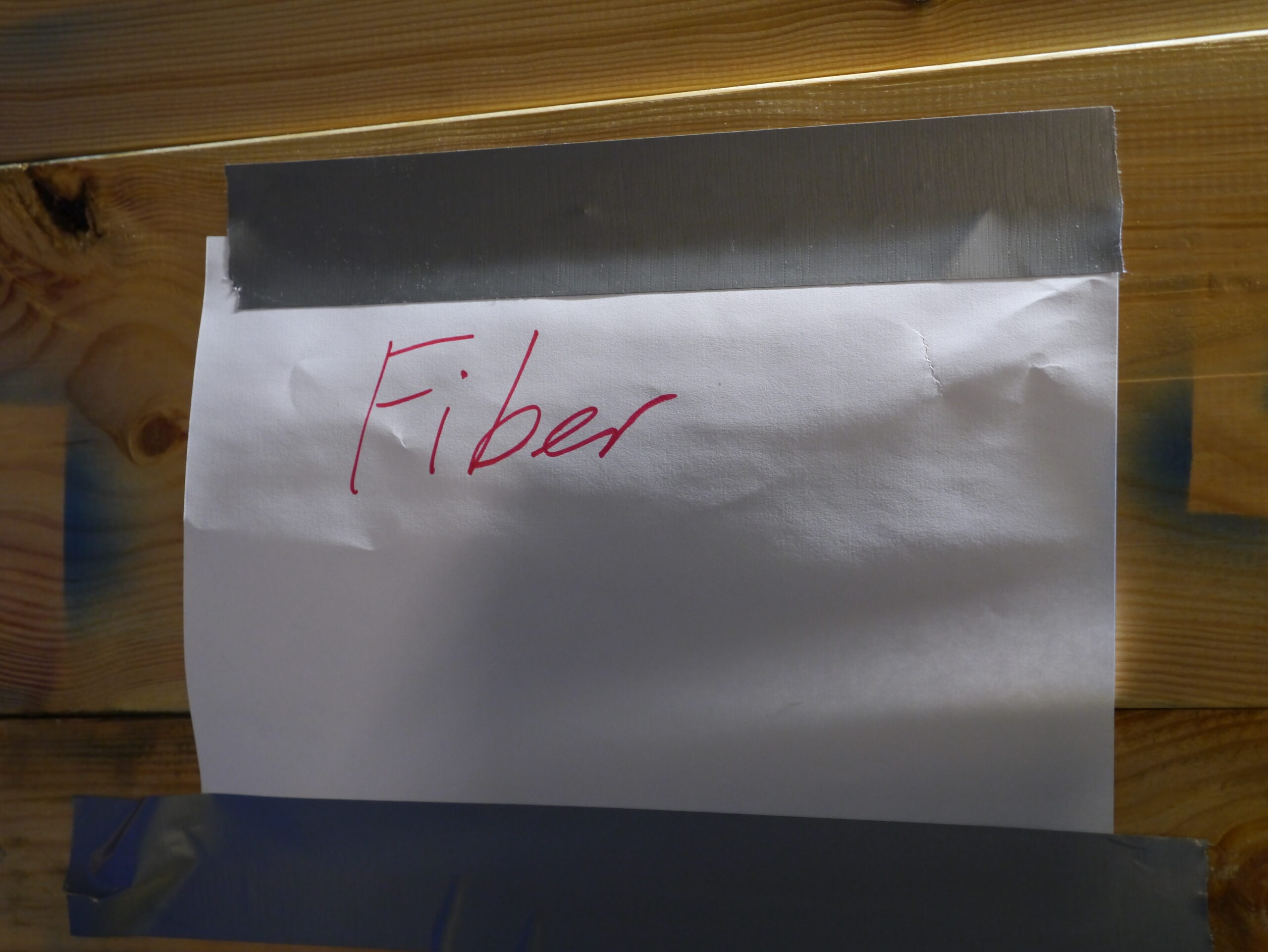
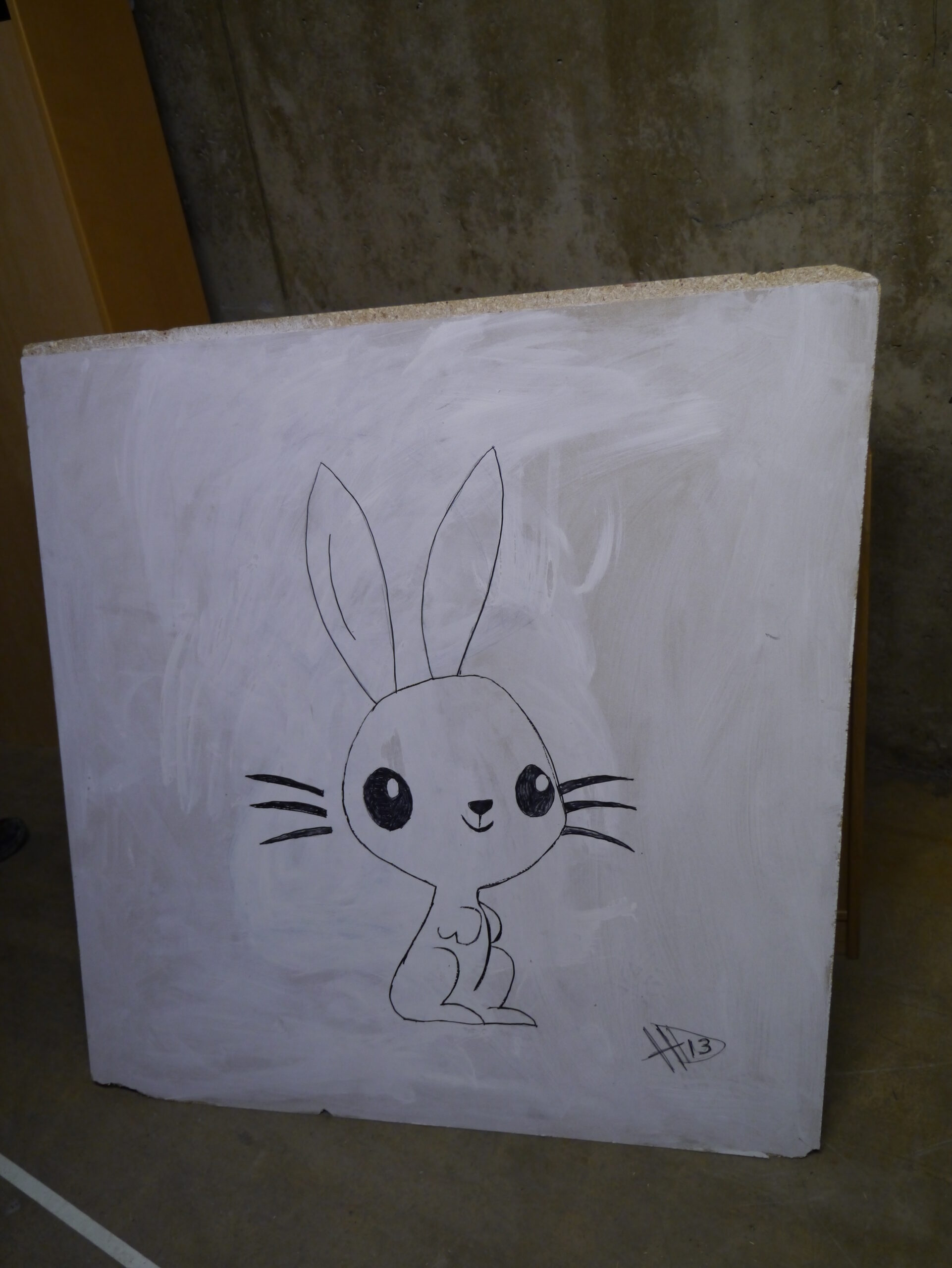
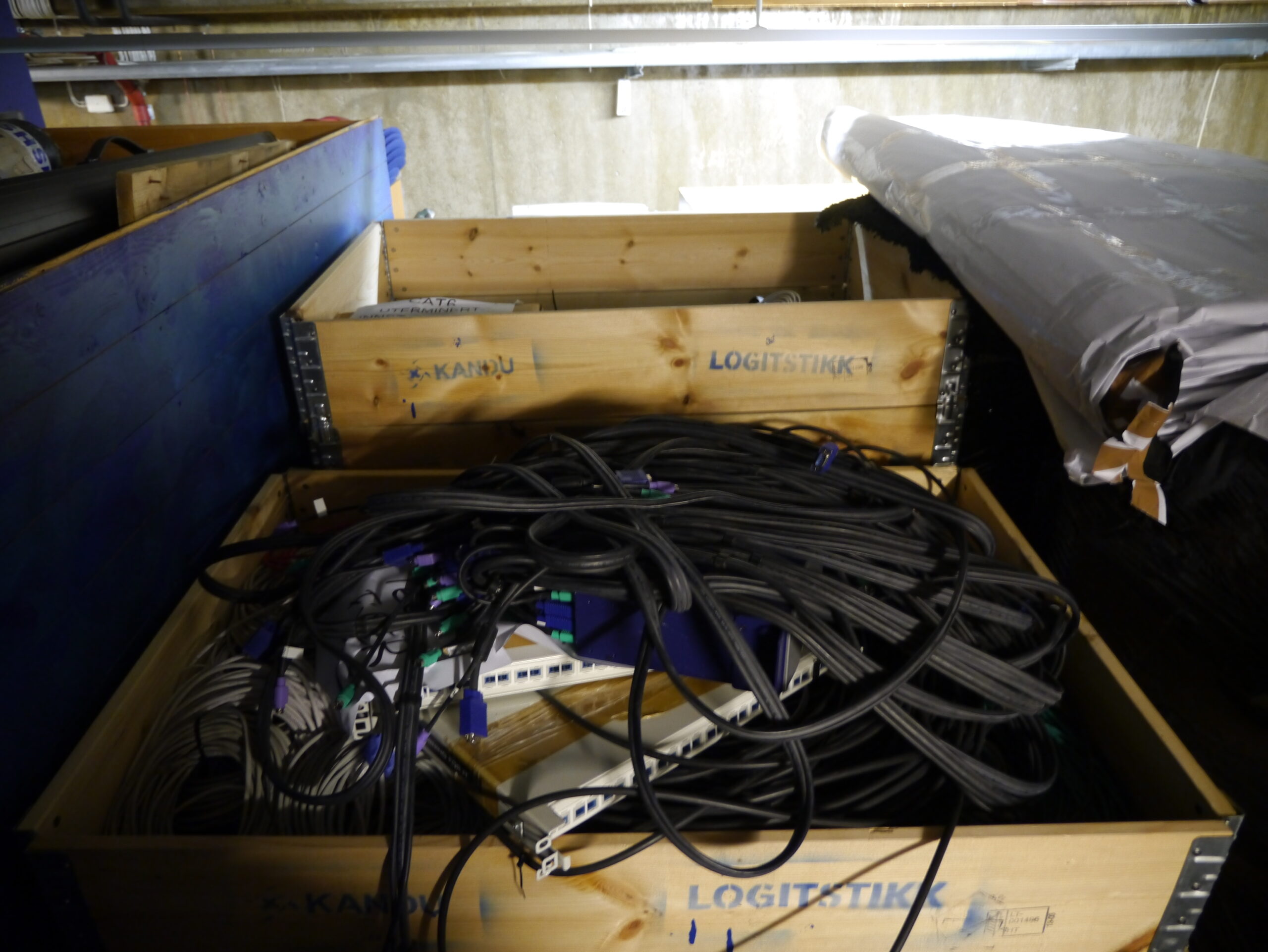
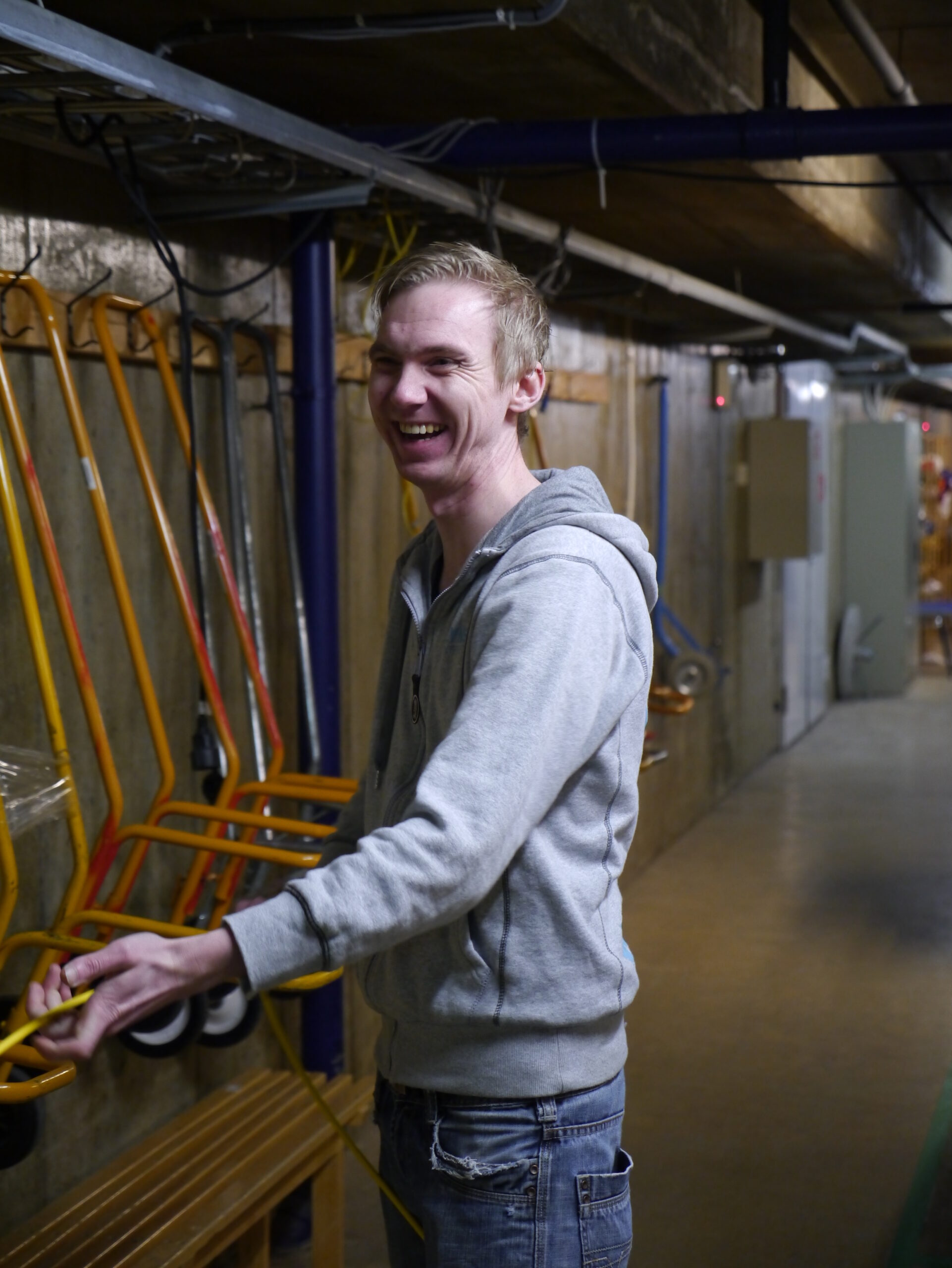
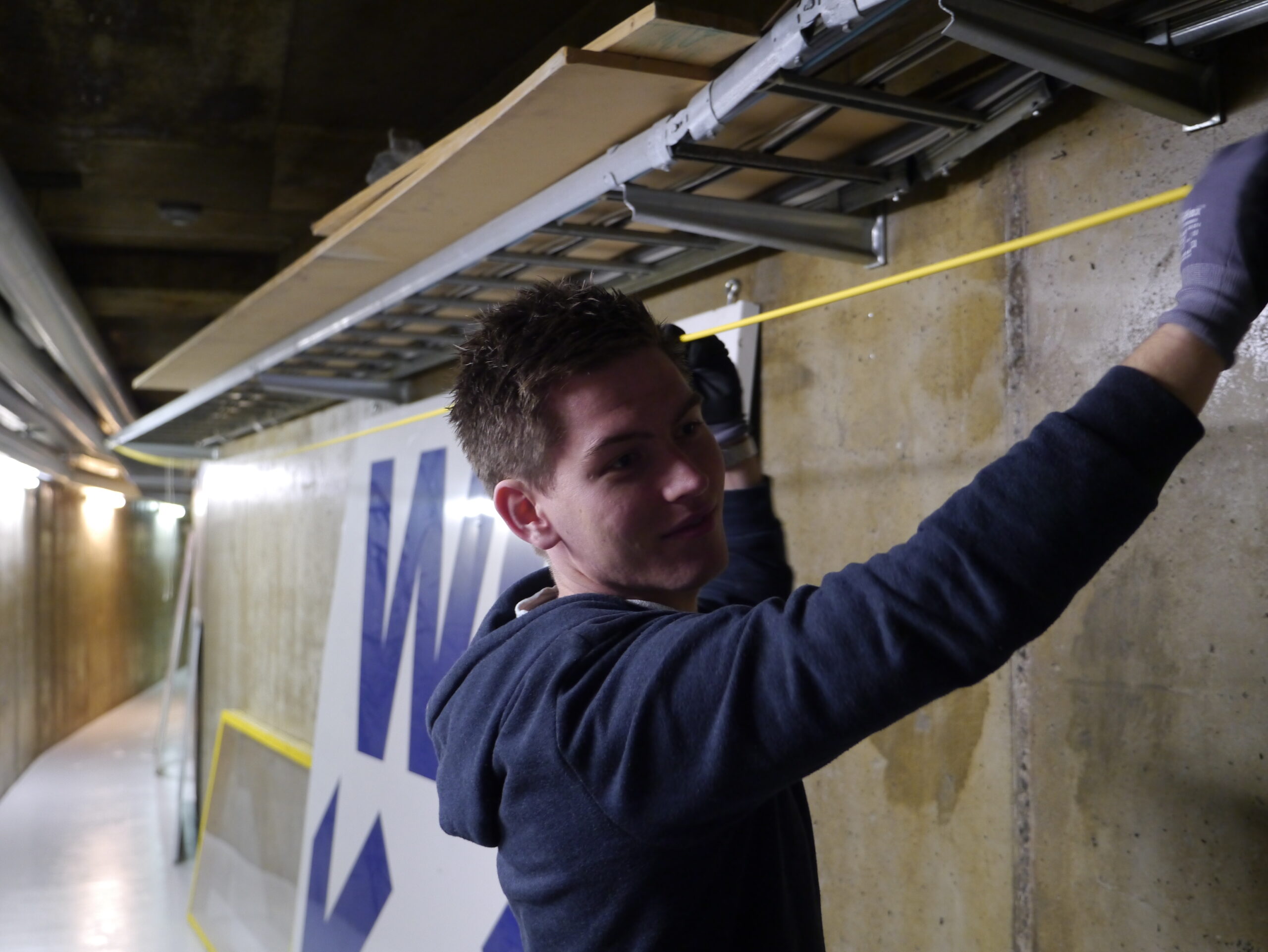
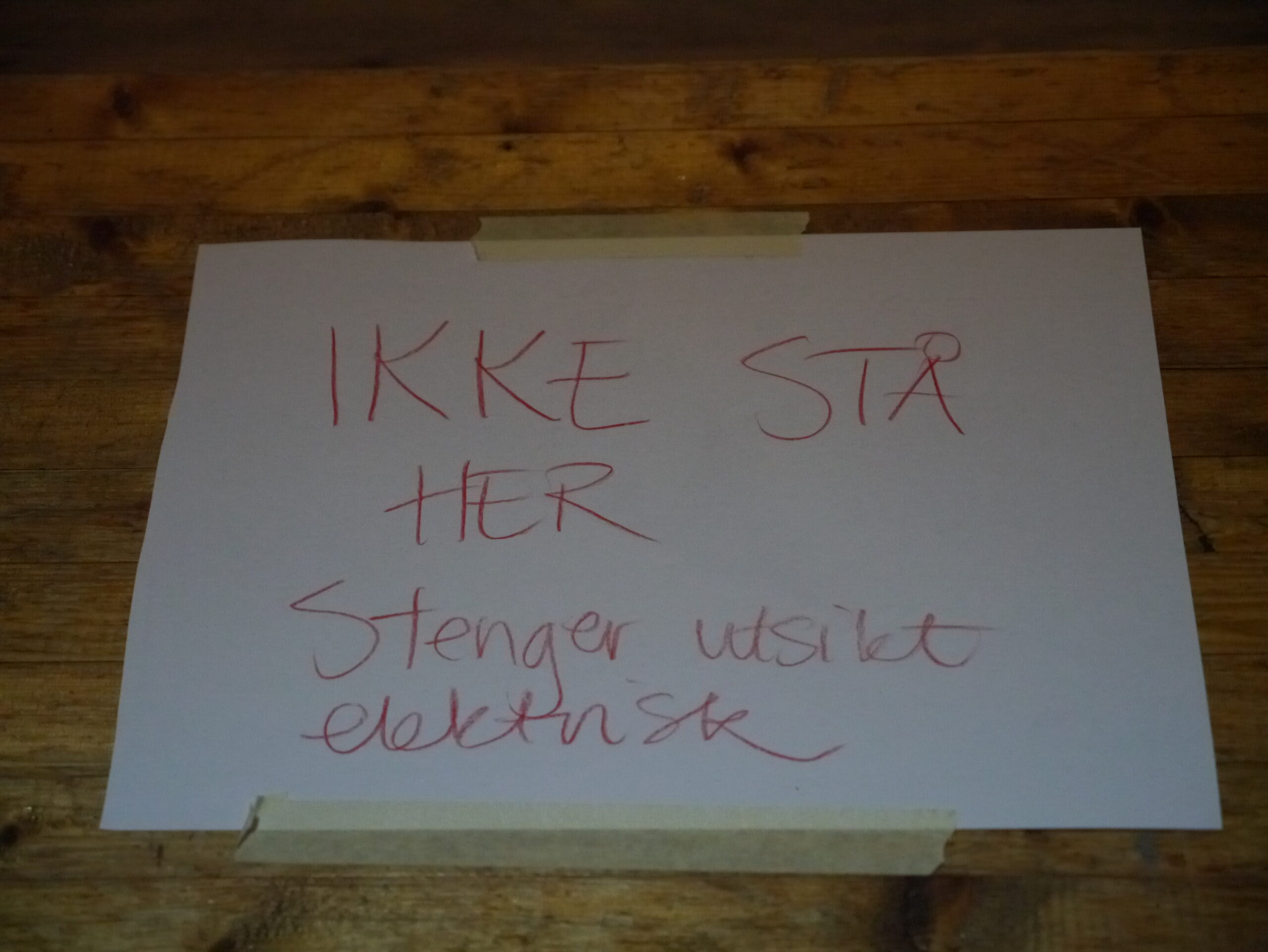
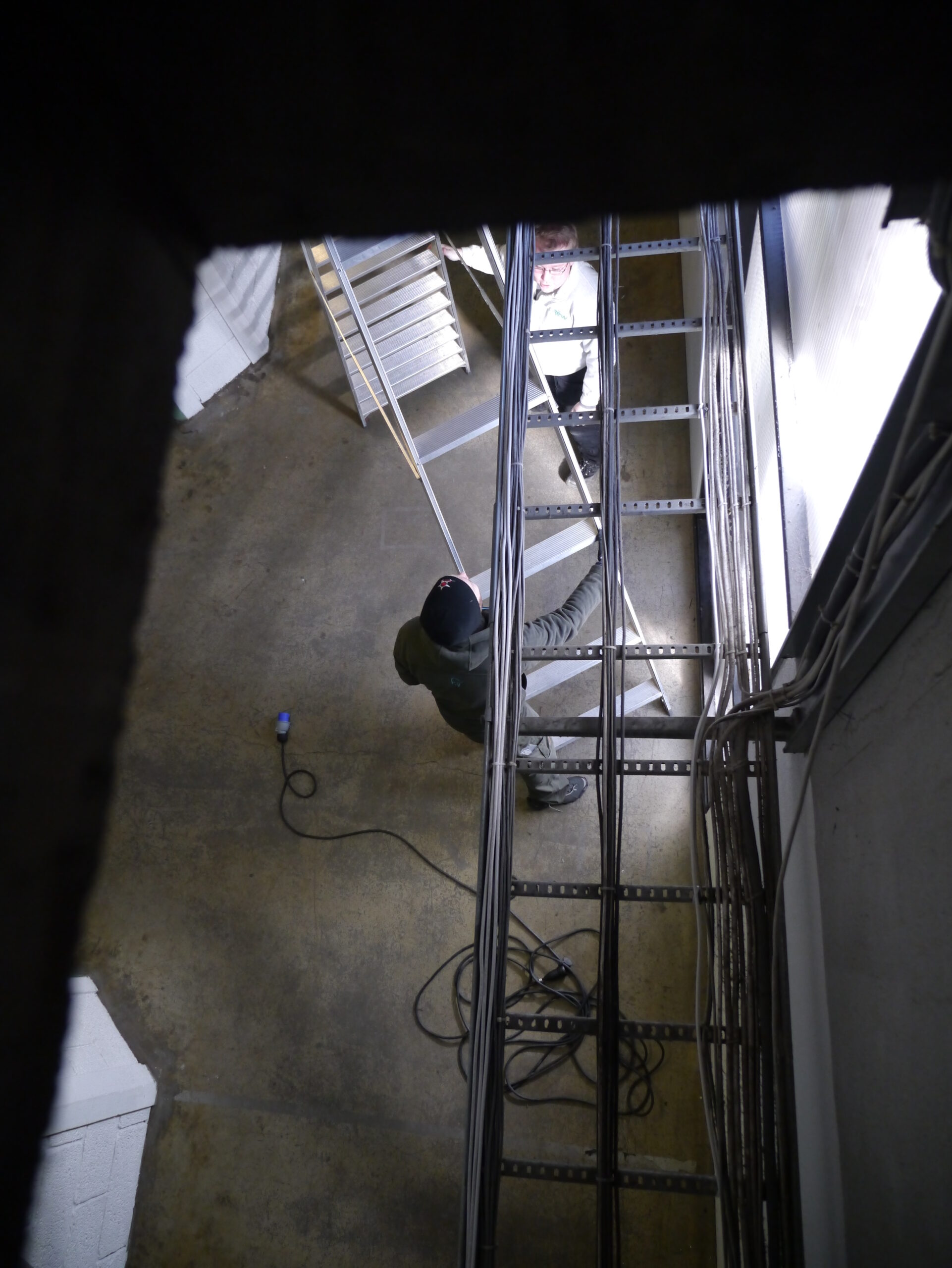
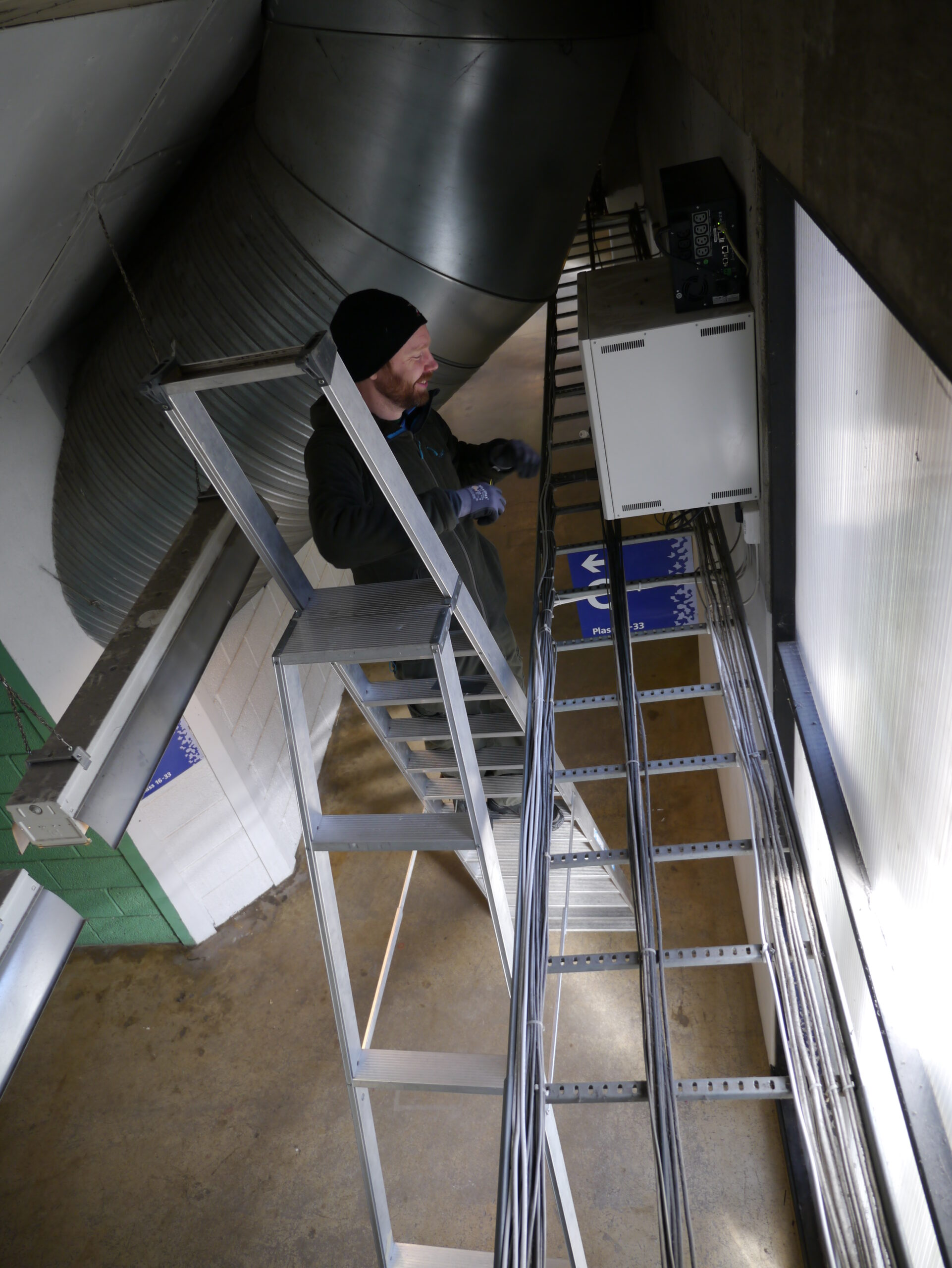
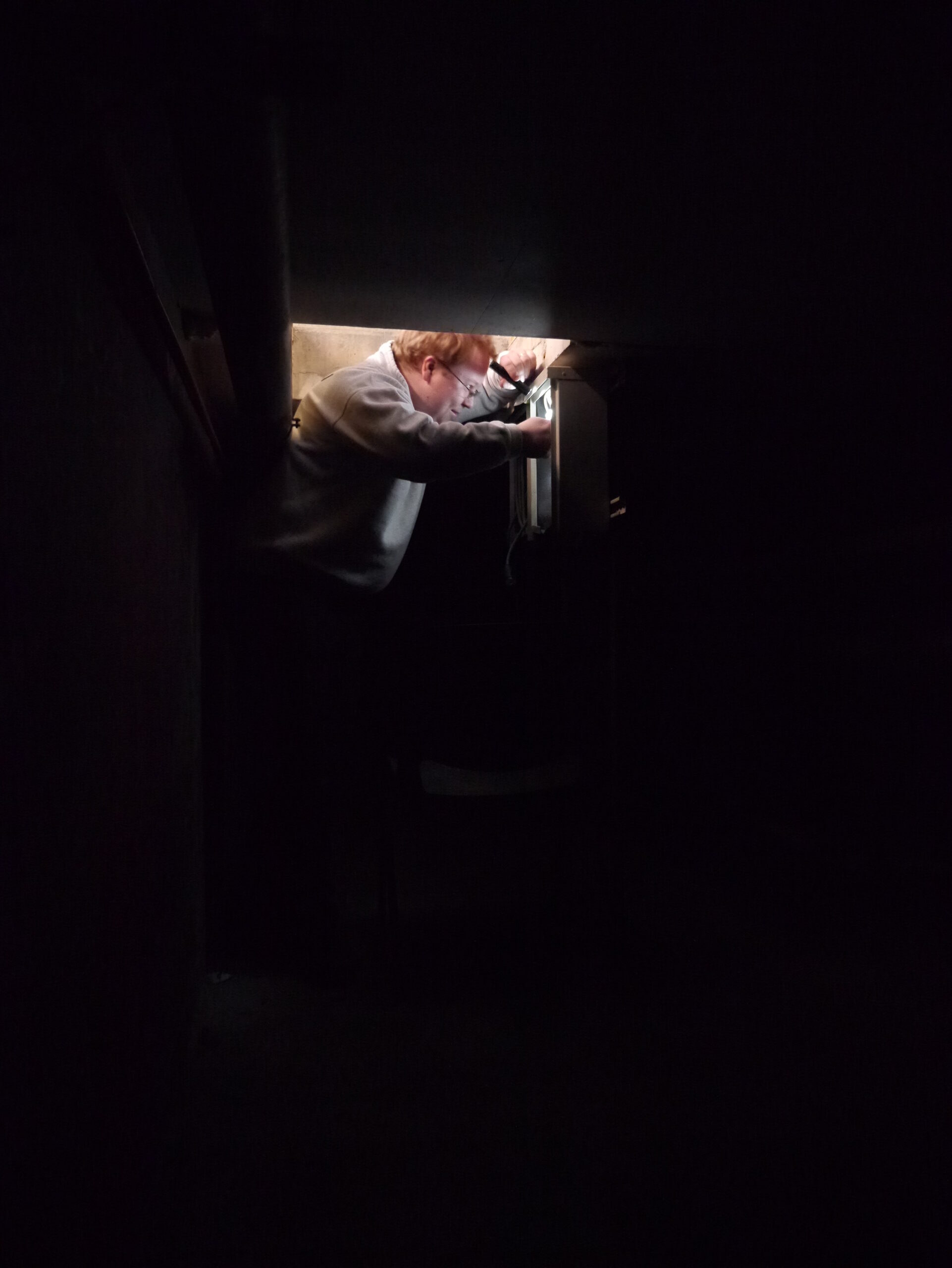
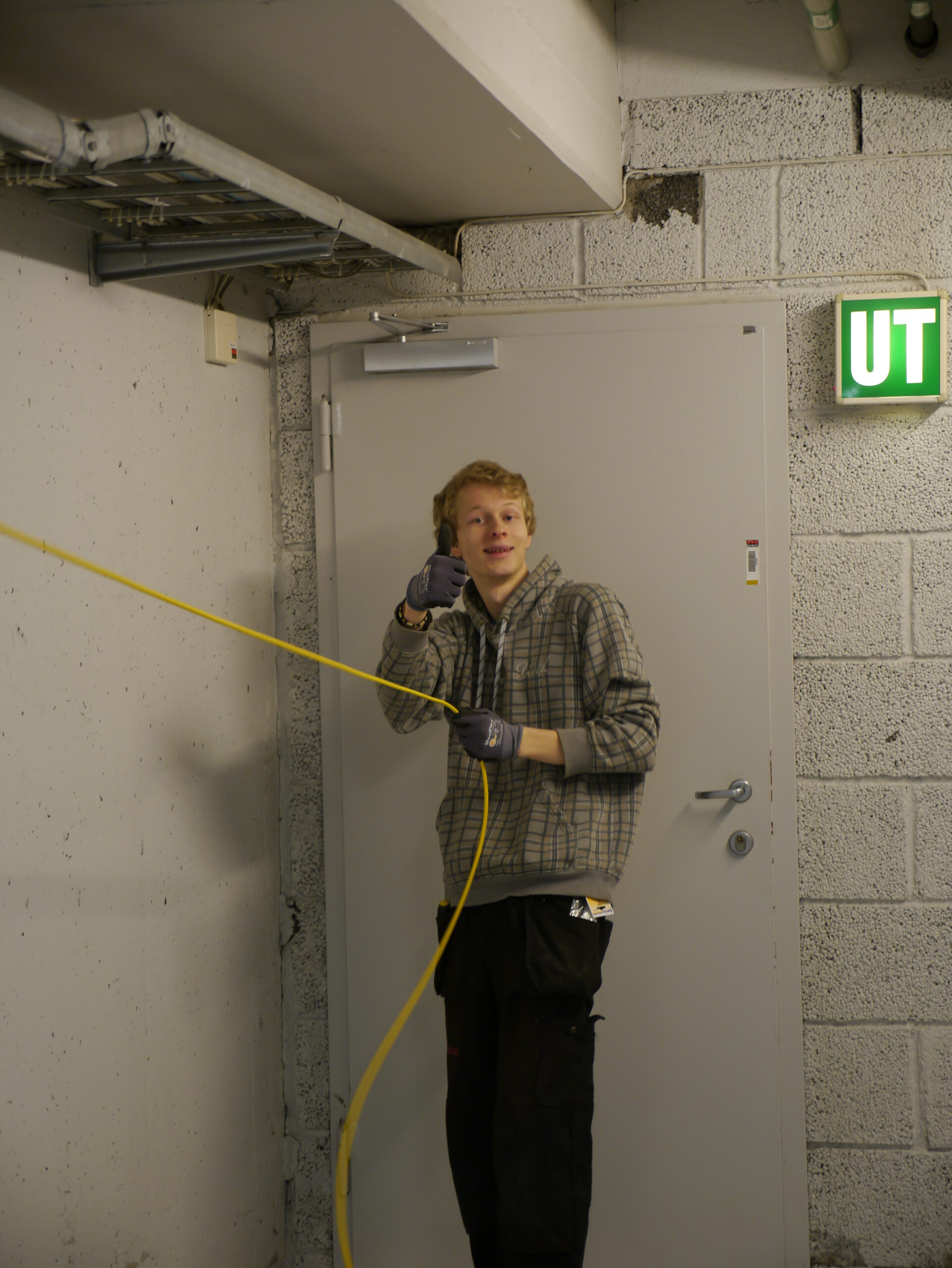
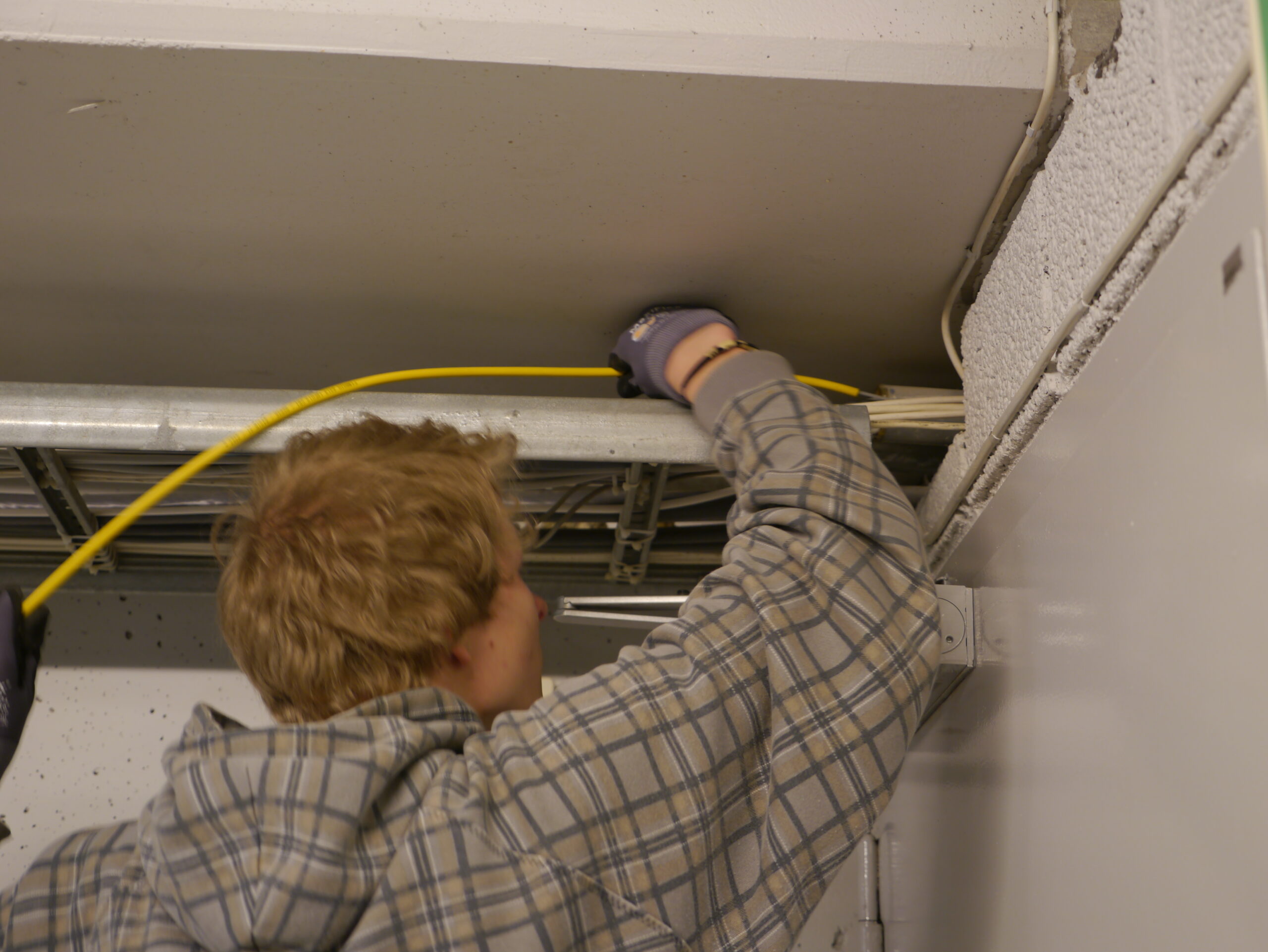
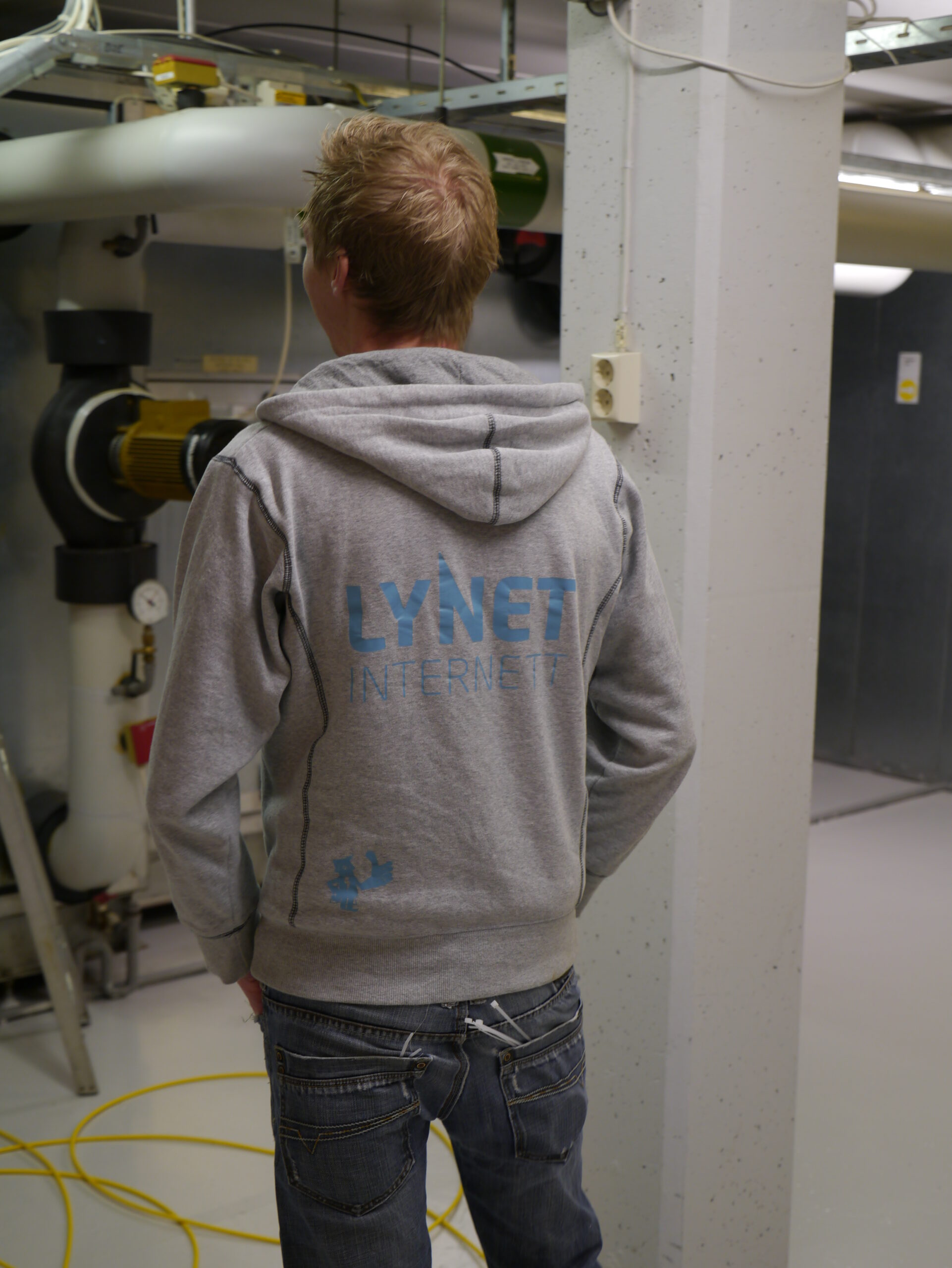
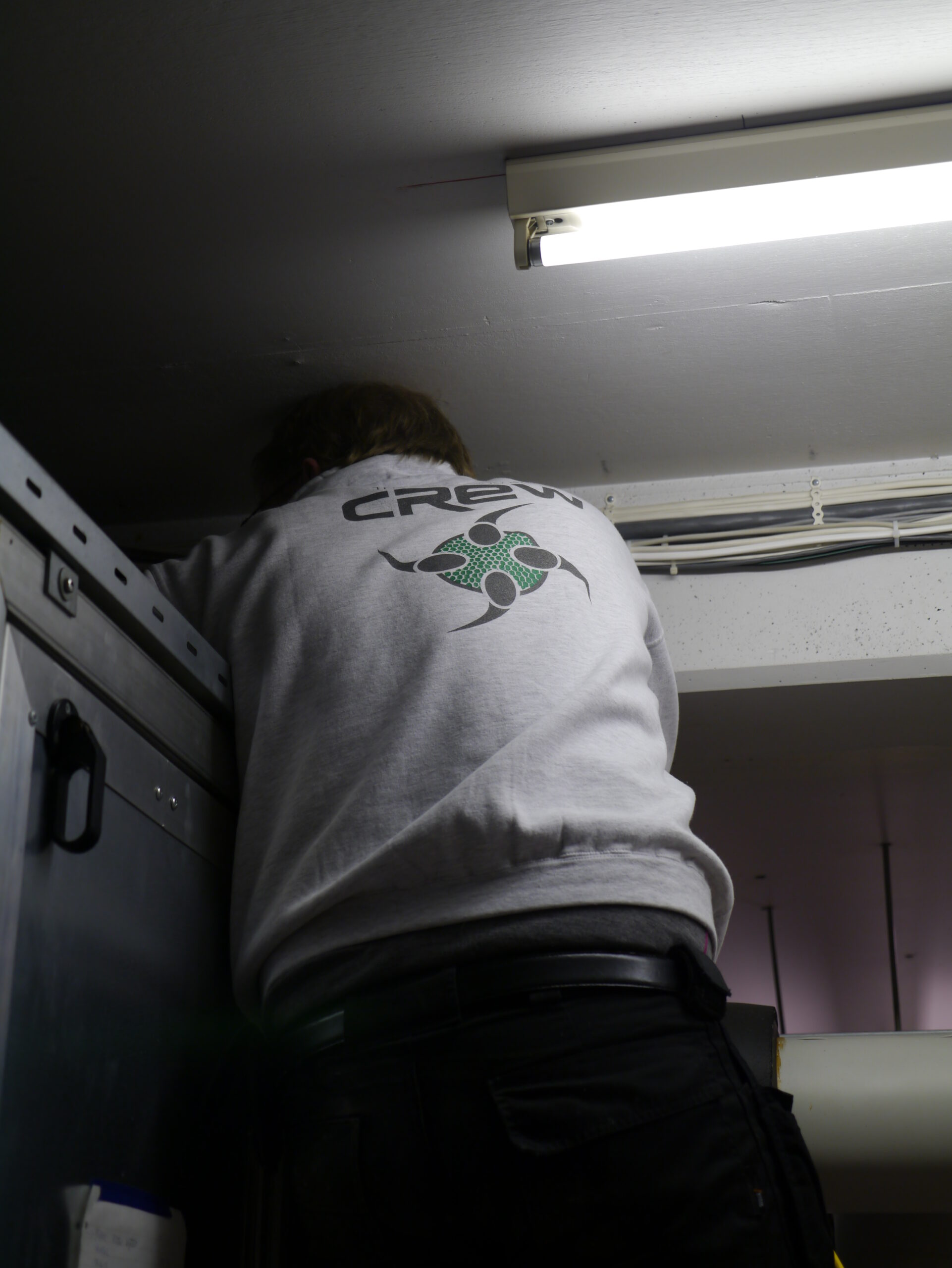
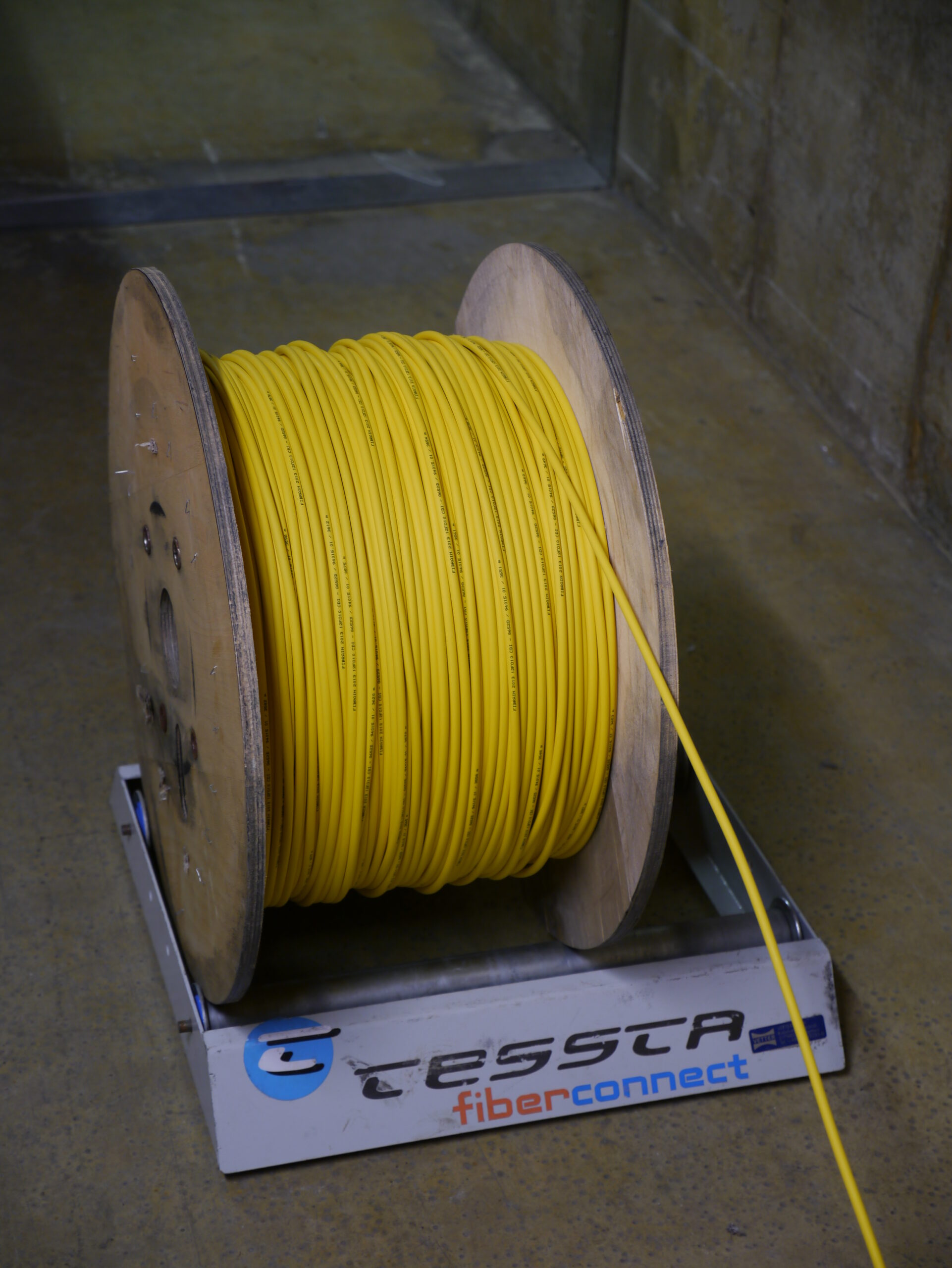
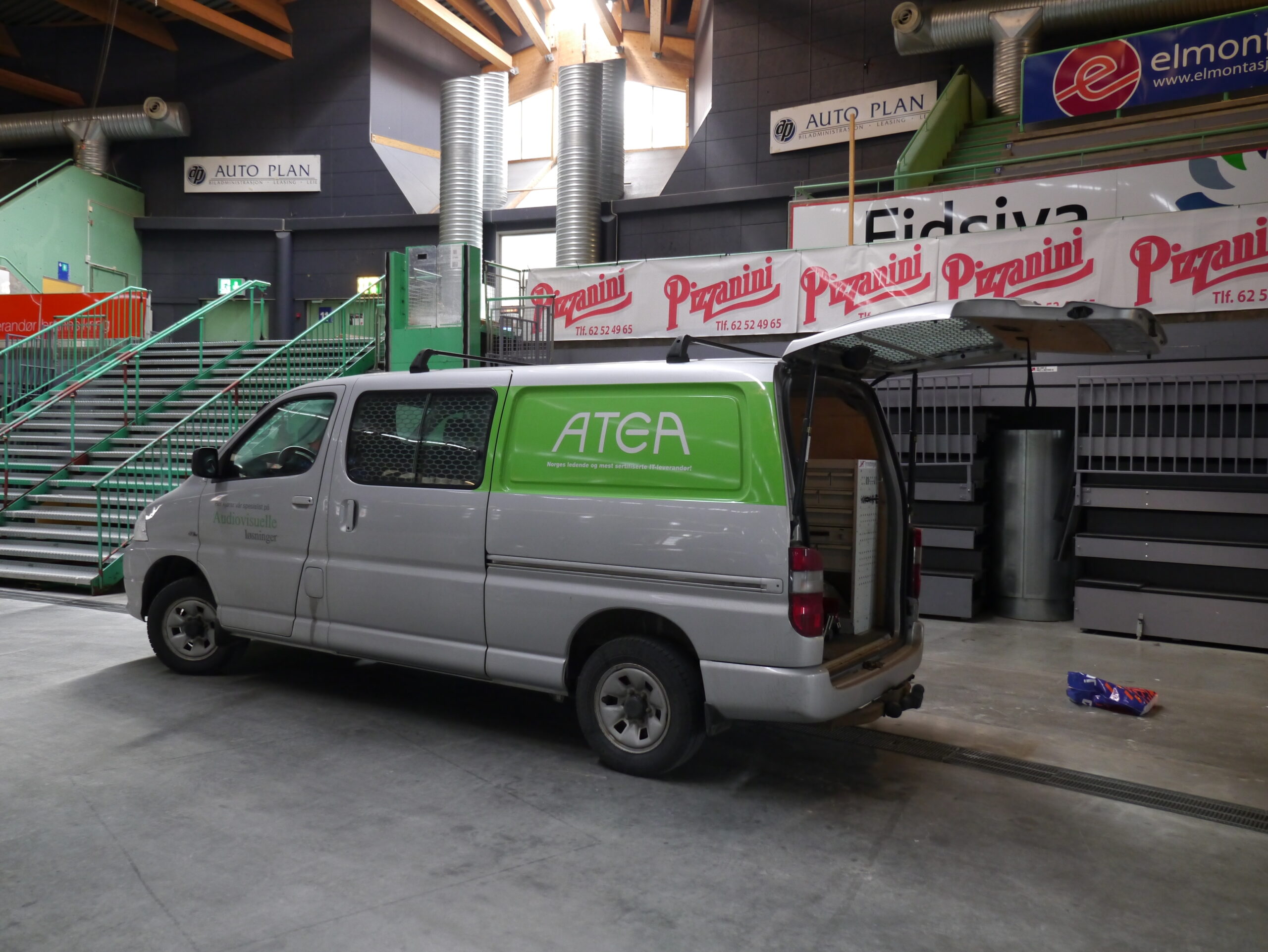
Tech:Net has visited Vikingskipet for a cable inspection…
We reveal some of our… less important findings:
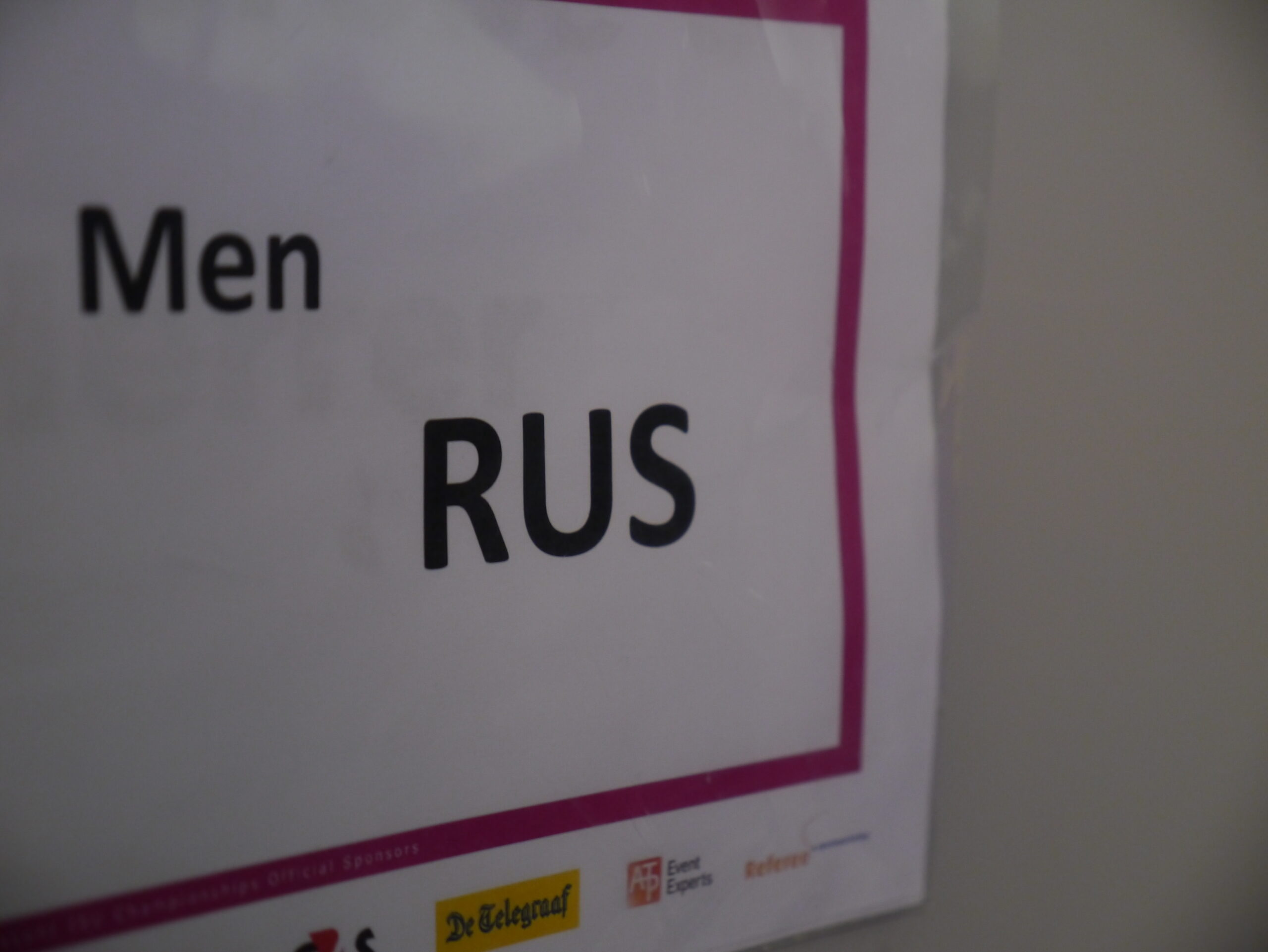
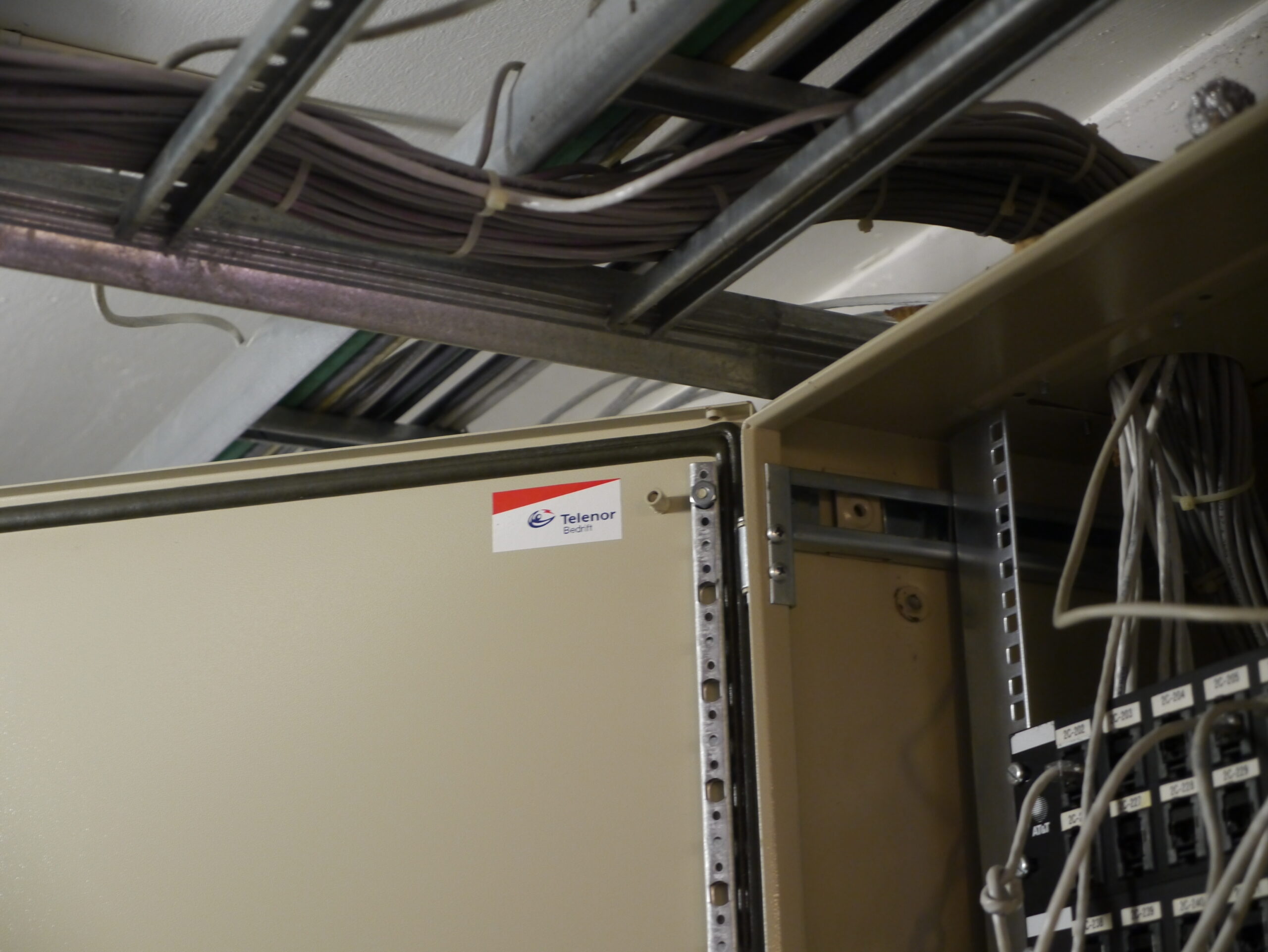
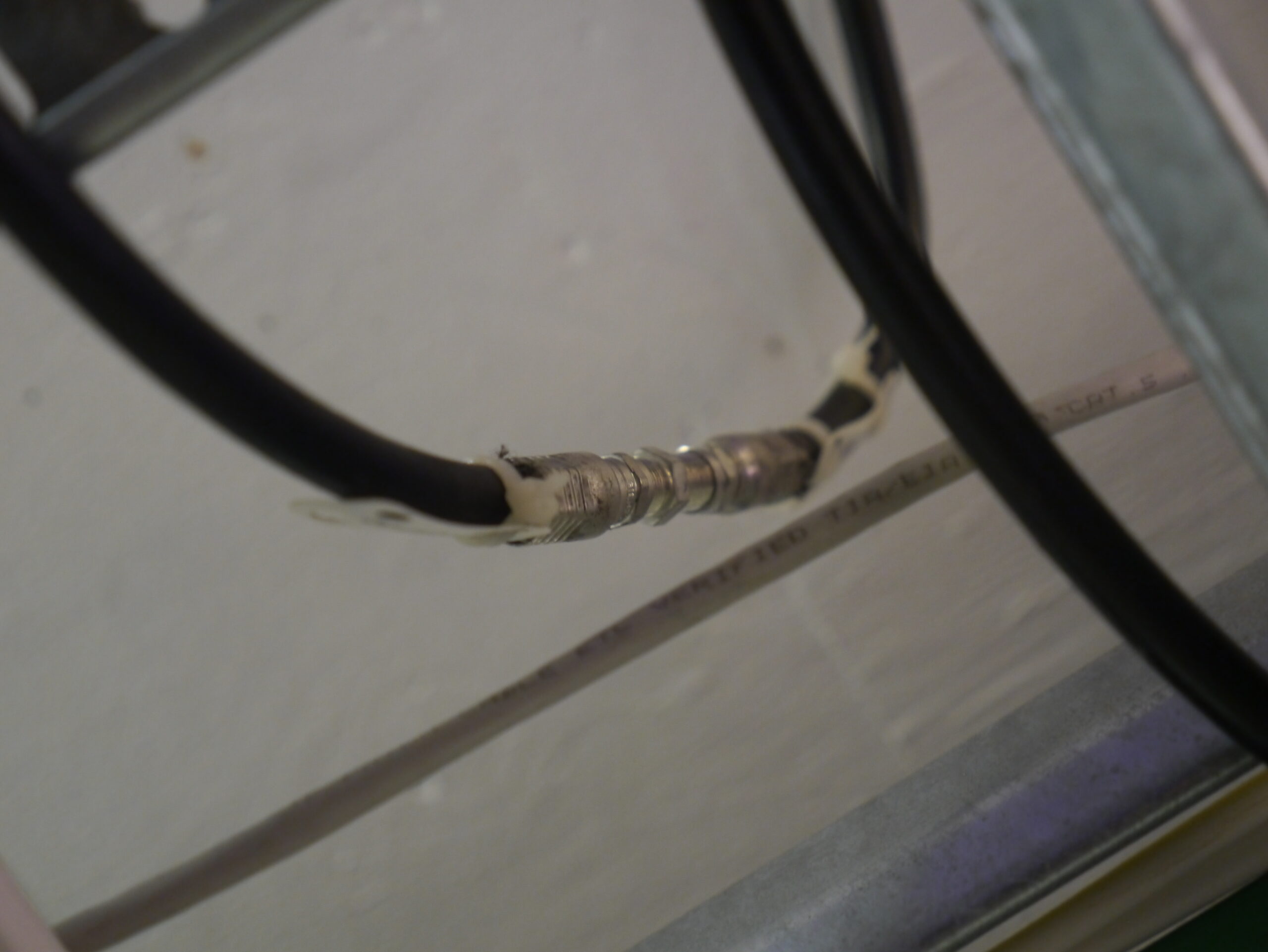
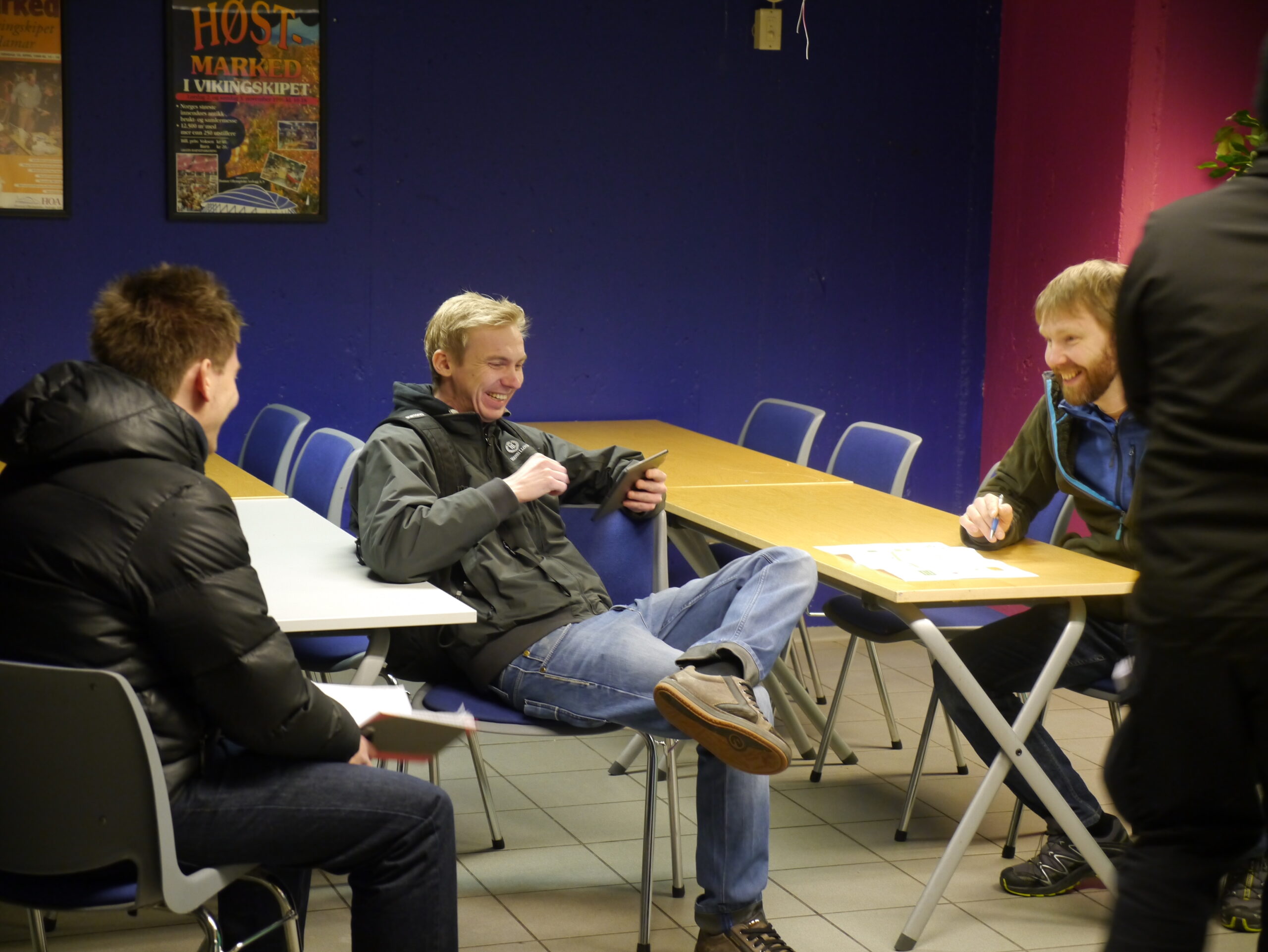
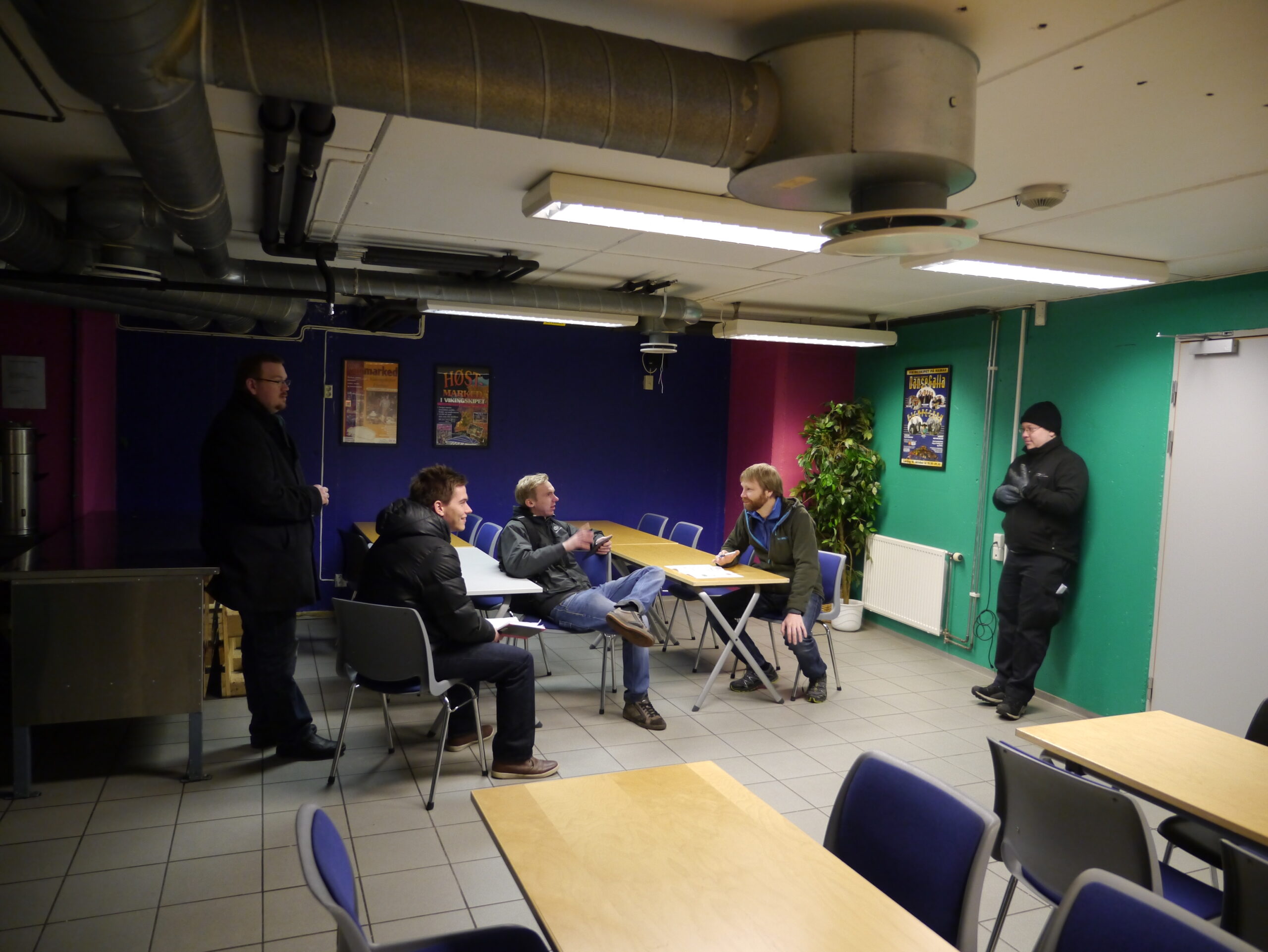
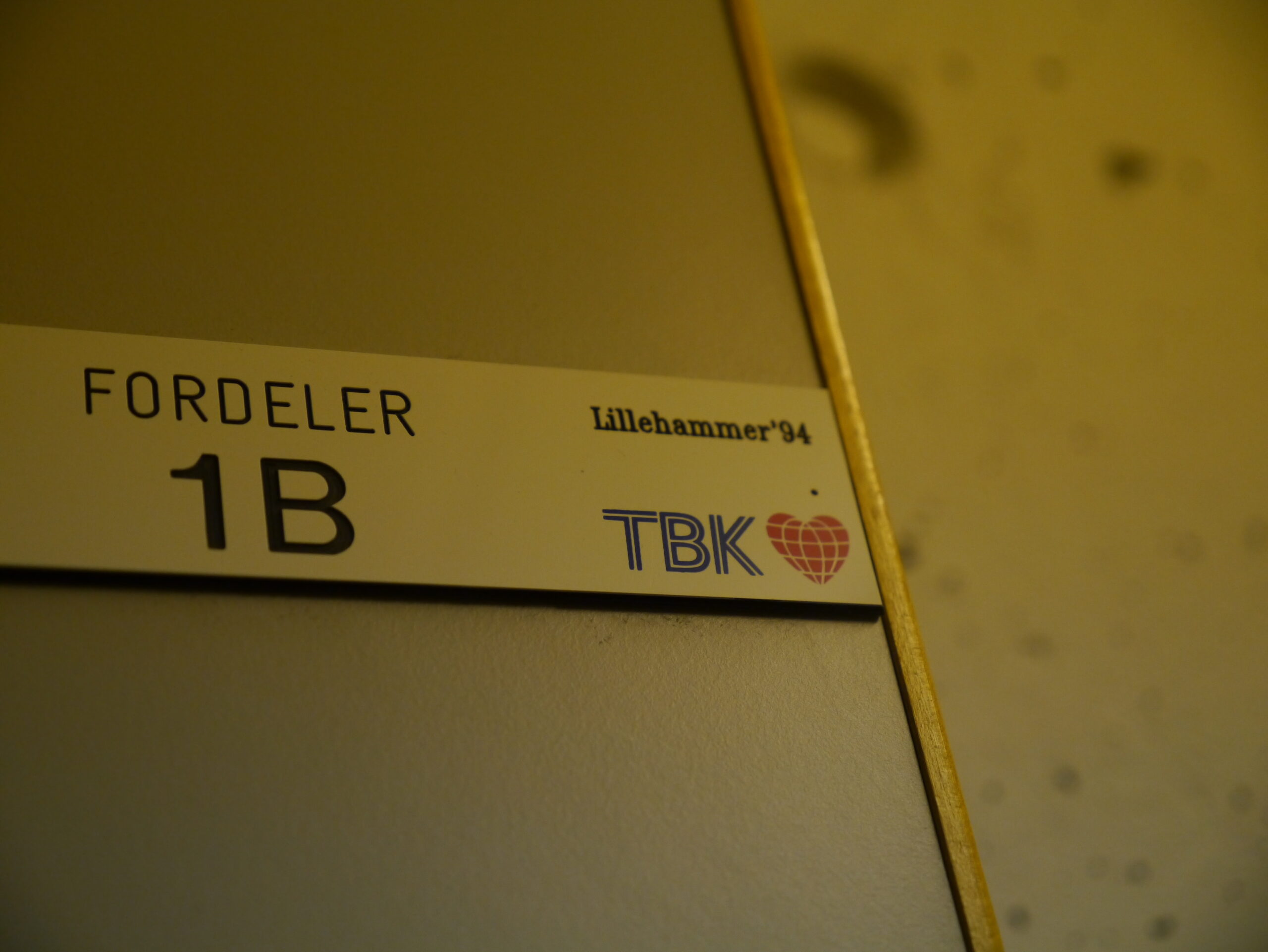
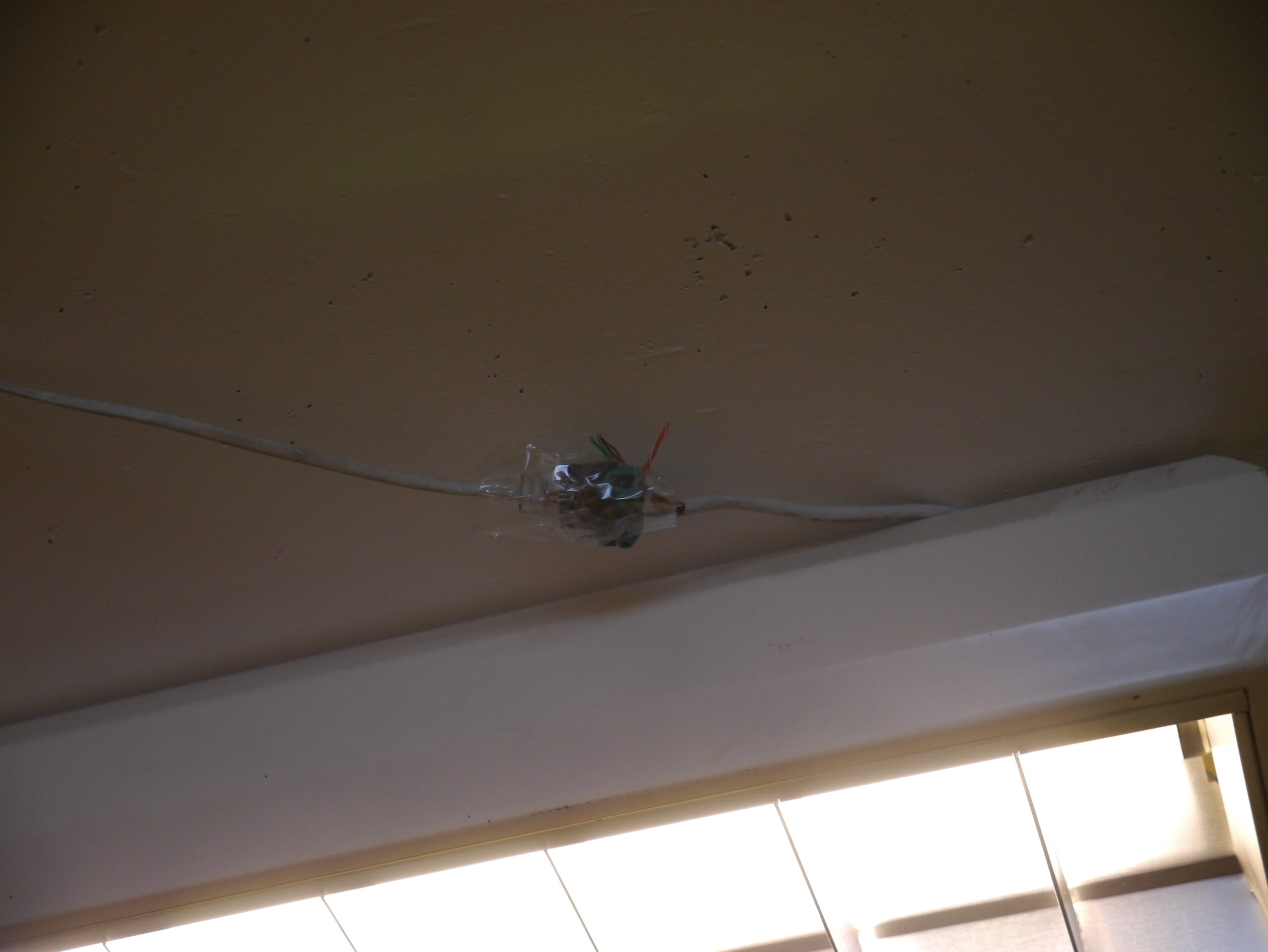
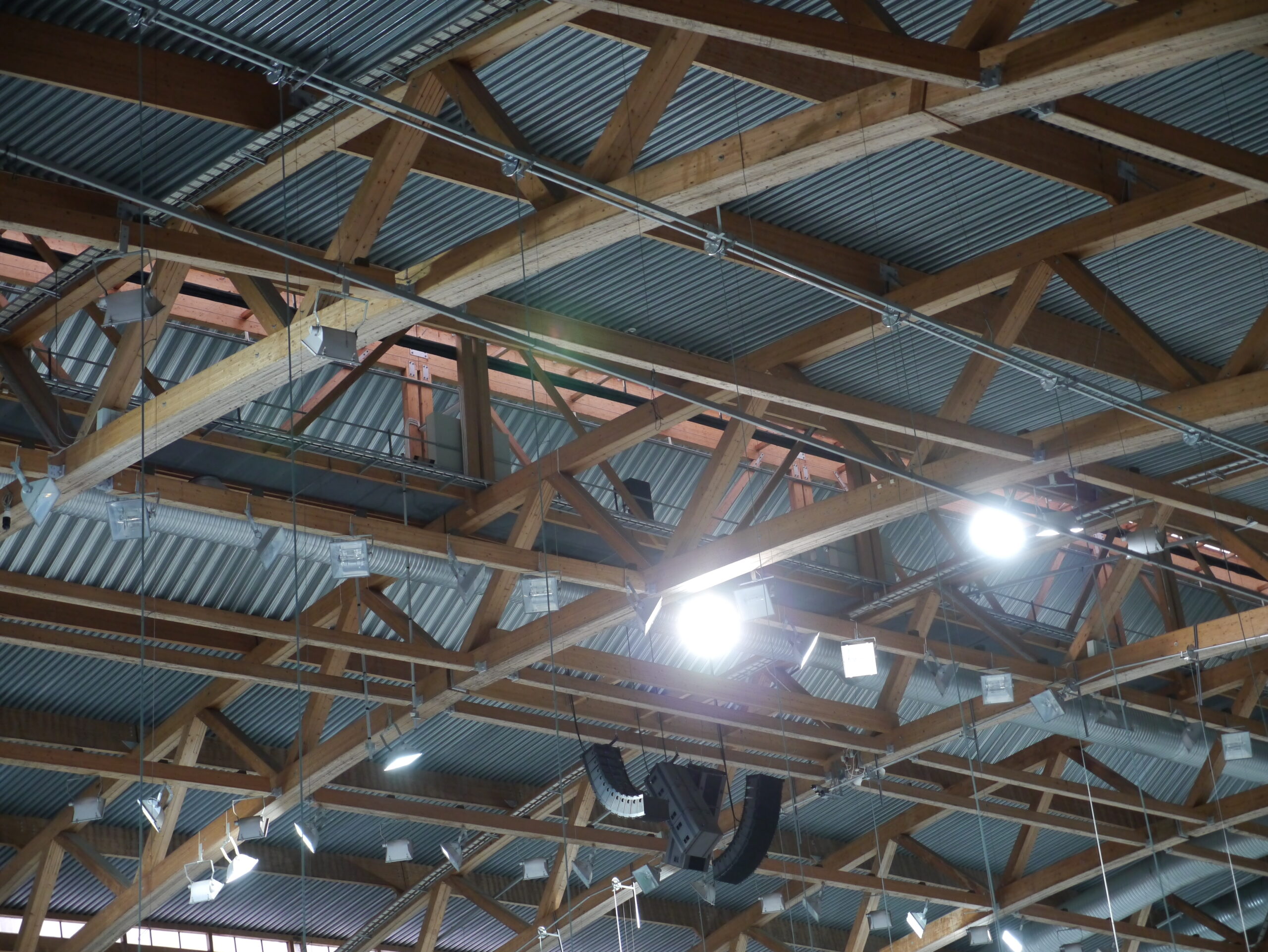
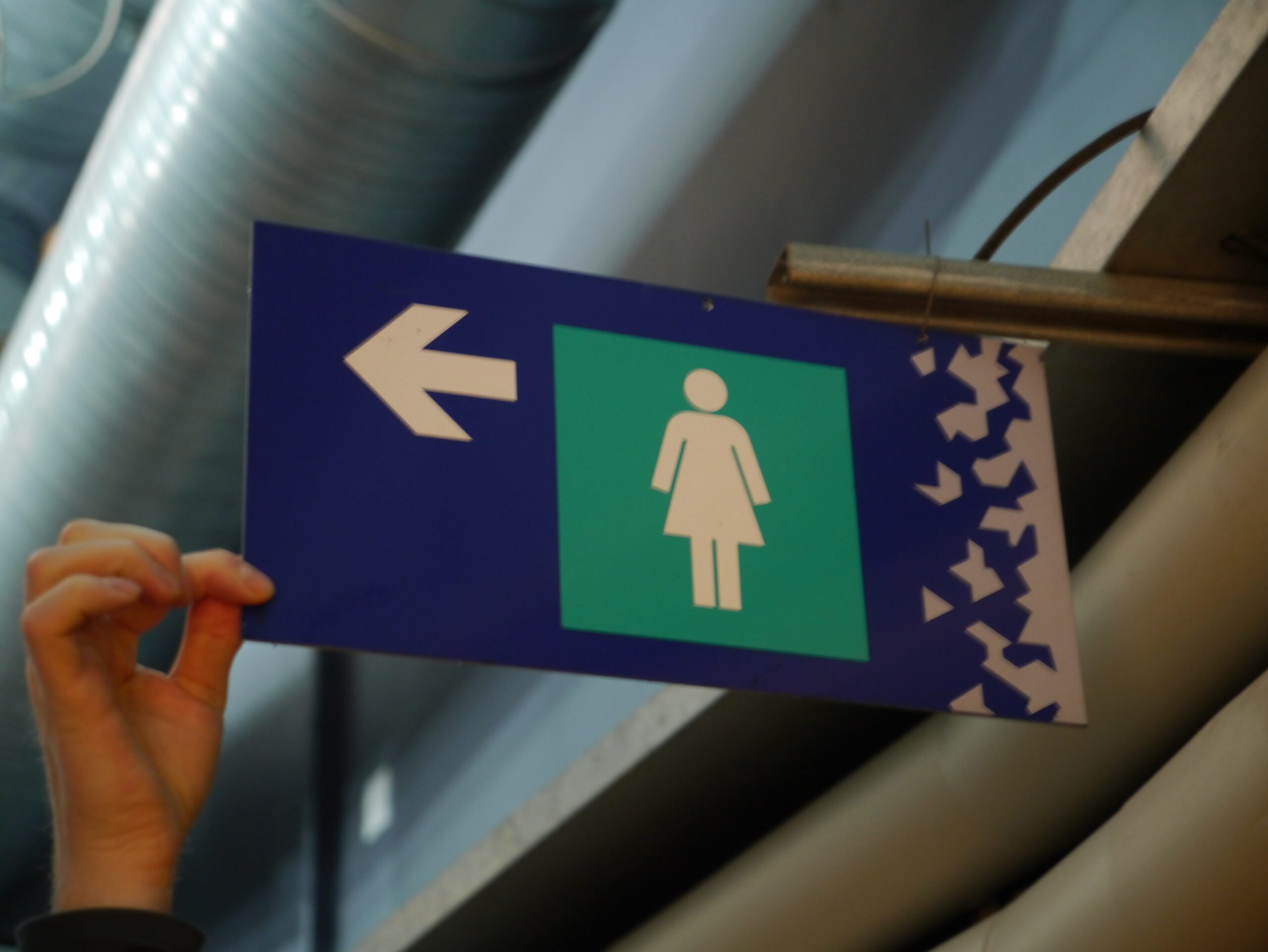

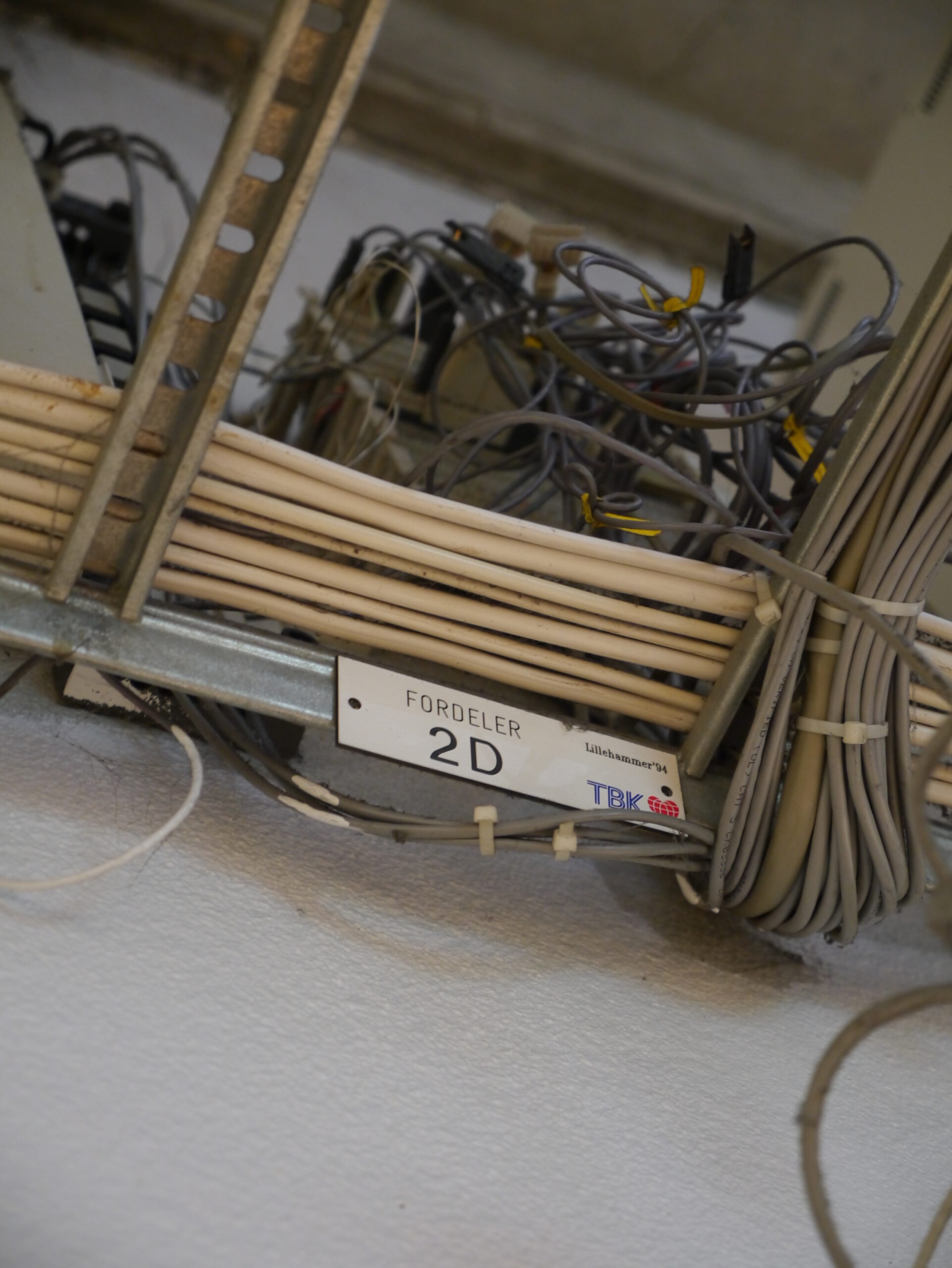
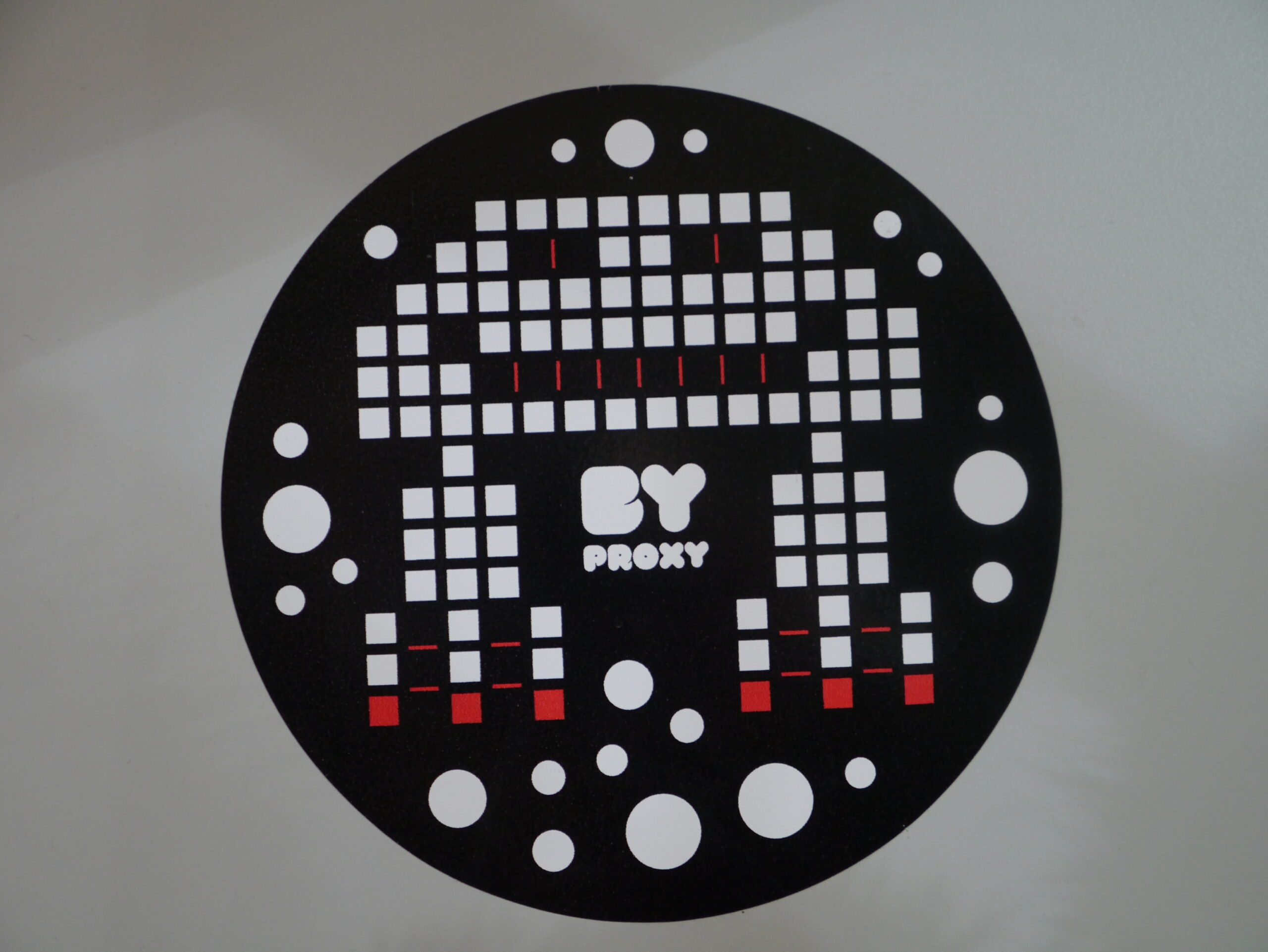
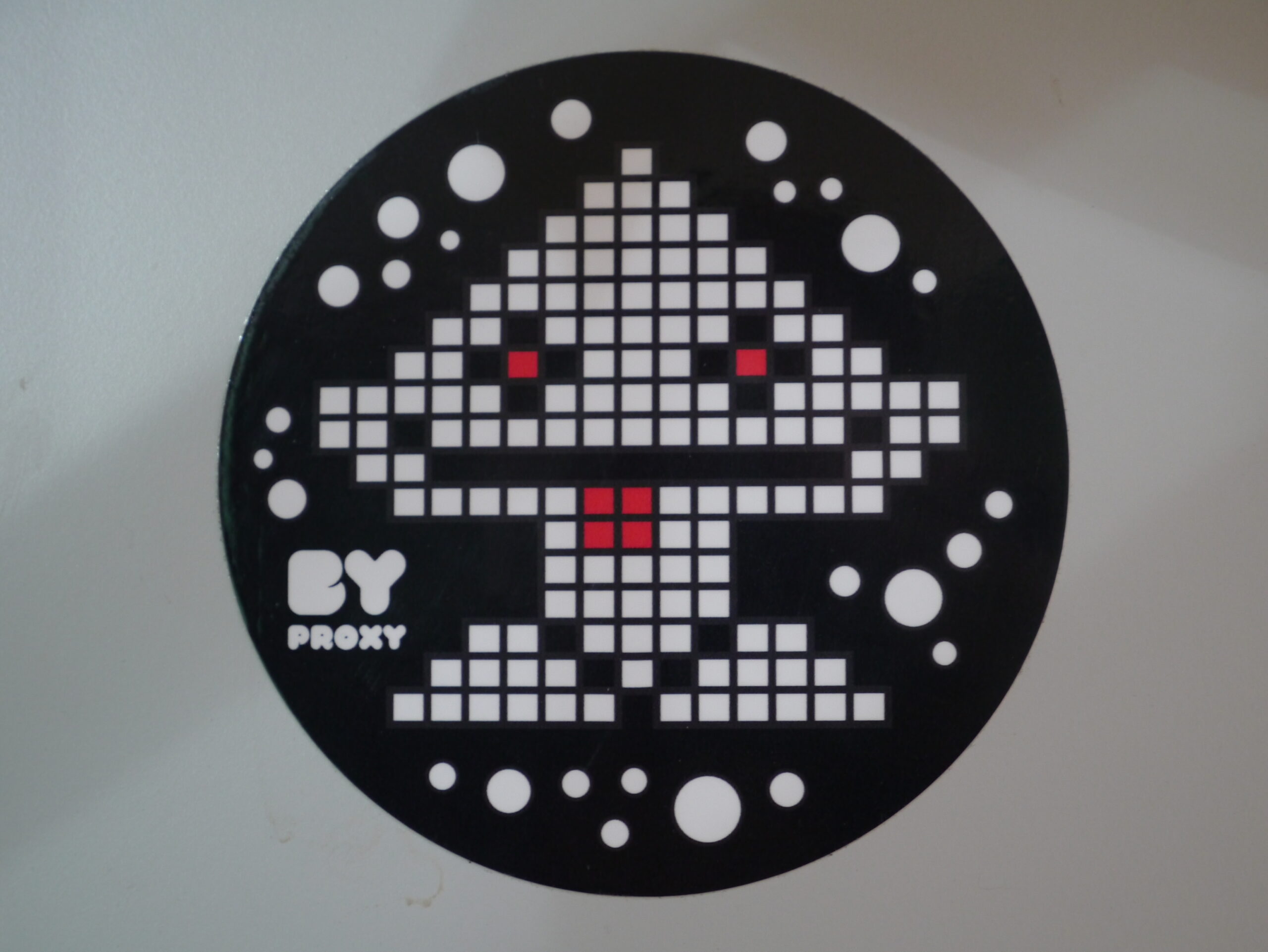
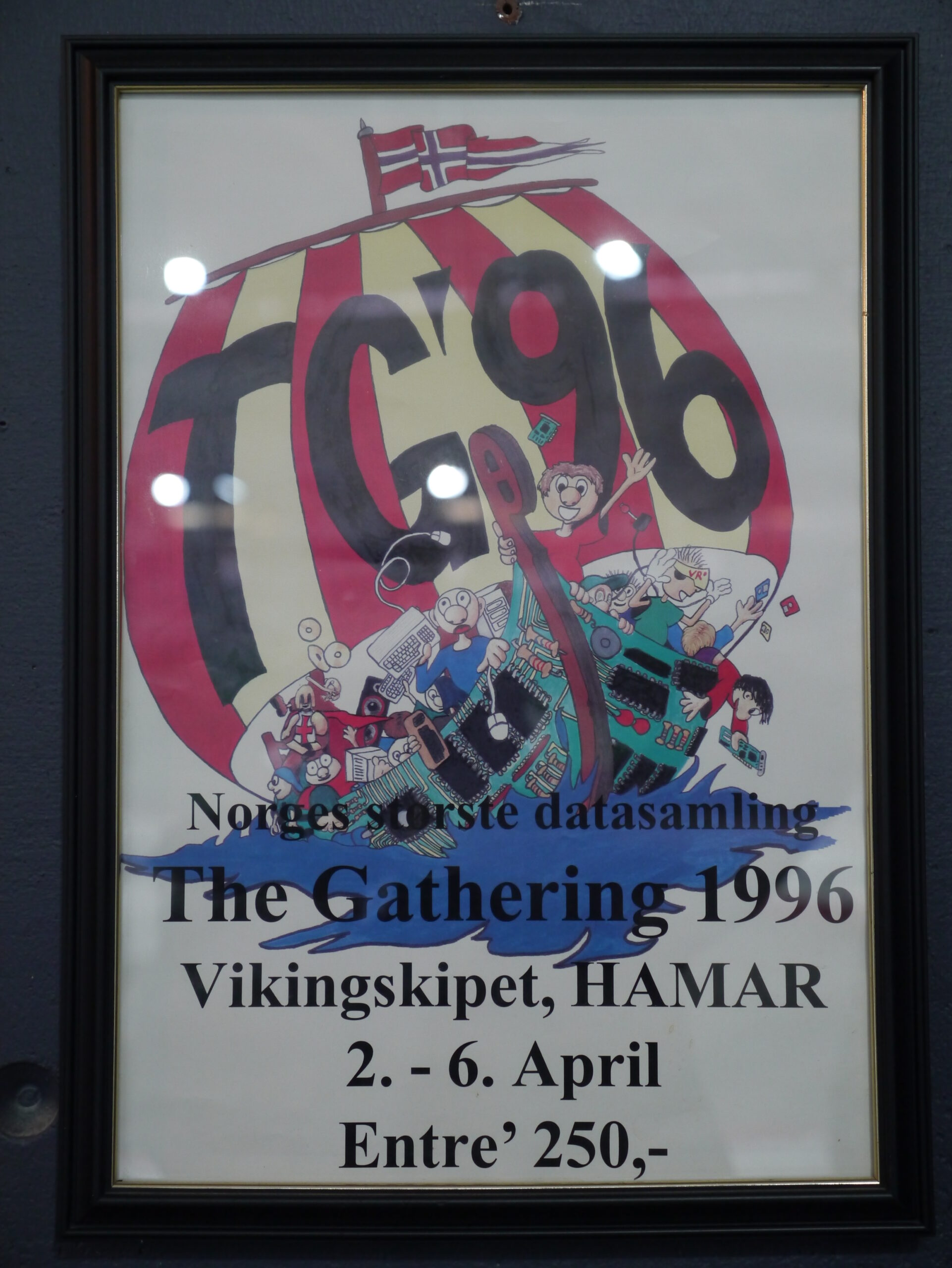
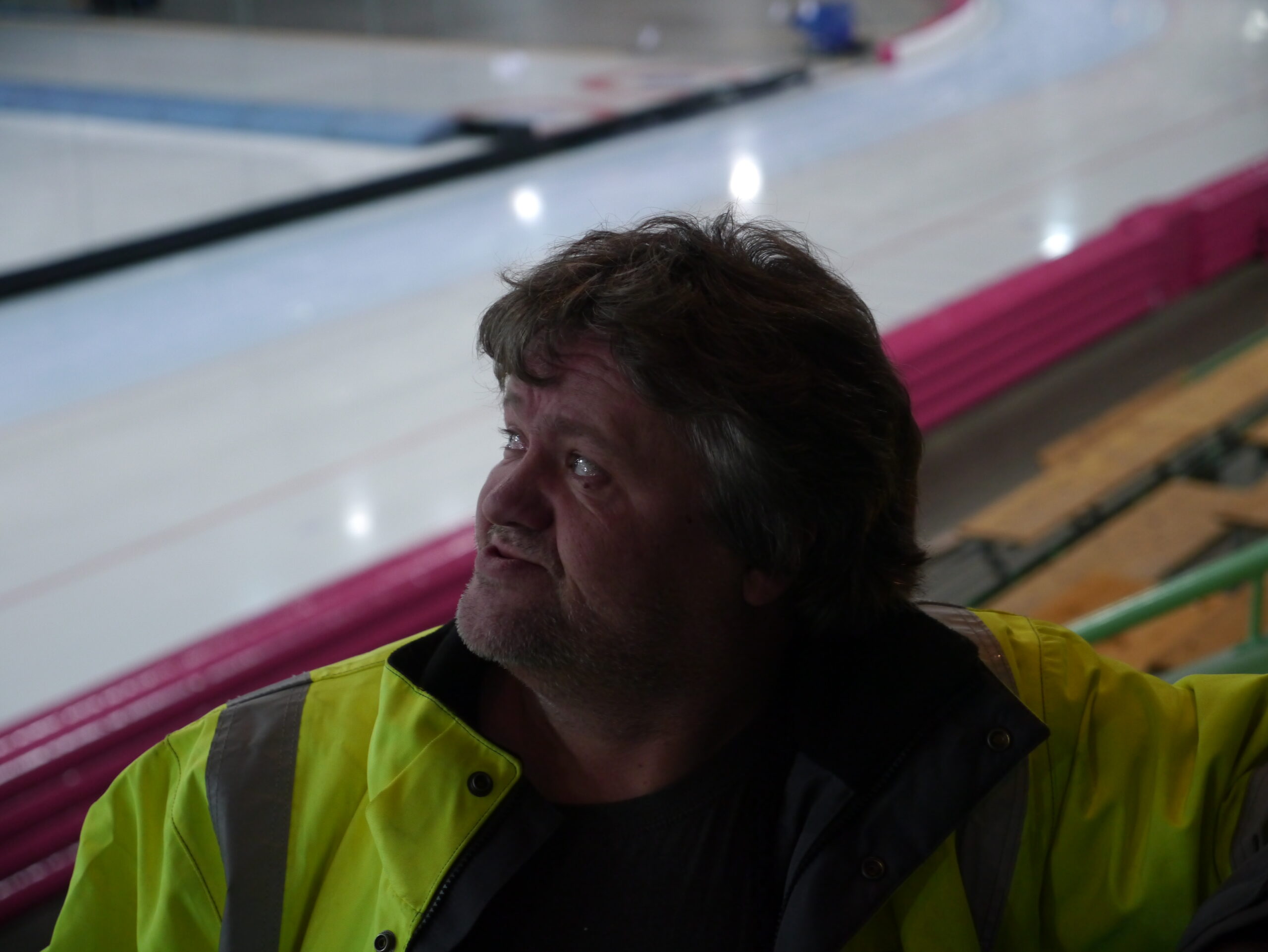
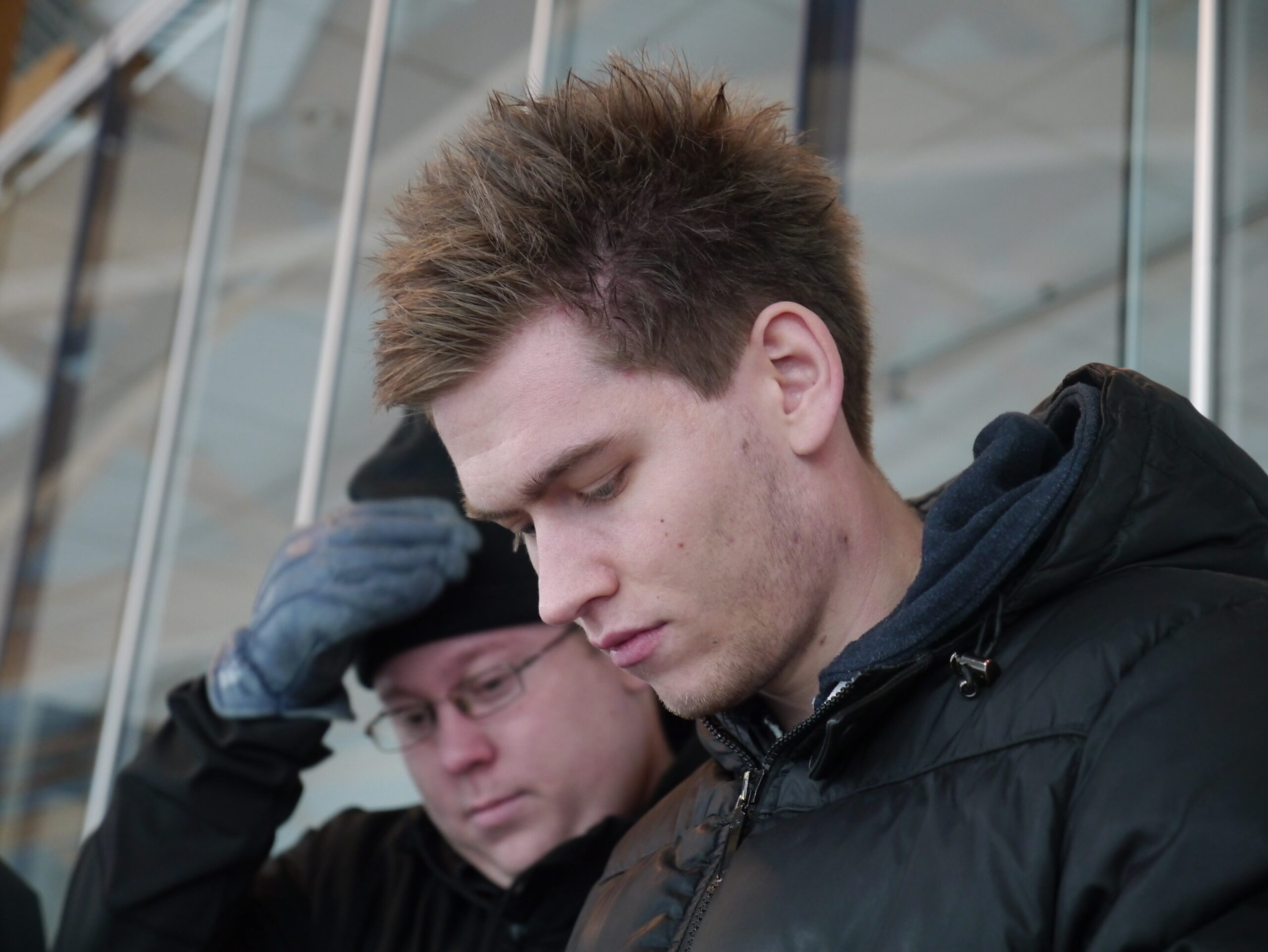
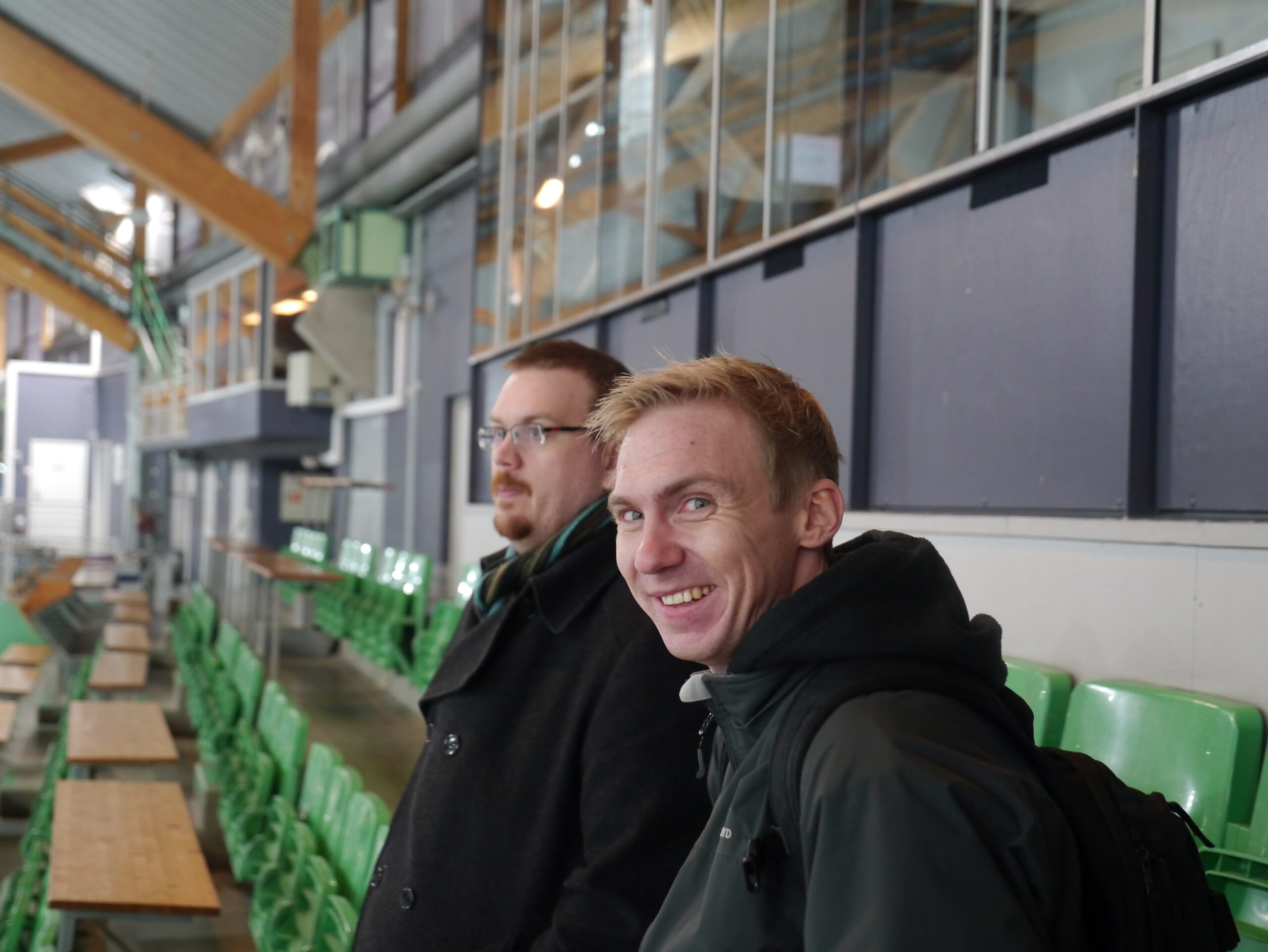
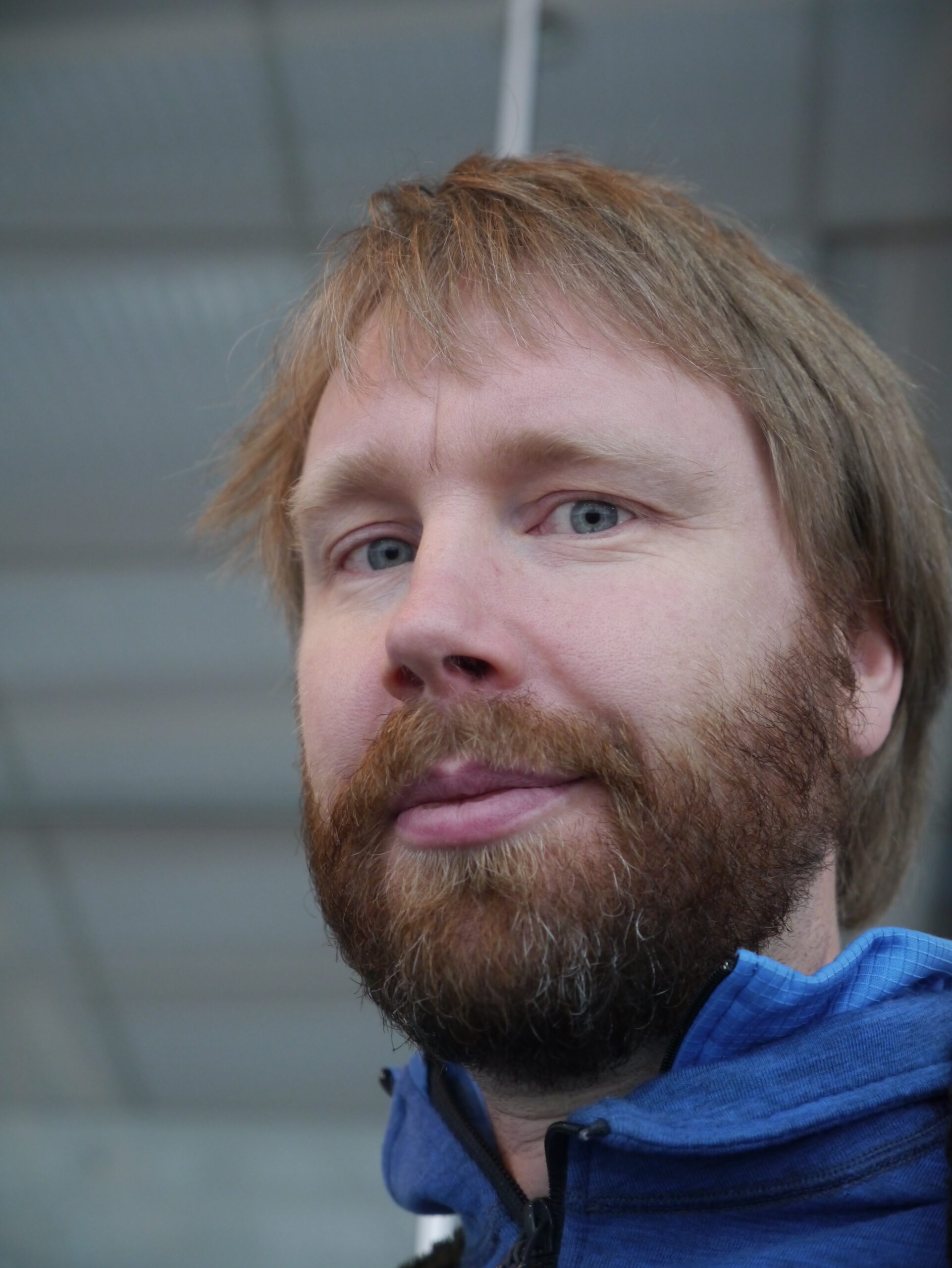
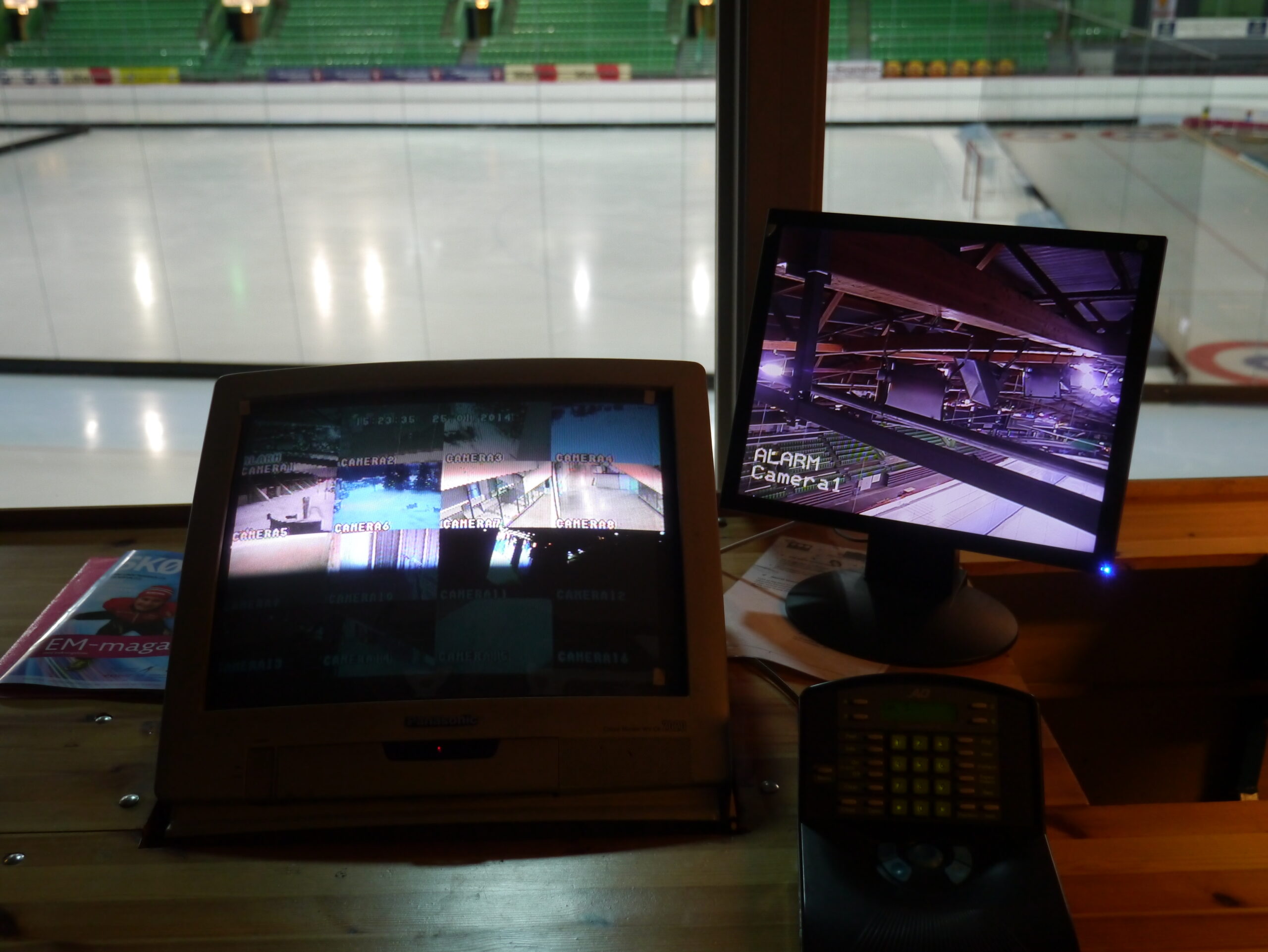
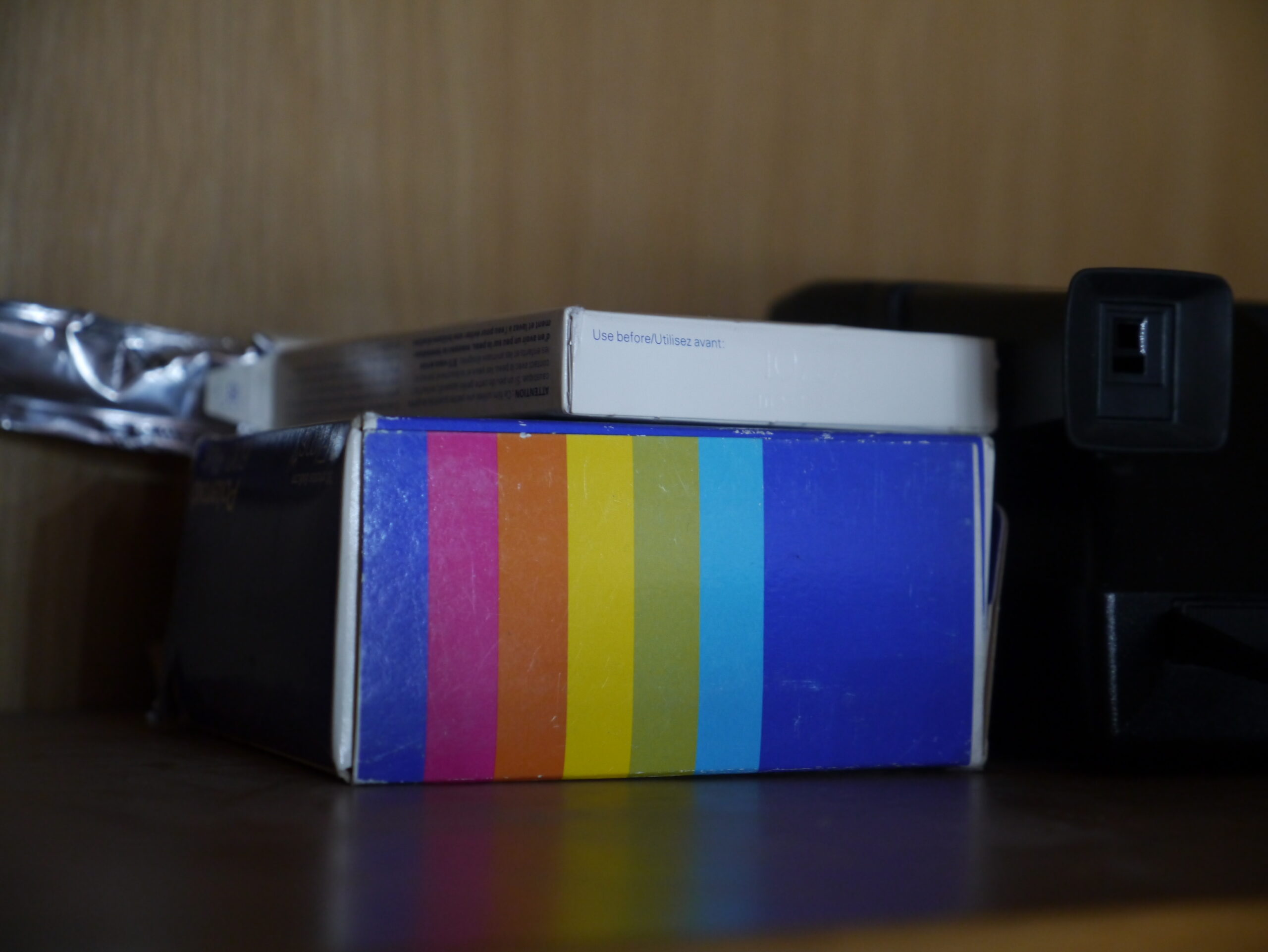
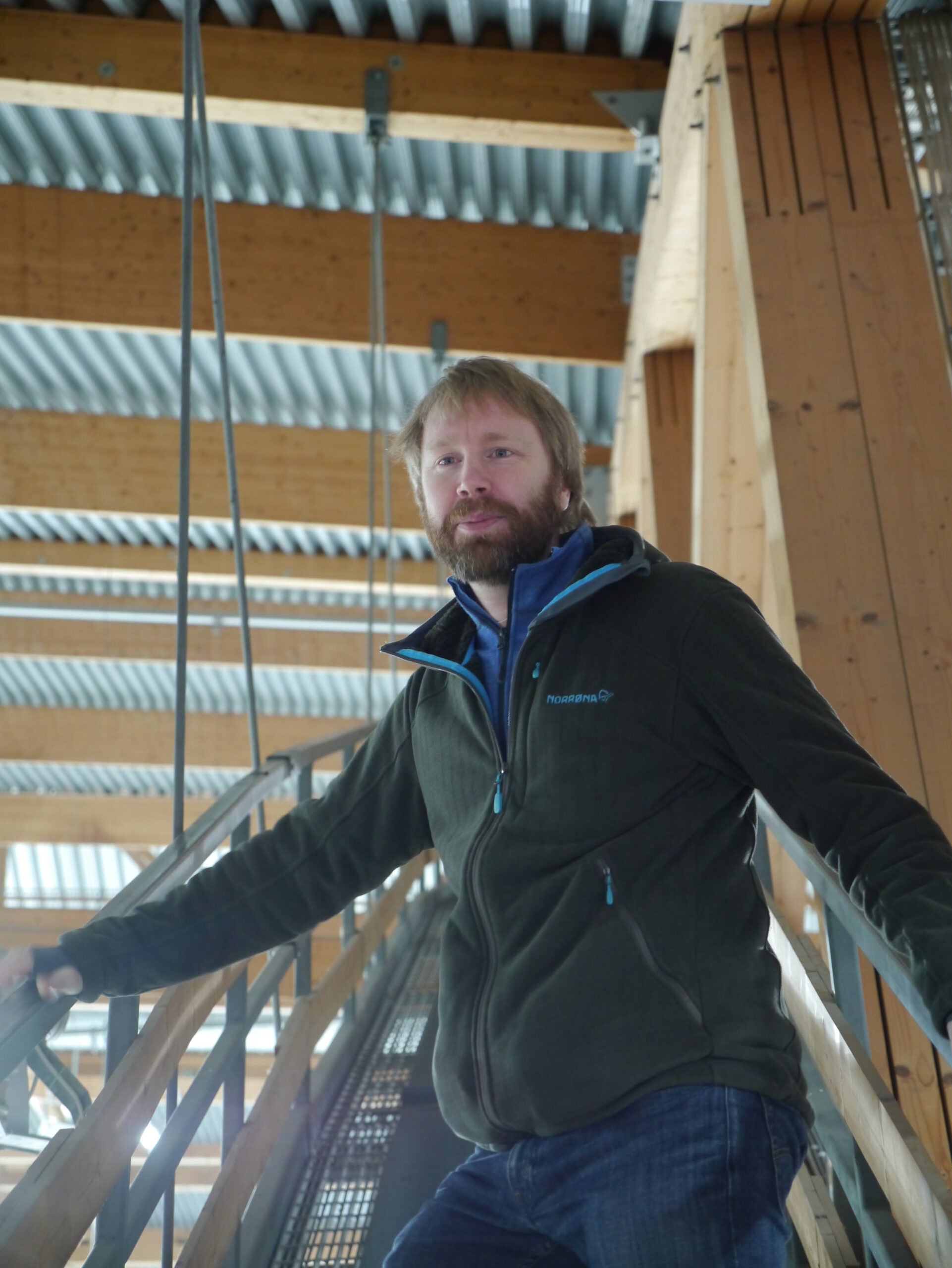
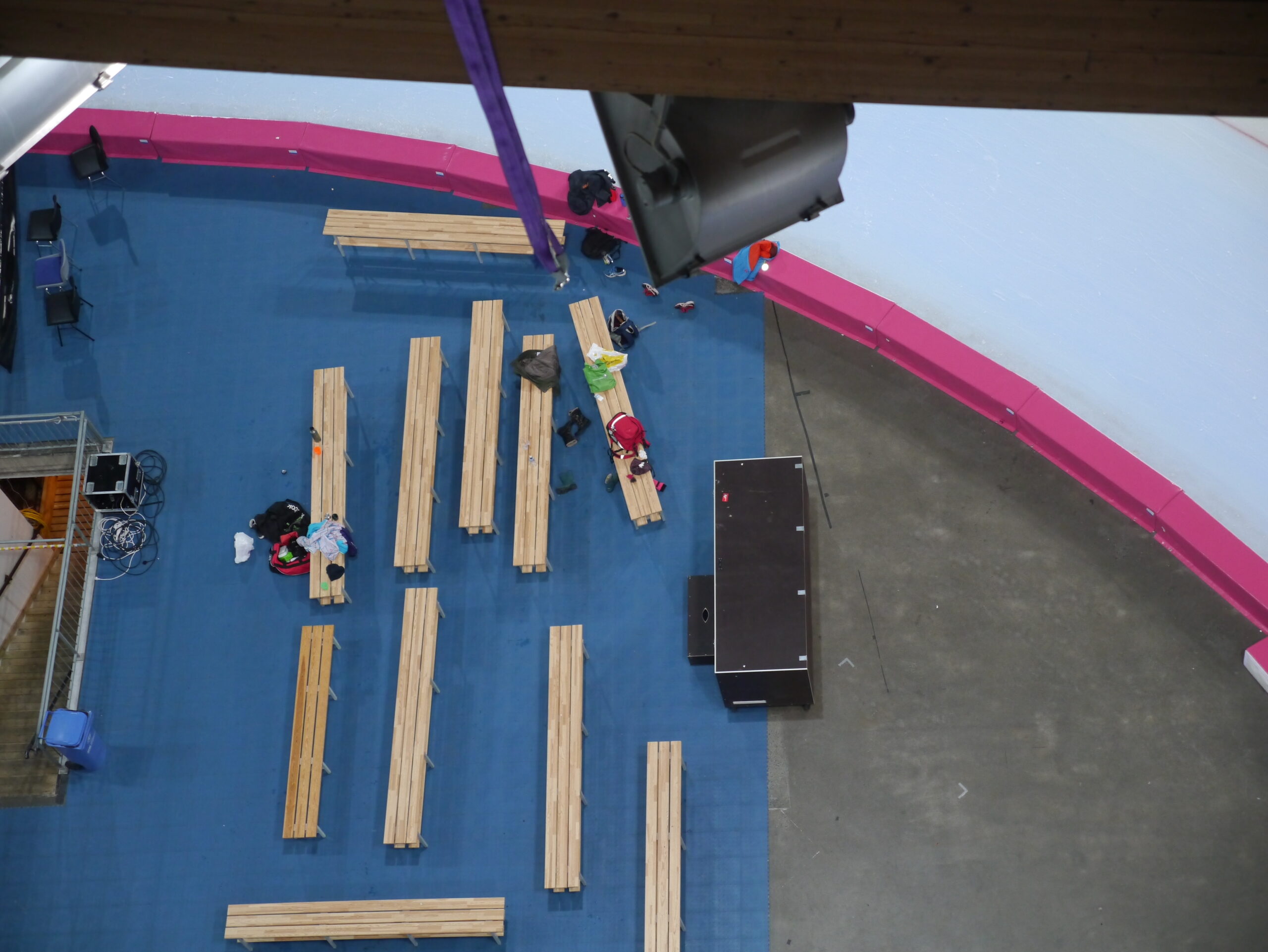
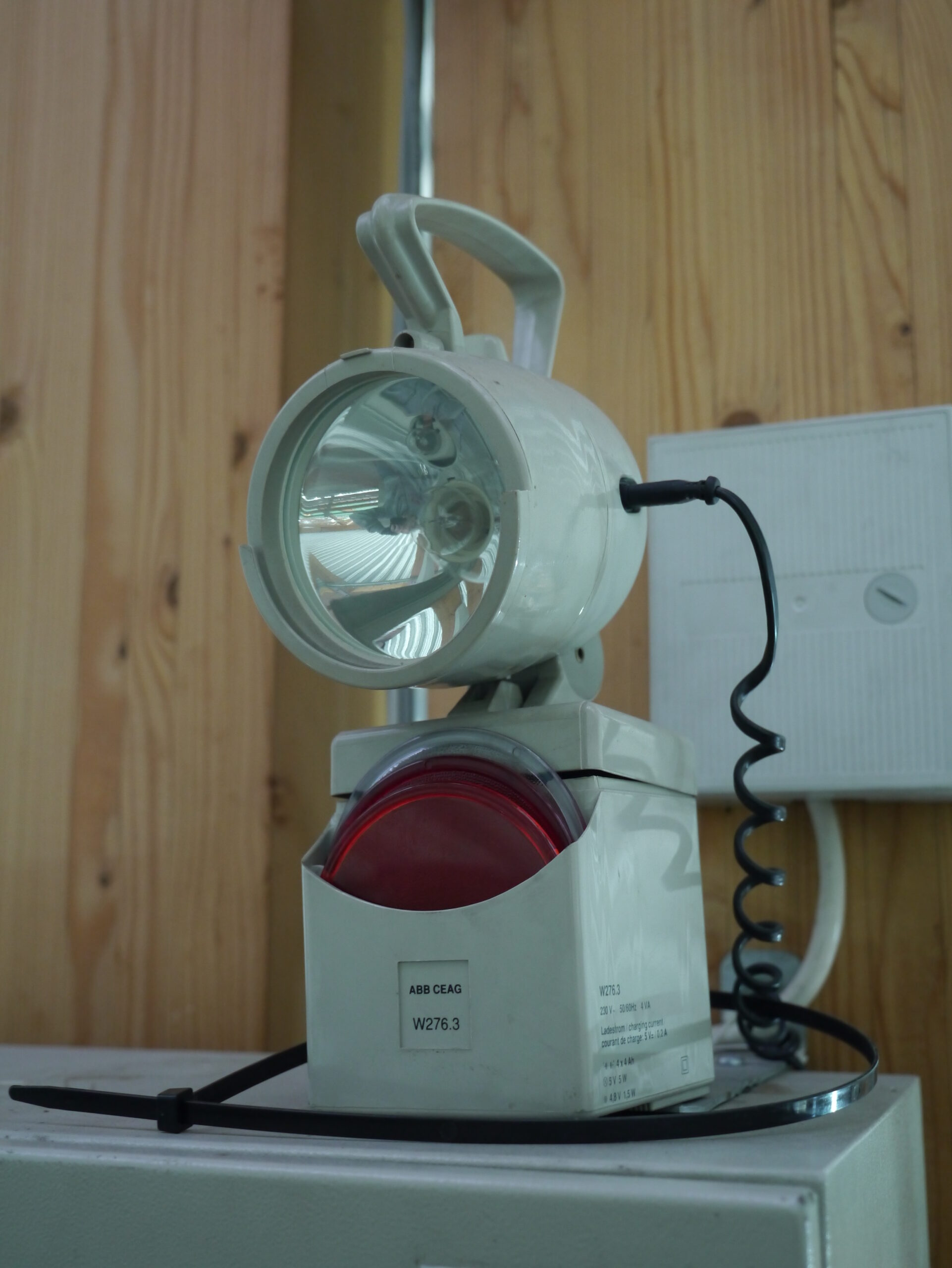
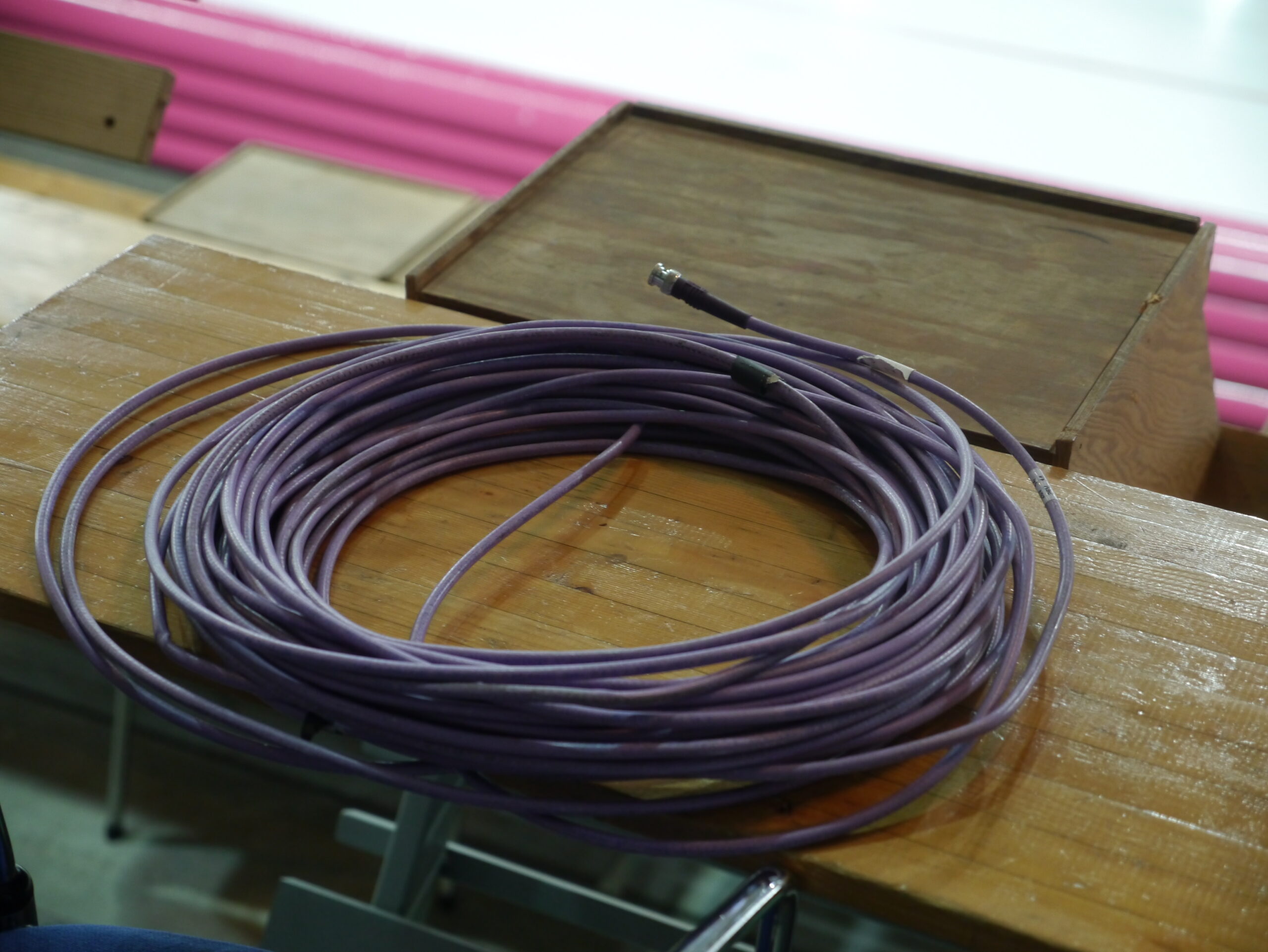
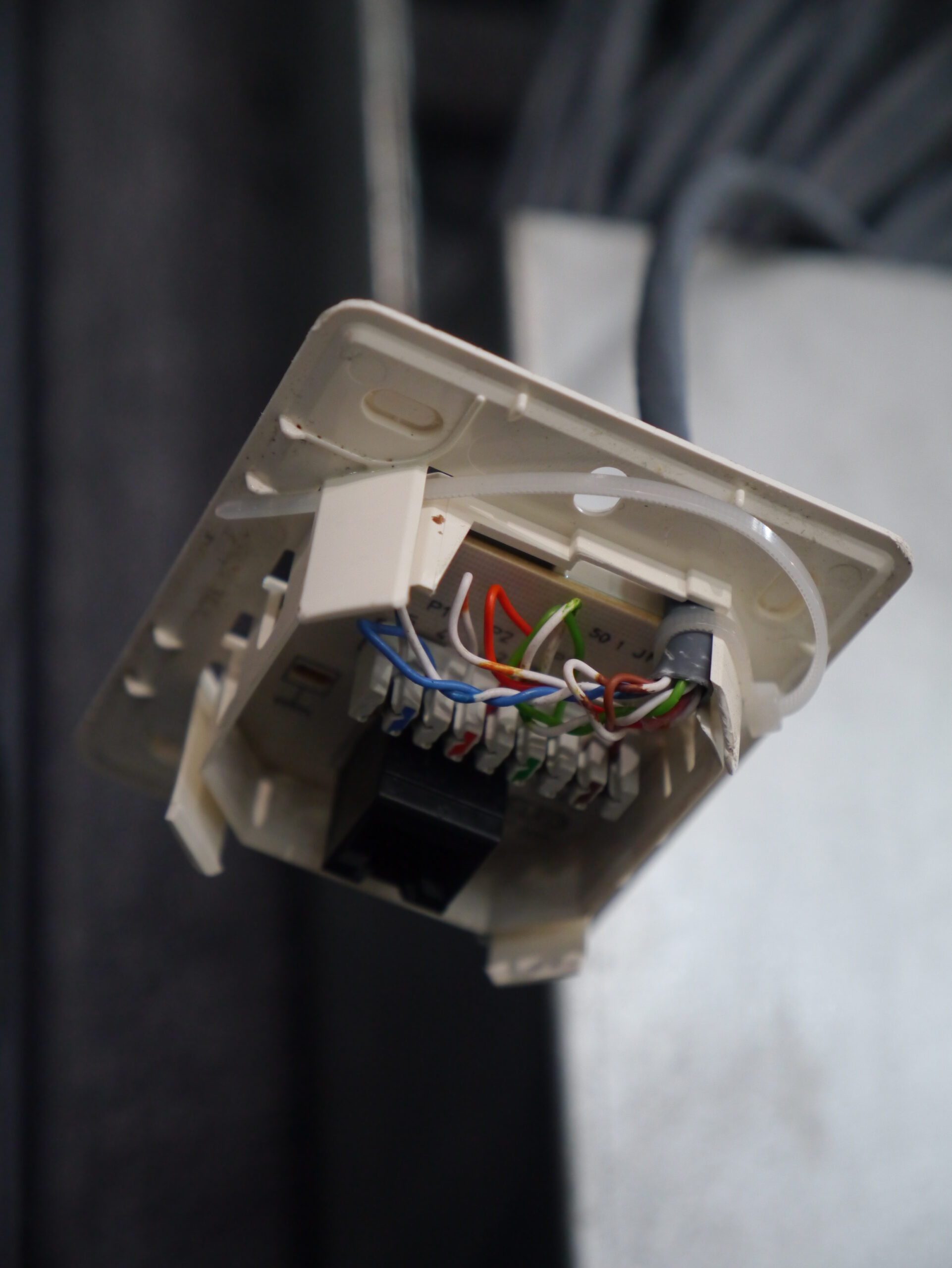
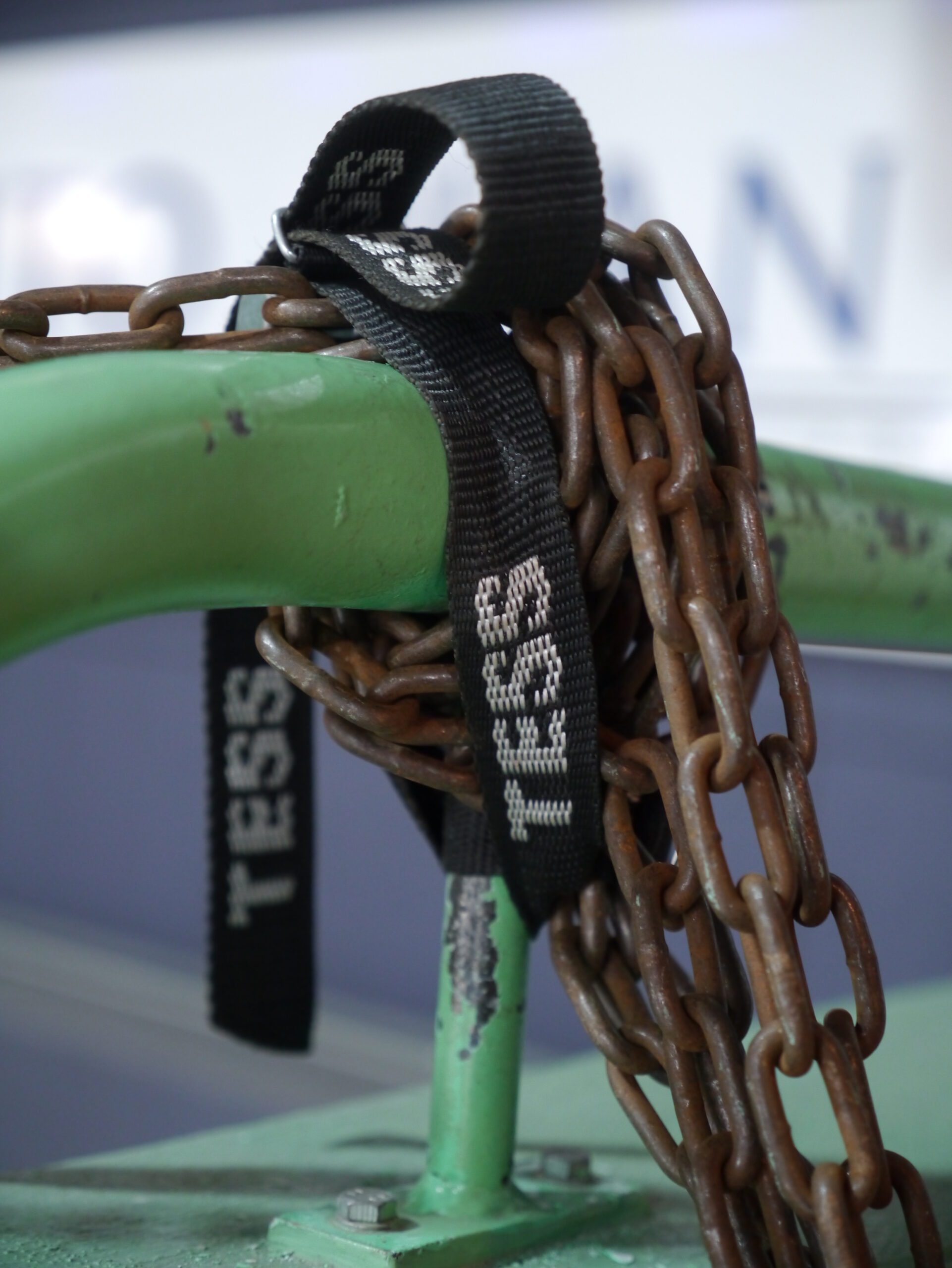
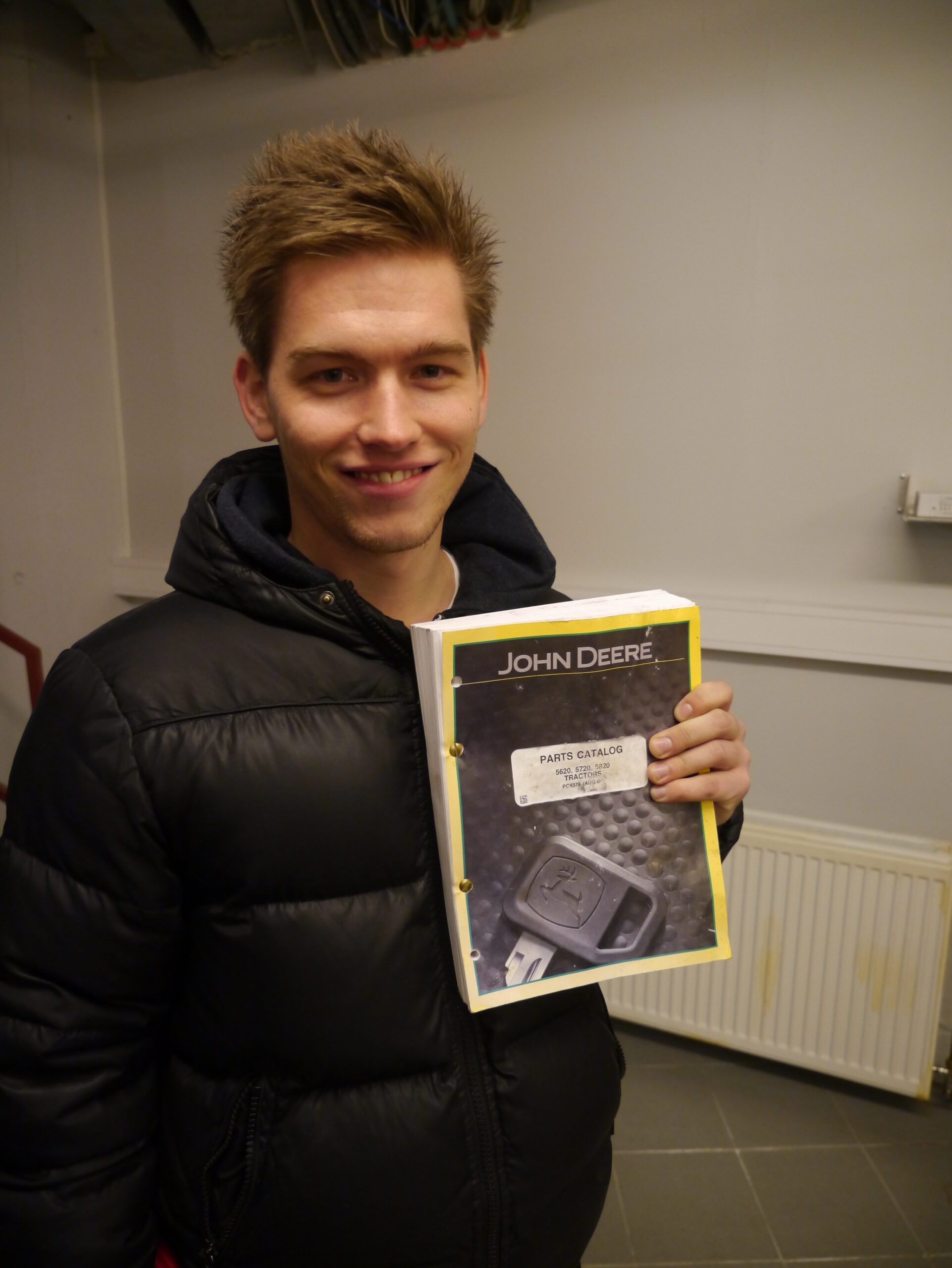
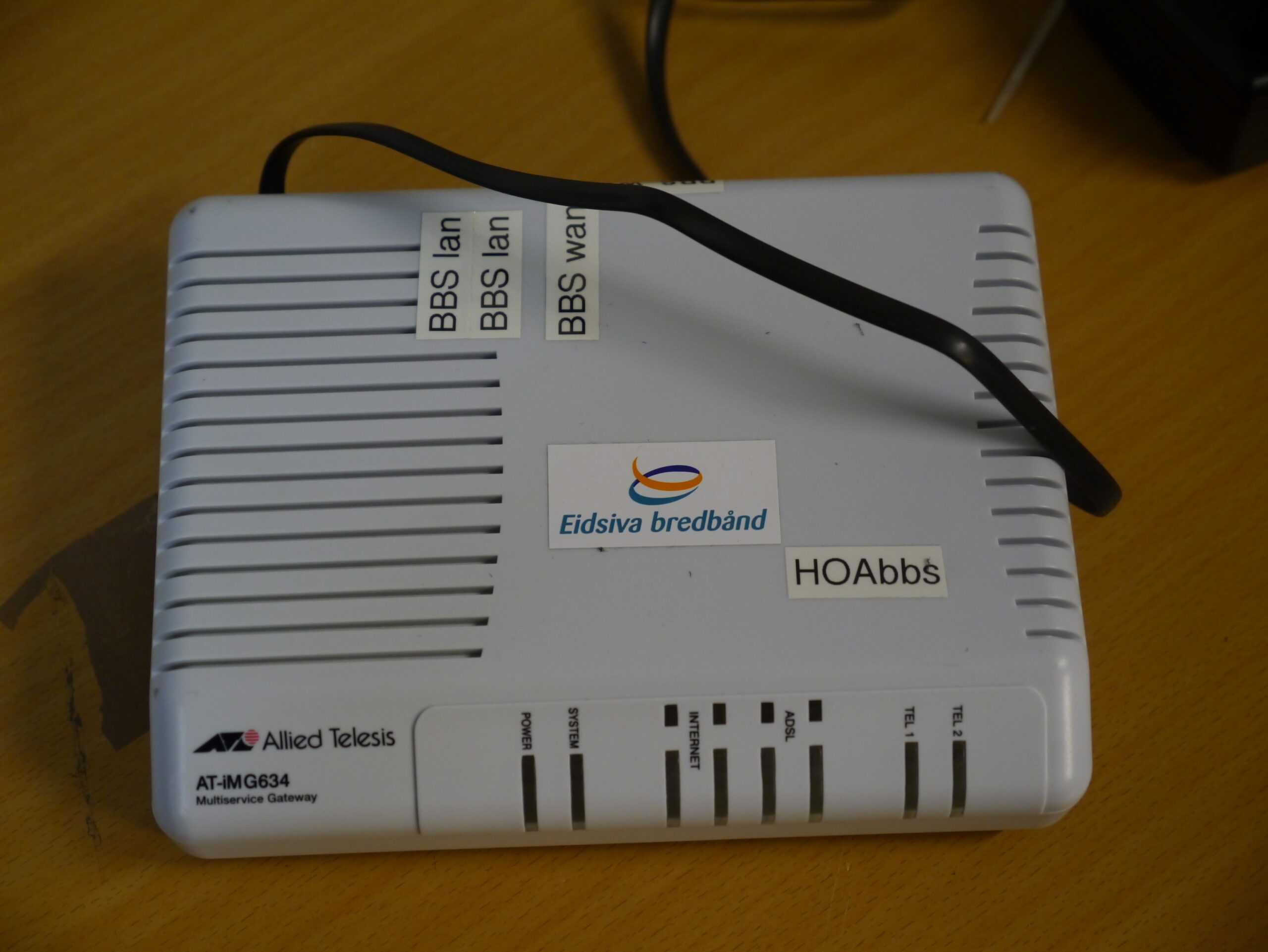
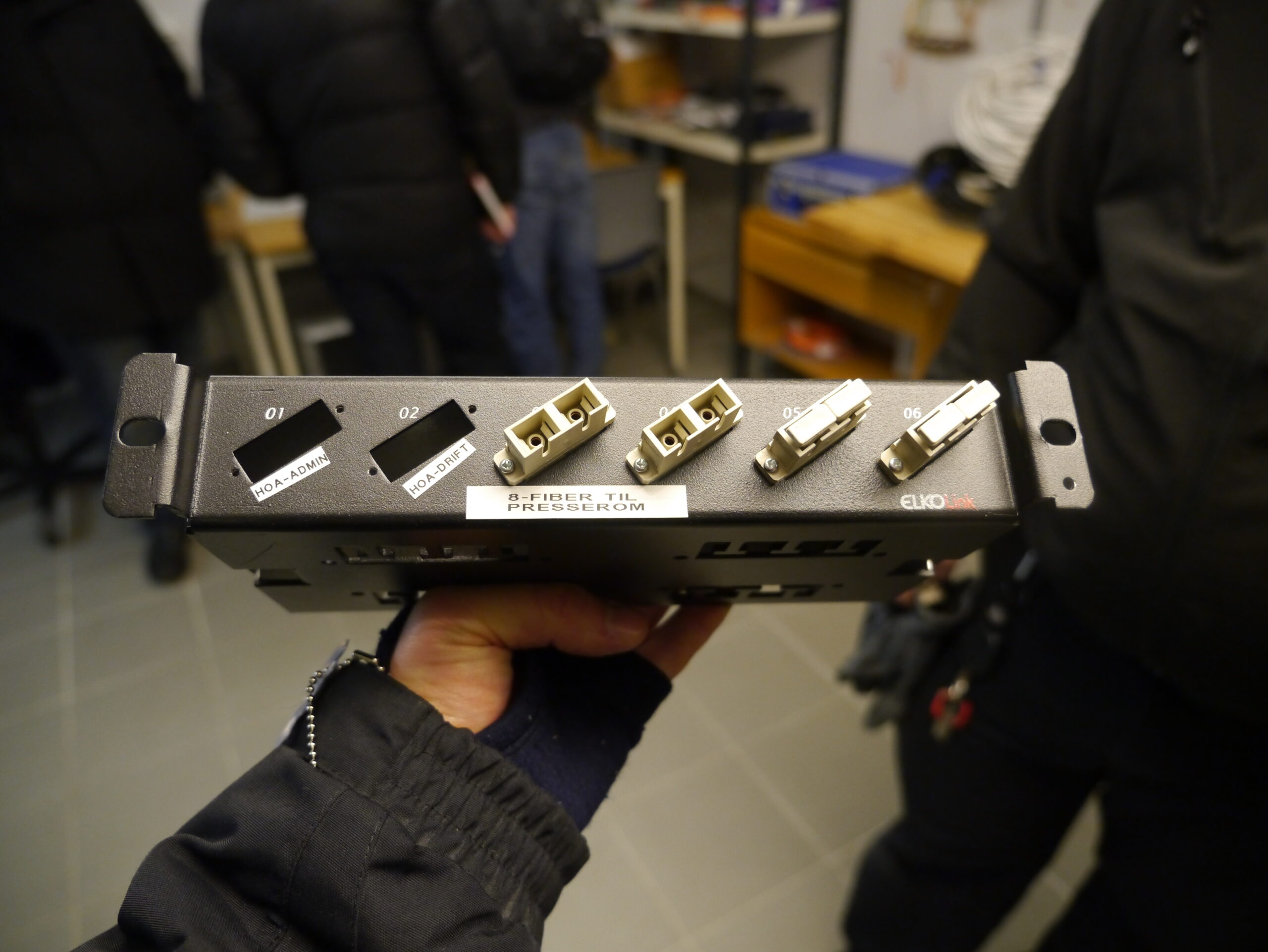
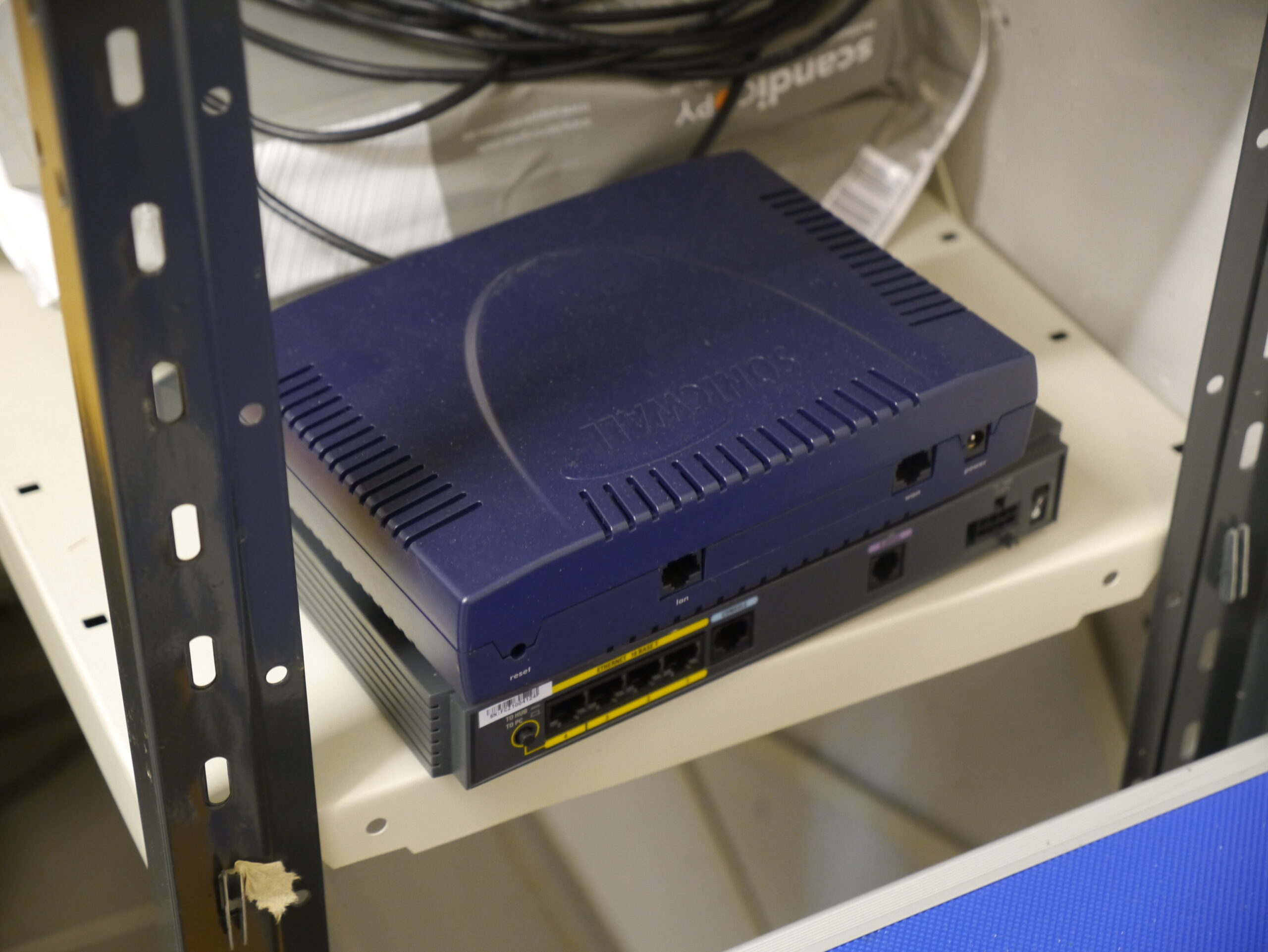
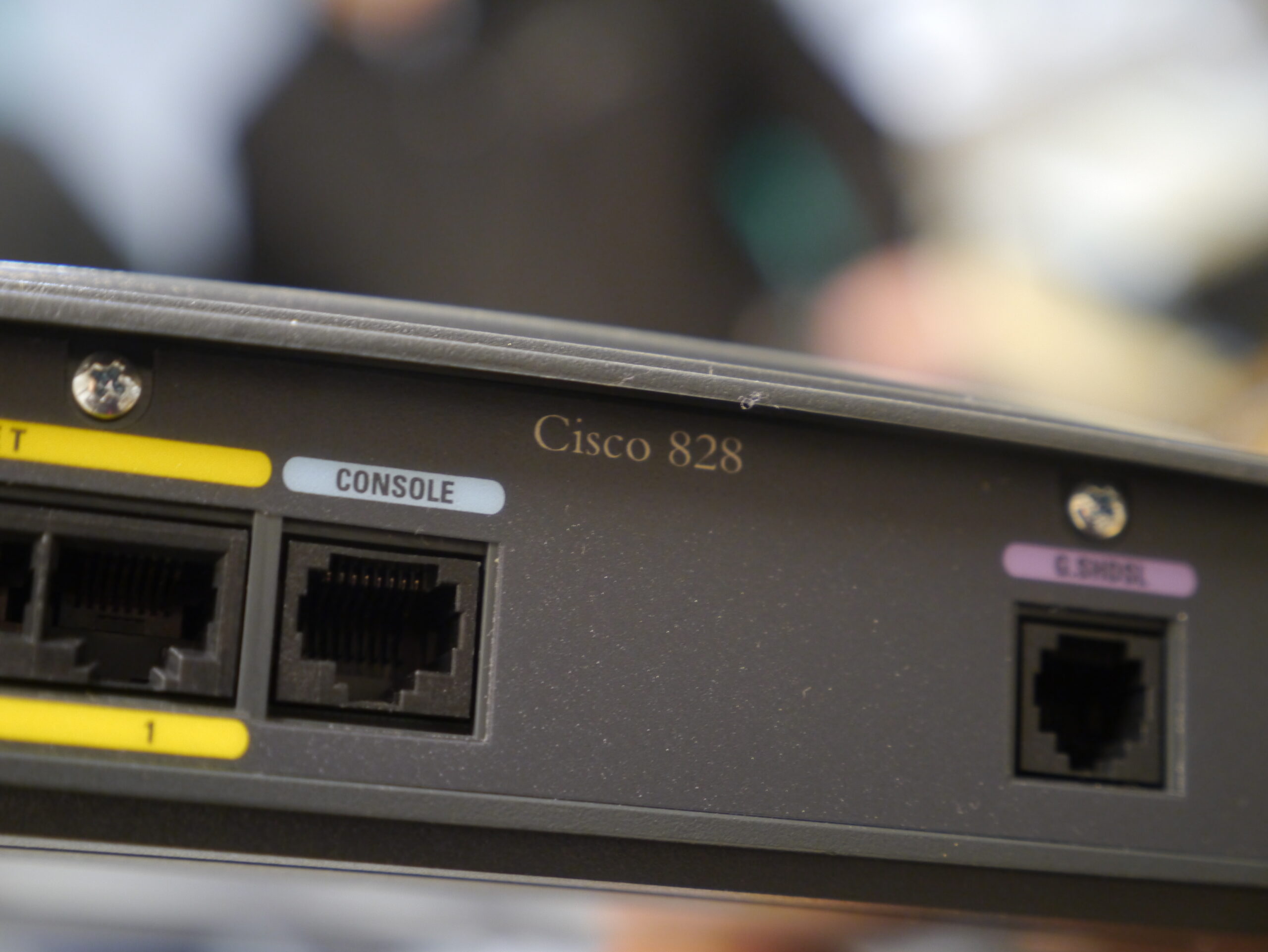
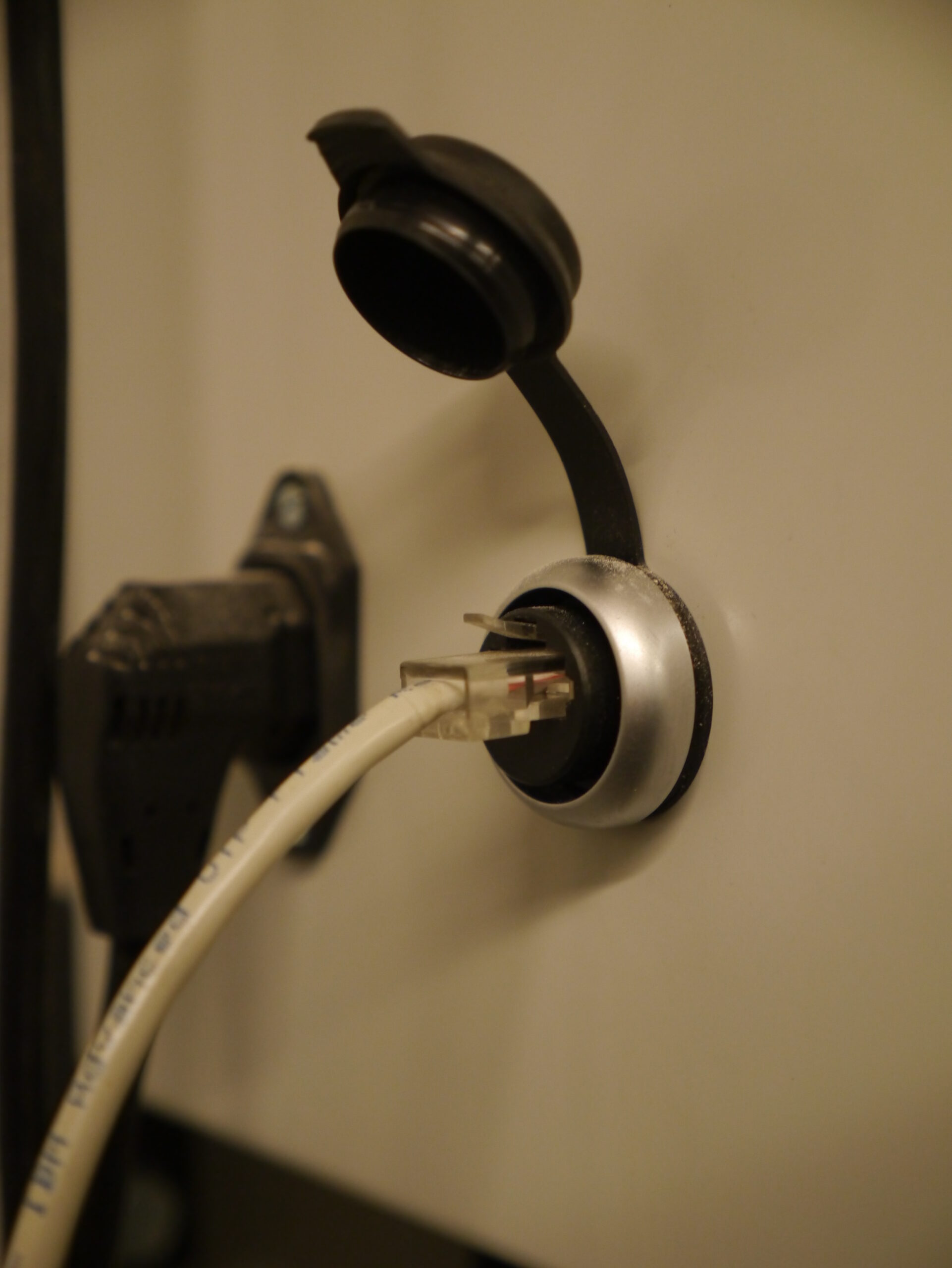
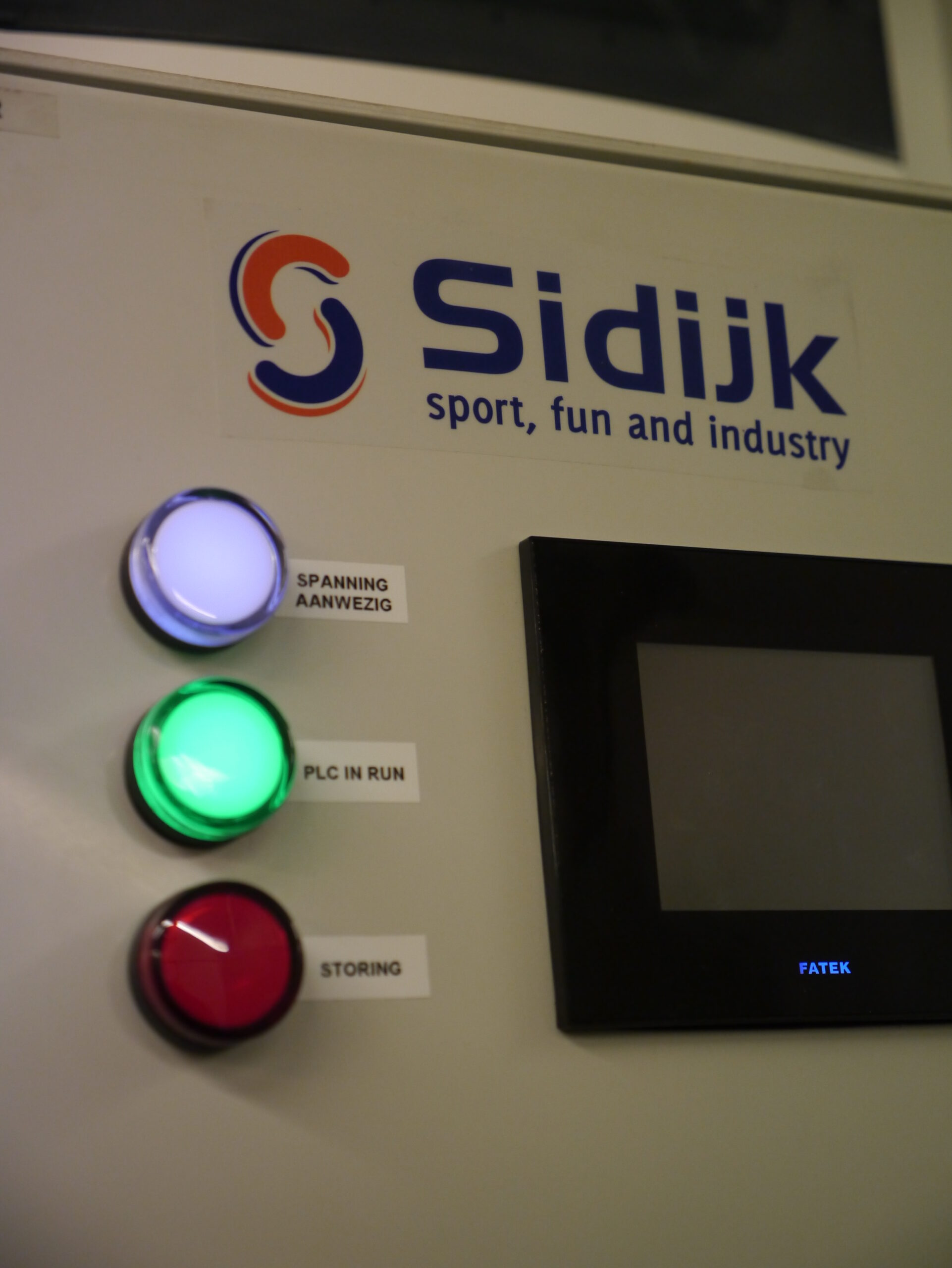
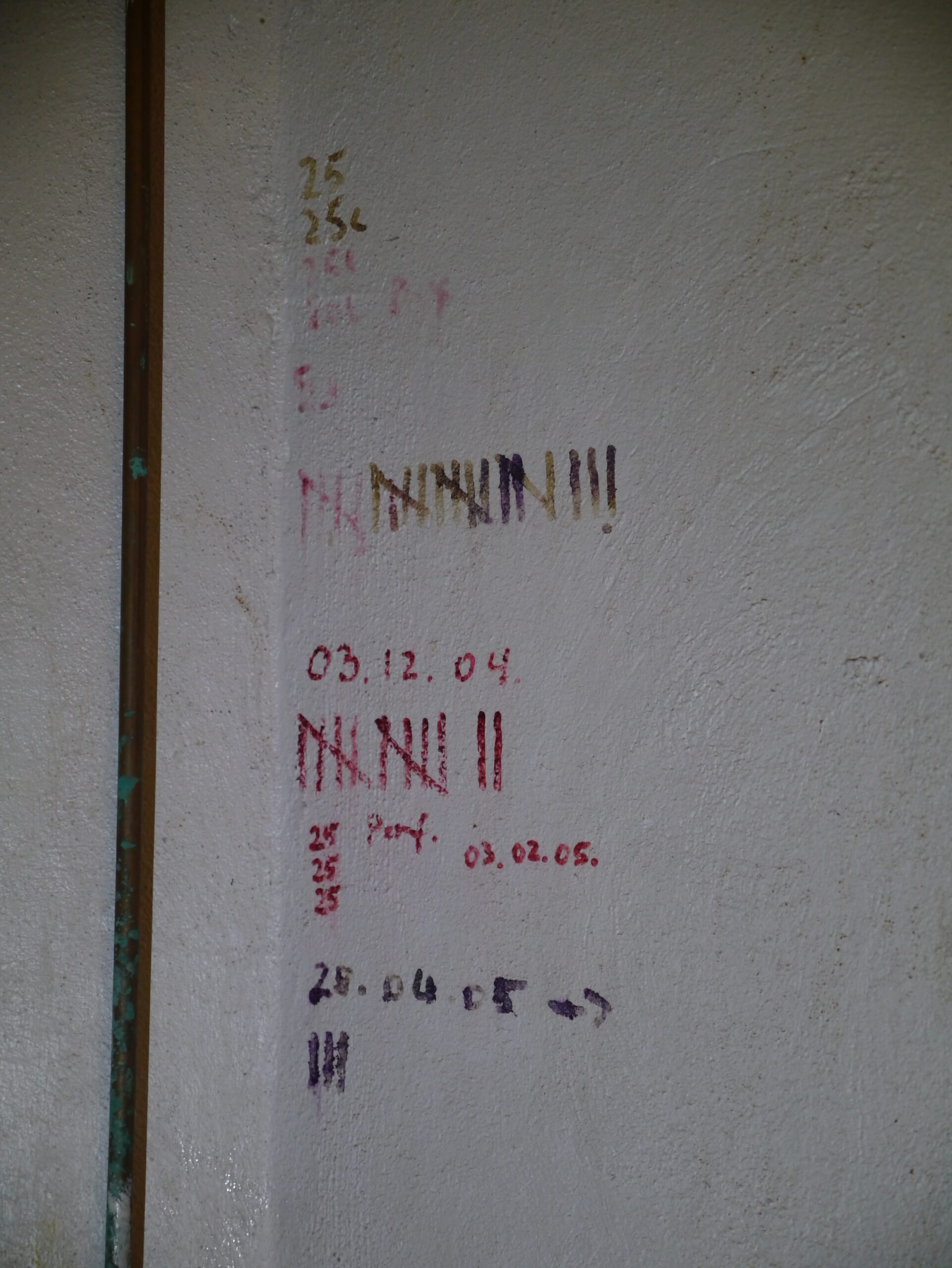
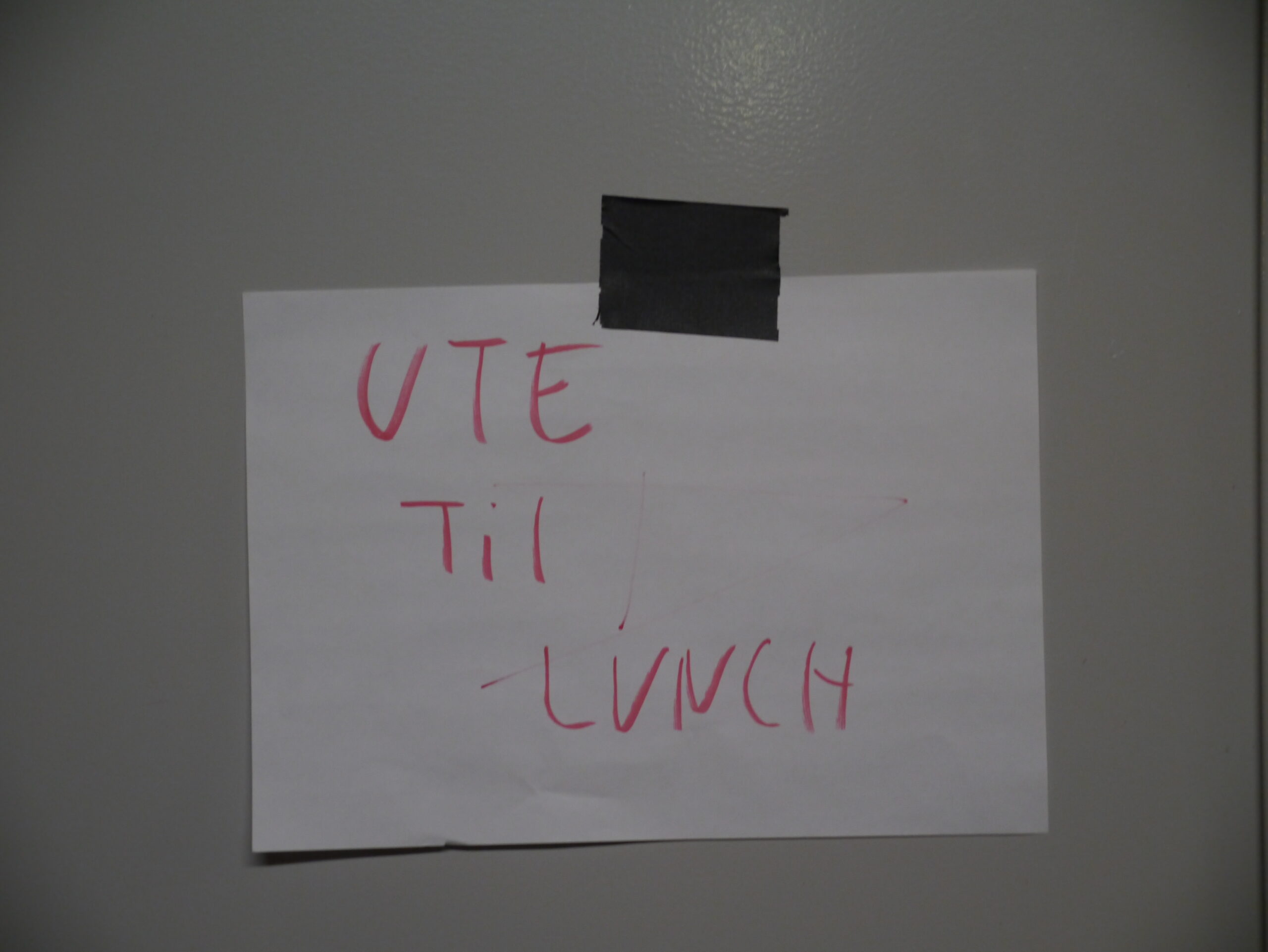
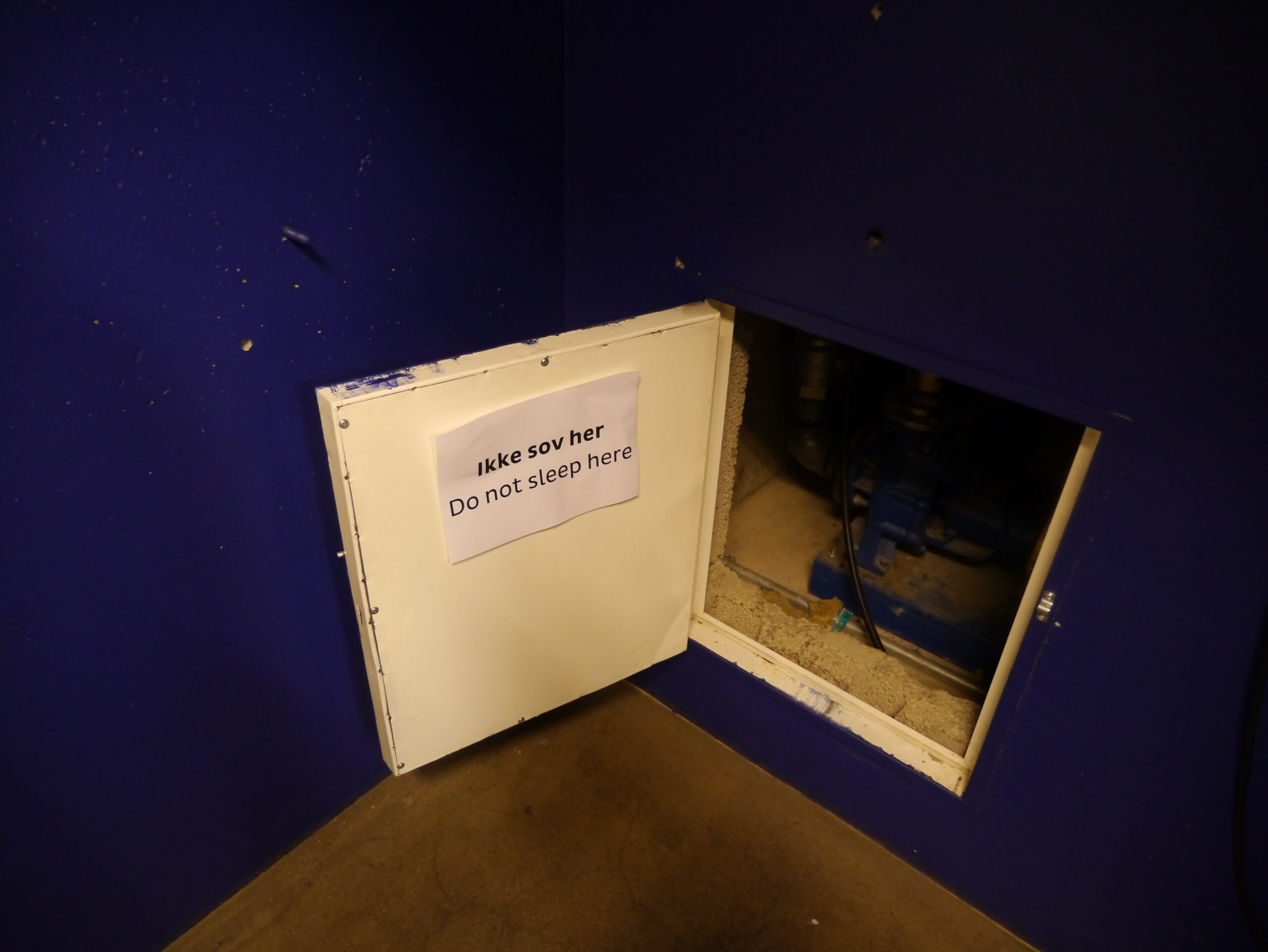
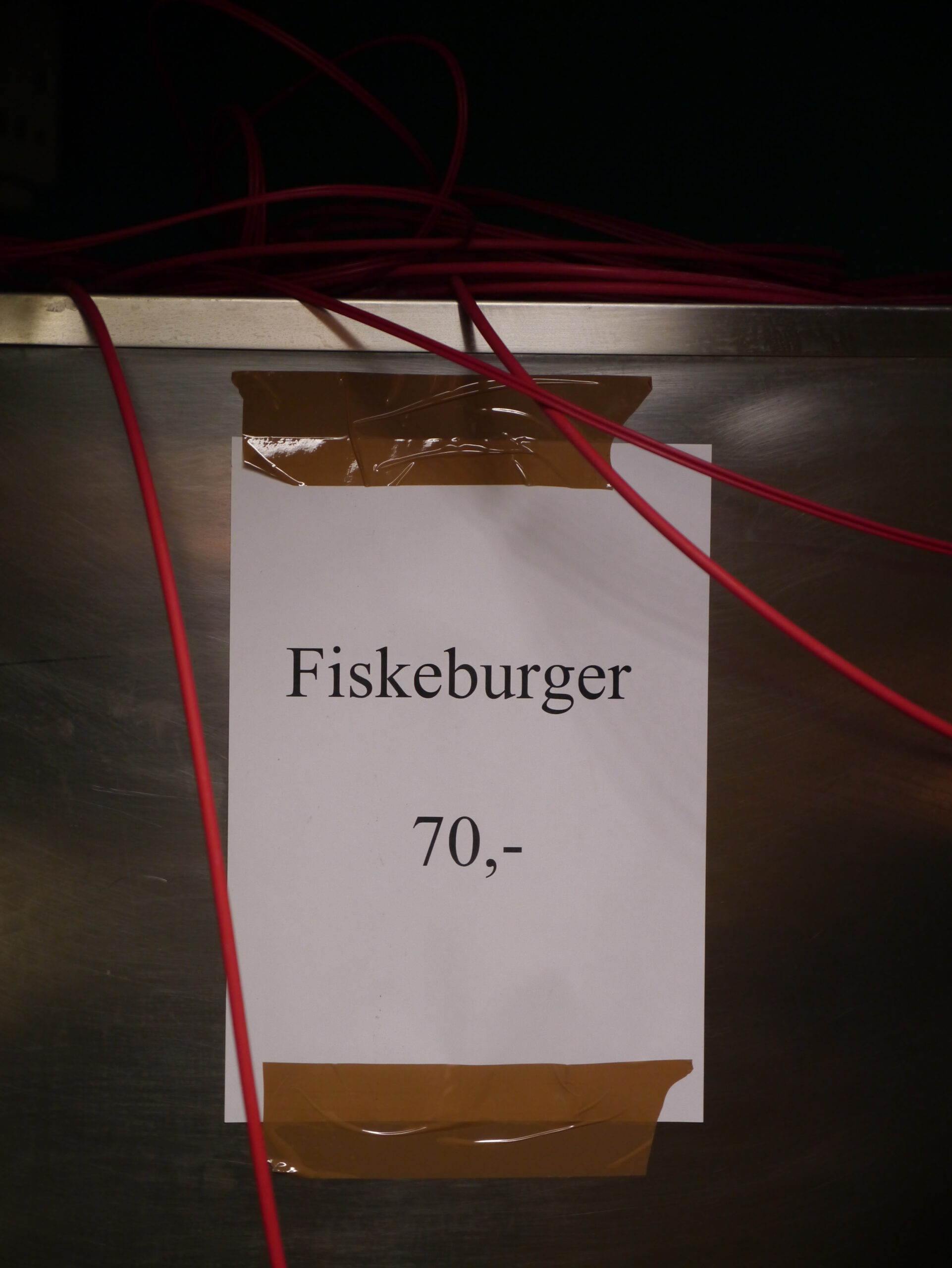
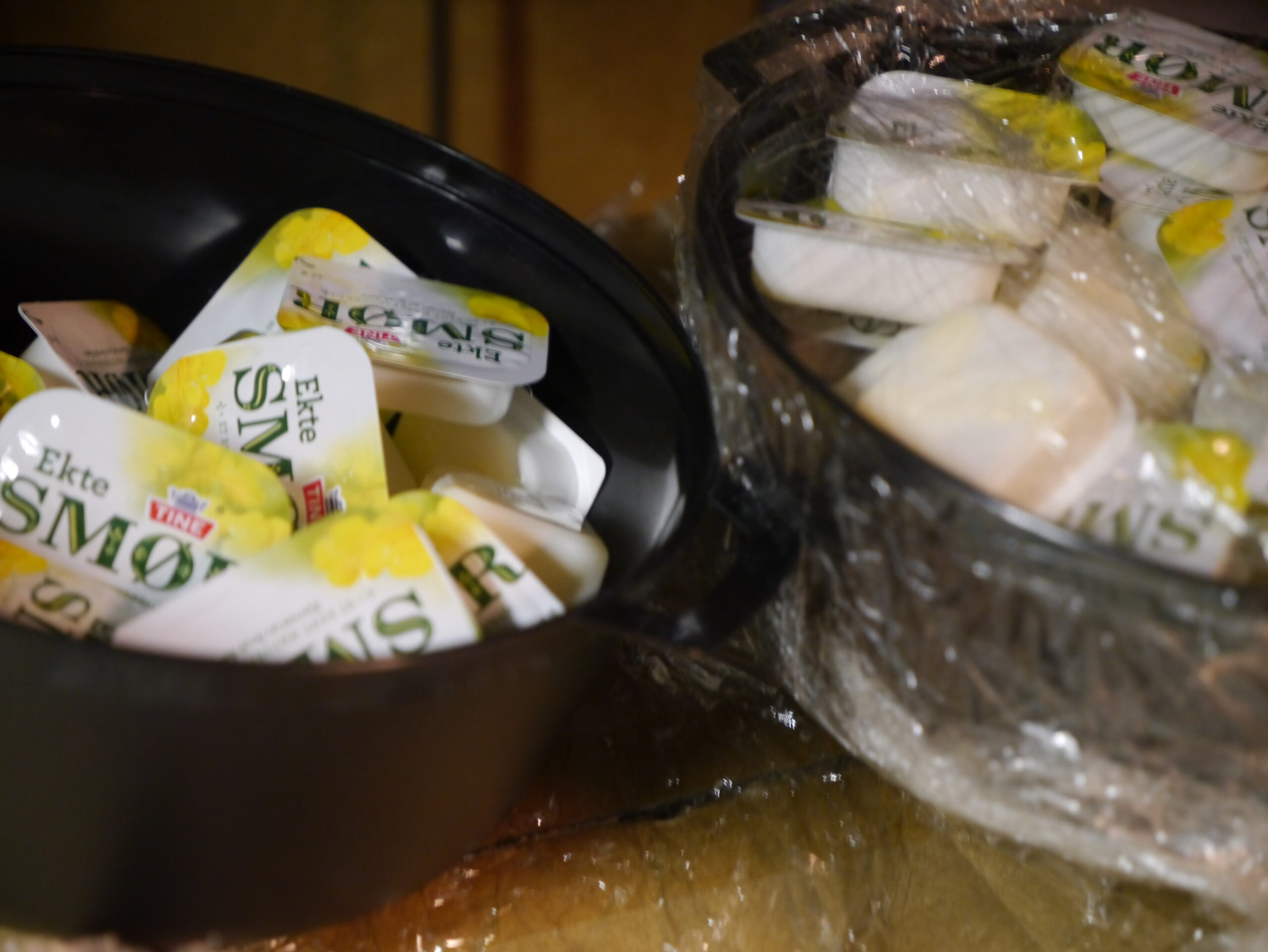
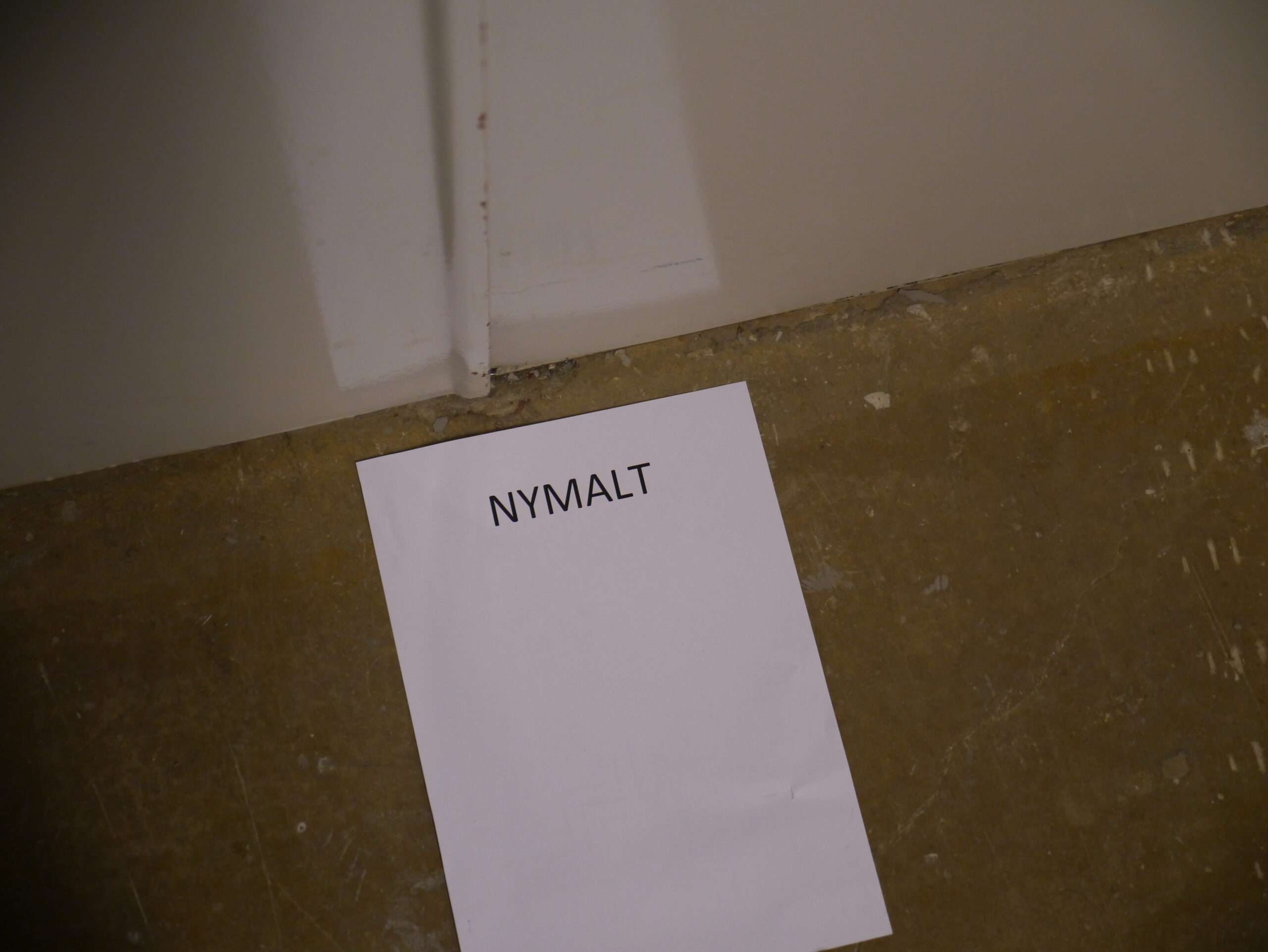
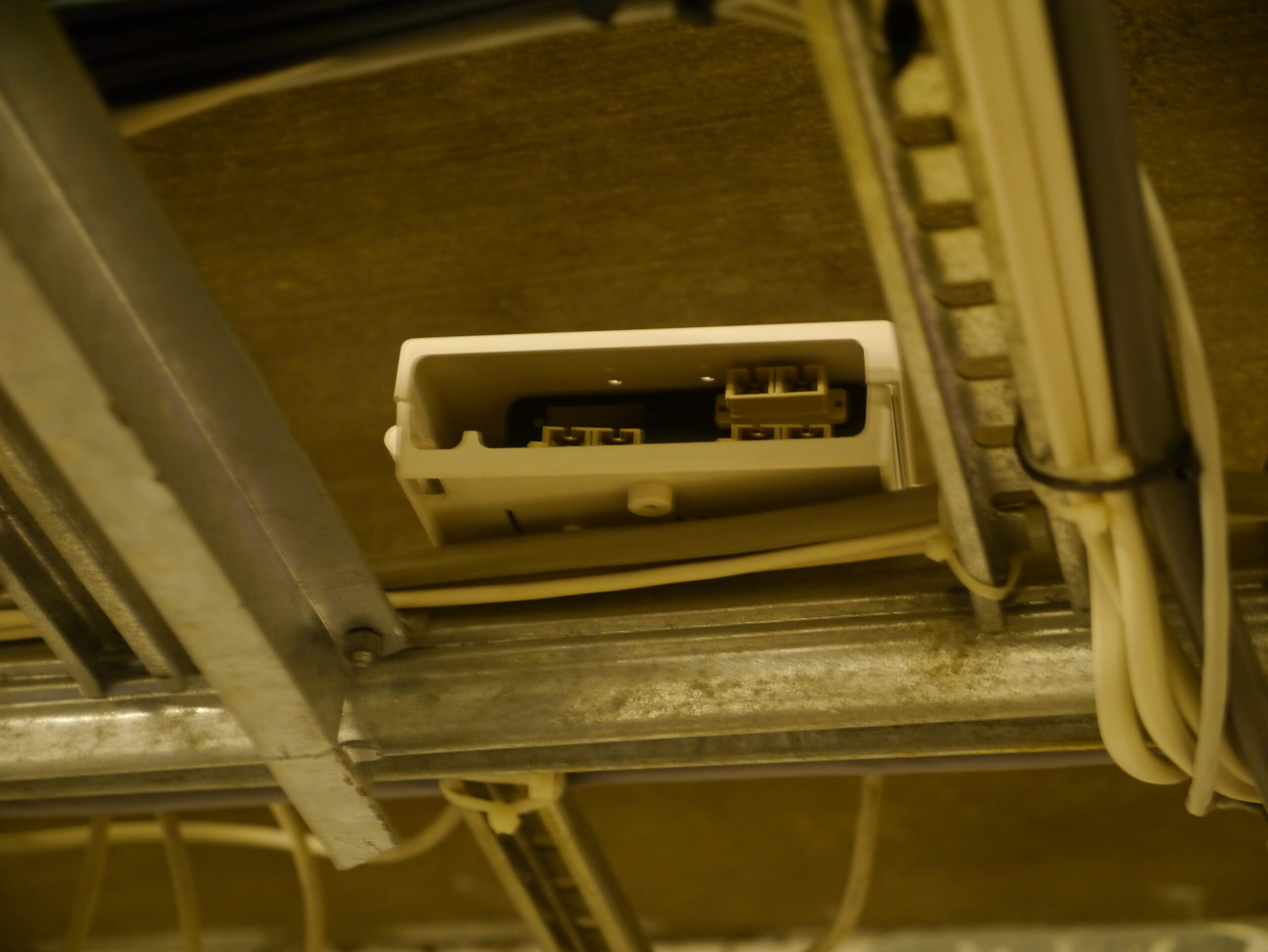
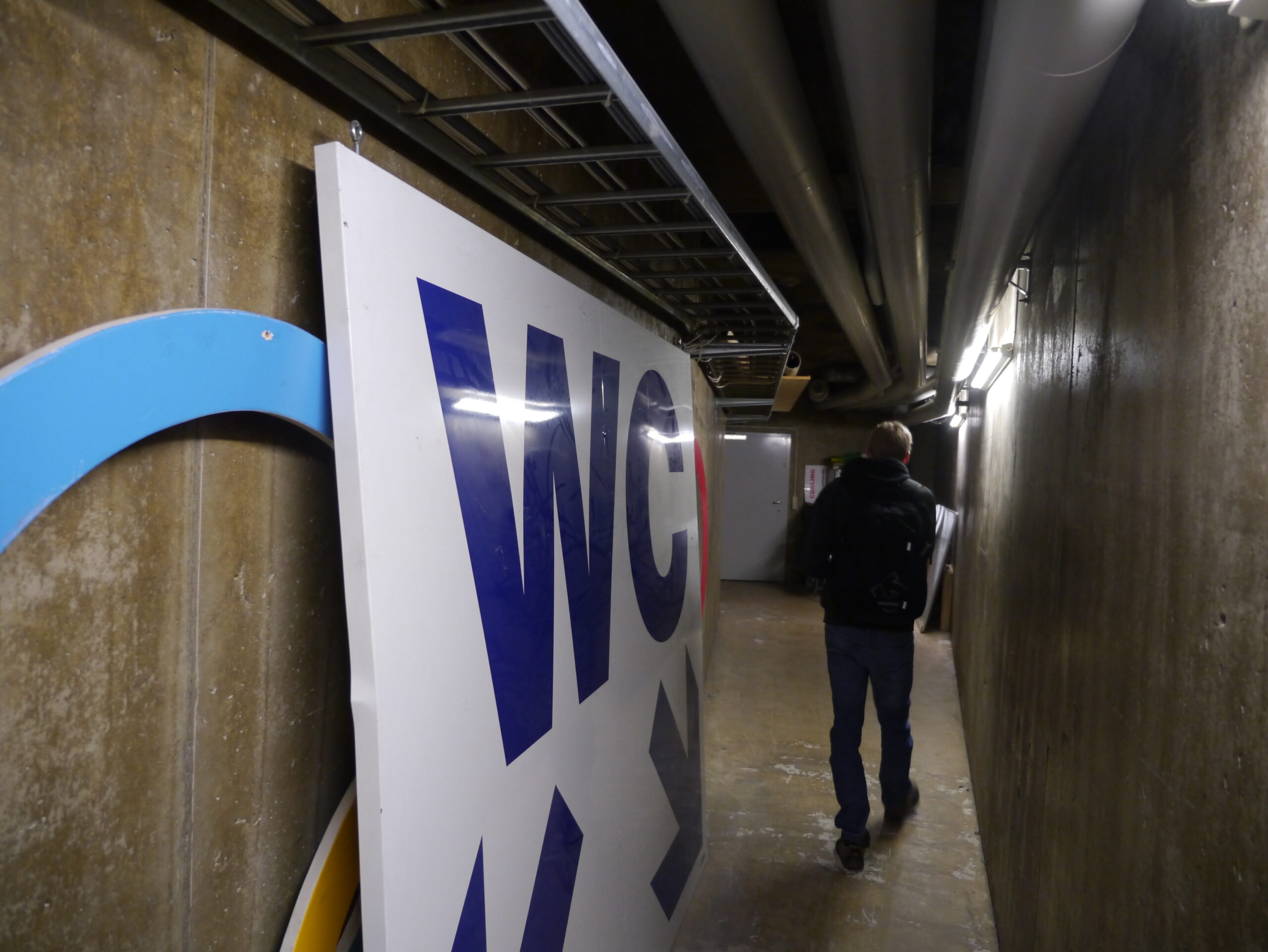
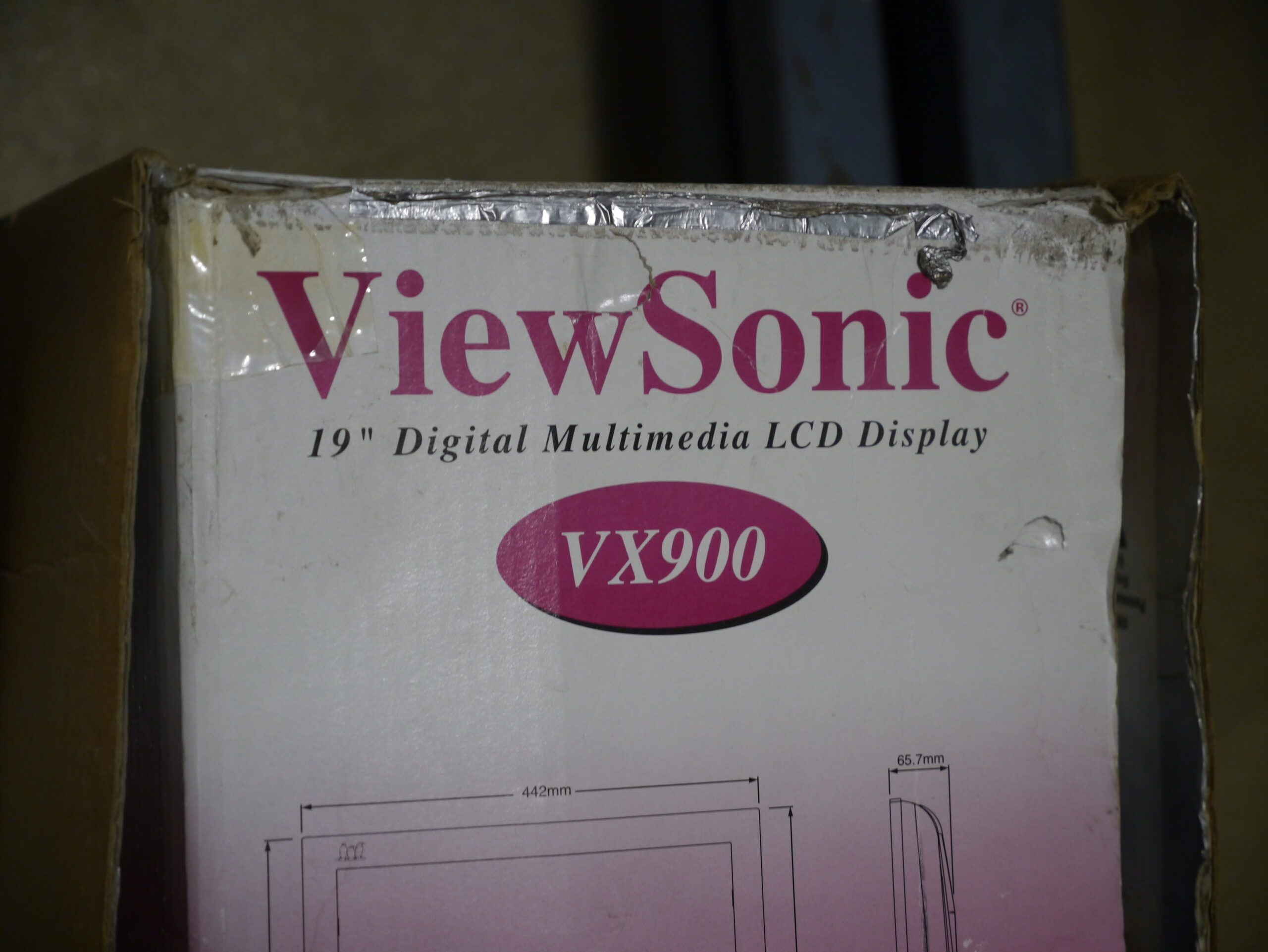
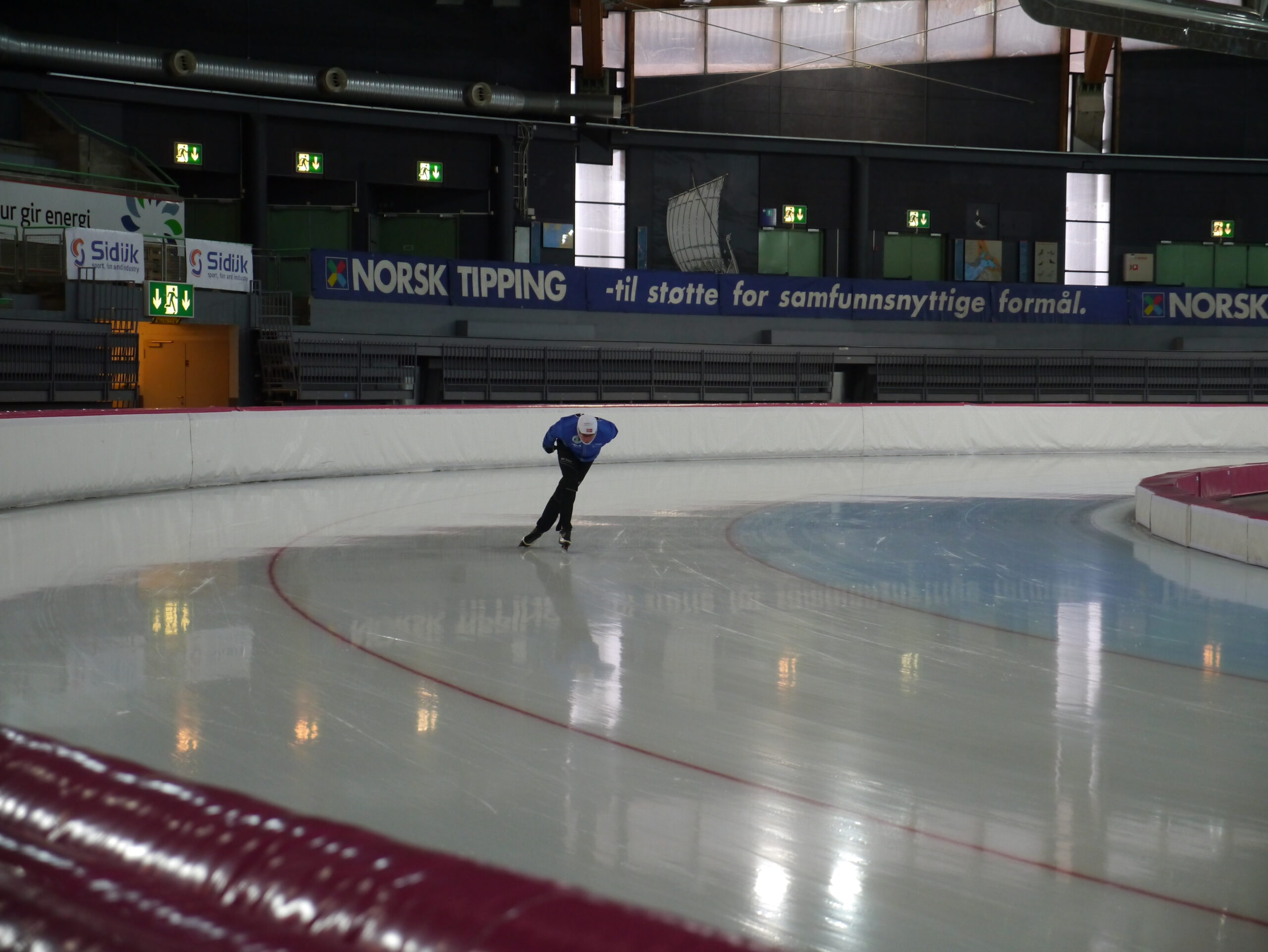

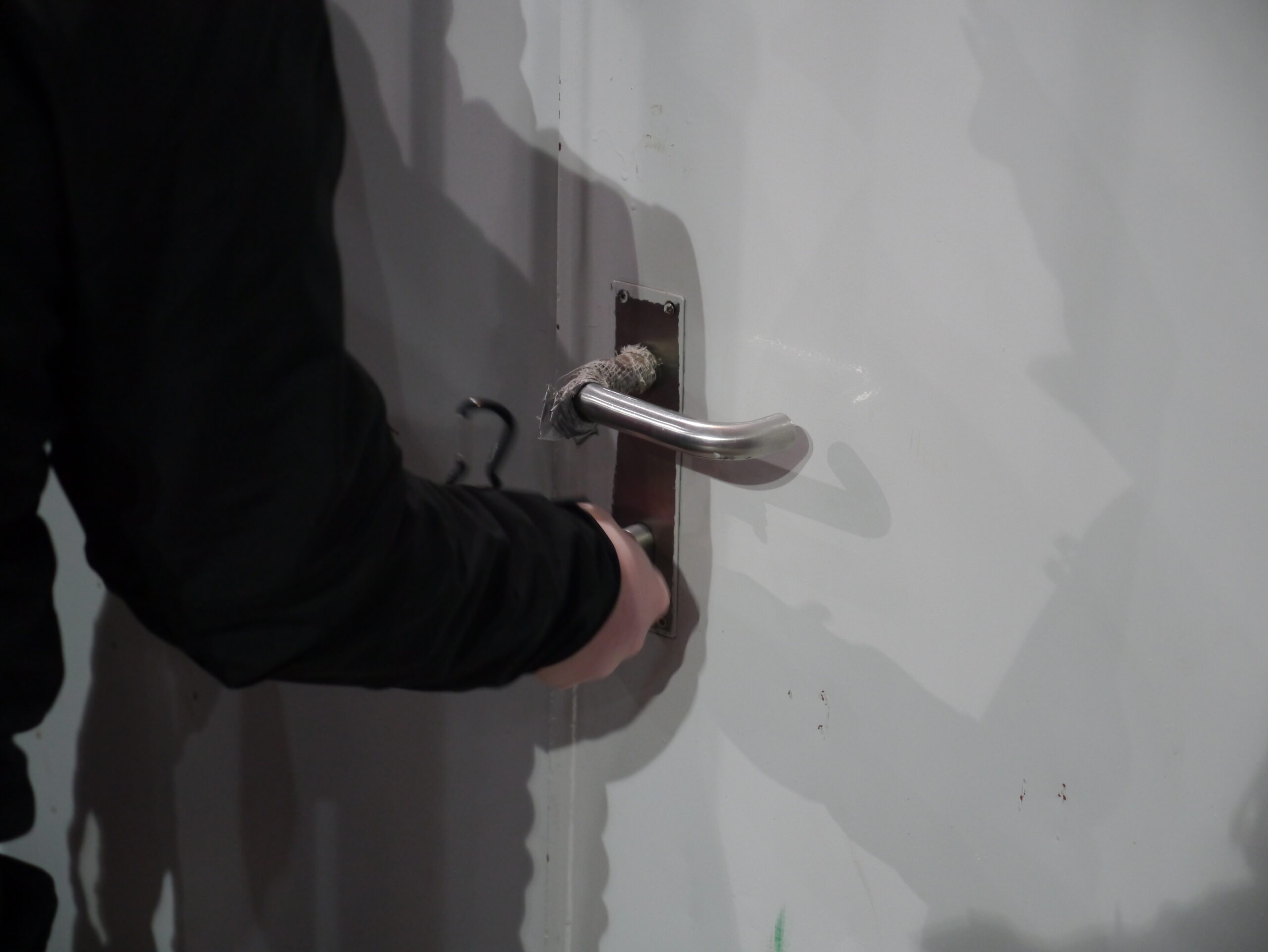
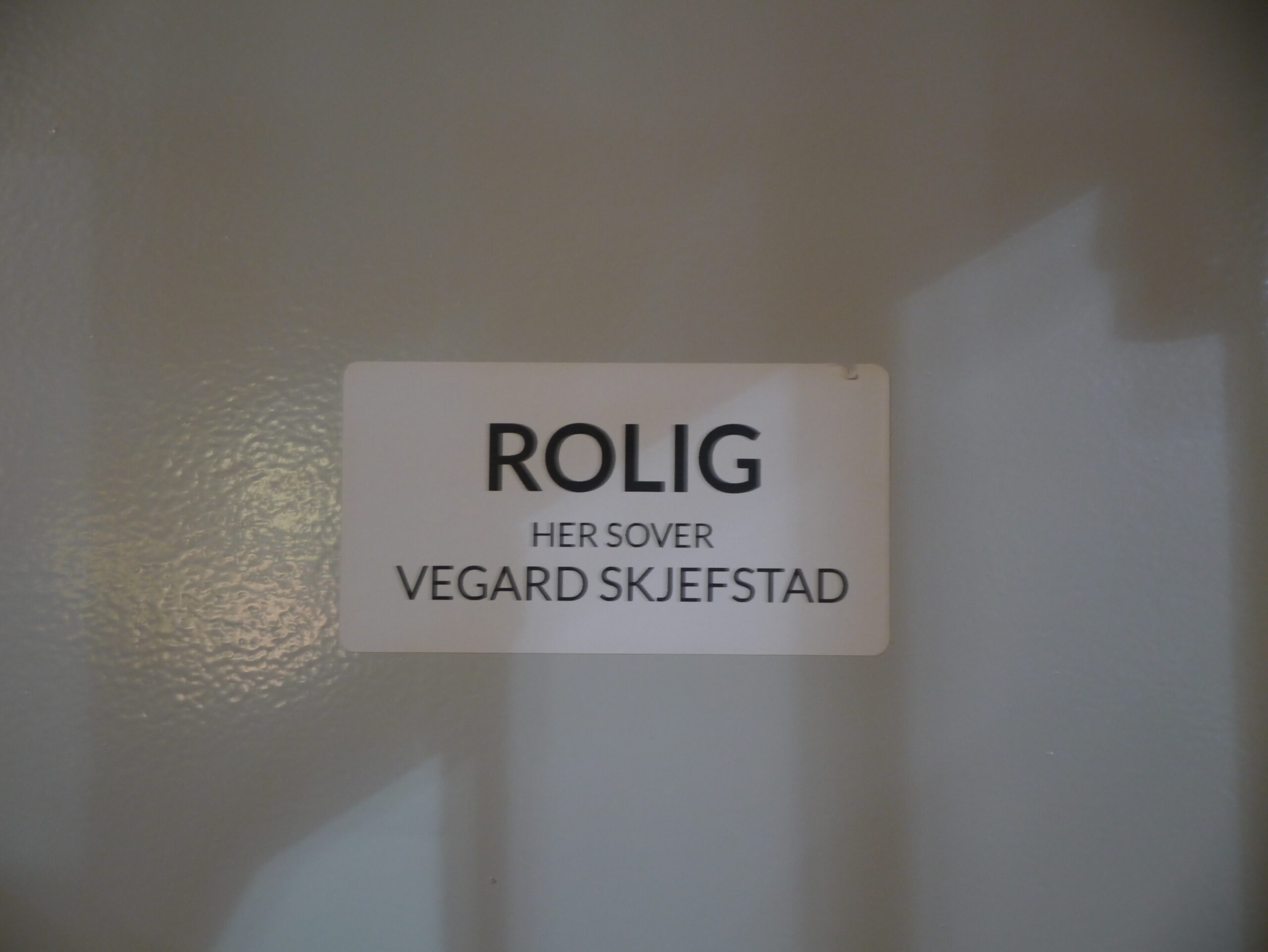
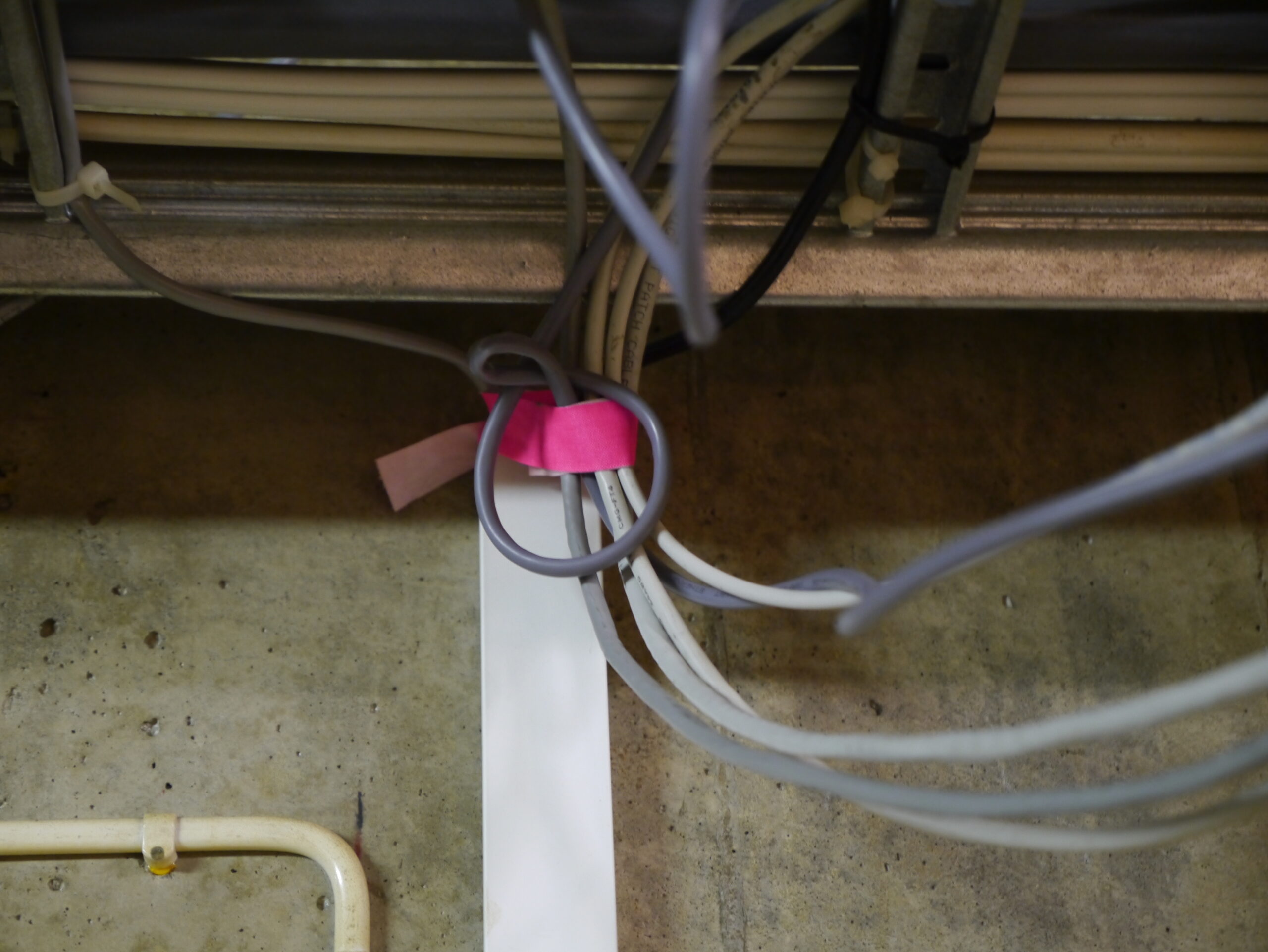
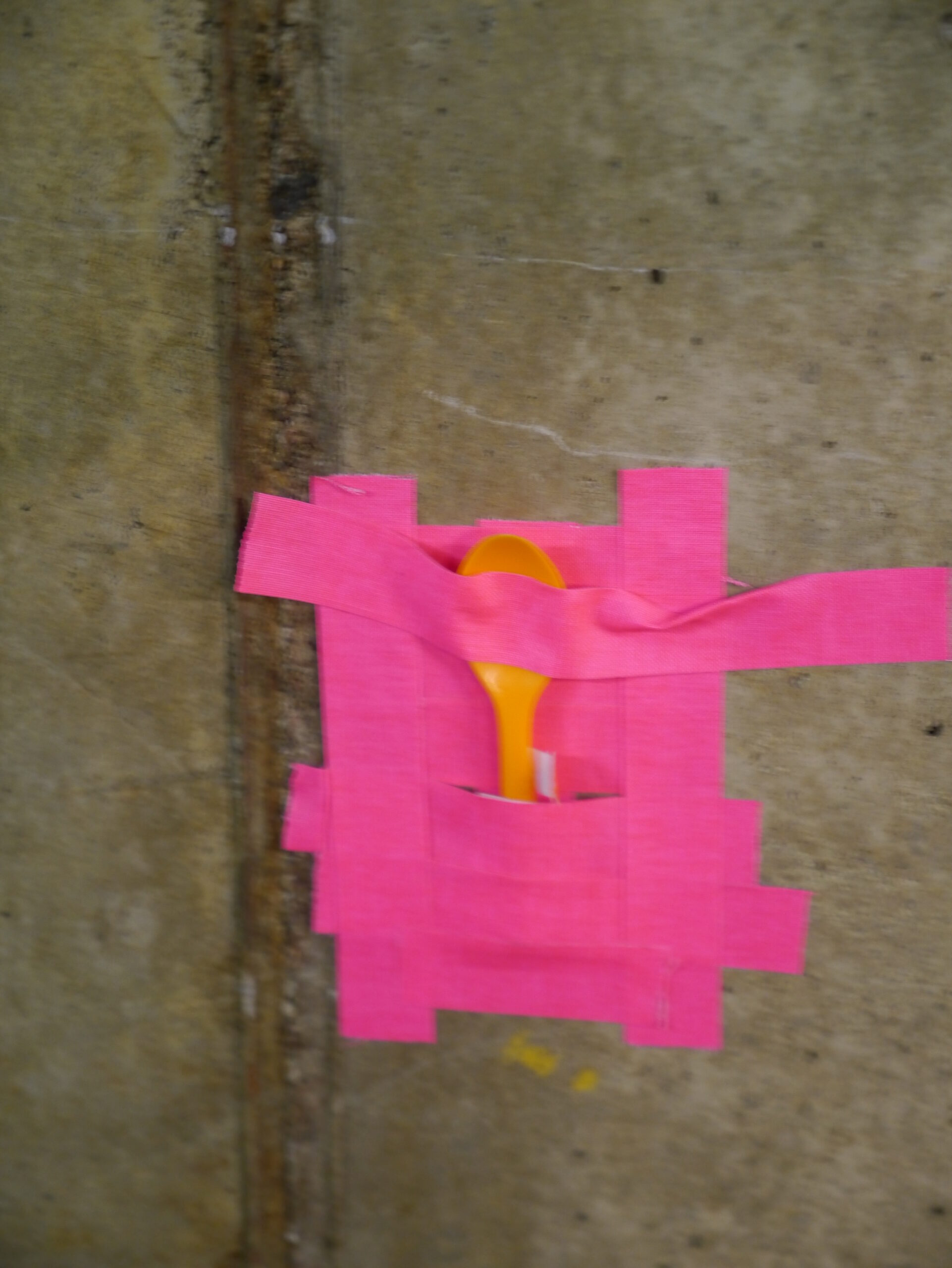
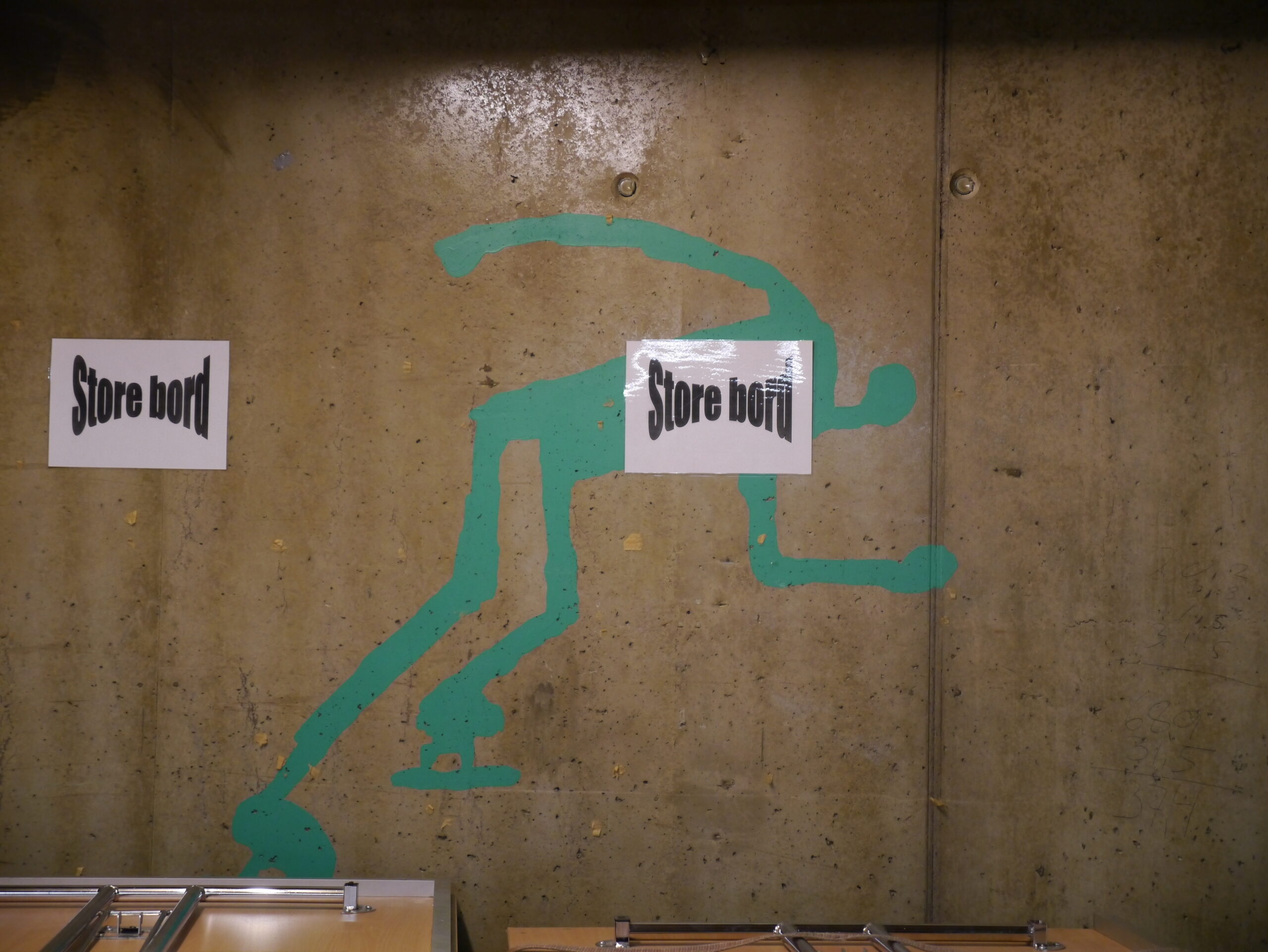
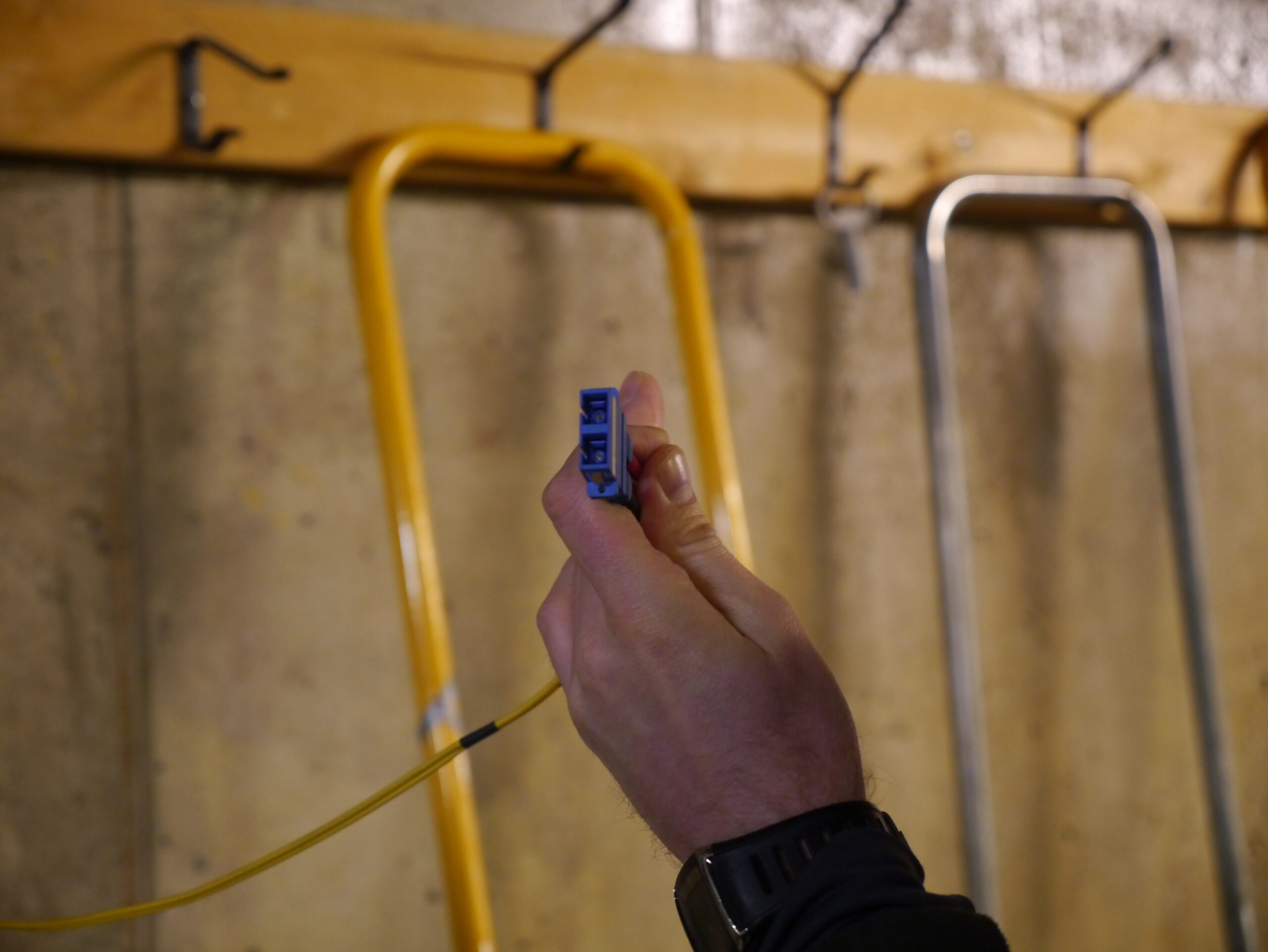
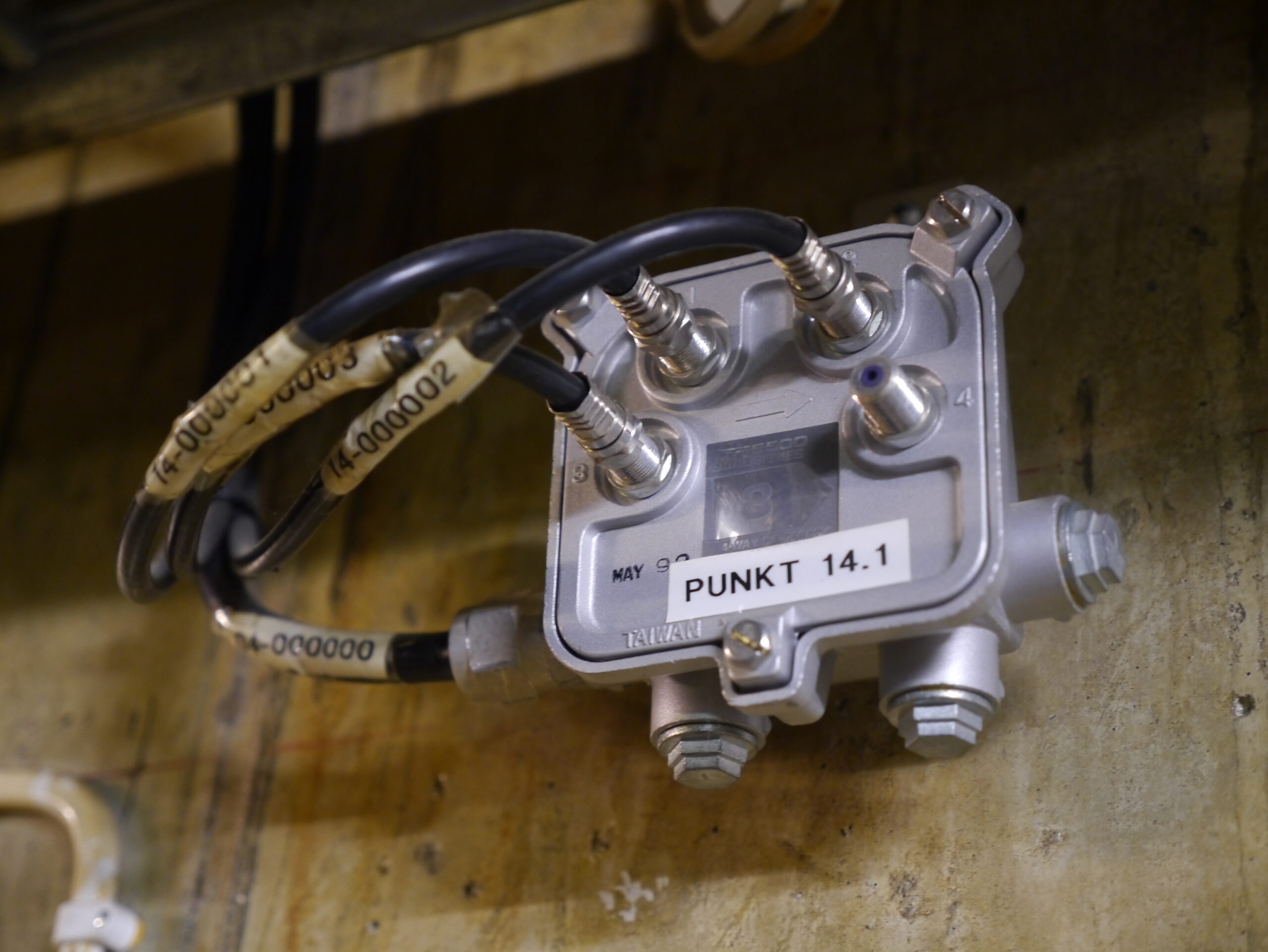
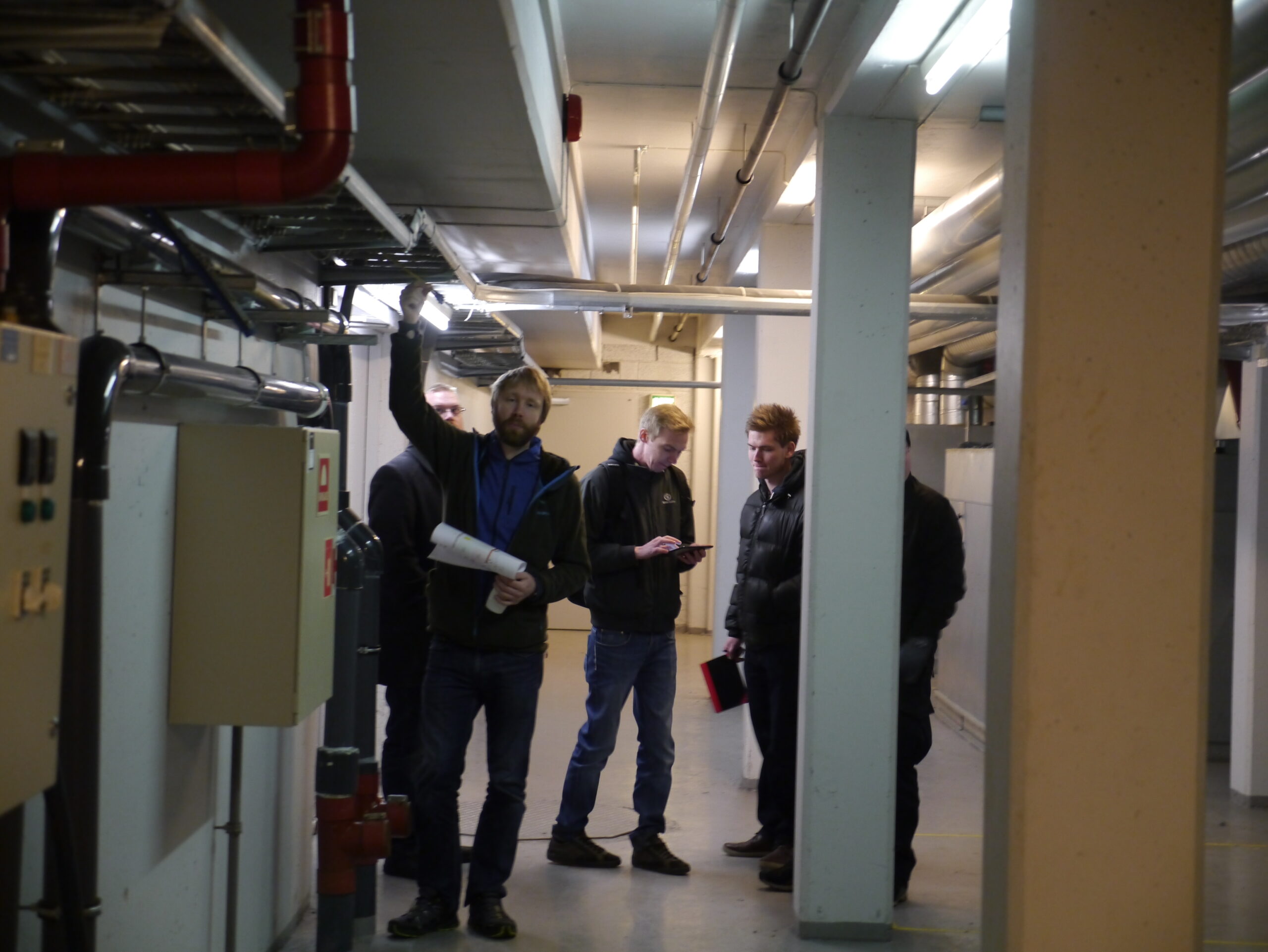
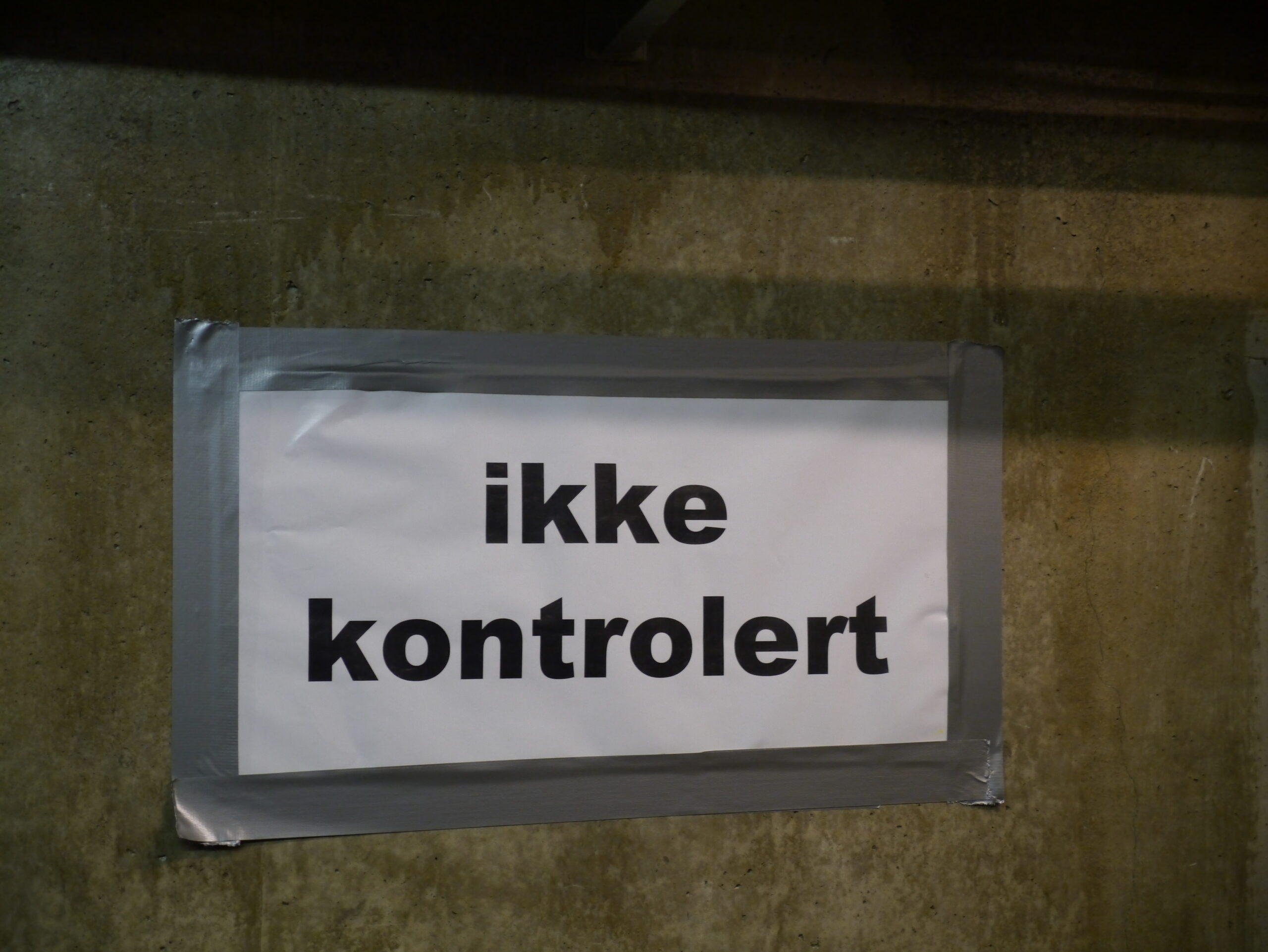
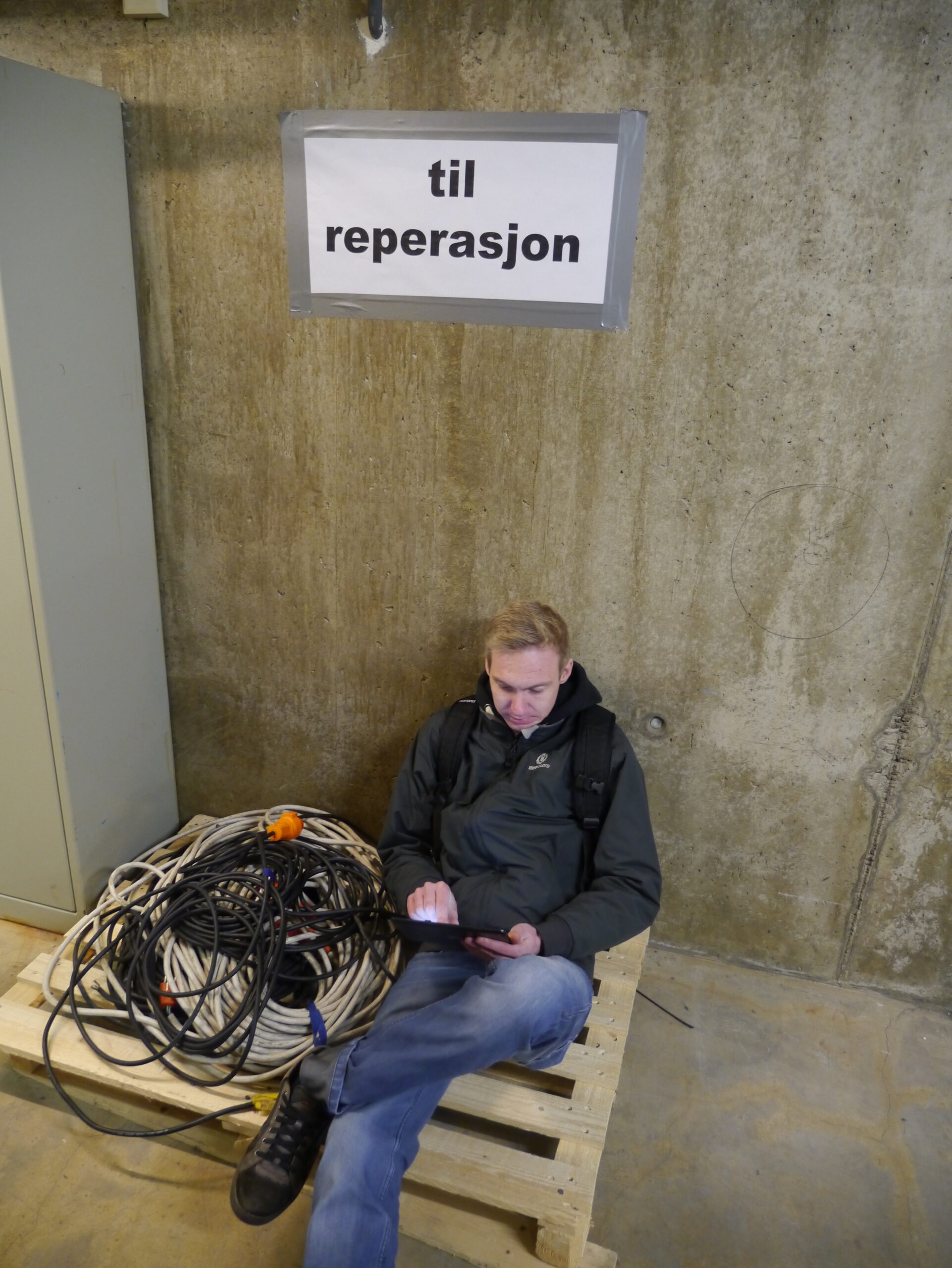
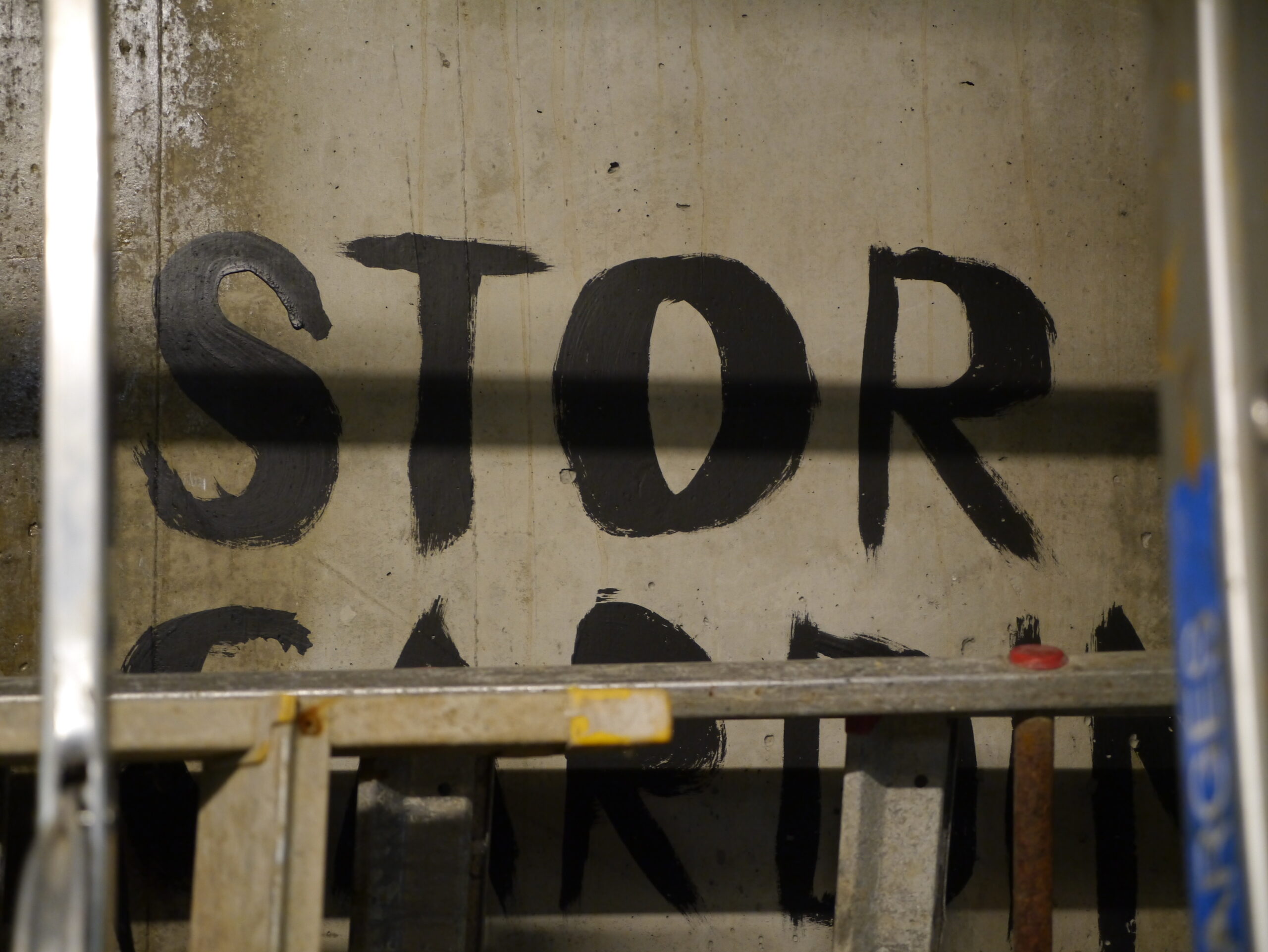
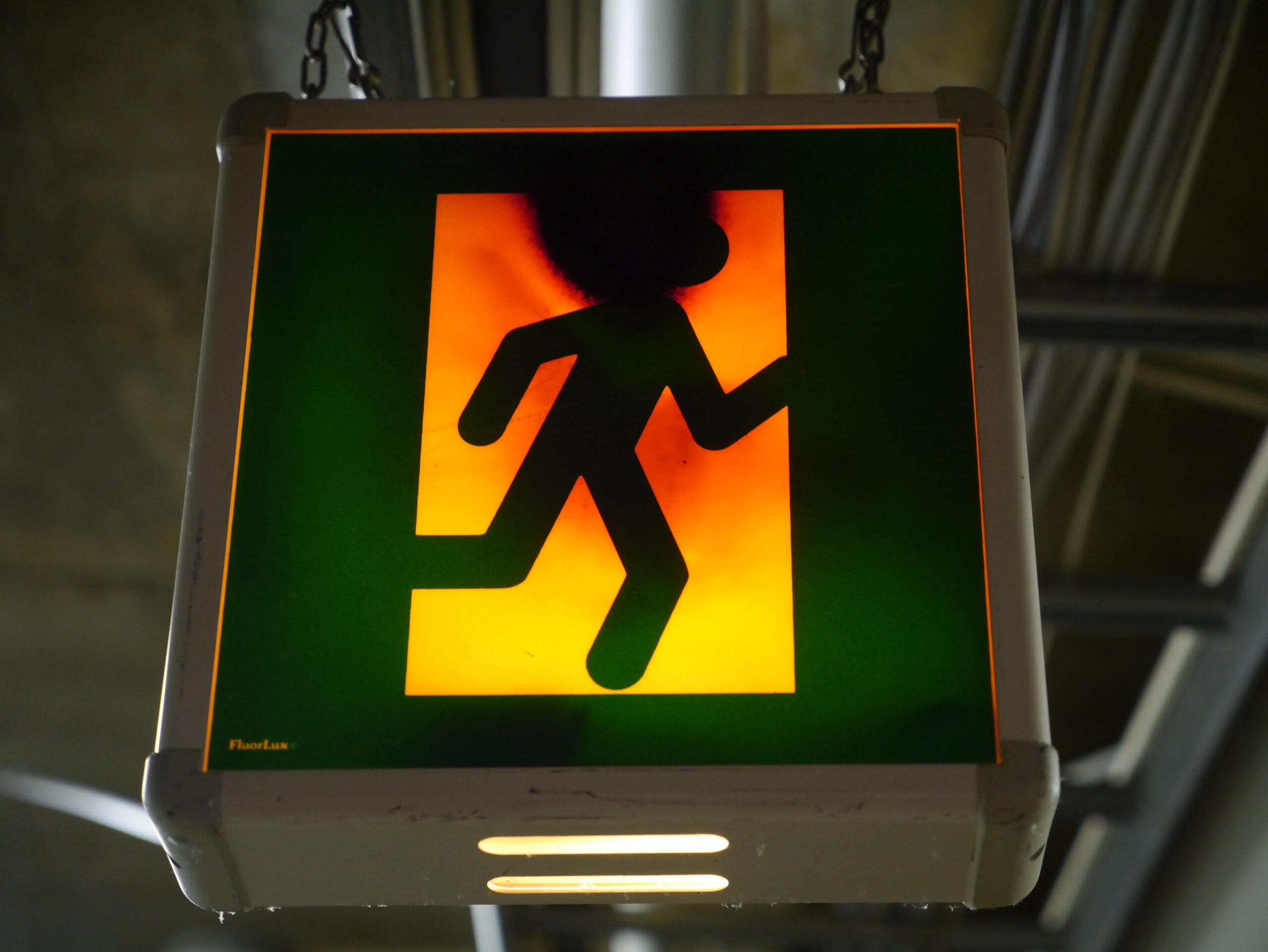
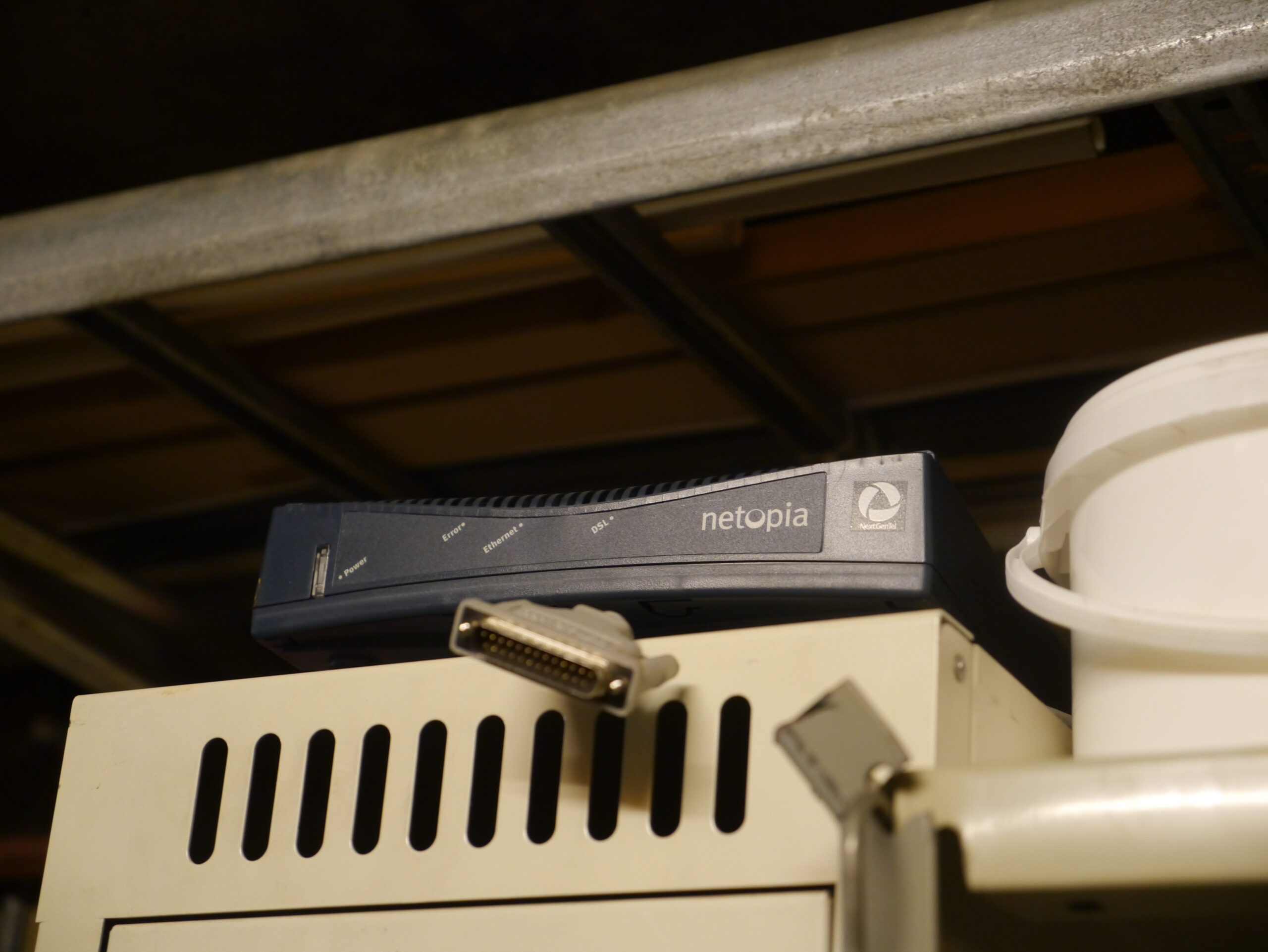
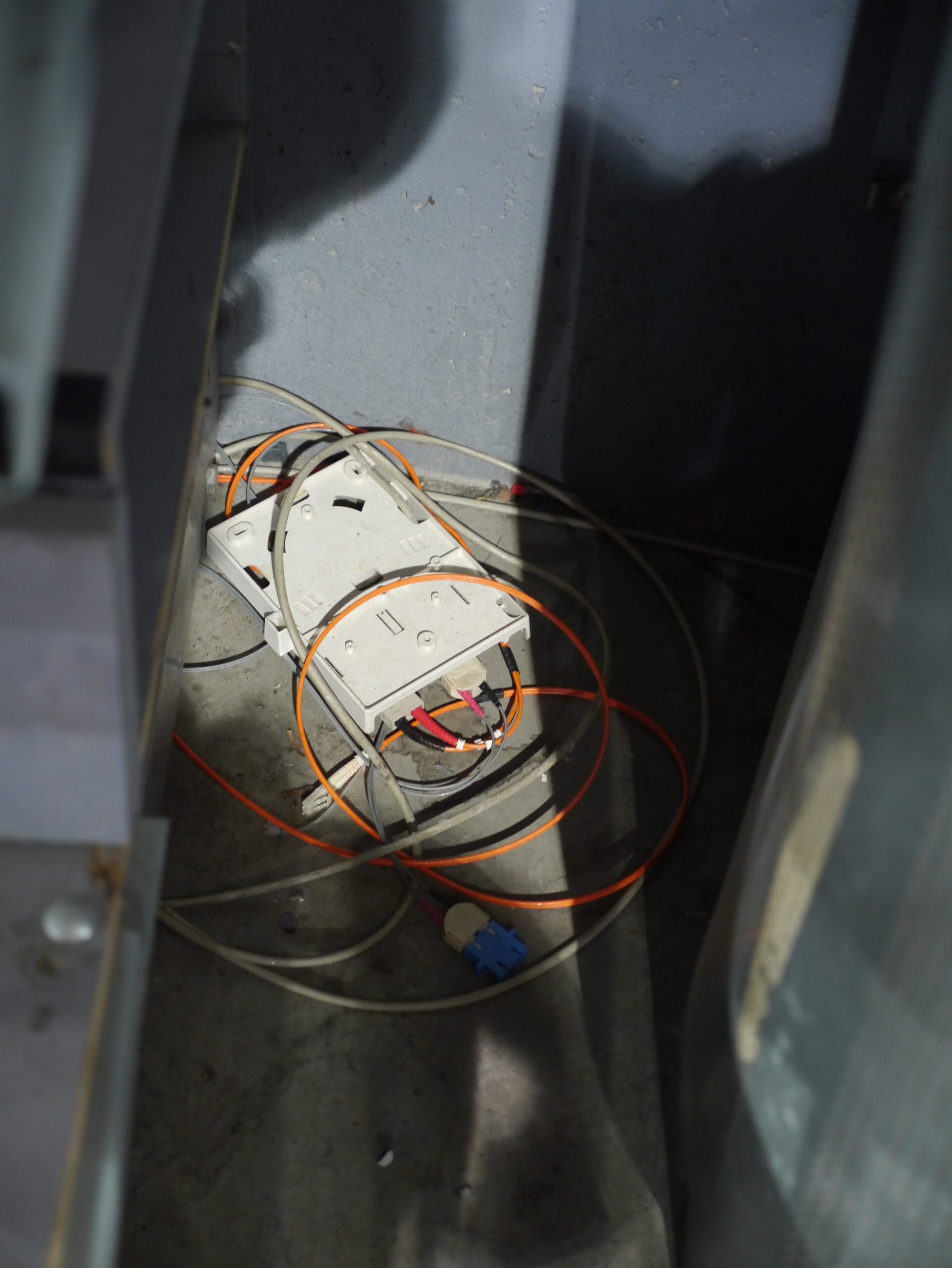
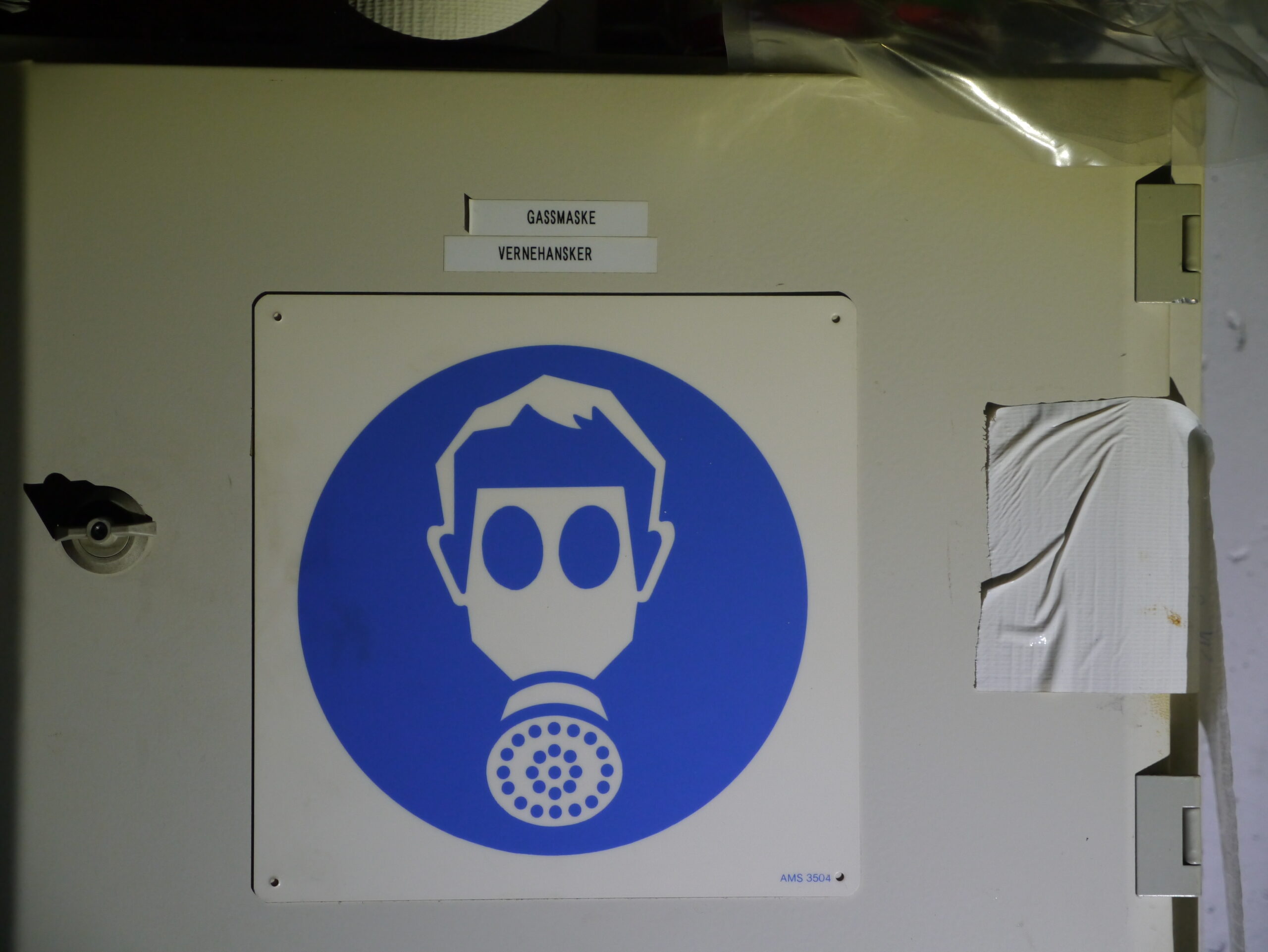
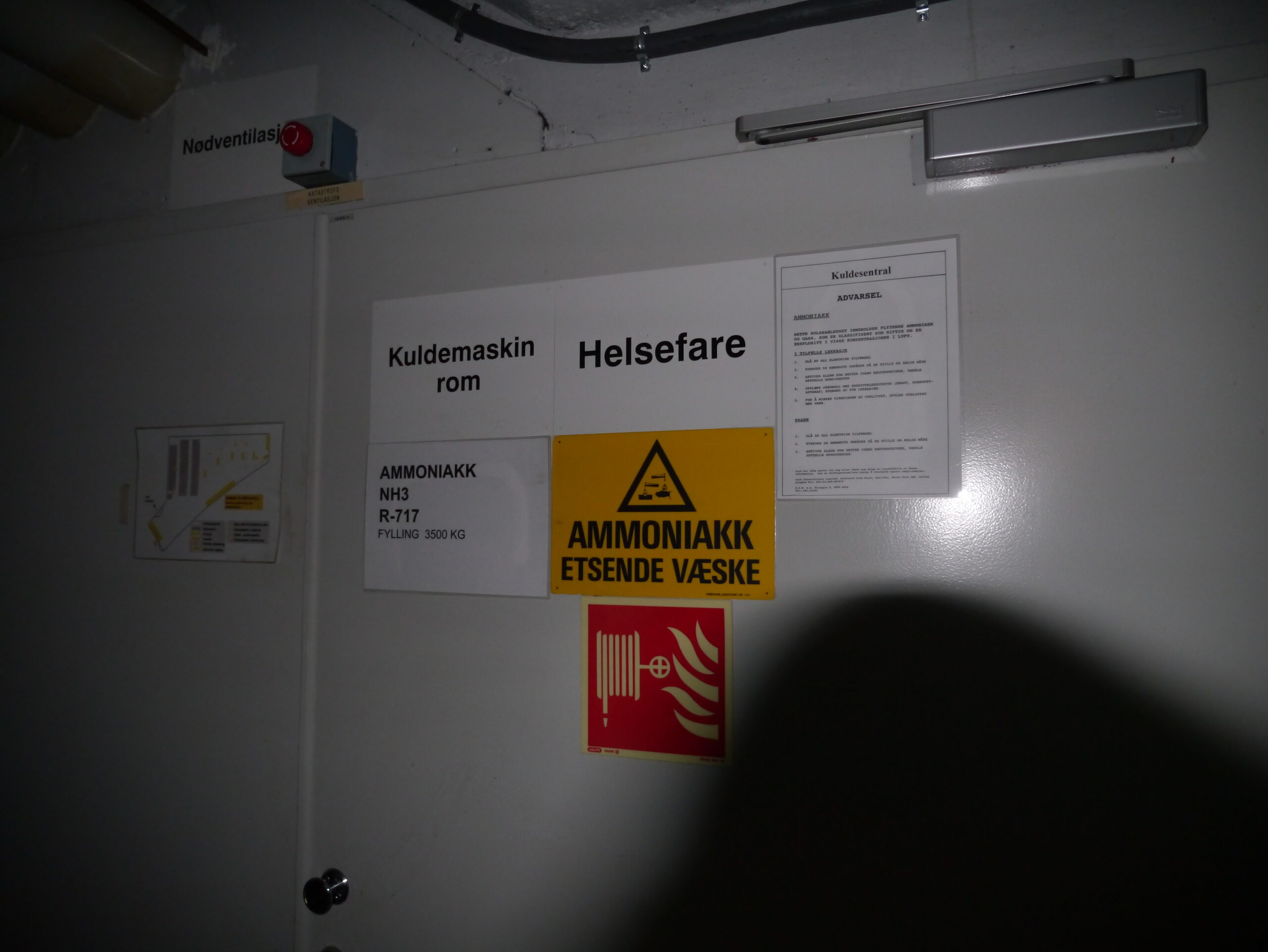
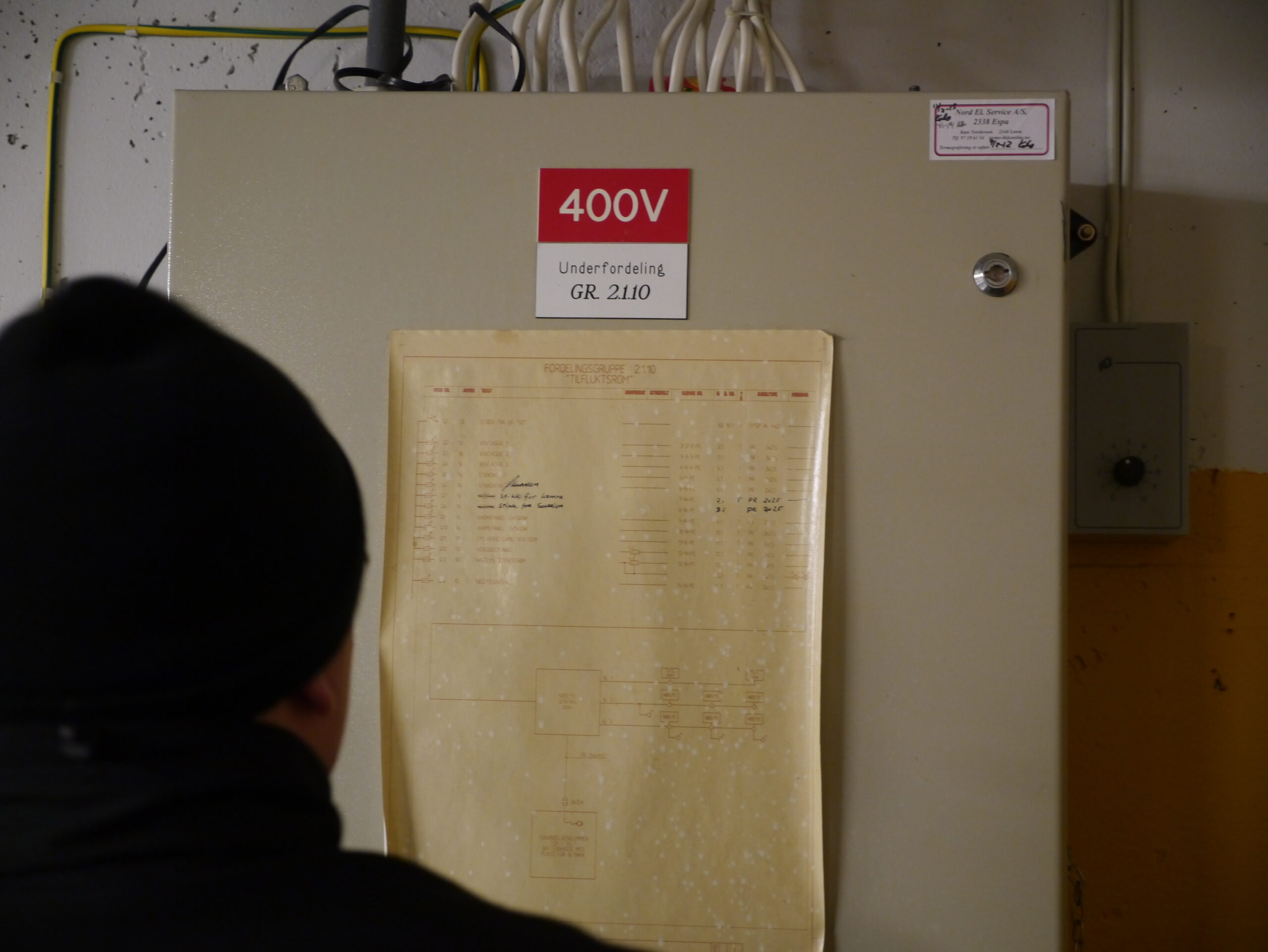
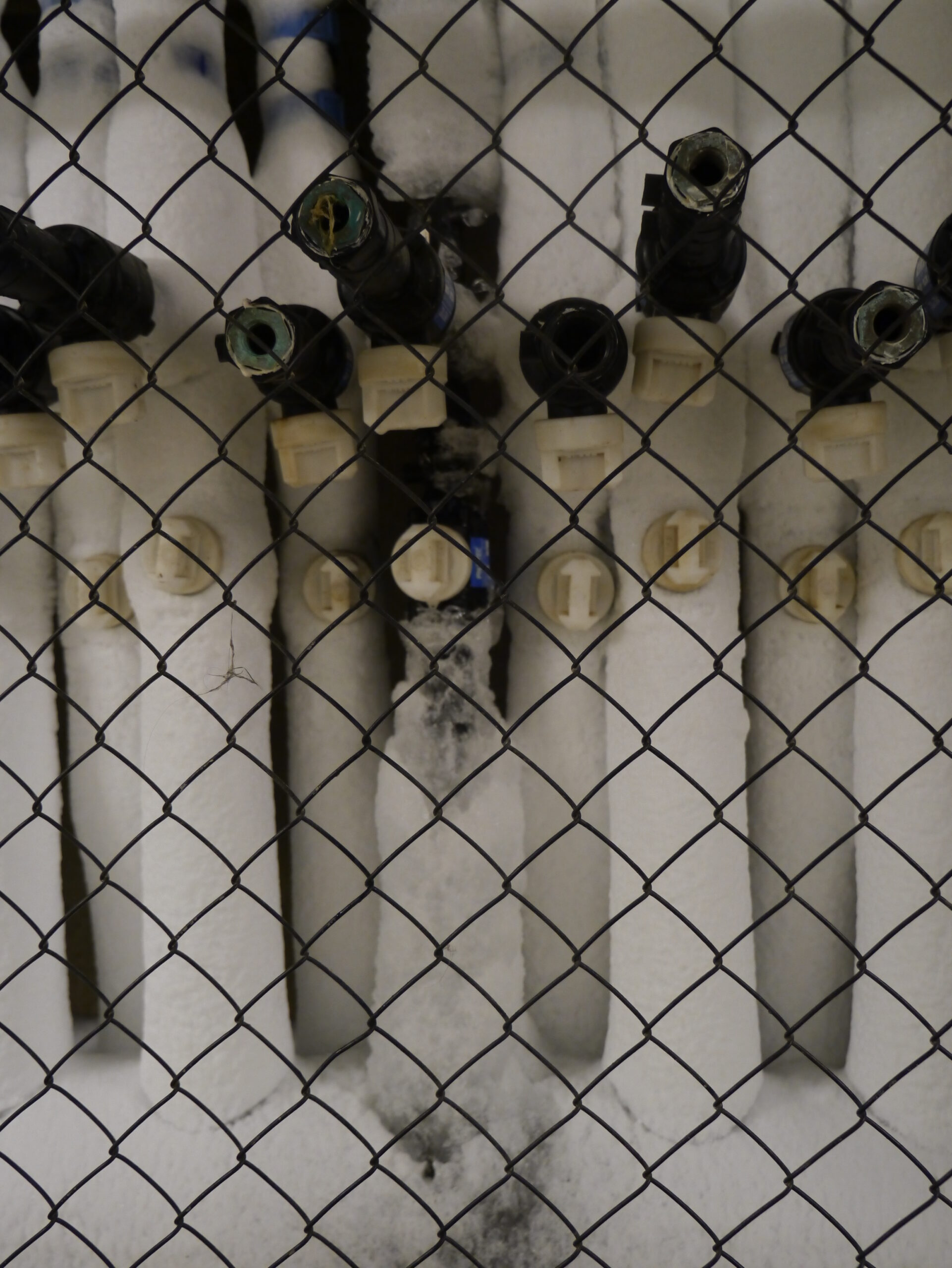
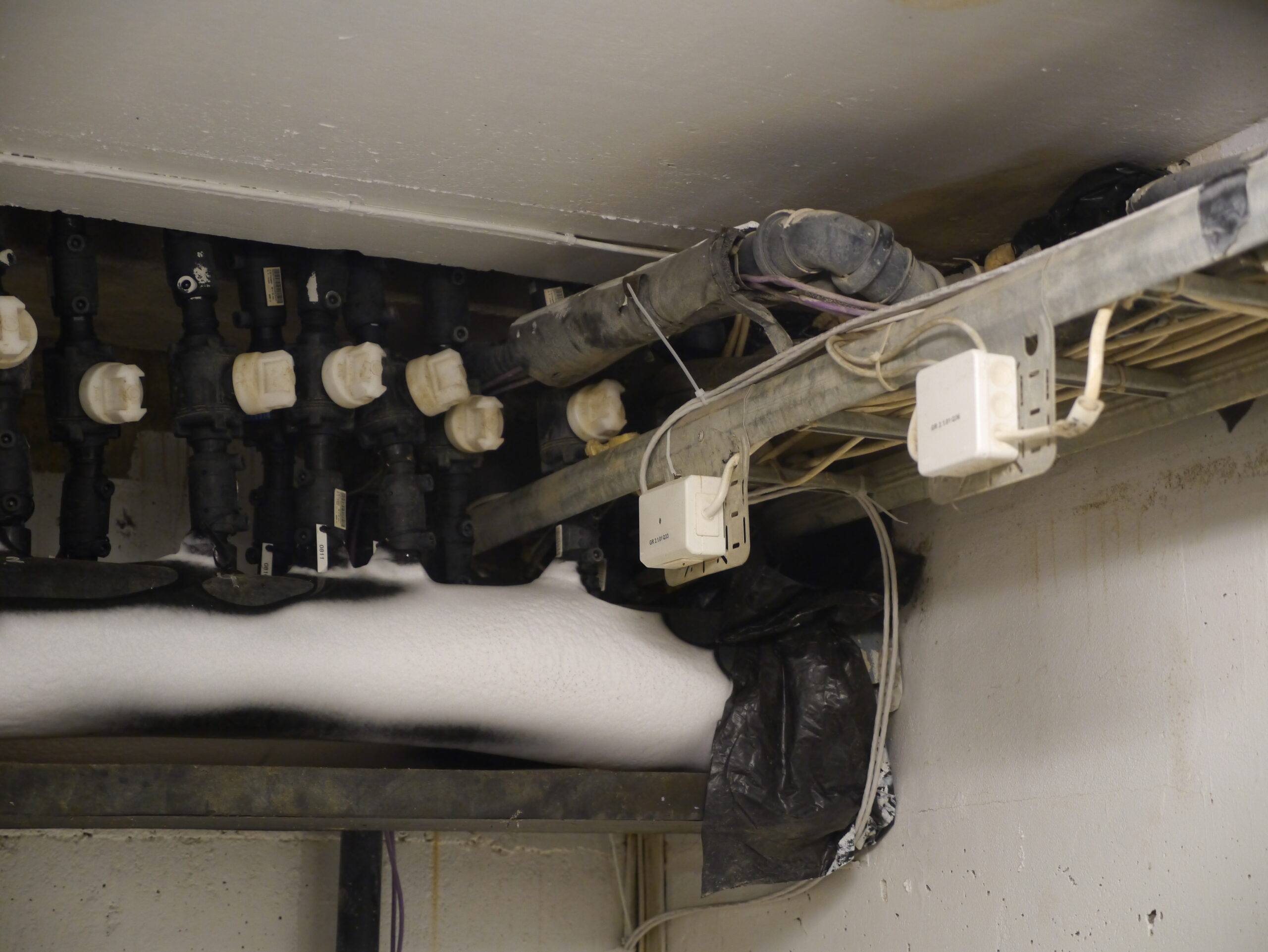
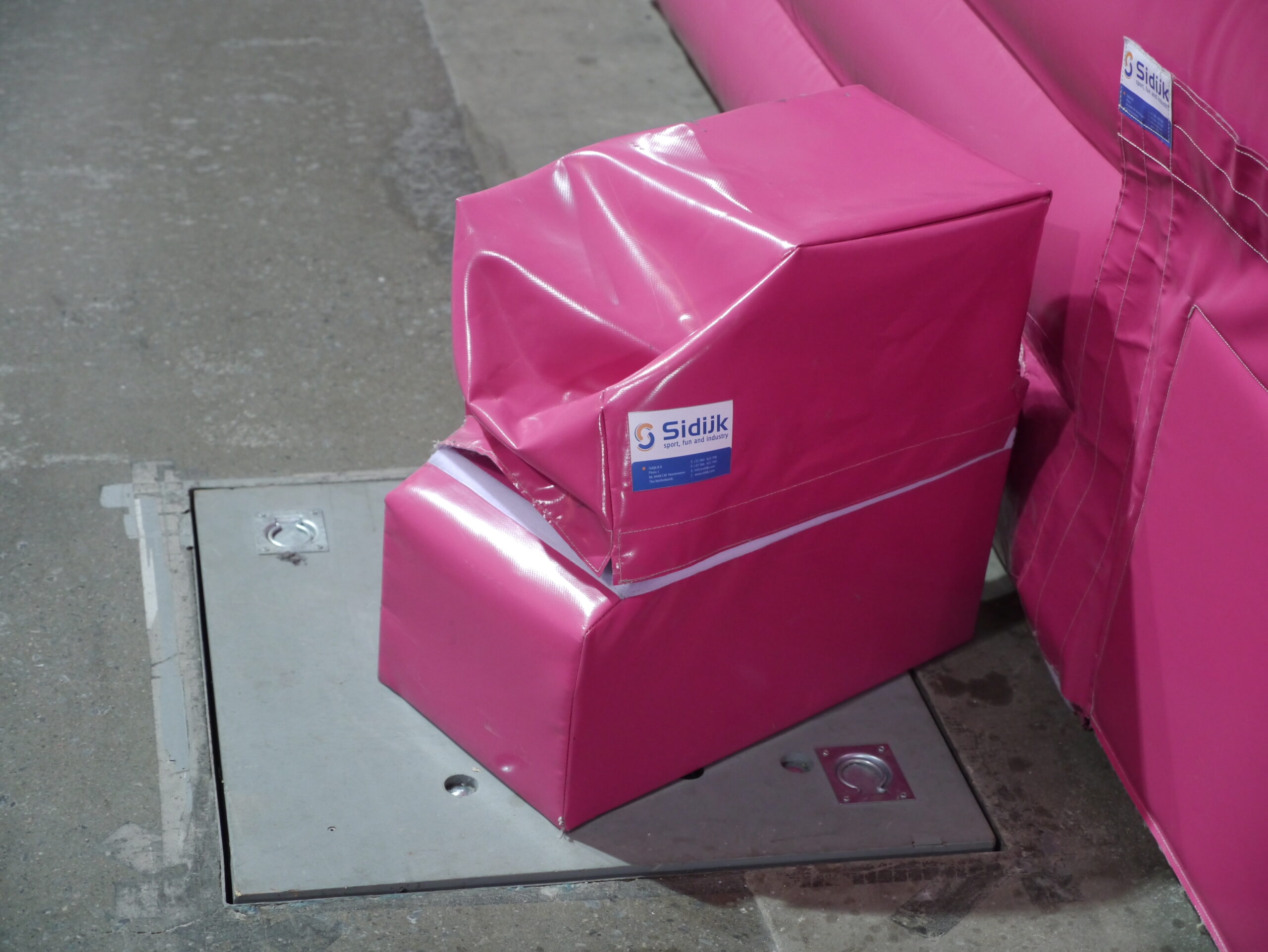
The OSI (Open Source Interconnection) 7 Layer Model is 30 years old, but still highly applicable. If you don’t know it; read about it and learn it! Or maybe time for a little refresh, even if you already know about it? 🙂

https://learningnetwork.cisco.com/docs/DOC-15624
http://en.wikipedia.org/wiki/OSI_model
http://www.tcpipguide.com/free/t_HistoryoftheOSIReferenceModel.htm
We got the call from Cisco who let us know that they want to continue sponsoring us with their AWESOME network equipment… which makes it possible for us to build an awesome network for everybody attending TG14 🙂
(: here are some cool Cisco-videos 🙂
[youtube=http://www.youtube.com/watch?v=GEF-5mN7U3k]
[youtube=http://www.youtube.com/watch?v=Wvl6HalipMs]
[youtube=http://www.youtube.com/watch?v=3z3sFZaaj6A]
You better believe that only your imagination sets your own limits:
[youtube=http://www.youtube.com/watch?v=YHTQIn98Wy8]
“The garden of the world has no limits, except in your mind.” ― Rumi
🙂
Wannabe is now open for applications:
http://wannabe.gathering.org/tg14/
Do you want to show your interest? Apply now! 🙂








































 http://technet.gathering.org/2013/03/01/smartoptics/
http://technet.gathering.org/2013/03/01/smartoptics/

















































































































